The 1870s was a period of significant growth and change for New York City. This decade saw the city develop rapidly in terms of population, infrastructure, and culture. The events and advancements of these years laid the foundation for the New York we know today.
The population of New York City continued to grow rapidly during the 1870s. By the end of the decade, the city’s population had reached over one million people. A significant factor in this growth was immigration. People from all over Europe, especially from Ireland, Germany, and Italy, arrived in large numbers, seeking better lives and opportunities.
These new arrivals settled in various neighborhoods, often forming tight-knit communities. The Lower East Side, for example, became a bustling area filled with tenement buildings where immigrants lived. These tenements were crowded and often lacked basic amenities, but they provided affordable housing close to work opportunities.
Read more
Economic Growth and Industry
The 1870s was a time of economic growth for New York City. The city was a hub of commerce, finance, and manufacturing. Wall Street became the financial center of the country, with the New York Stock Exchange growing in importance. Many businesses and banks set up their headquarters in the city, solidifying its status as a financial powerhouse.
Manufacturing also thrived during this decade. Factories produced goods ranging from textiles to machinery, employing thousands of workers. These factories were often located in densely populated areas, contributing to the city’s bustling atmosphere. The garment industry, in particular, saw significant growth, with many immigrants finding work as seamstresses and tailors.
However, this rapid industrial growth came with challenges. Working conditions in factories were often harsh, with long hours and low wages being common. Child labor was also widespread, with many children working to help support their families.
Advances in Transportation
Transportation in New York City saw significant advancements in the 1870s. The most notable development was the introduction of the elevated railway, or “El.” The first line, the Ninth Avenue El, opened in 1868, but it wasn’t until the 1870s that the system expanded significantly. These elevated trains ran above the streets on steel tracks, providing a faster and more efficient way for people to travel around the city.
The expansion of the streetcar system also continued during this decade. Horse-drawn streetcars ran on tracks laid in the streets, making it easier for people to move around the city. These streetcars were a popular mode of transport, connecting different neighborhoods and helping the city grow outward.
Additionally, the development of the Brooklyn Bridge began in the 1870s. This ambitious project aimed to connect Manhattan and Brooklyn, which were separate cities at the time. The construction of the bridge was a remarkable engineering feat, and when completed in 1883, it became a symbol of New York’s ingenuity and growth.
Social Issues and Reforms
The rapid growth and industrialization of New York City in the 1870s brought significant social challenges. Poverty, overcrowding, and poor living conditions were widespread, especially in immigrant neighborhoods. Many families lived in cramped tenement buildings with inadequate ventilation, sanitation, and access to clean water.
In response to these issues, various social reform movements emerged. Activists and organizations worked to improve living conditions and promote public health. One notable reformer was Jacob Riis, a journalist and photographer who documented the harsh realities of life in the tenements. His work raised awareness about the need for housing reforms and better living conditions for the city’s poor.
Education also saw improvements during this period. The establishment of public schools provided more children with access to education, which was crucial for their future prospects. Reformers pushed for compulsory education laws, ensuring that children spent time in school rather than working in factories or on the streets.
Cultural Flourishing
The 1870s was a vibrant time for culture and the arts in New York City. Theaters, opera houses, and concert halls provided entertainment and cultural enrichment for the city’s residents. Broadway became the heart of the American theater scene, with many new plays and musicals premiering during this decade.
The Metropolitan Museum of Art opened its doors in 1870, becoming a major cultural institution. The museum’s collection grew rapidly, providing the public with access to art from around the world. This period also saw the growth of libraries and literary societies, promoting literacy and intellectual engagement.
Literature and journalism flourished as well. Newspapers like The New York Times and the New York Herald continued to gain prominence, providing news and information to the city’s residents. These publications played a crucial role in shaping public opinion and keeping people informed about both local and national events.
Crime and Law Enforcement
As New York City grew, so did its challenges with crime and law enforcement. The city’s rapid expansion and dense population made it a breeding ground for criminal activity. Gangs, such as the notorious Five Points Gang, operated in certain neighborhoods, engaging in various illegal activities.
To combat this, the New York City Police Department, established in 1845, continued to evolve and expand. The police force implemented more organized and professional methods to maintain order and safety. Efforts were made to combat corruption within the department and improve the training and effectiveness of officers.
Political Climate
The political scene in New York City during the 1870s was dynamic and often contentious. Tammany Hall, the Democratic political machine, wielded significant influence. Led by figures like William “Boss” Tweed, Tammany Hall controlled much of the city’s politics, often through corrupt and manipulative means. Despite their controversial methods, they provided vital services to immigrants and the poor, securing their loyalty and votes.
The Tweed Ring, a group of corrupt politicians led by Boss Tweed, embezzled large sums of money from the city. Their corruption was eventually exposed, leading to Tweed’s arrest and the decline of Tammany Hall’s power. This scandal highlighted the need for political reform and greater accountability in city government.
Public Works and Infrastructure
Public works and infrastructure projects were a major focus in the 1870s. One of the most significant undertakings was the construction of Central Park. Designed by Frederick Law Olmsted and Calvert Vaux, the park aimed to provide a green oasis in the heart of the bustling city. Construction began in the late 1850s and continued through the 1870s. Central Park quickly became a popular spot for recreation and relaxation, offering a welcome escape from the urban environment.
Another critical development was the improvement of the city’s water supply. The Croton Aqueduct, completed in 1842, brought fresh water to the city, but continued population growth necessitated further enhancements. Efforts to expand and improve the water supply were essential in promoting public health and preventing disease.
The city also invested in improving its sewage and sanitation systems. As the population grew, so did the need for effective waste management. The creation of a more modern sewer system helped to address the challenges of waste disposal and reduce the spread of disease, making the city a healthier place to live.


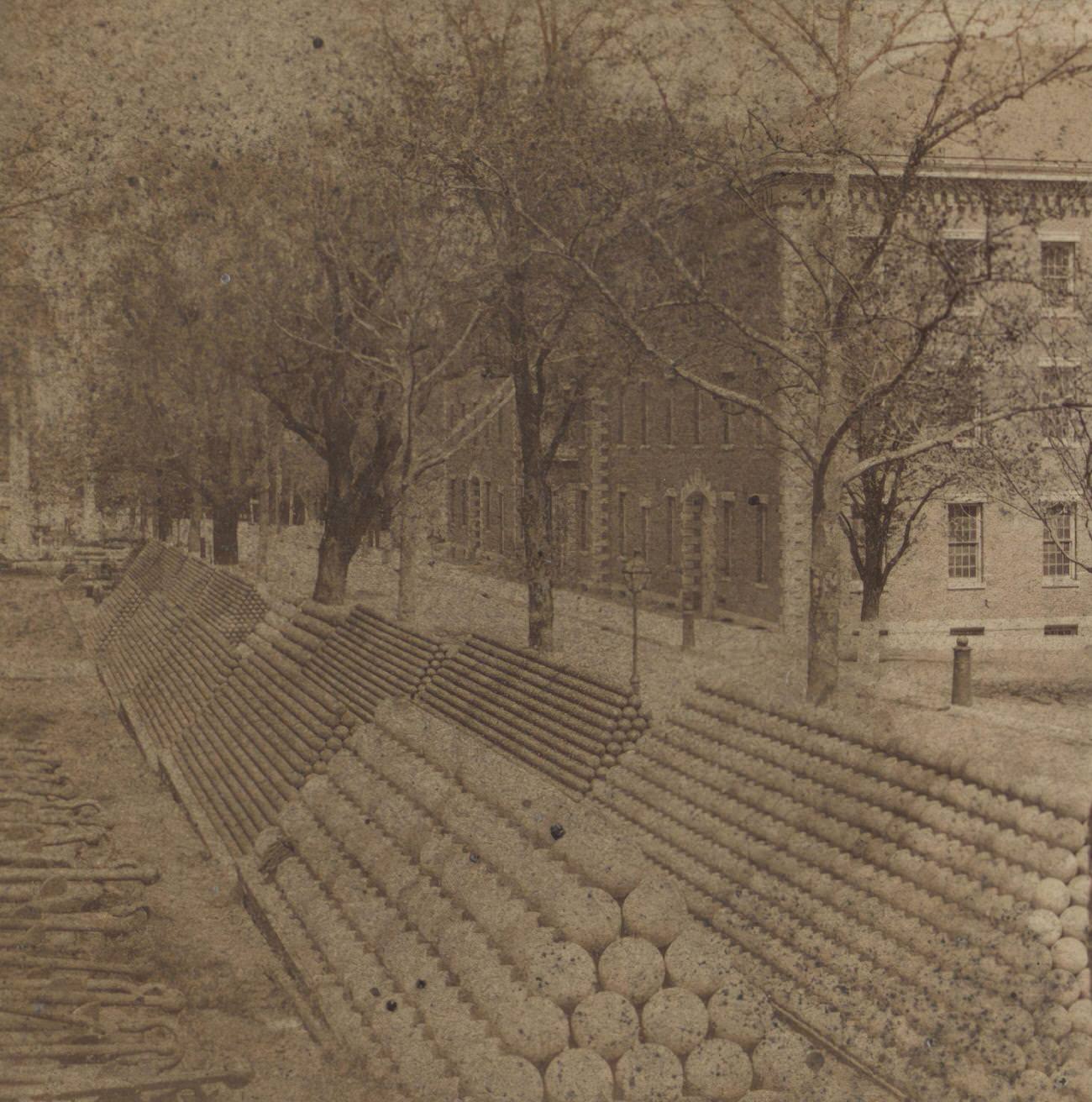
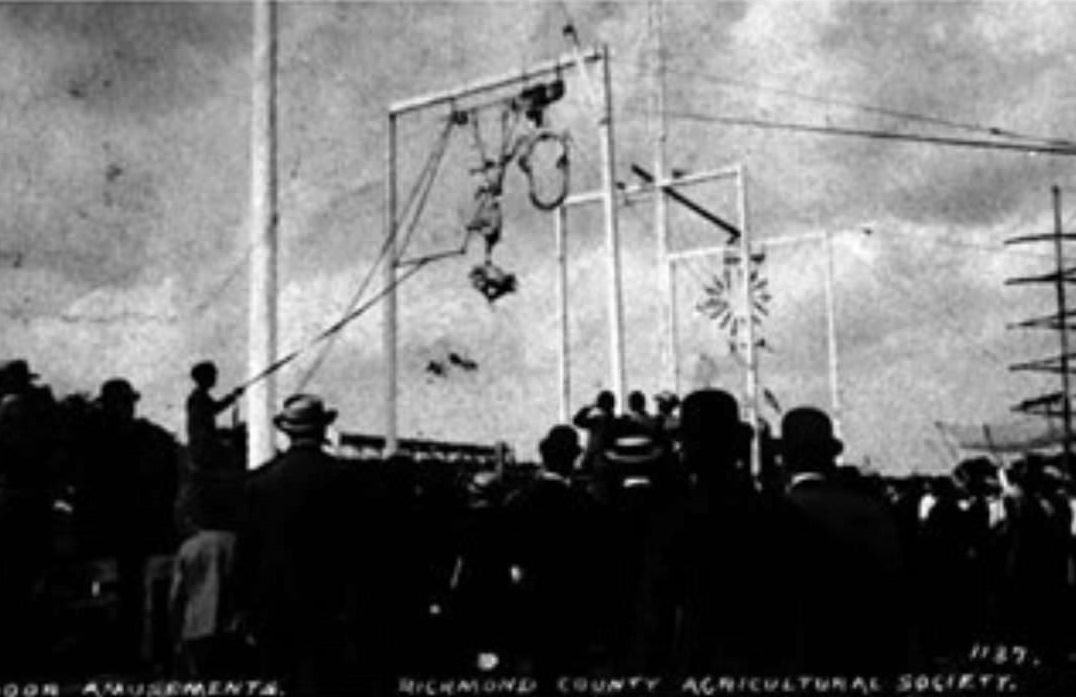
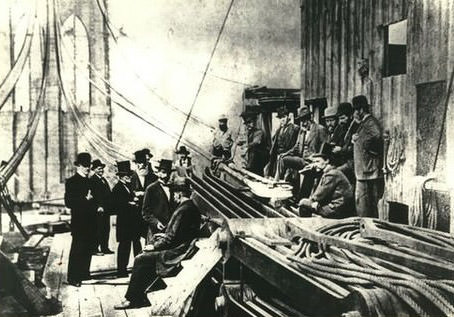
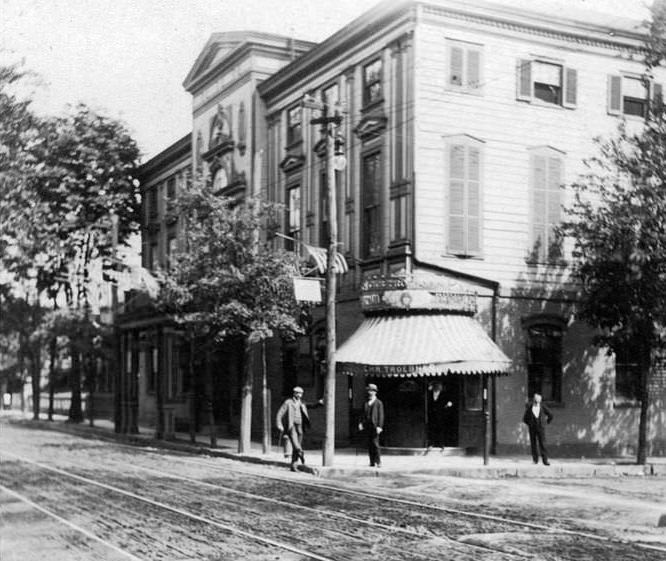
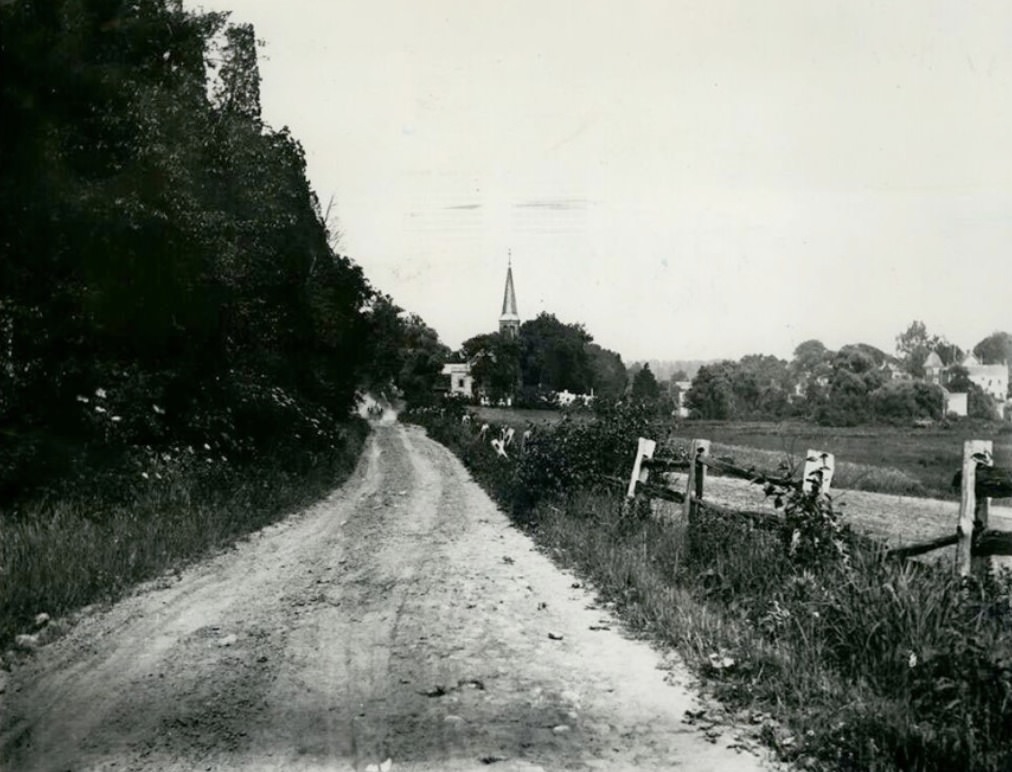
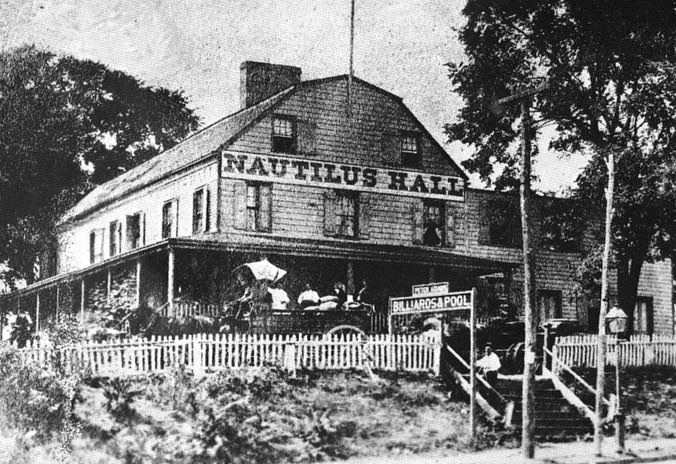
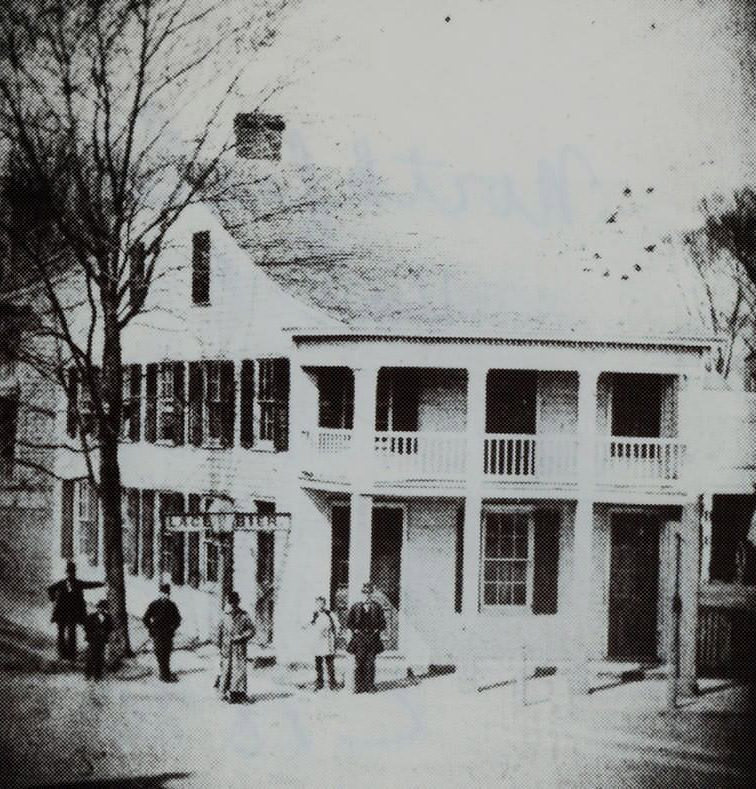
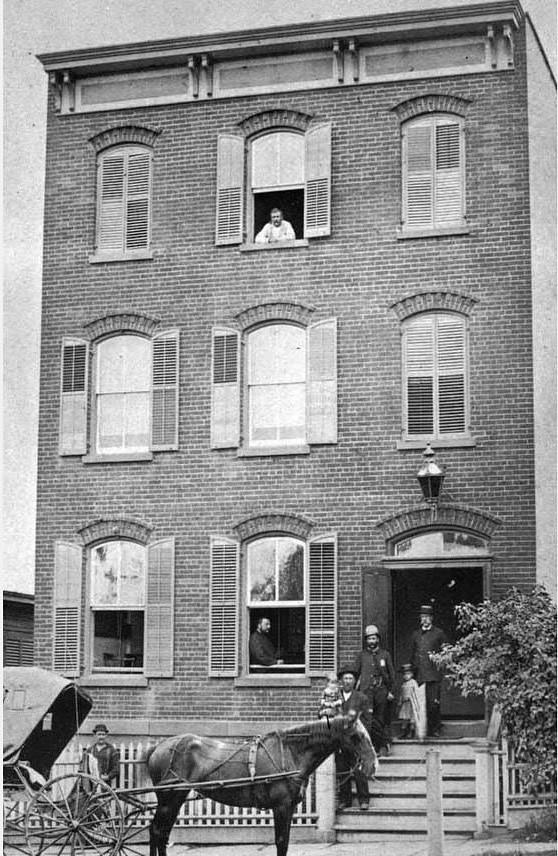
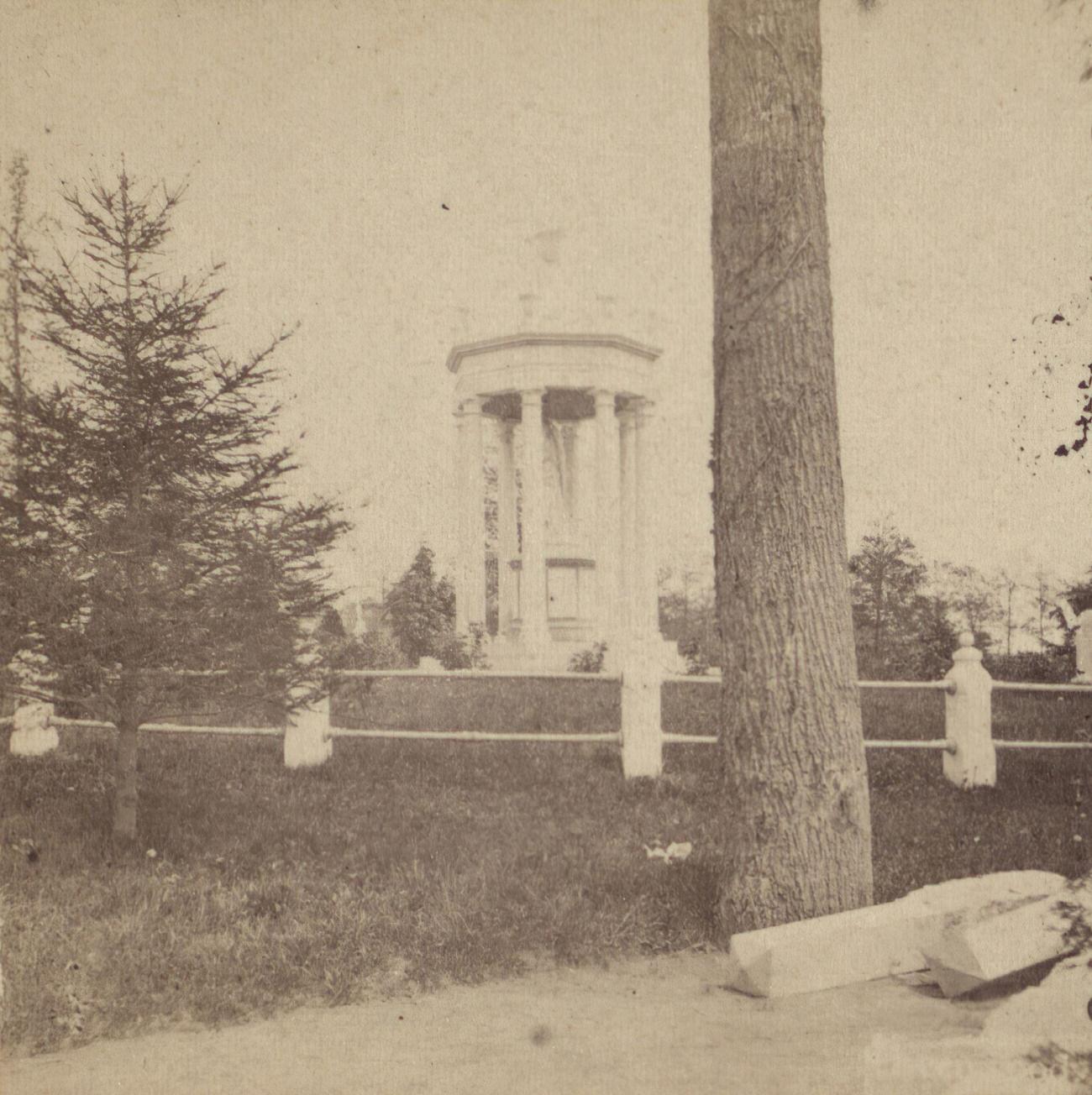
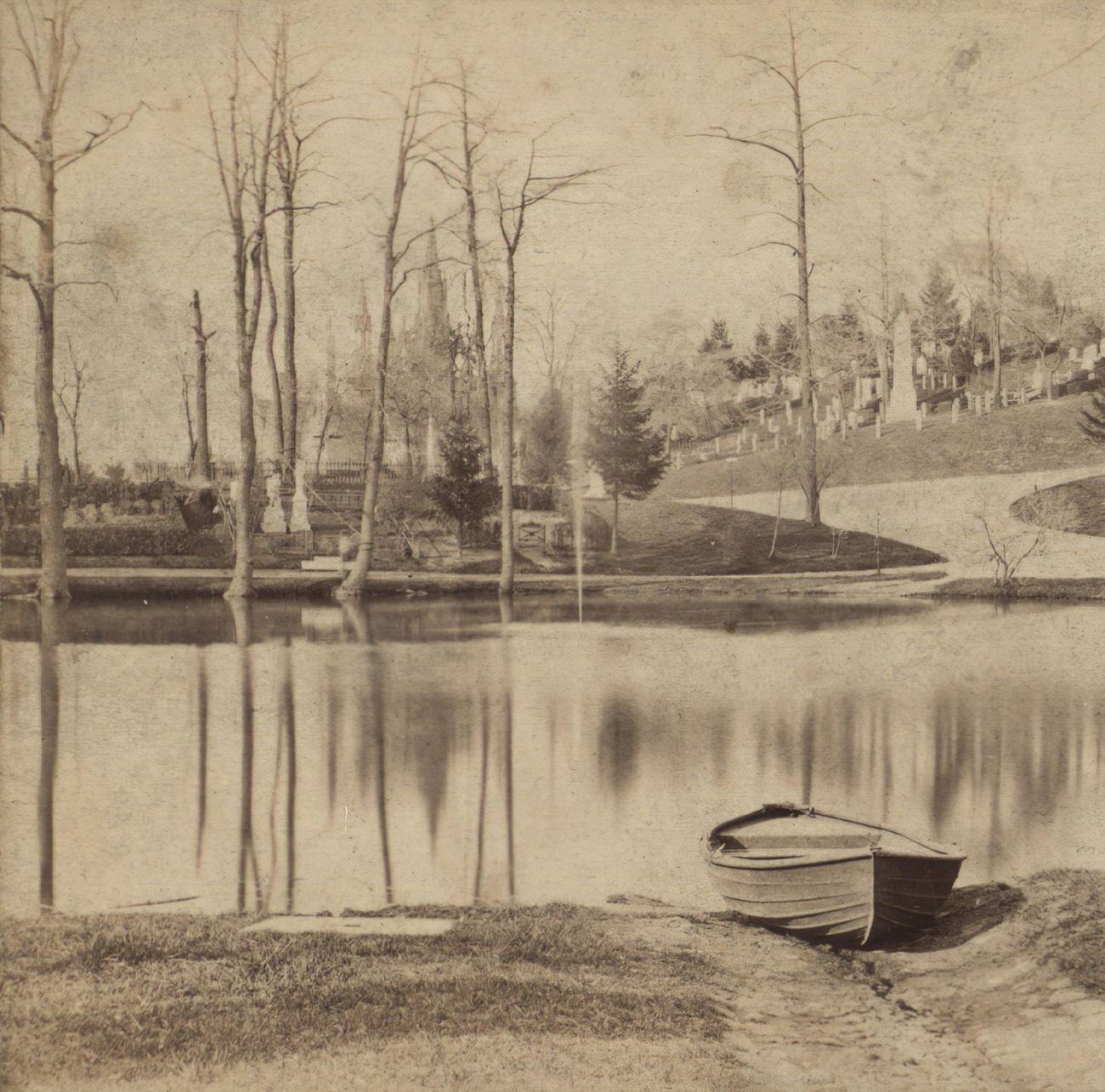
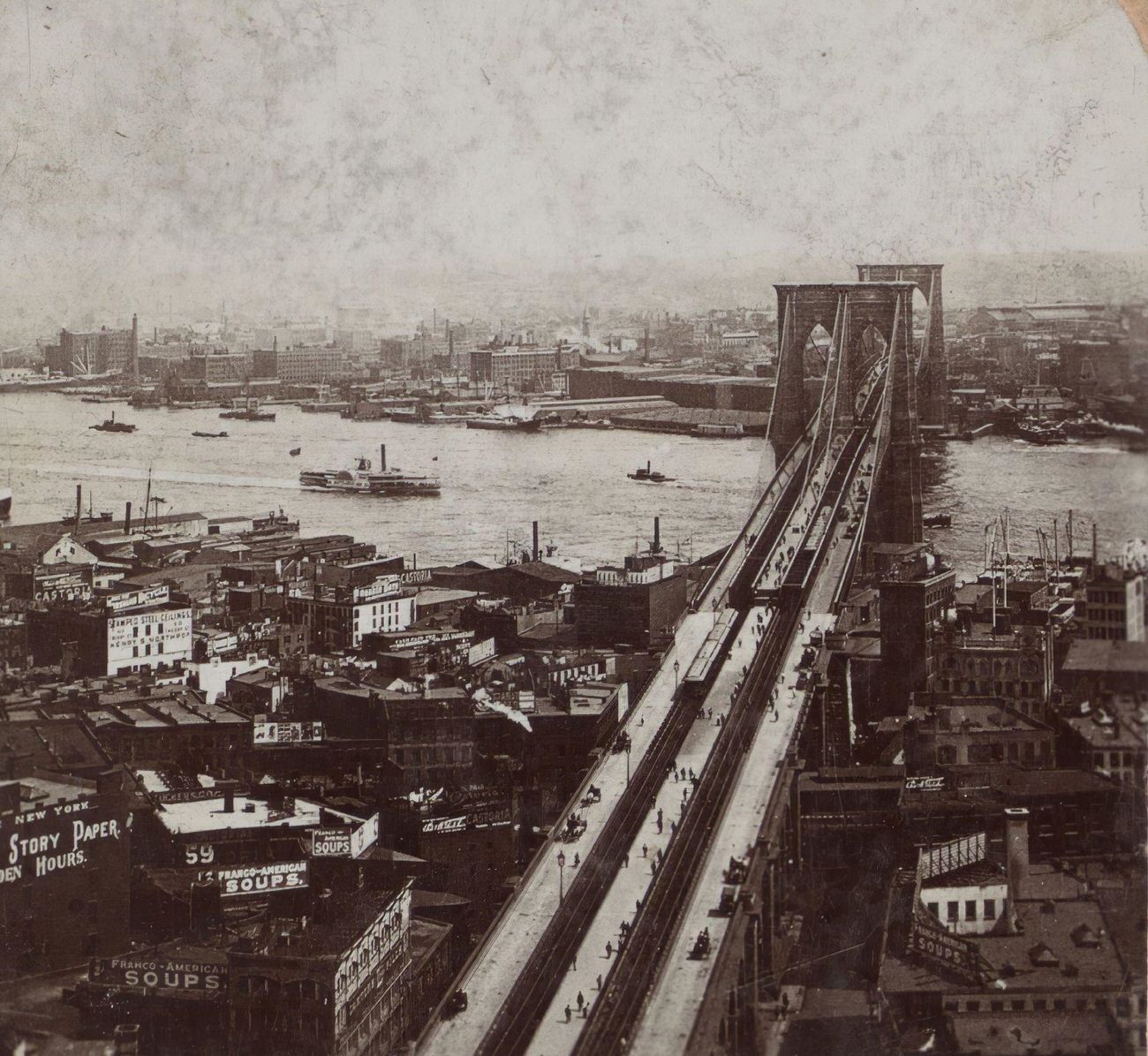
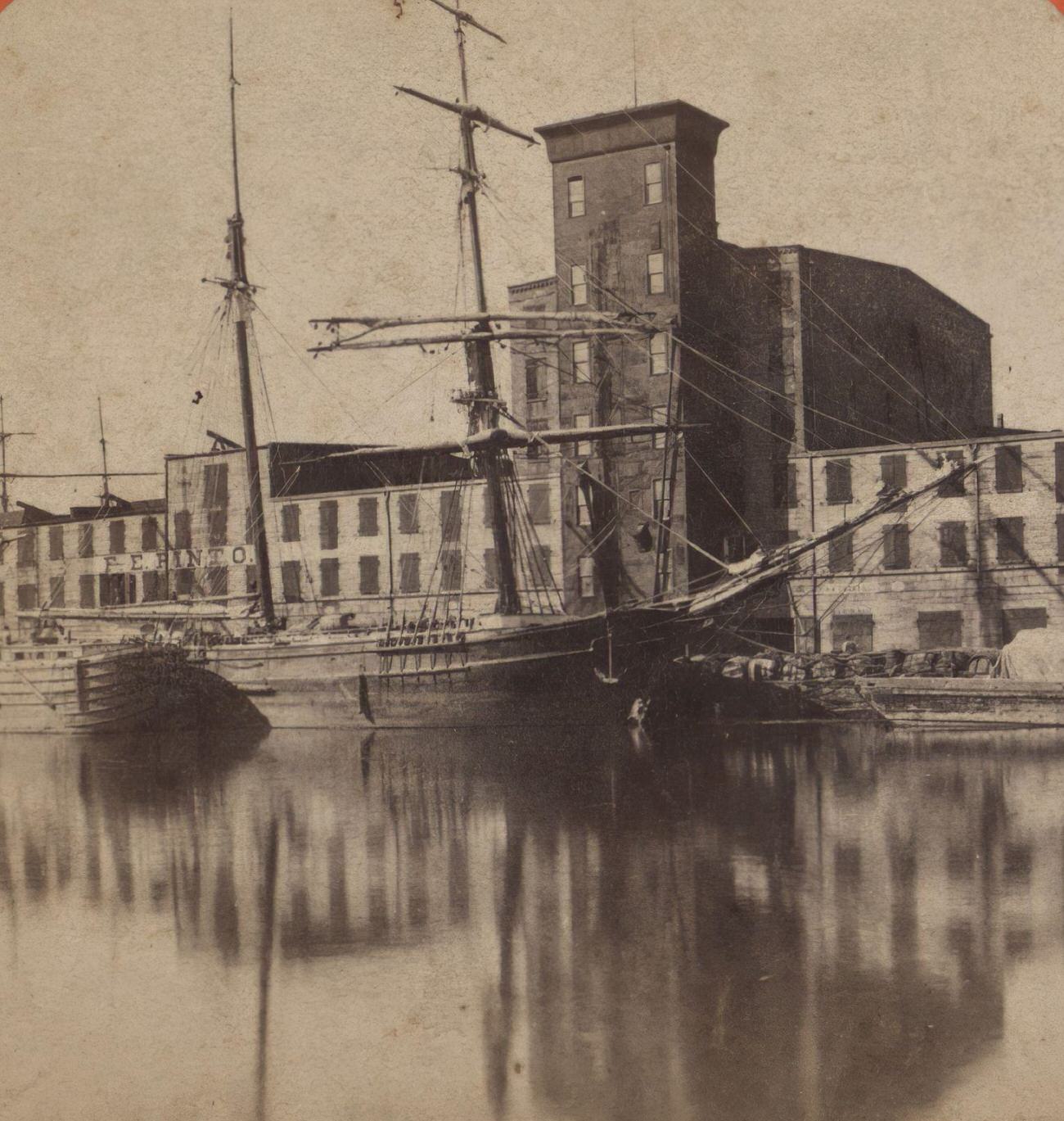

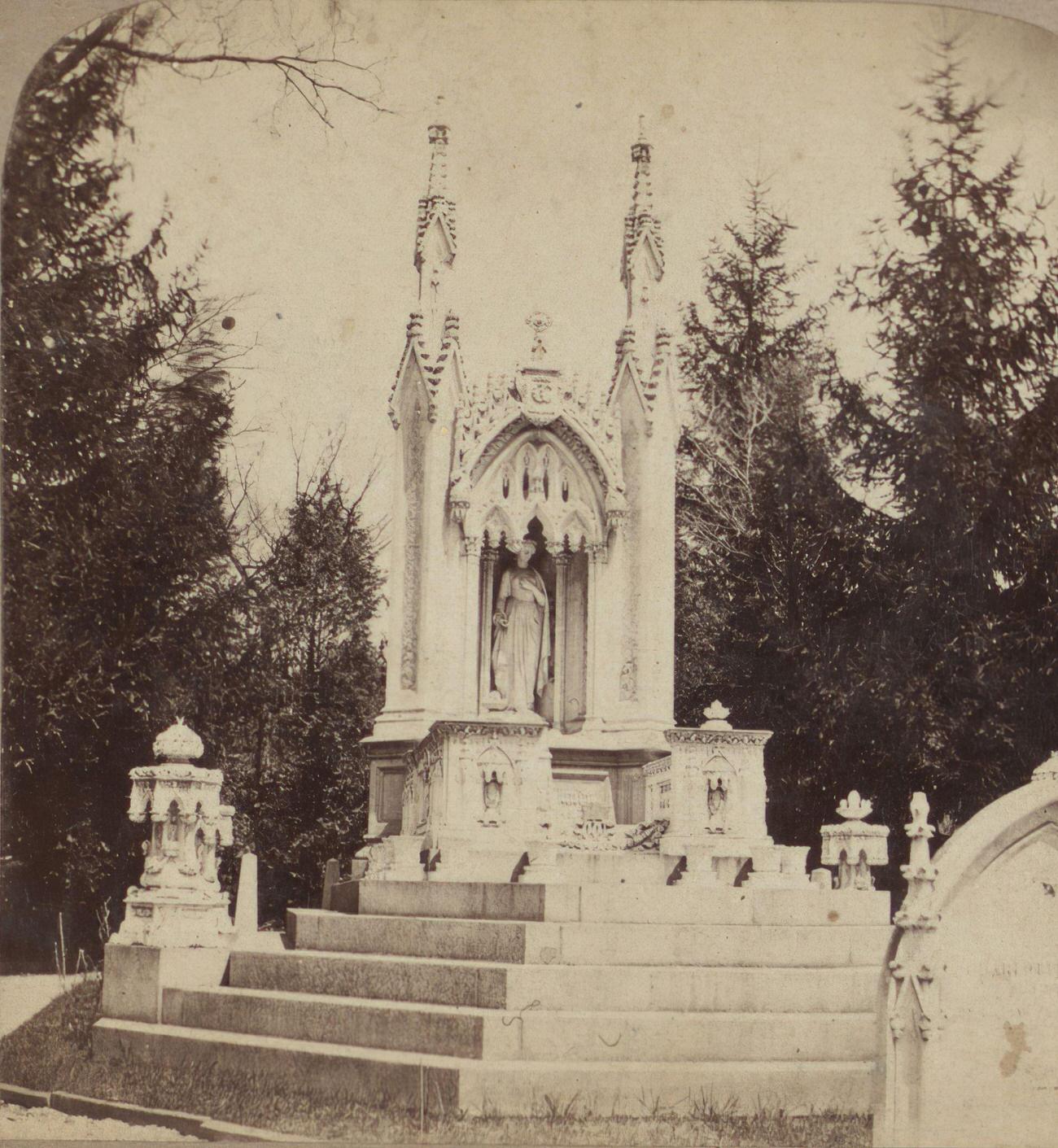
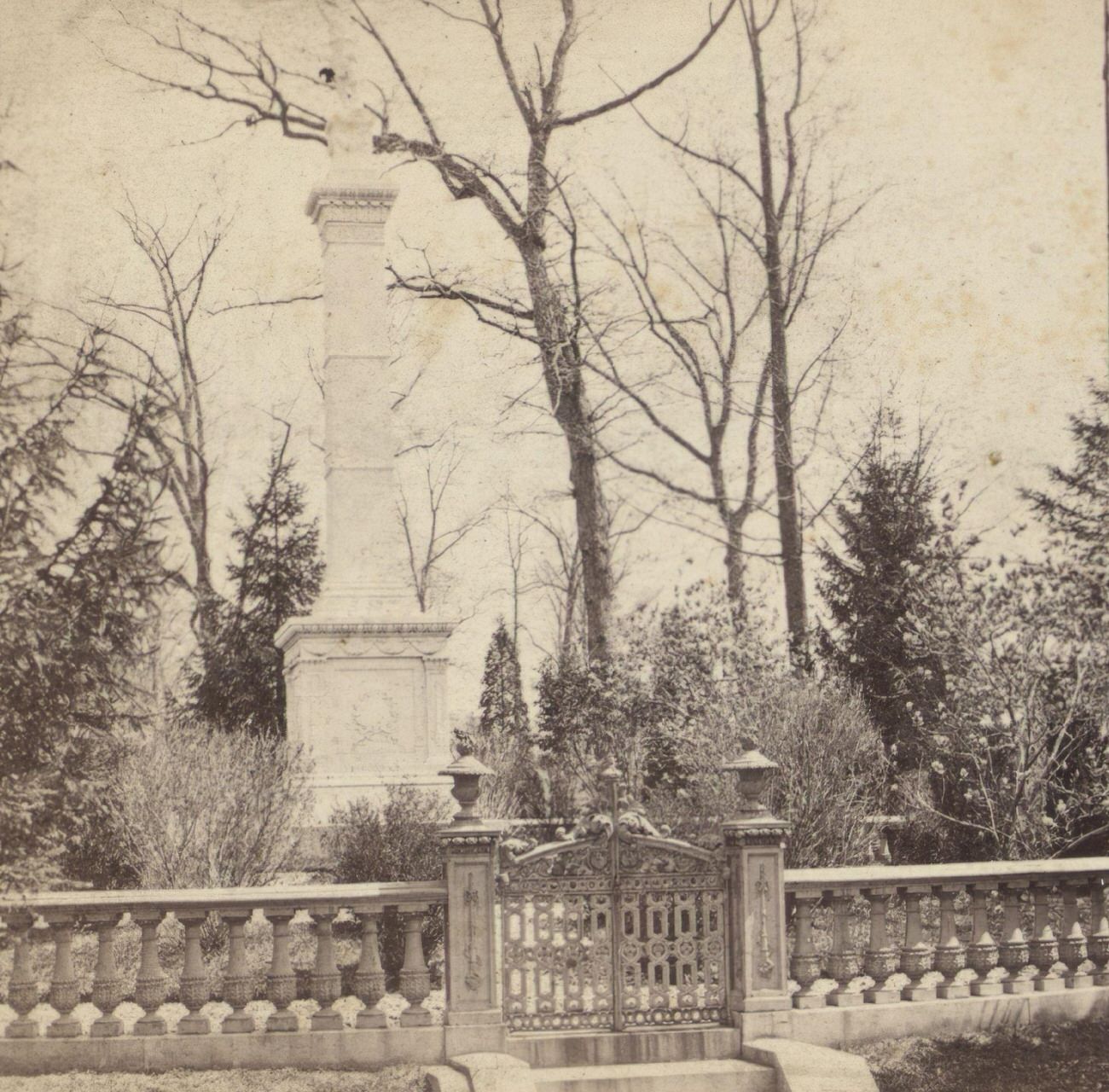
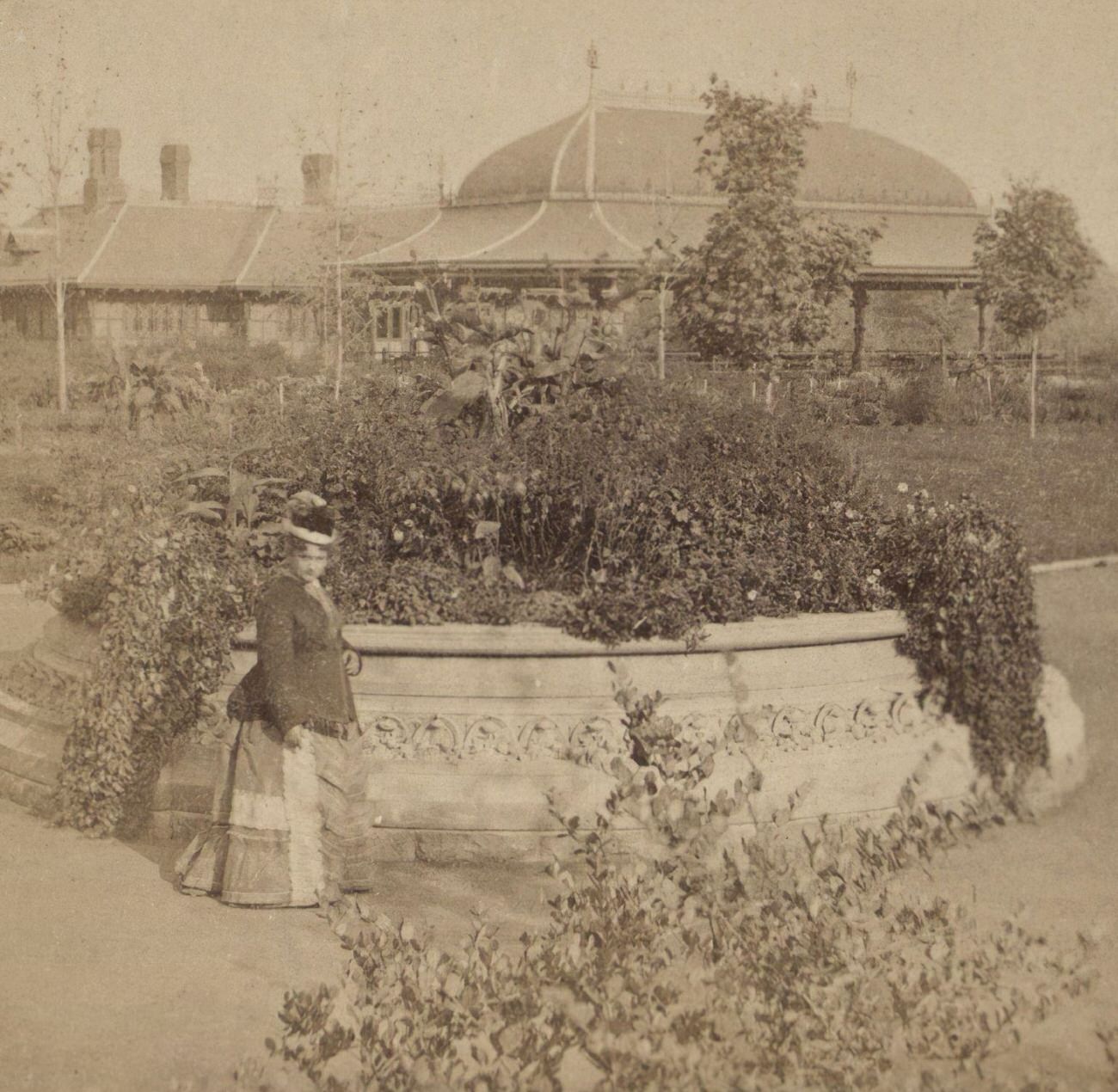
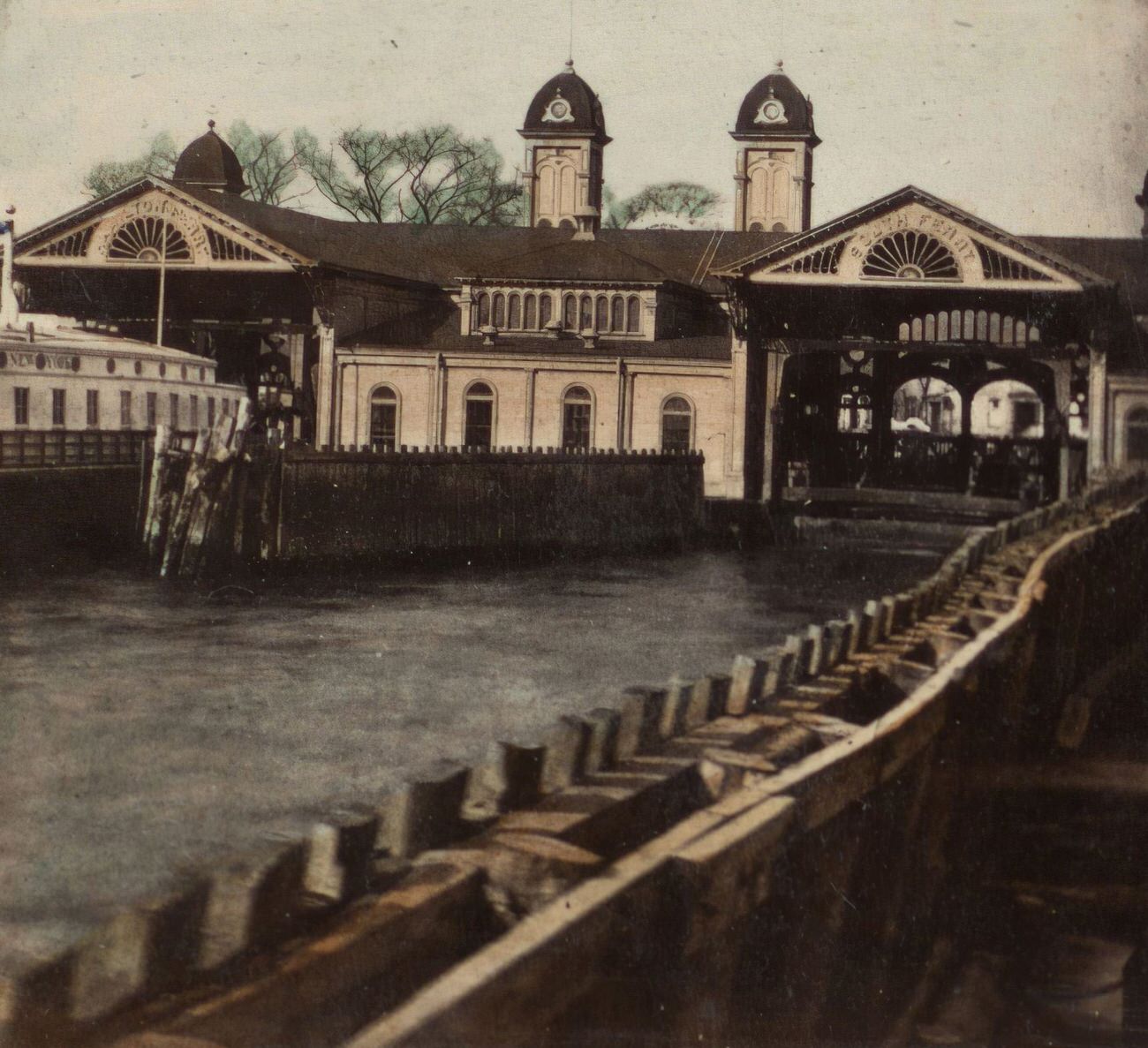
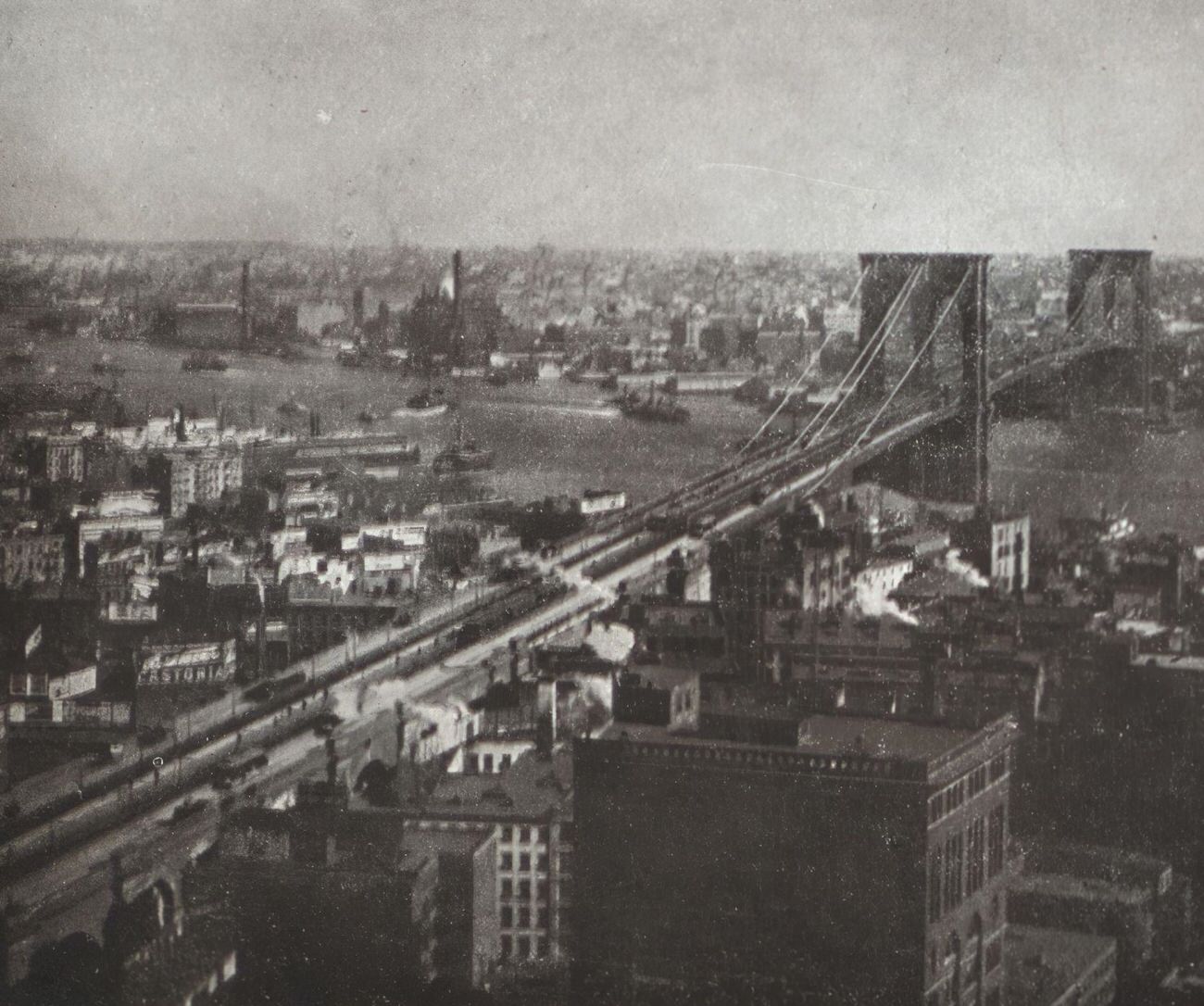
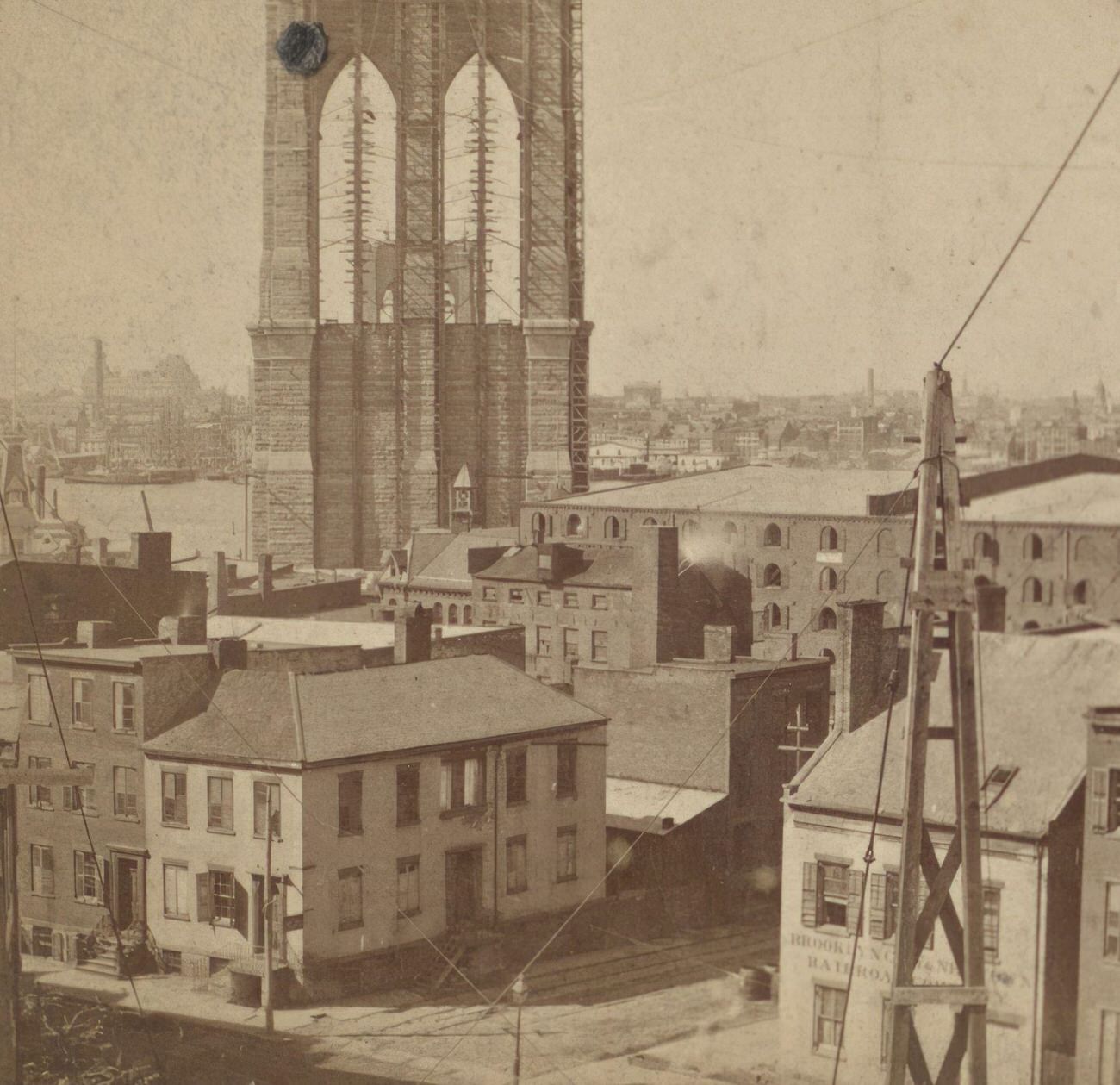
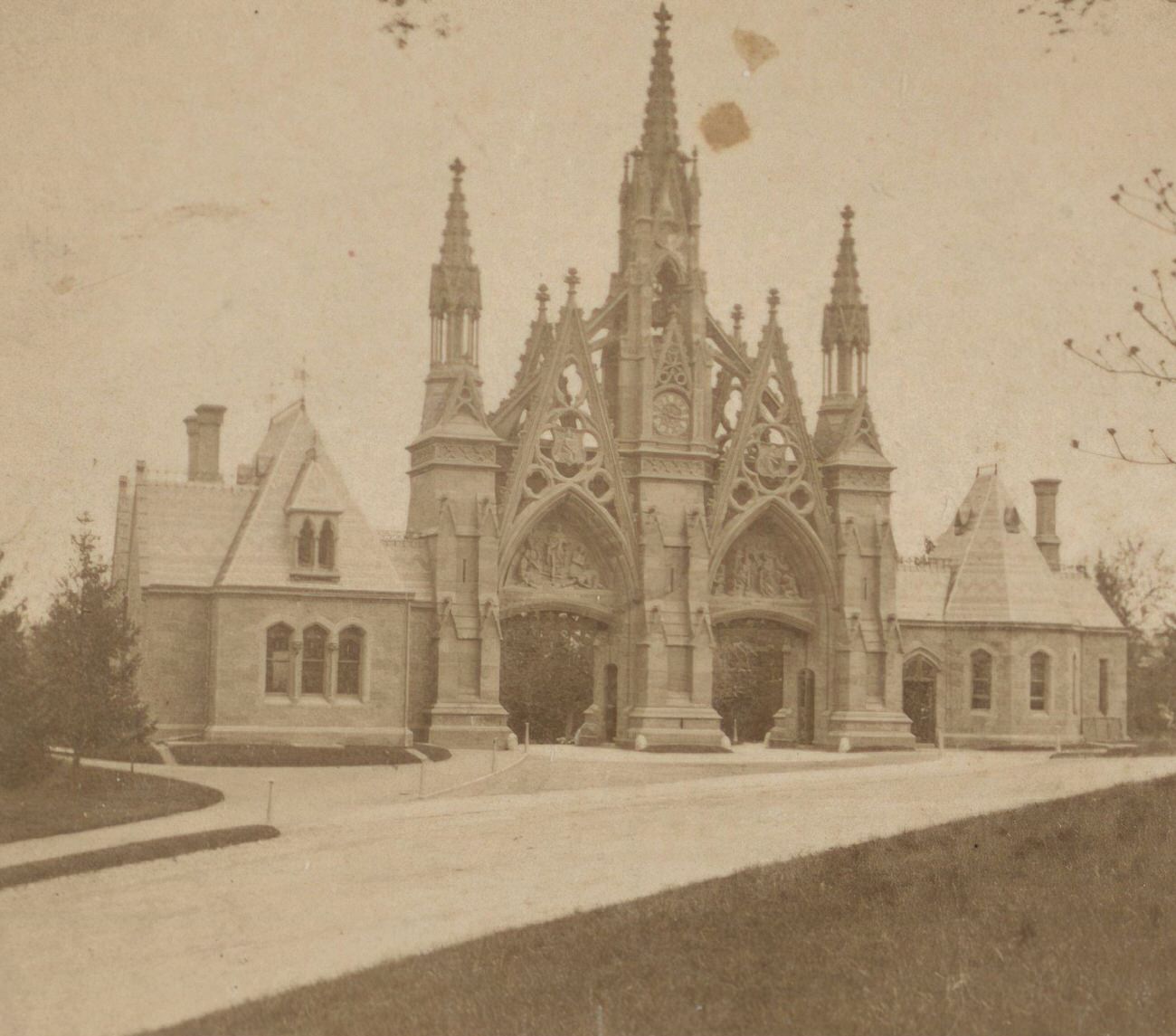
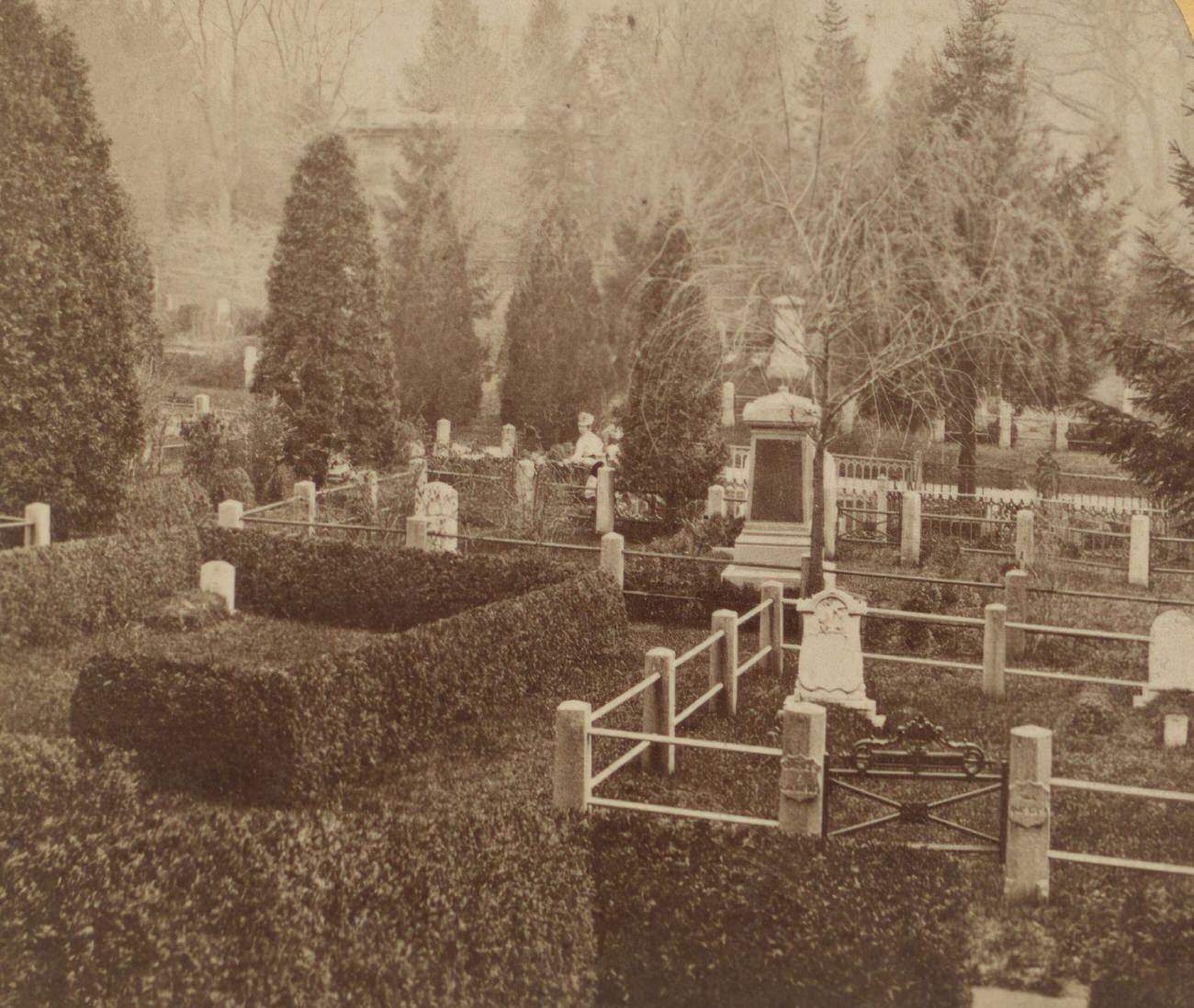
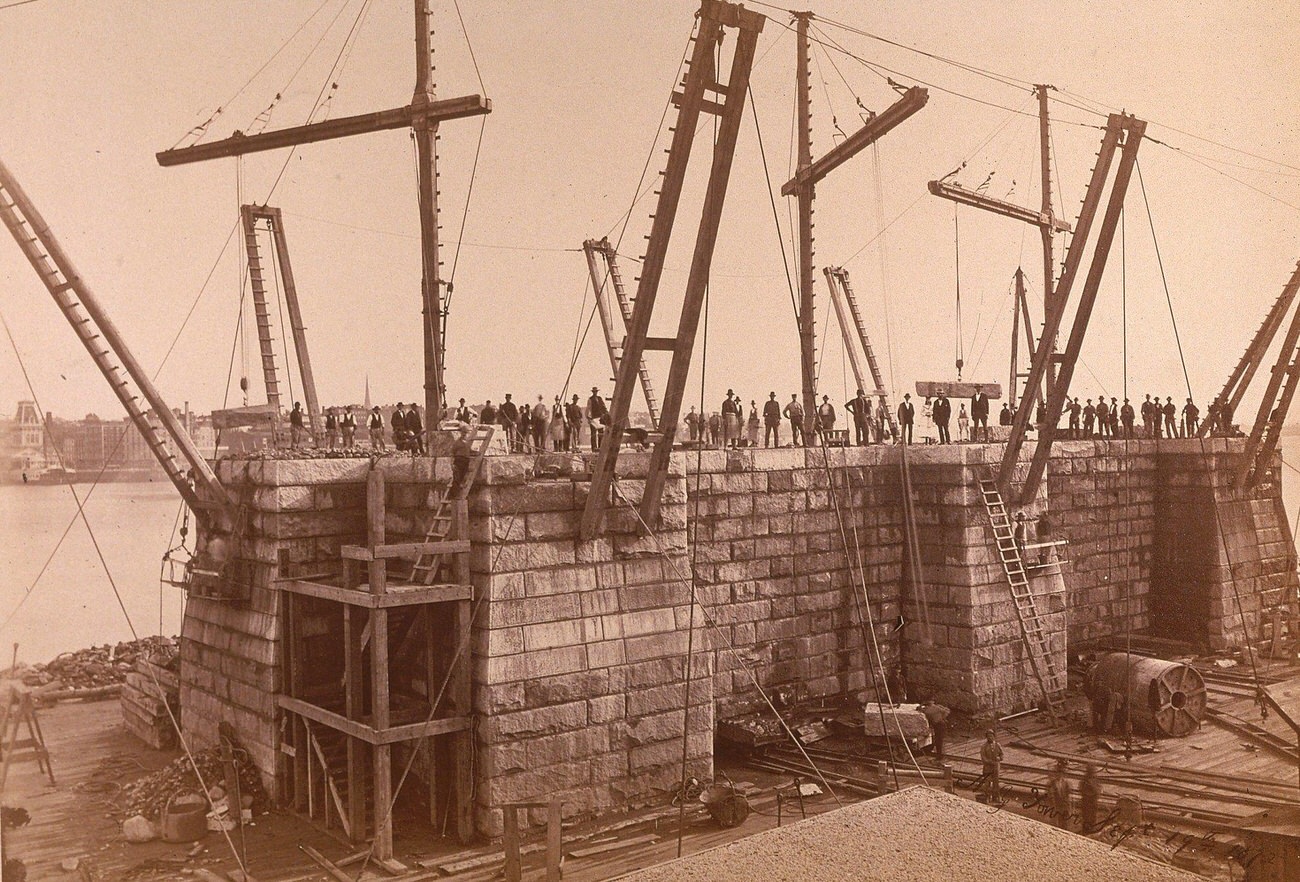
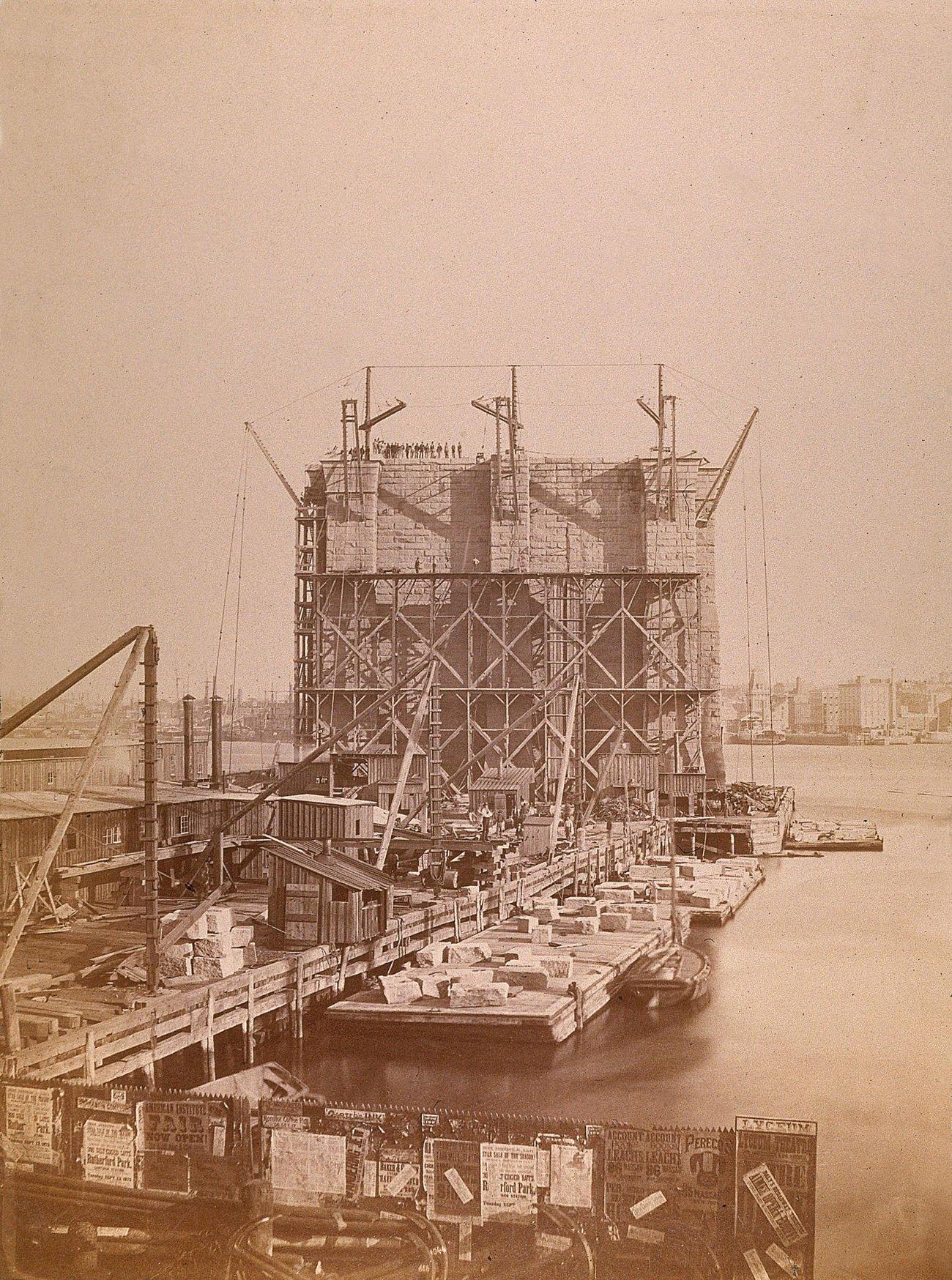
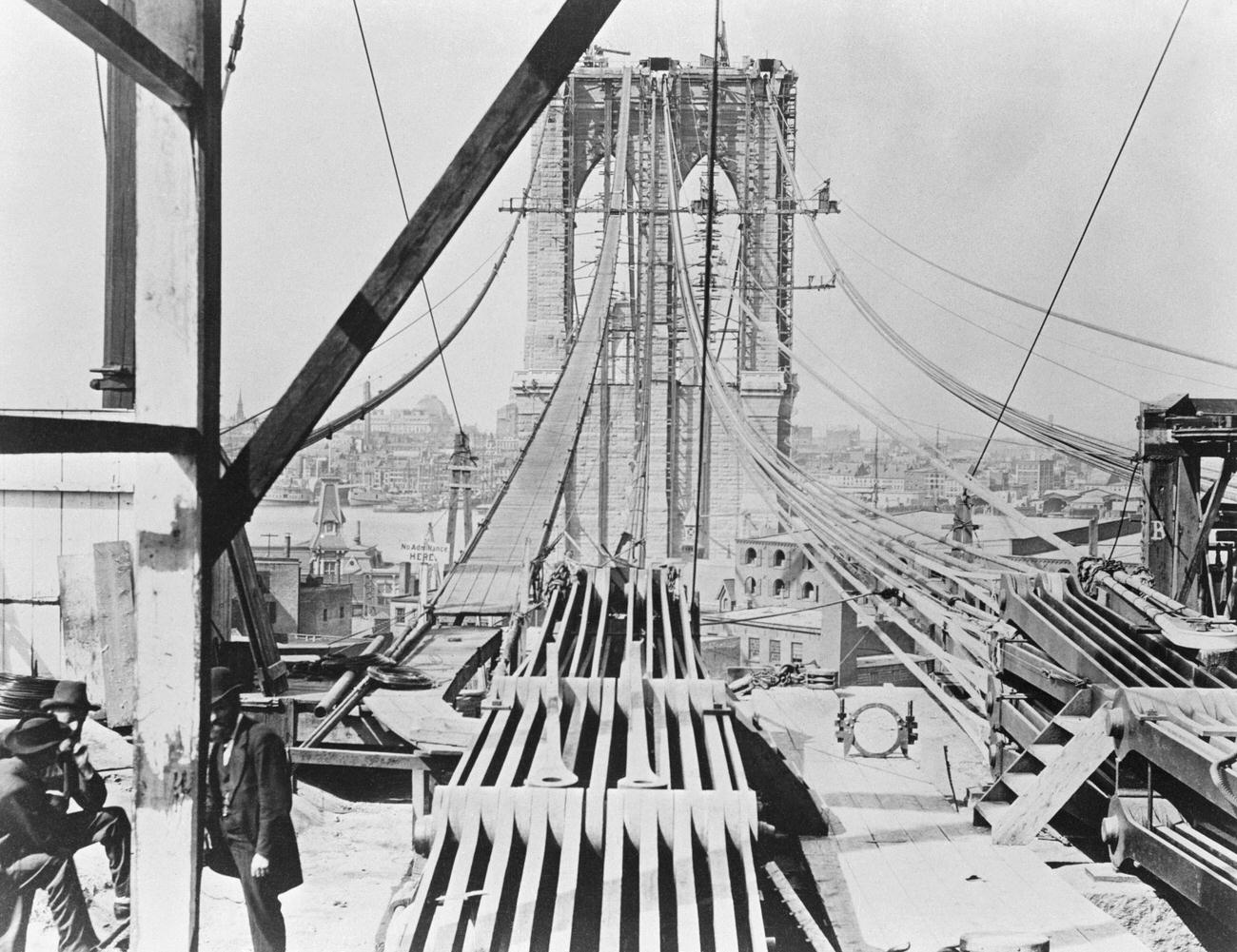
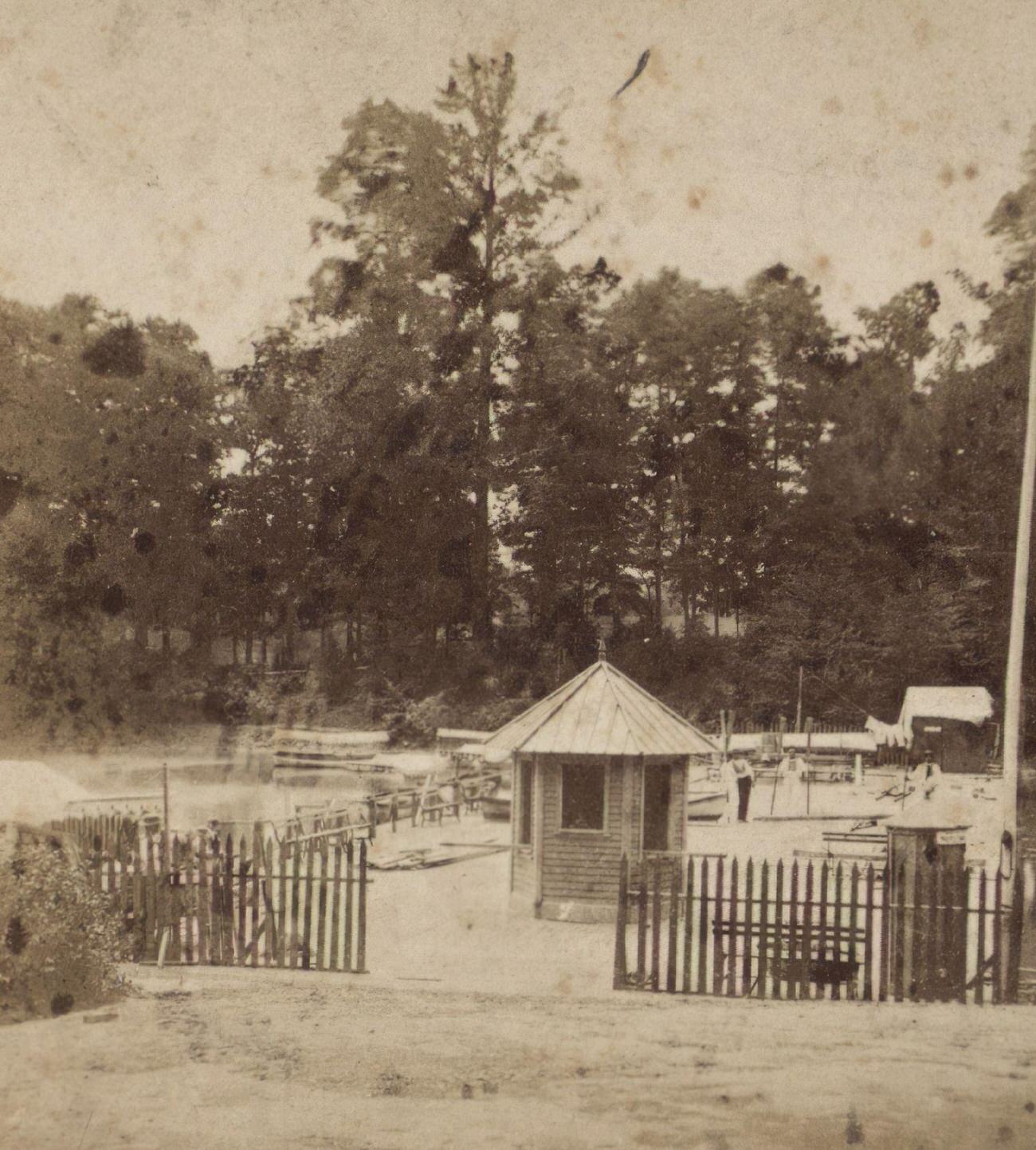
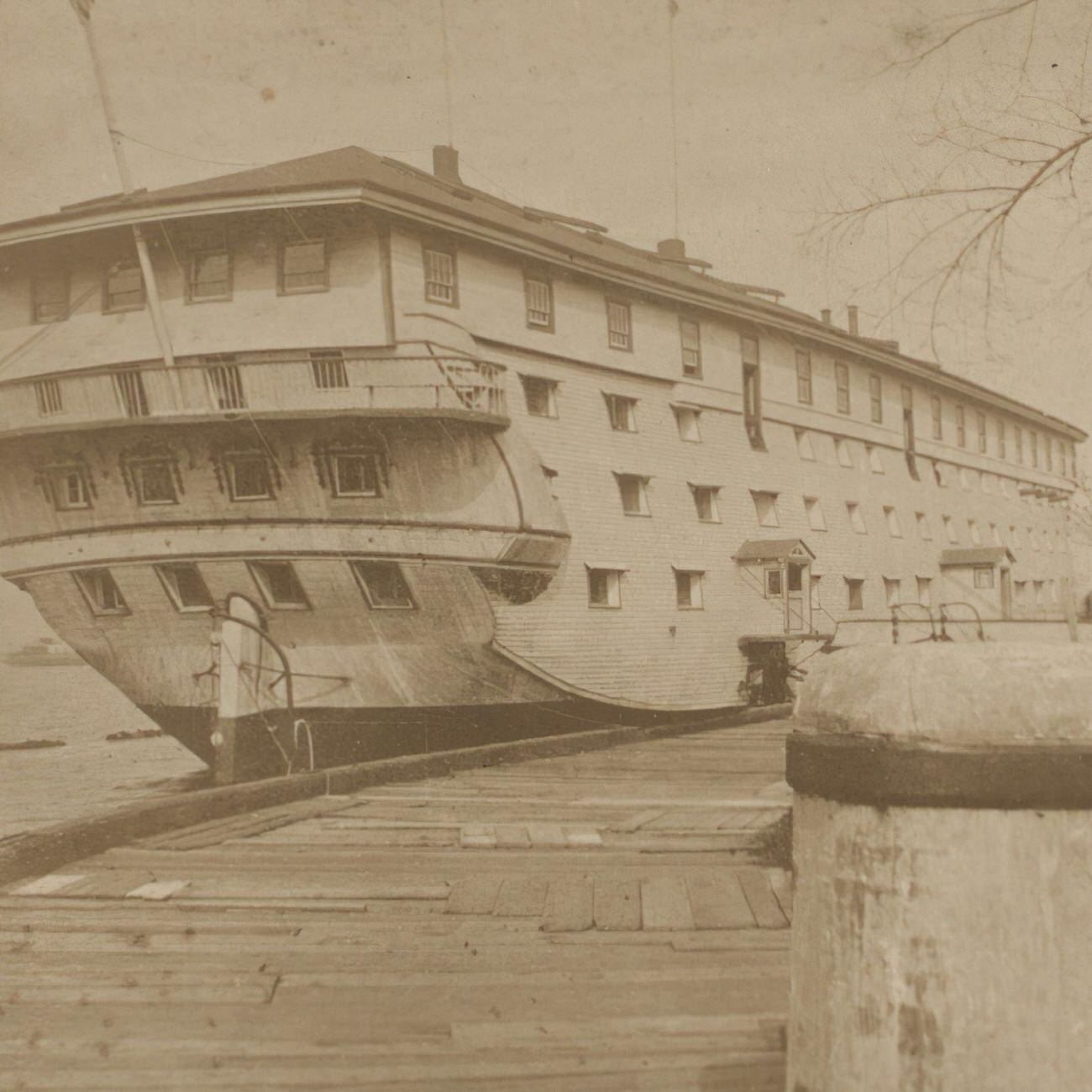
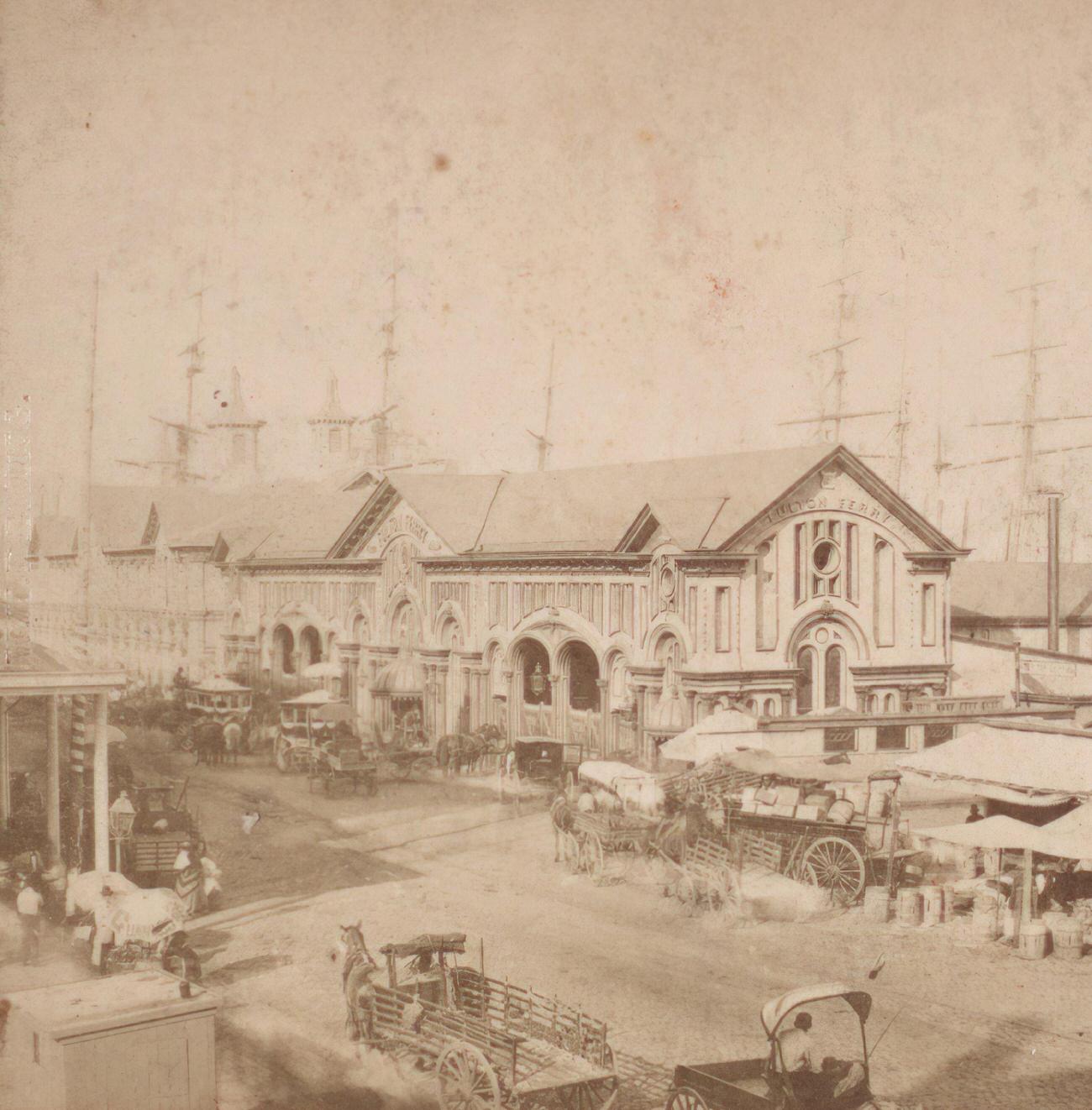
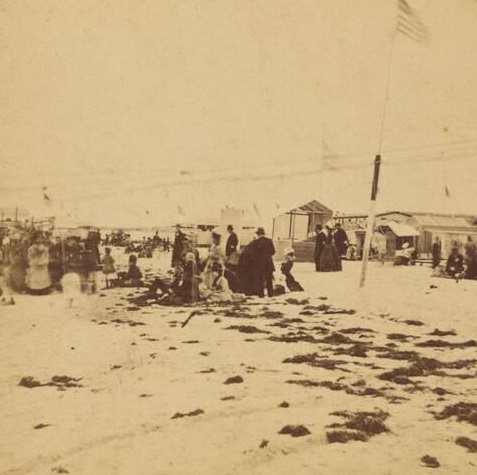
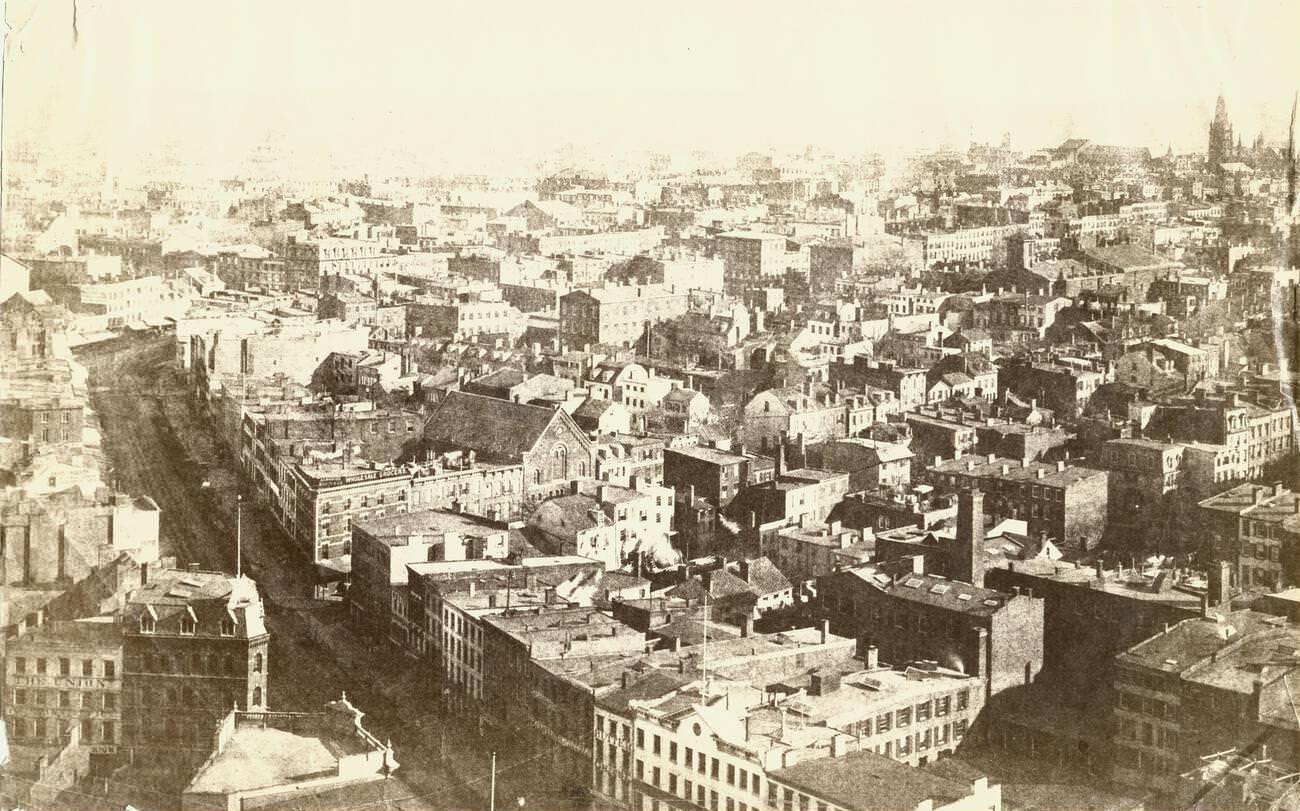
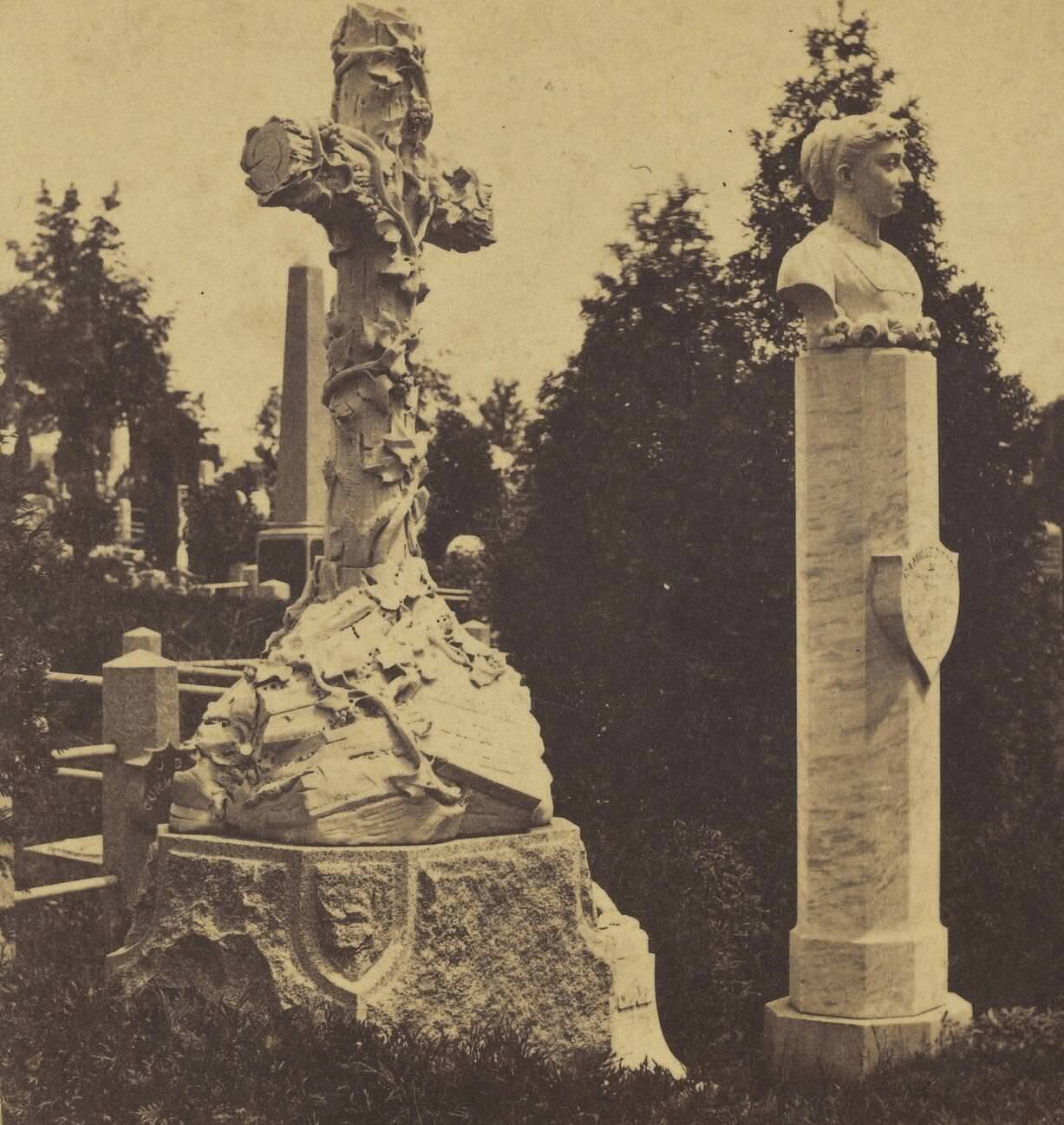
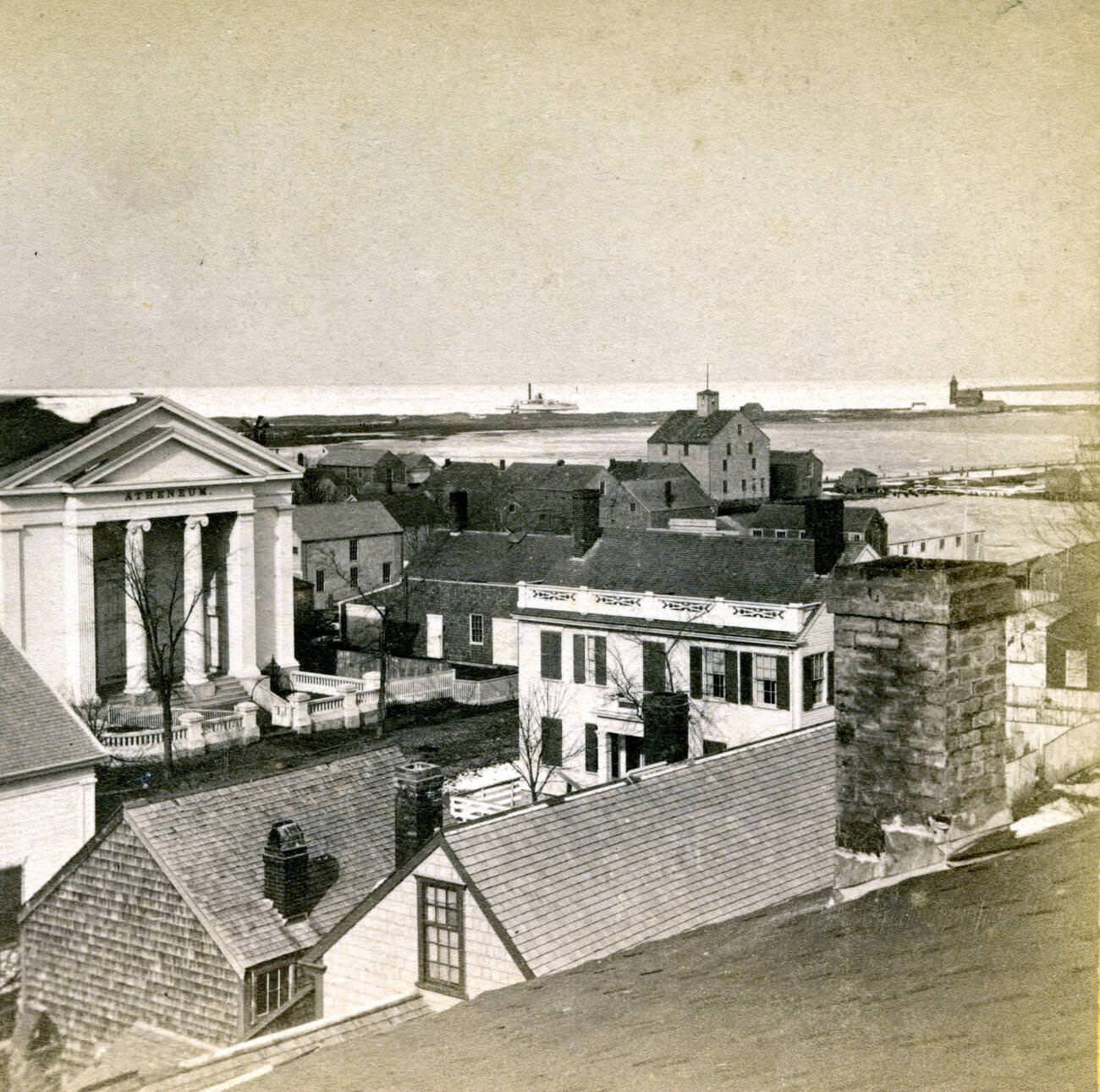
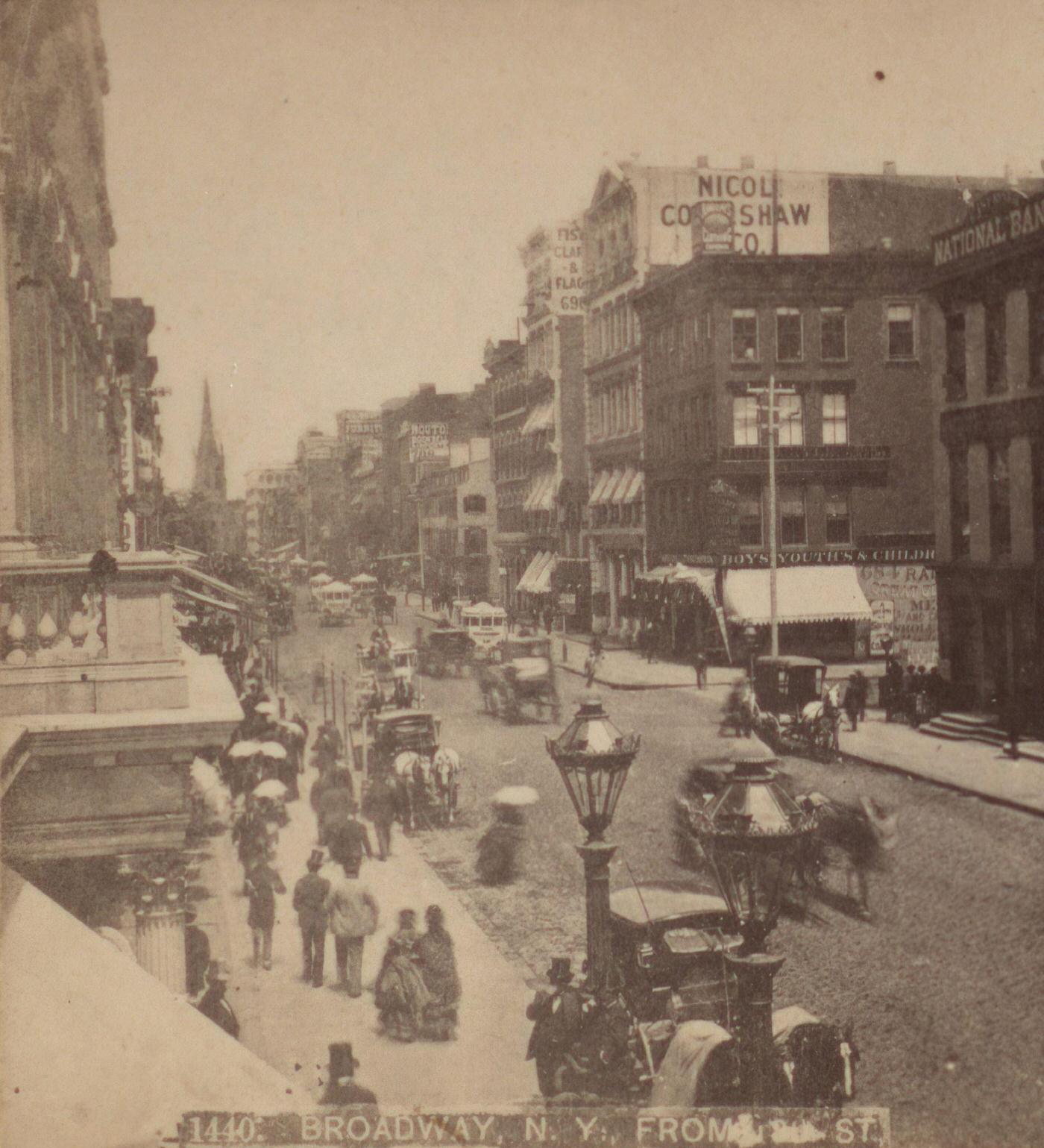
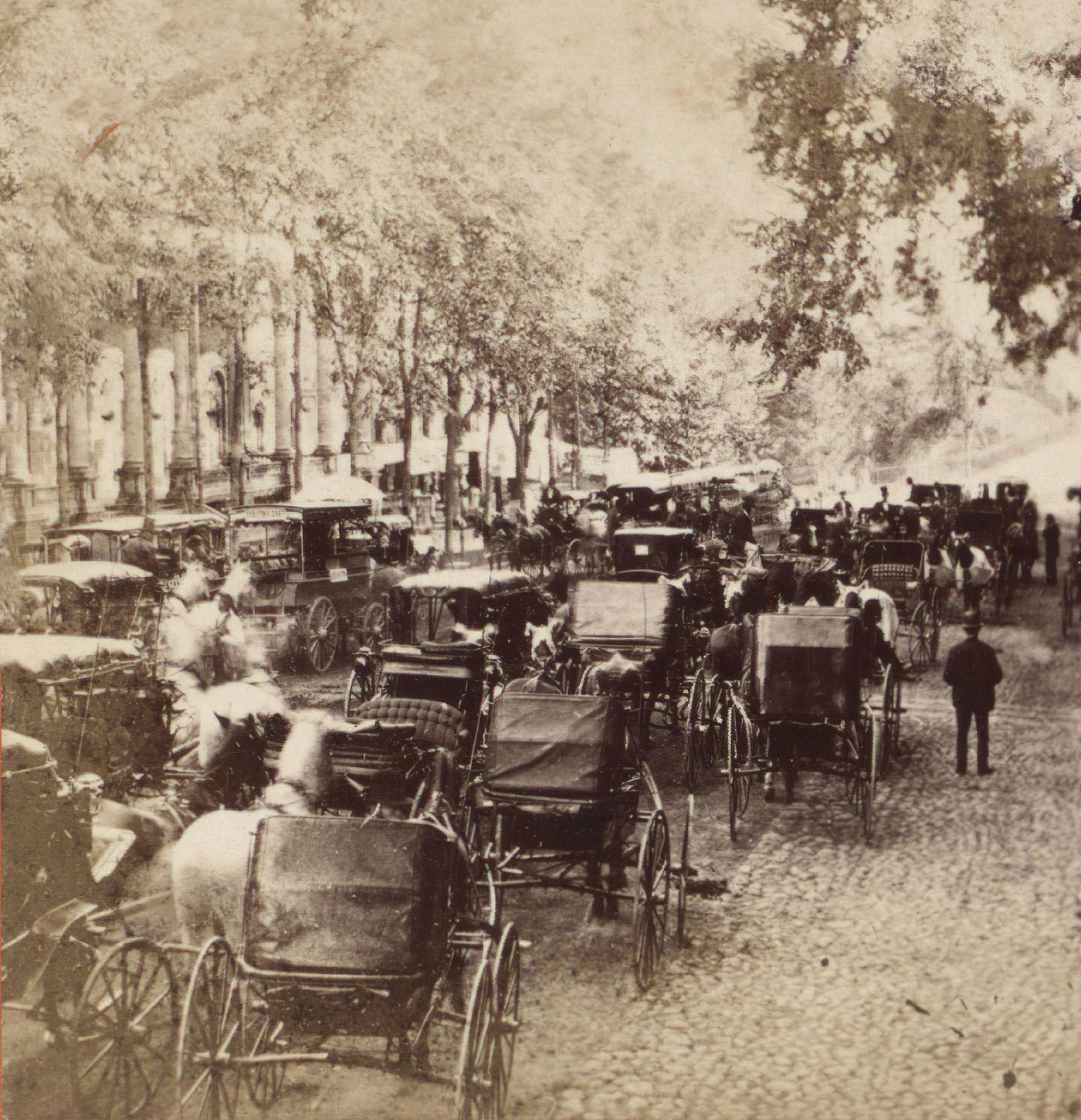
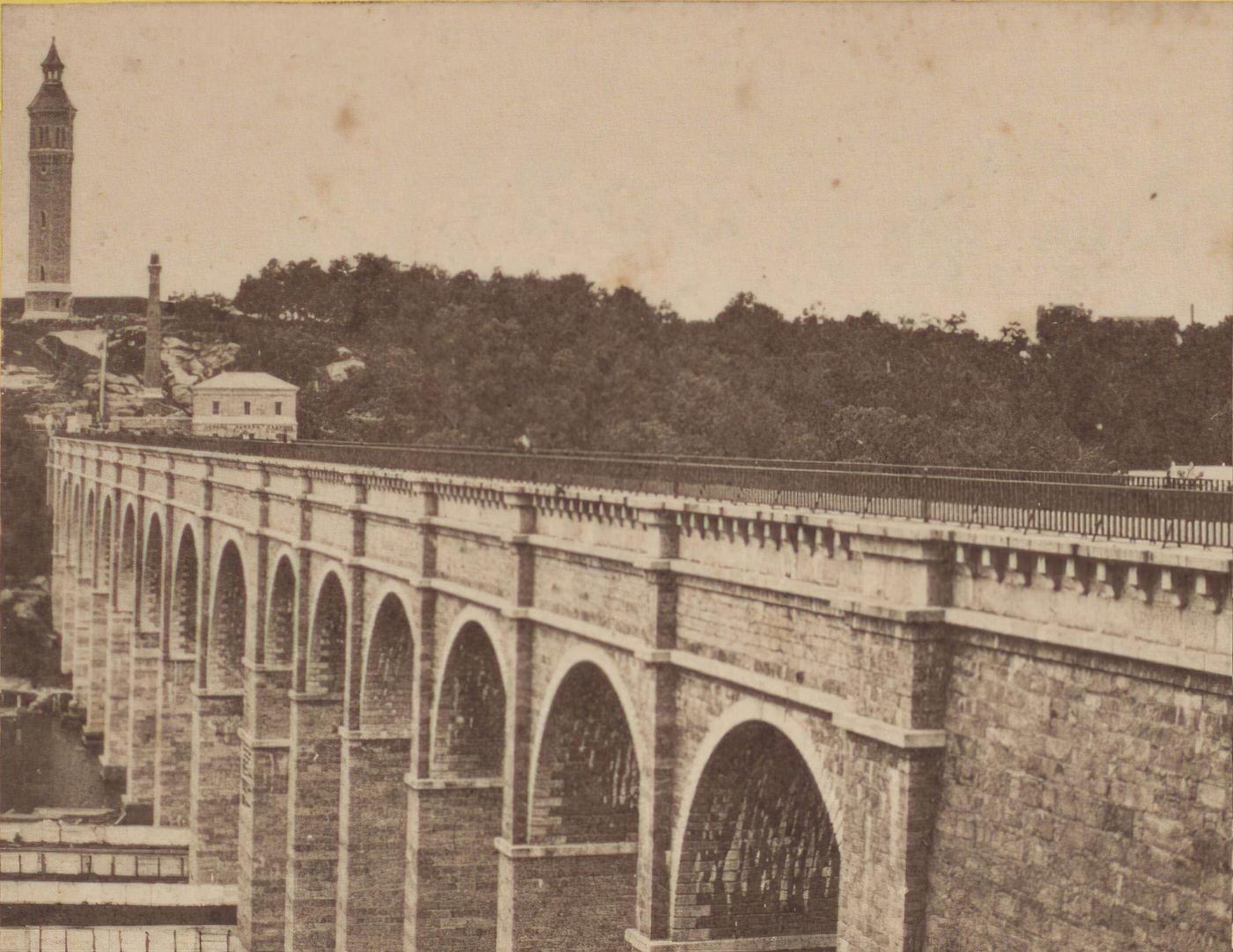
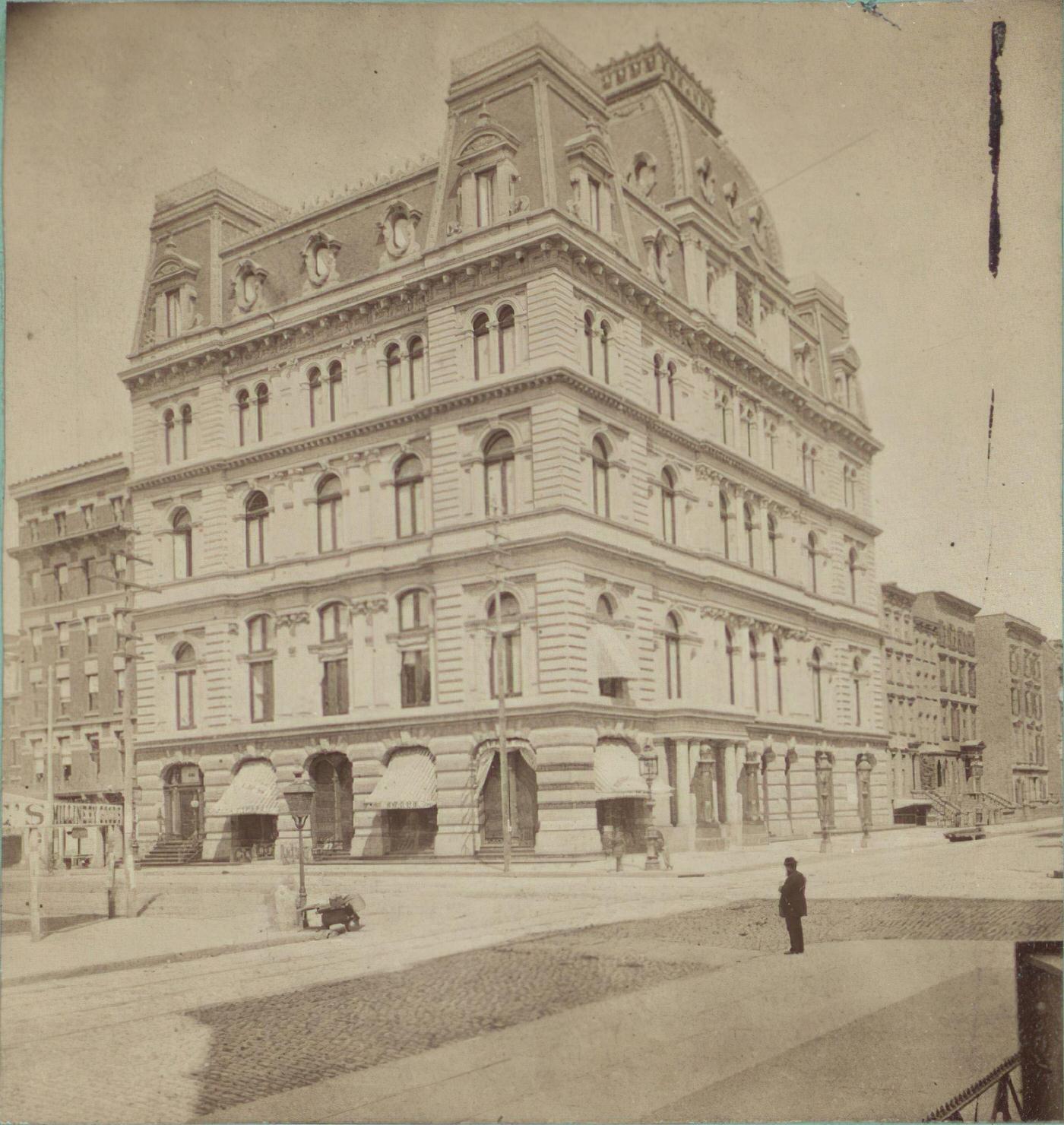
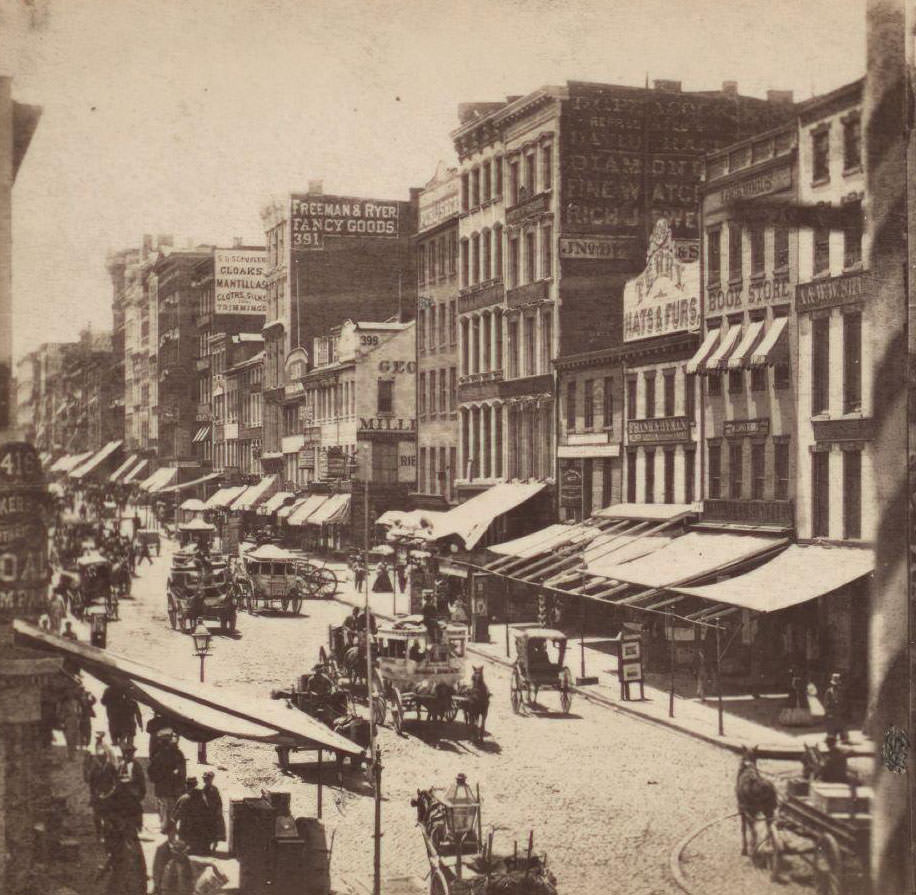
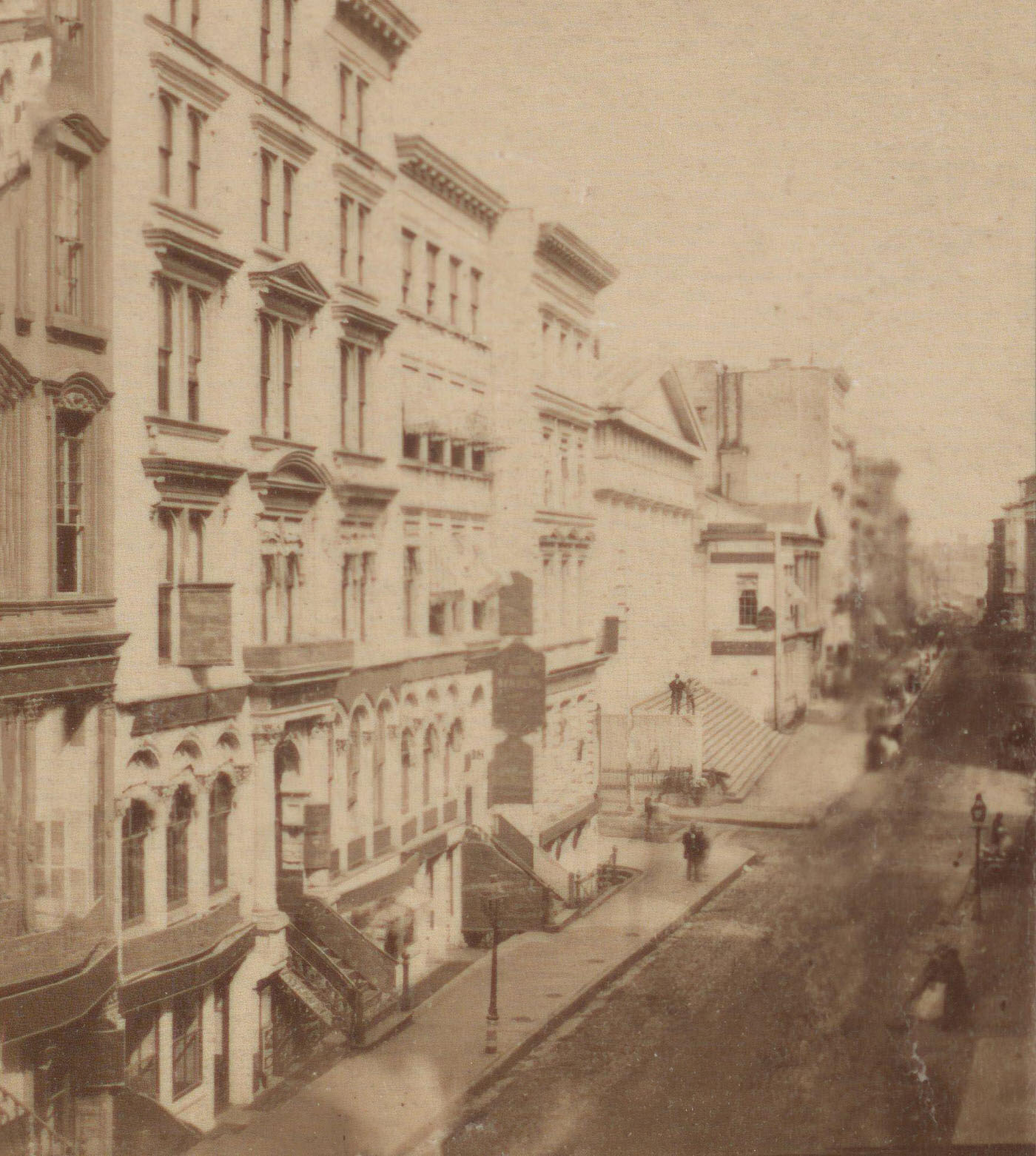
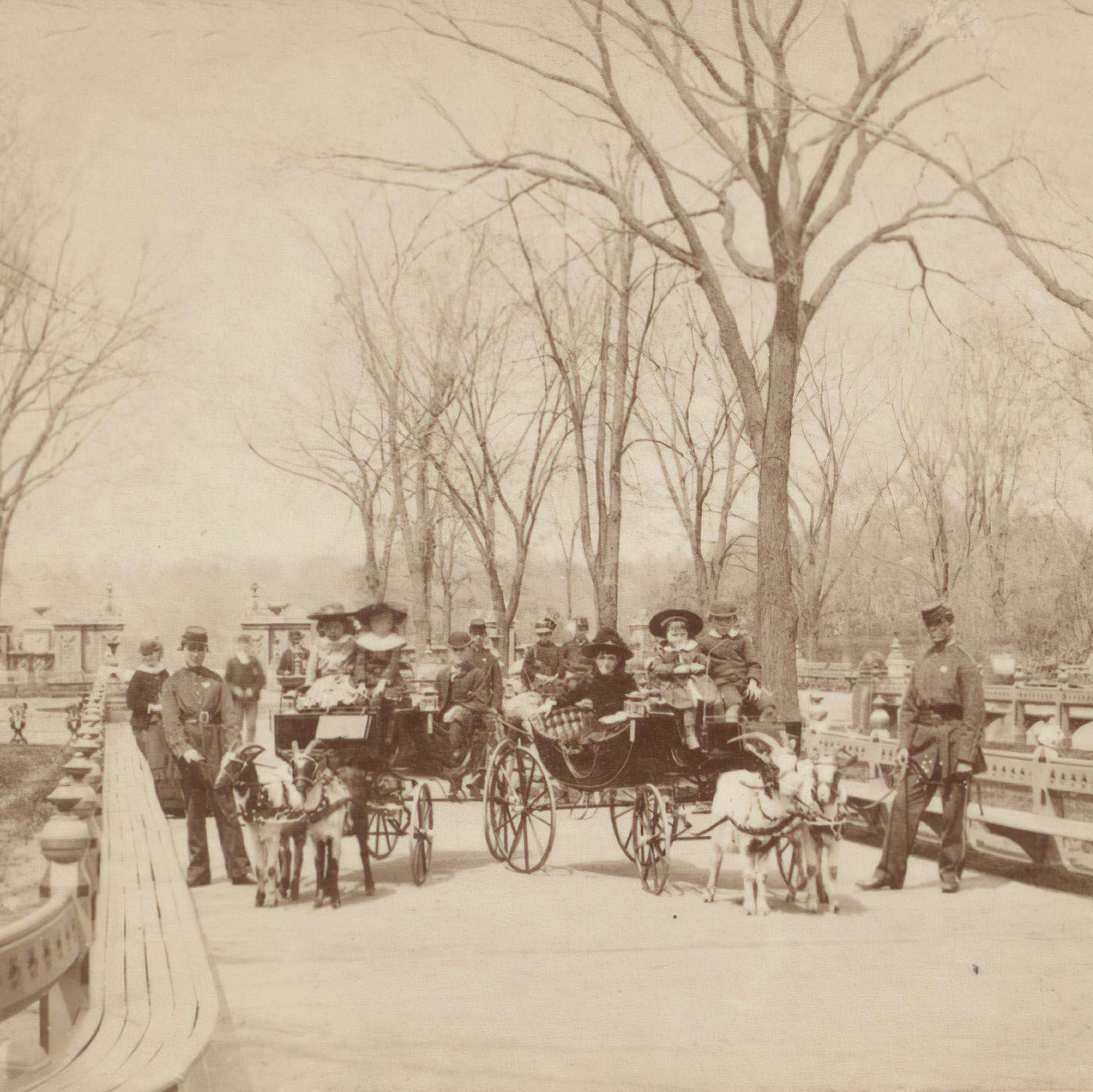
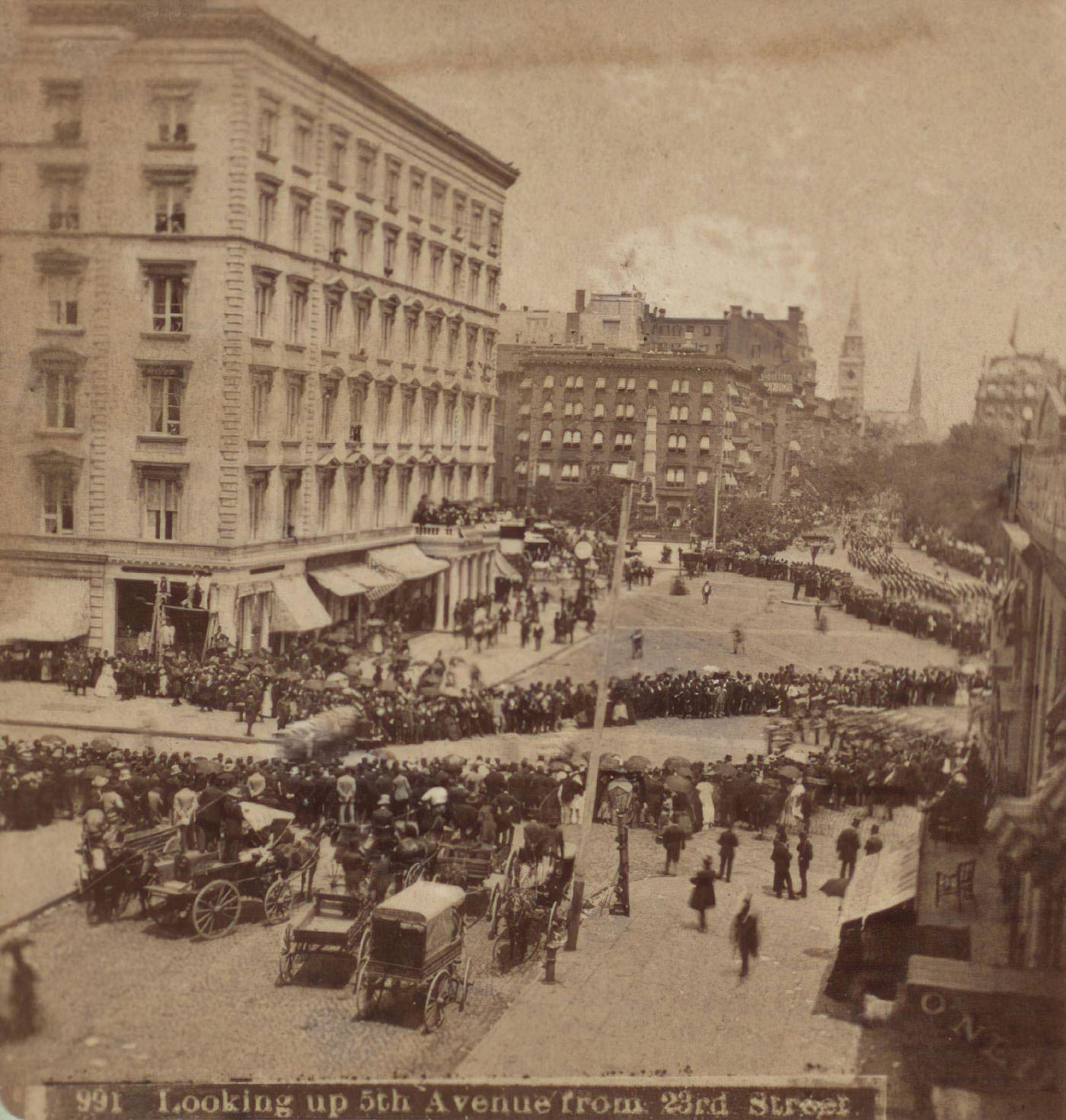

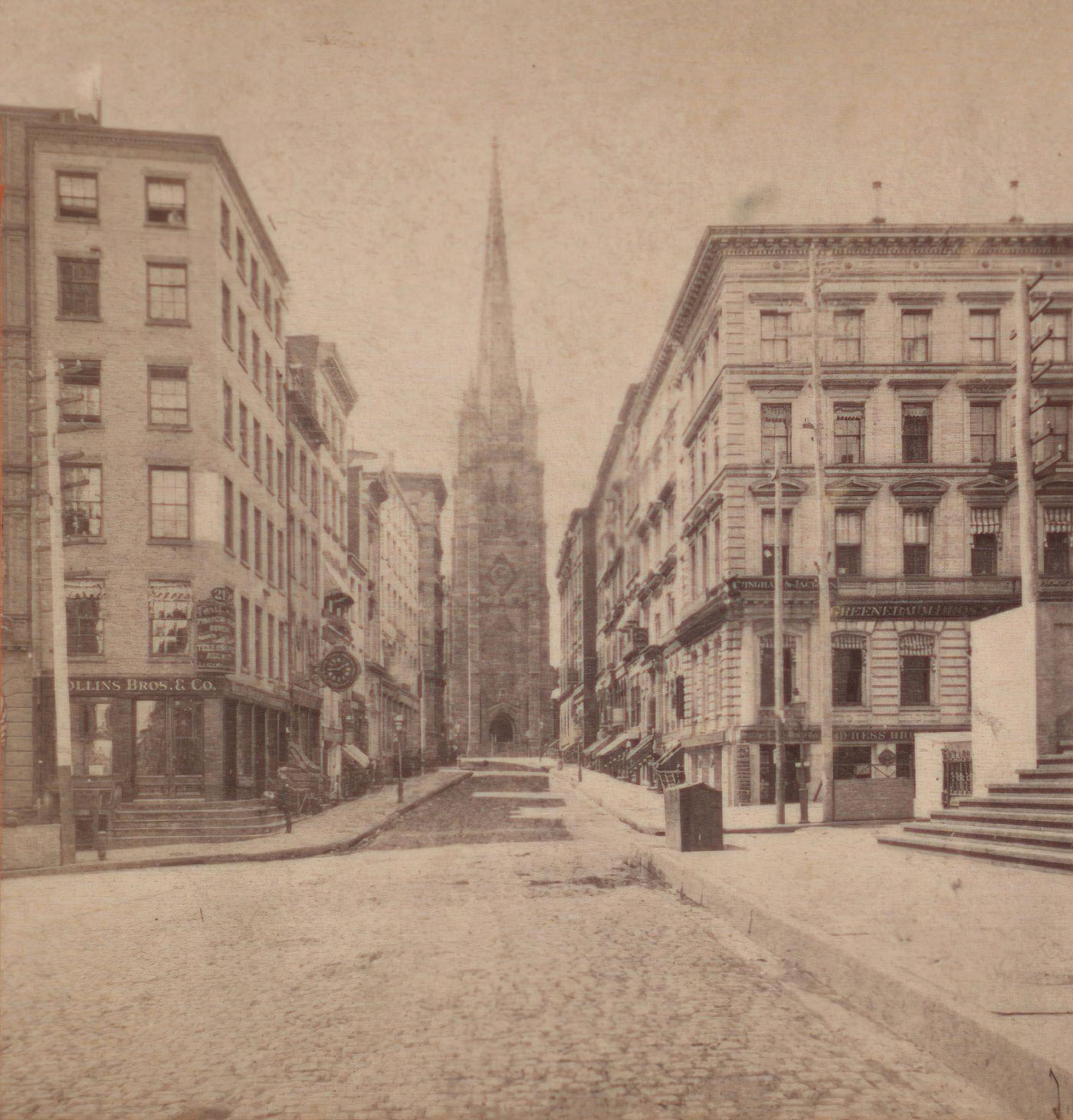
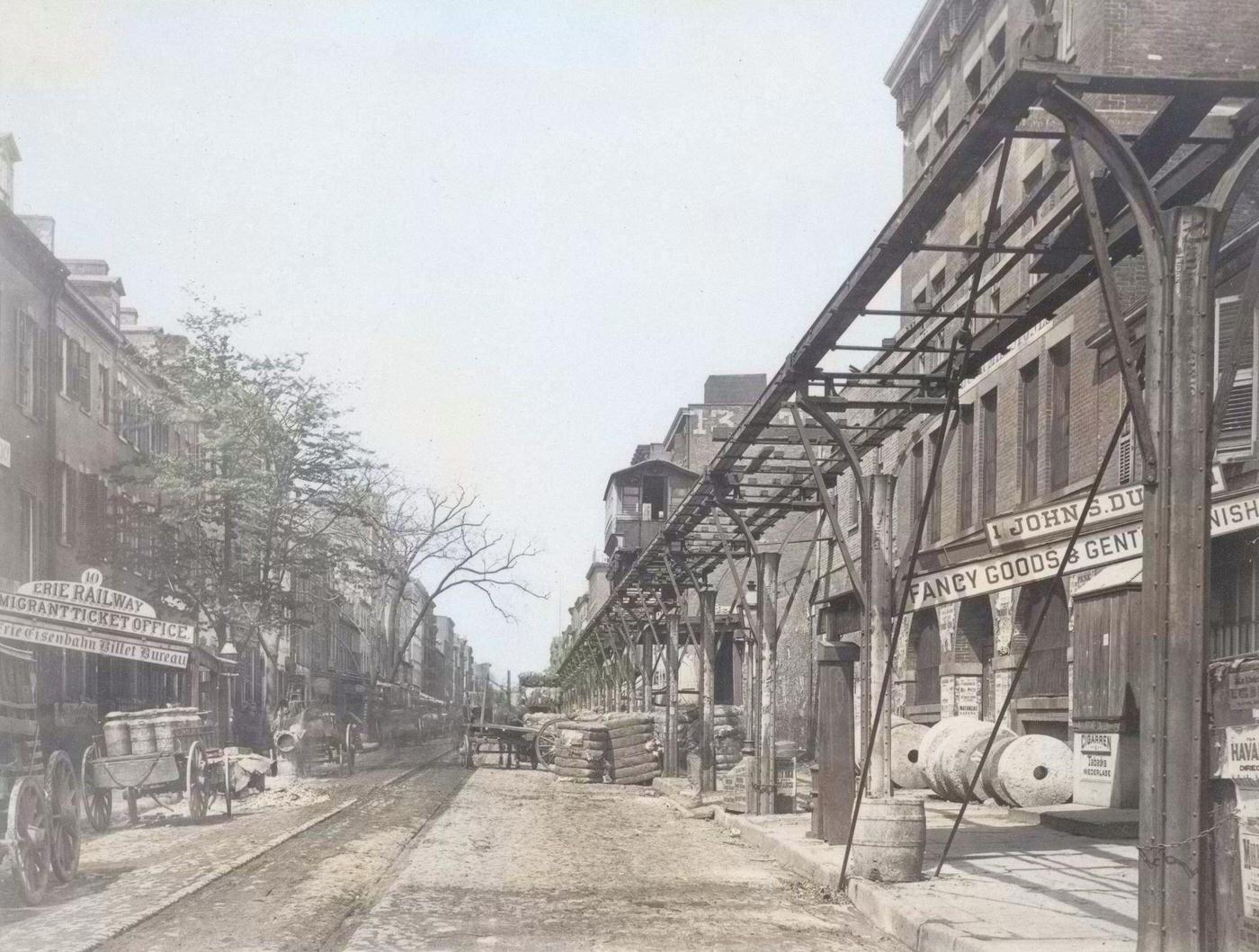
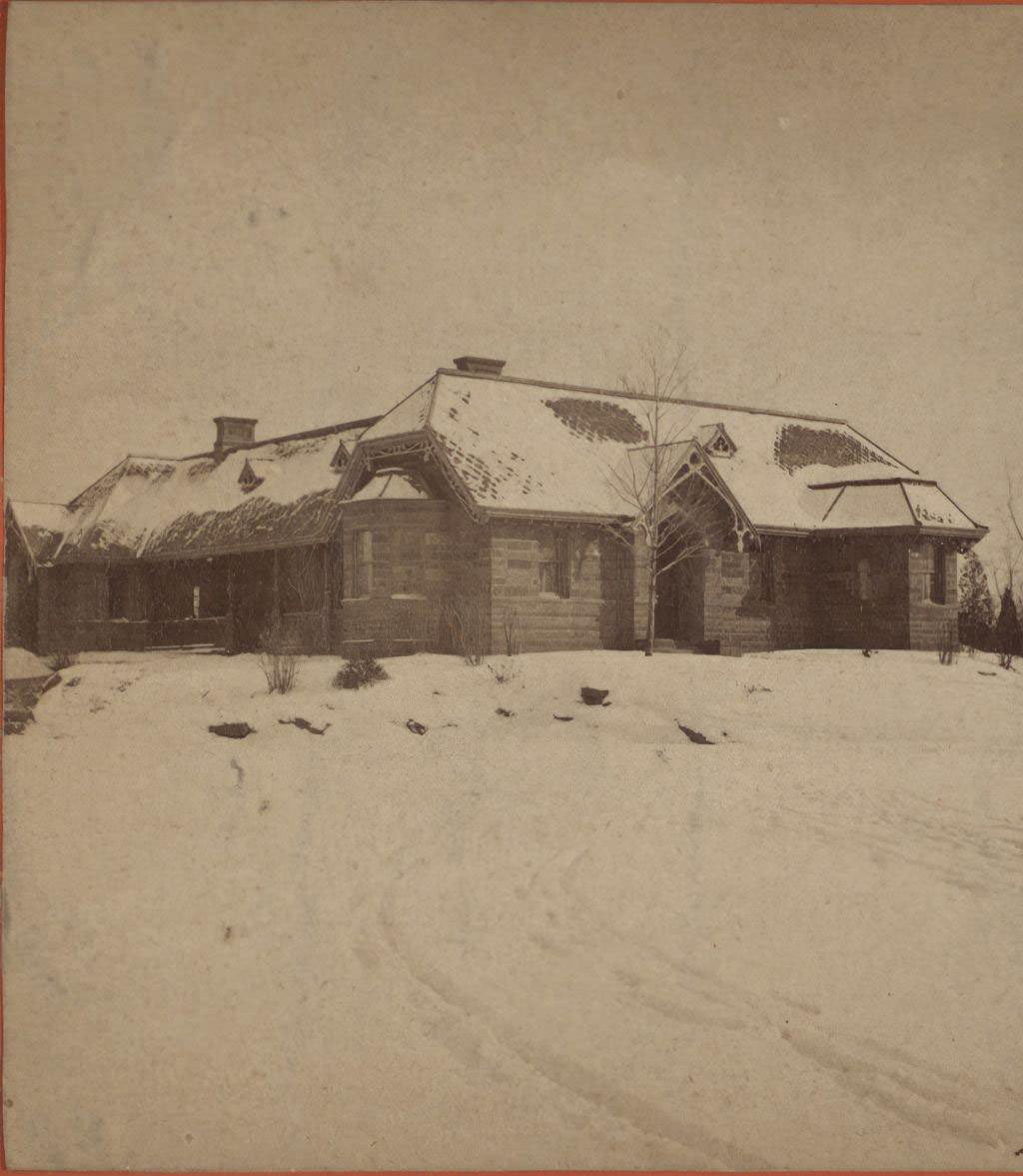
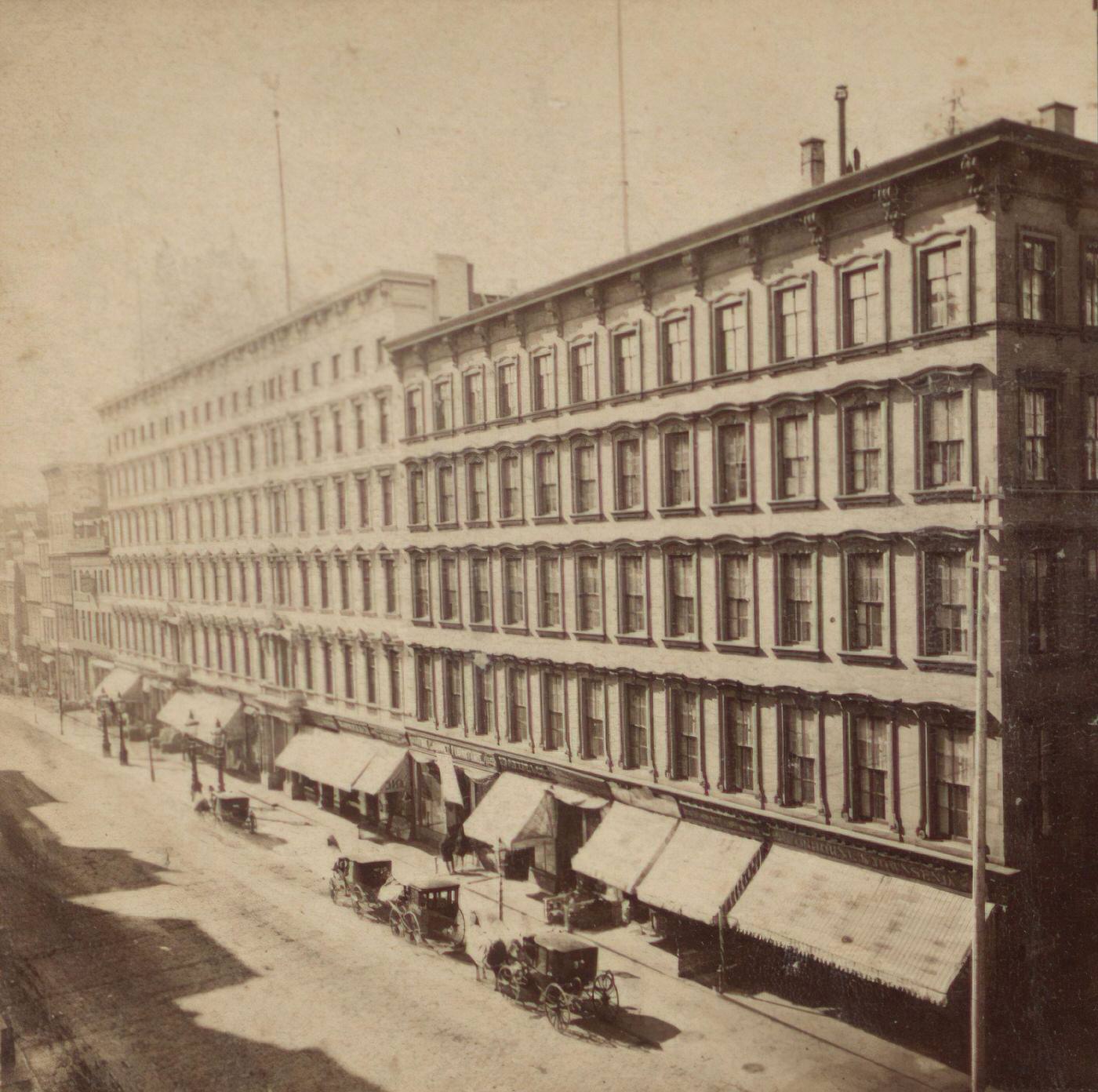
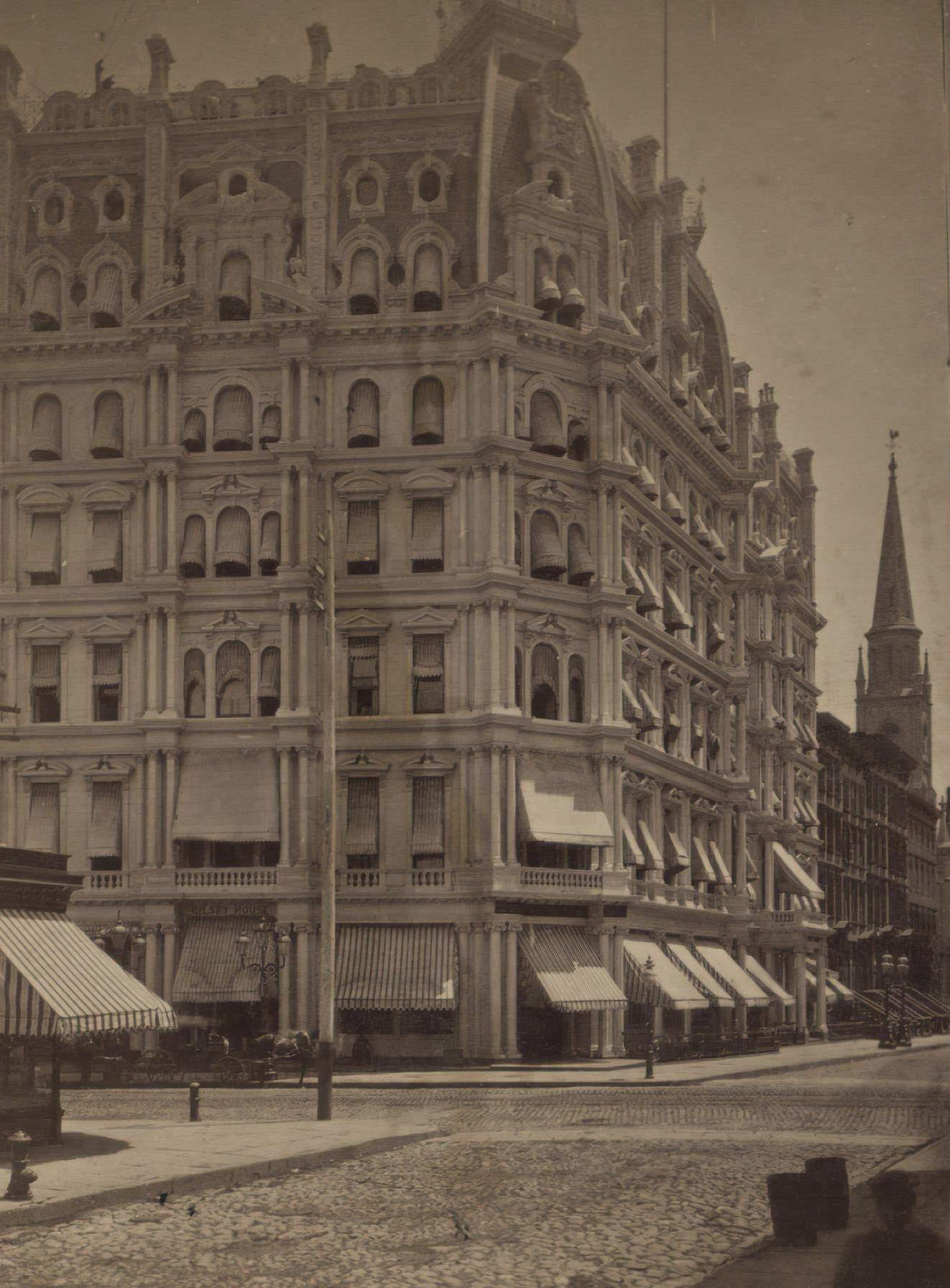
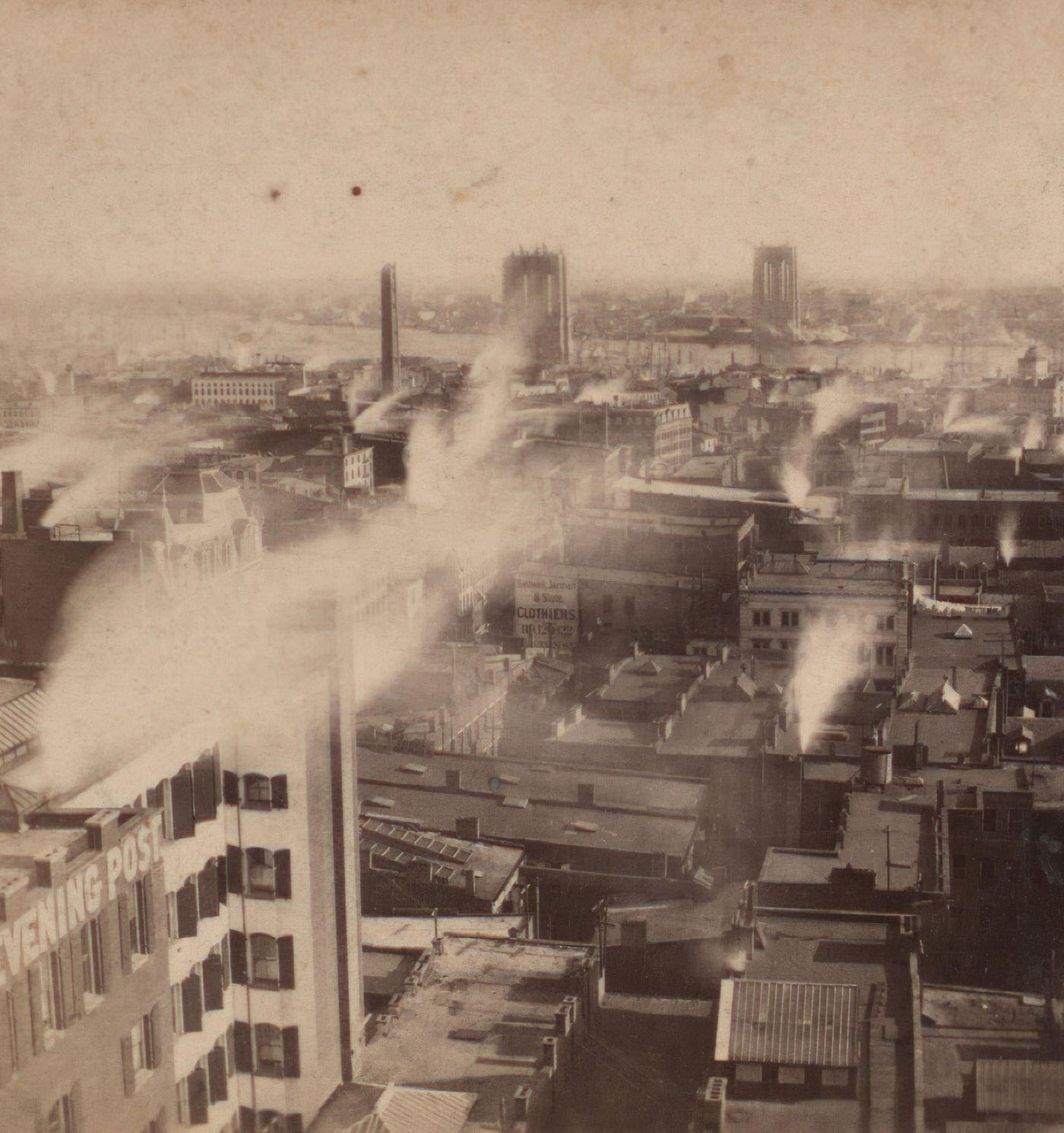
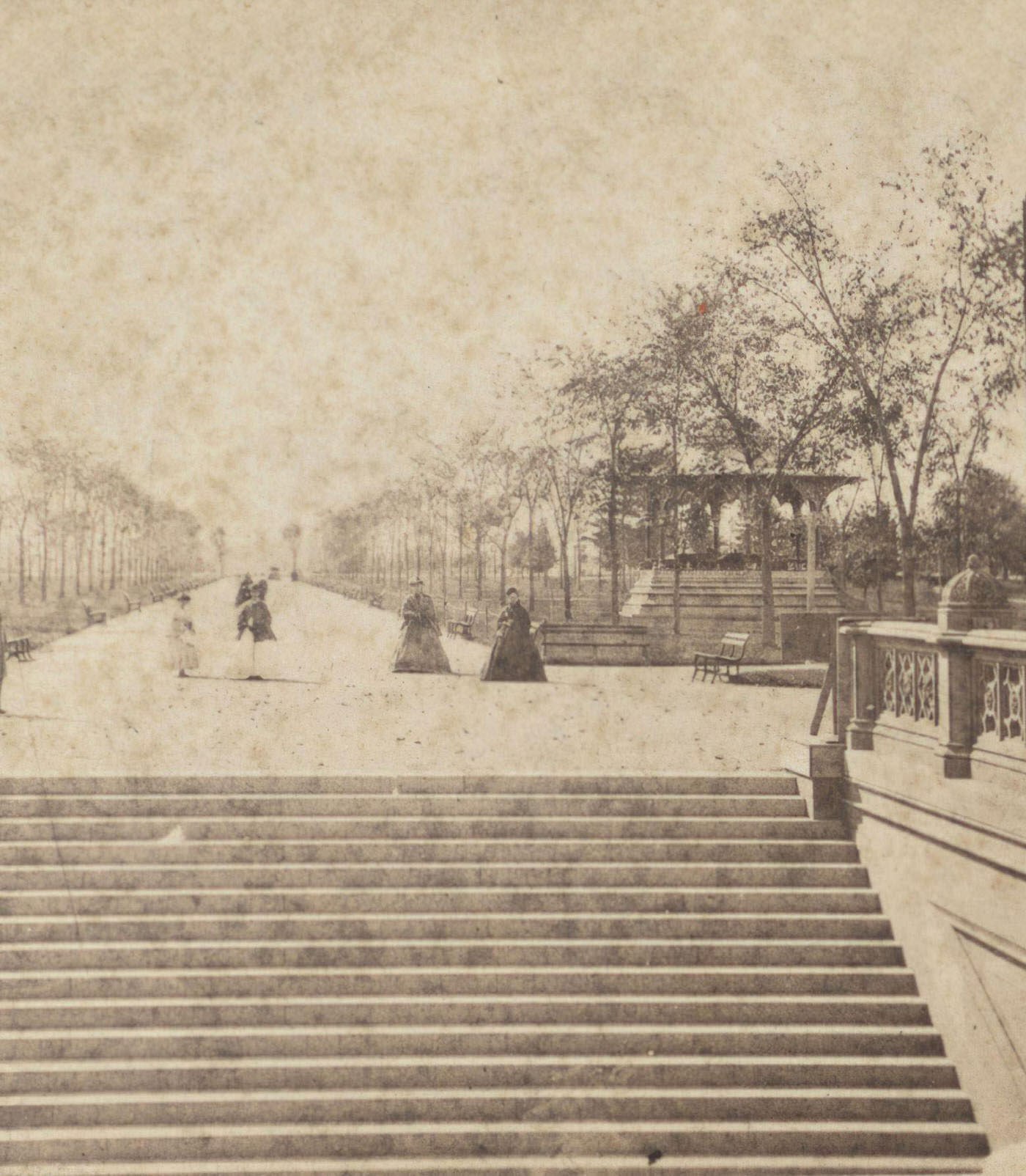
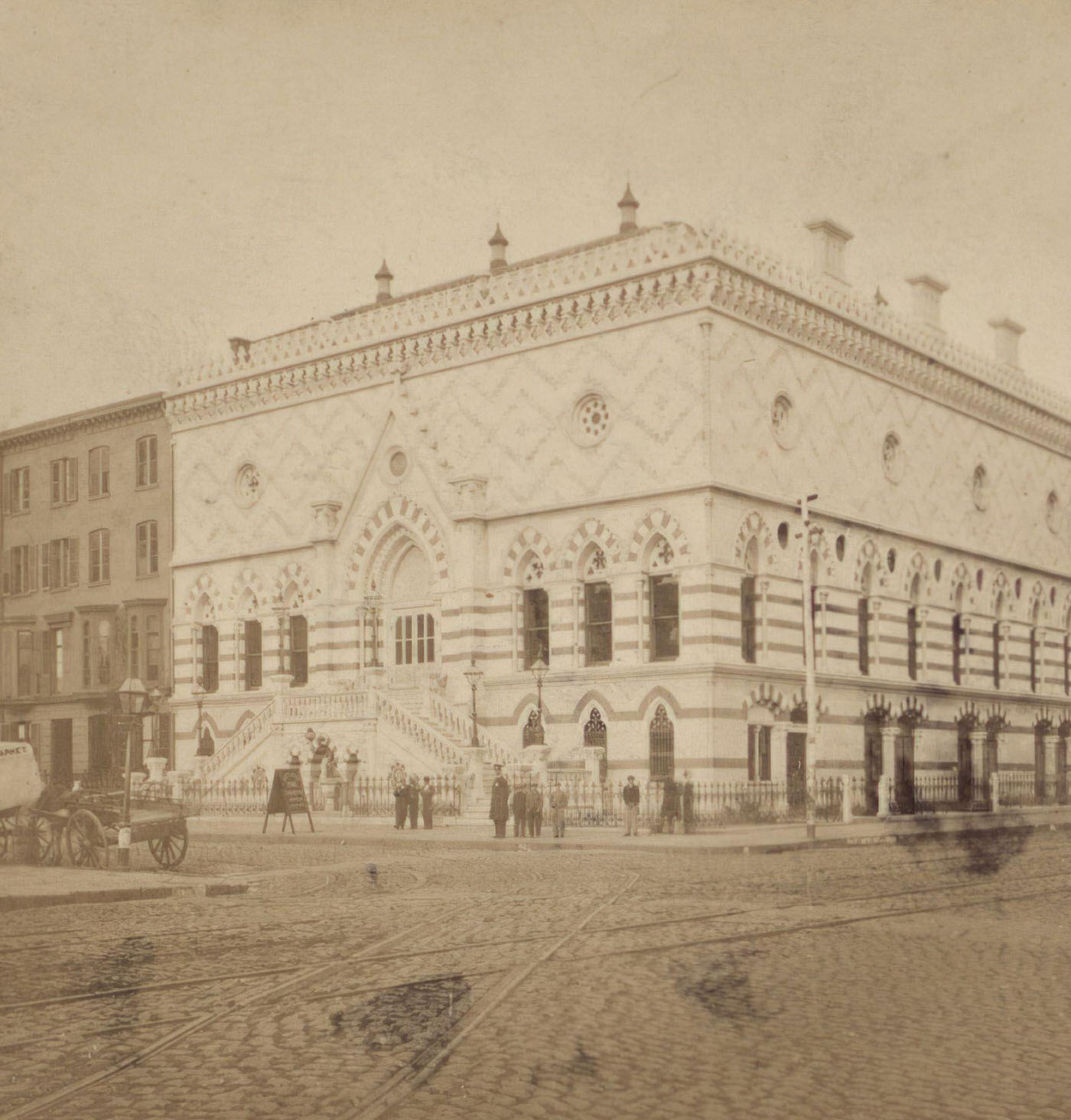
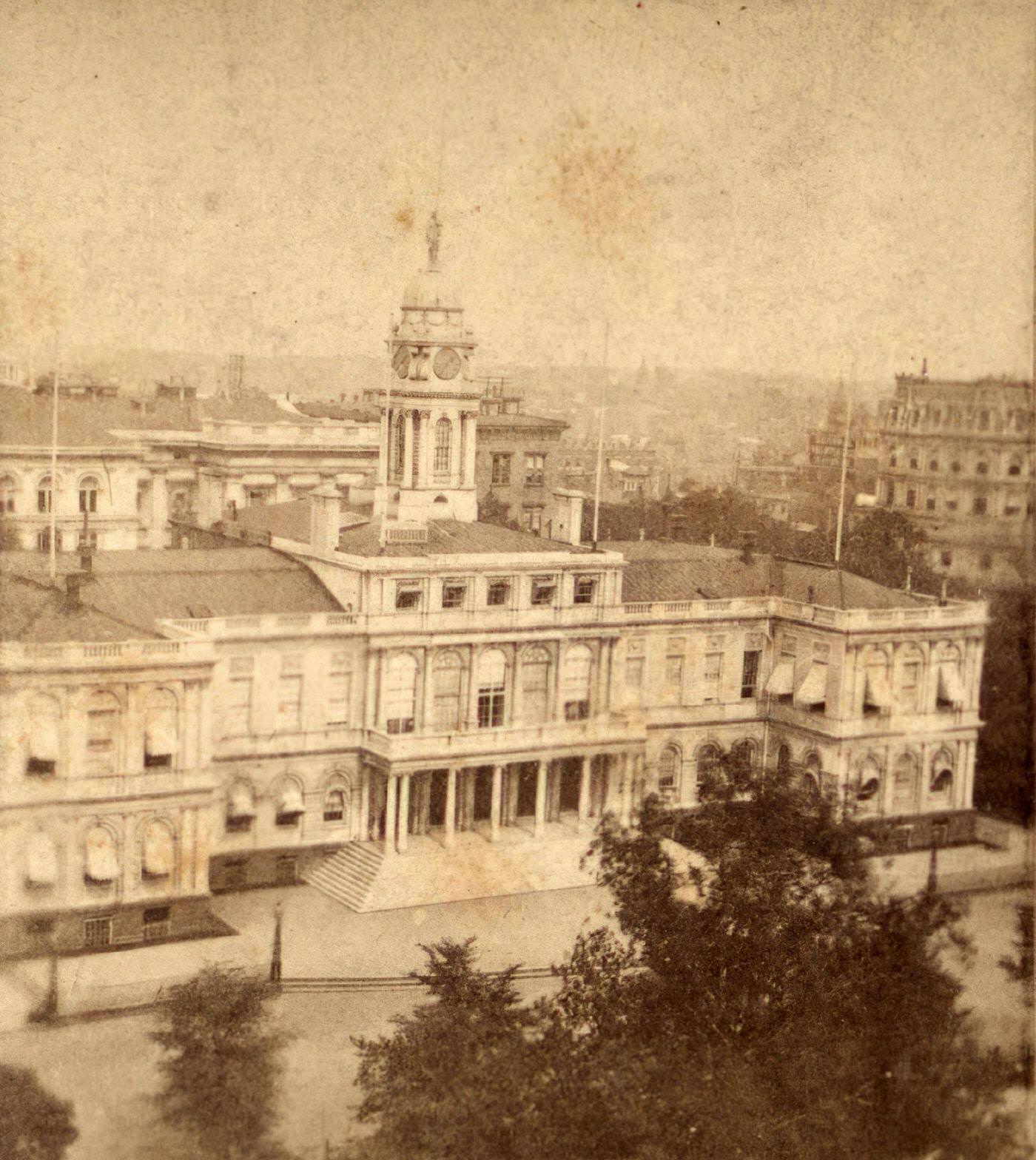
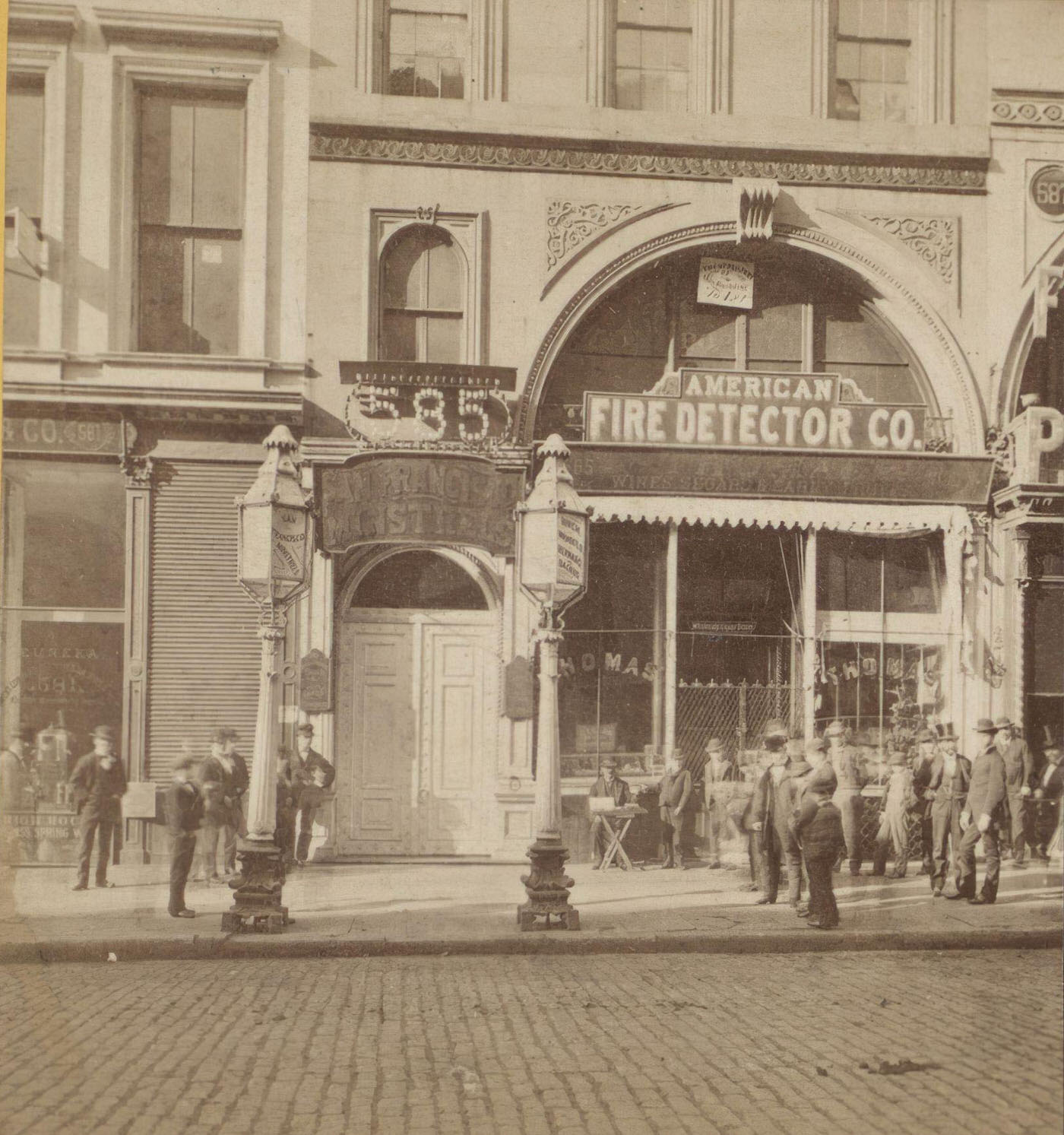
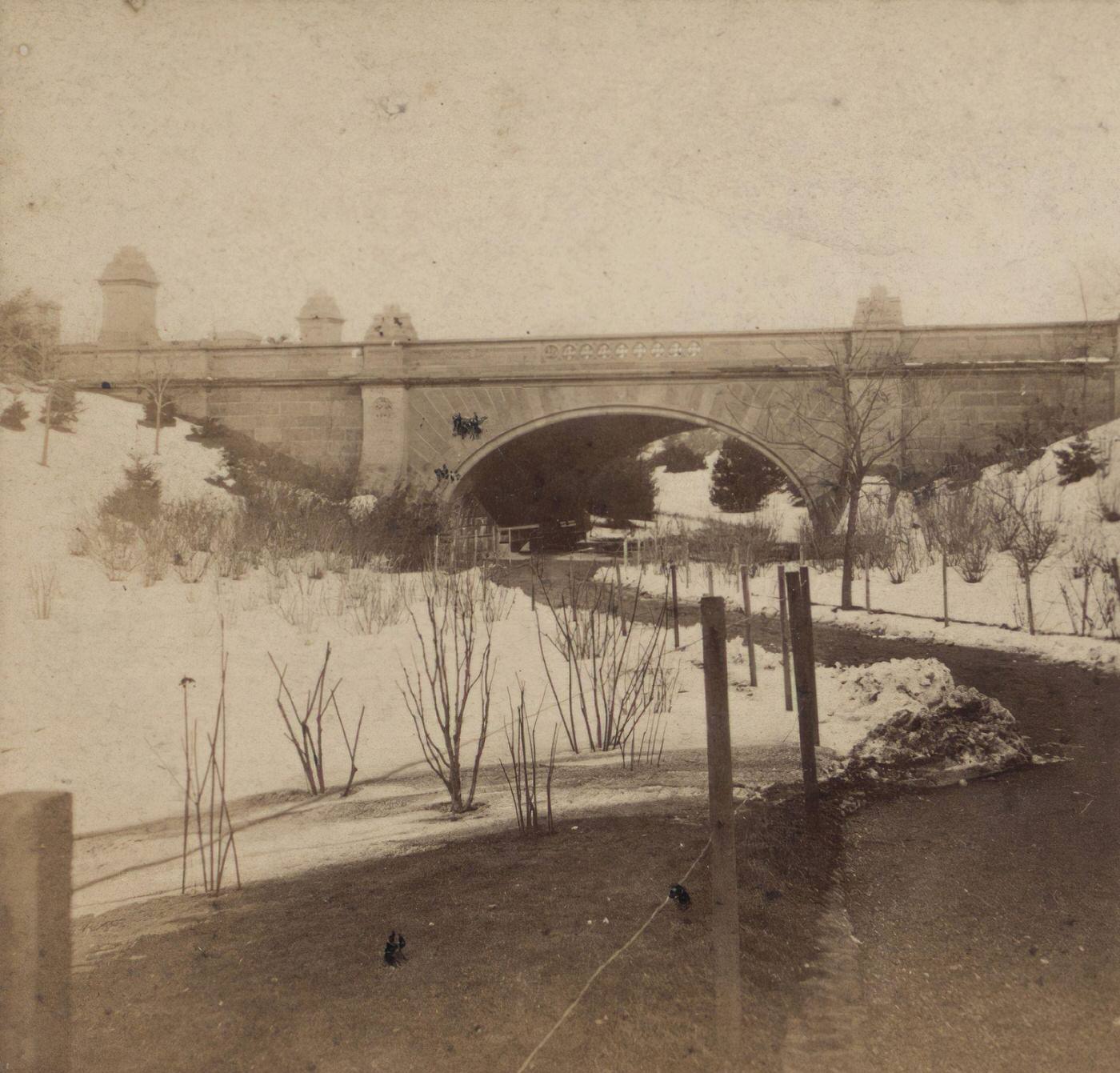
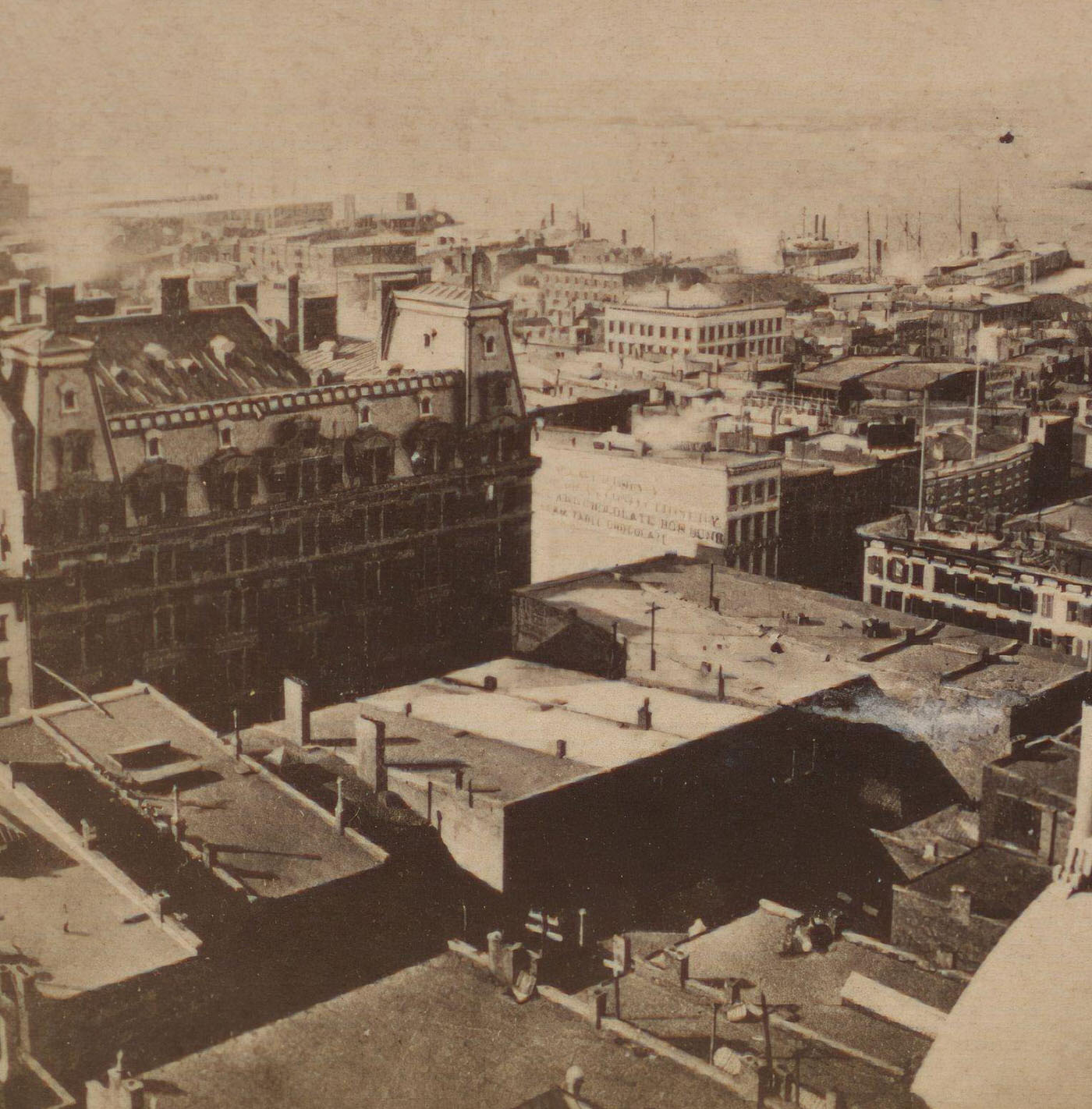
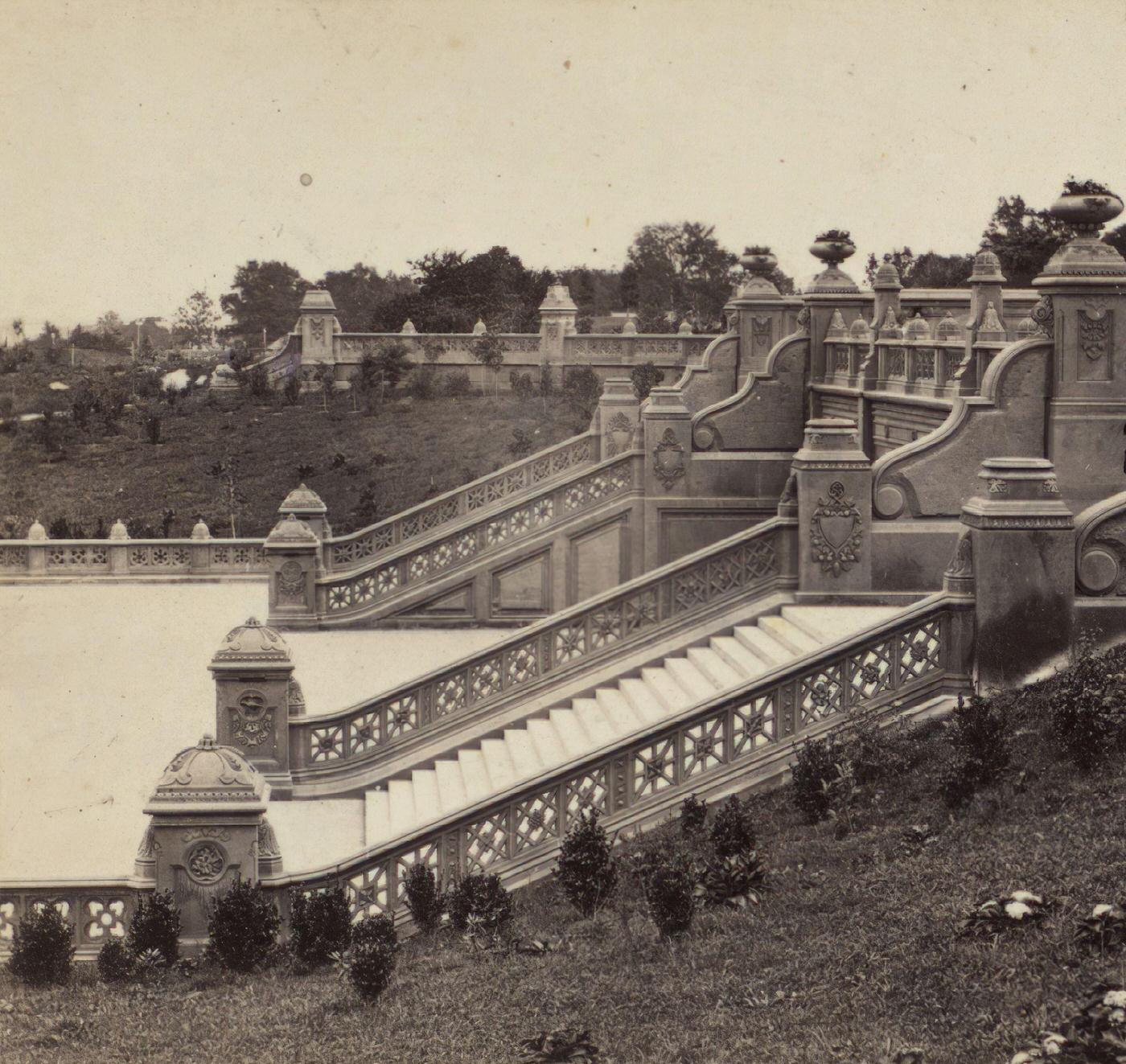
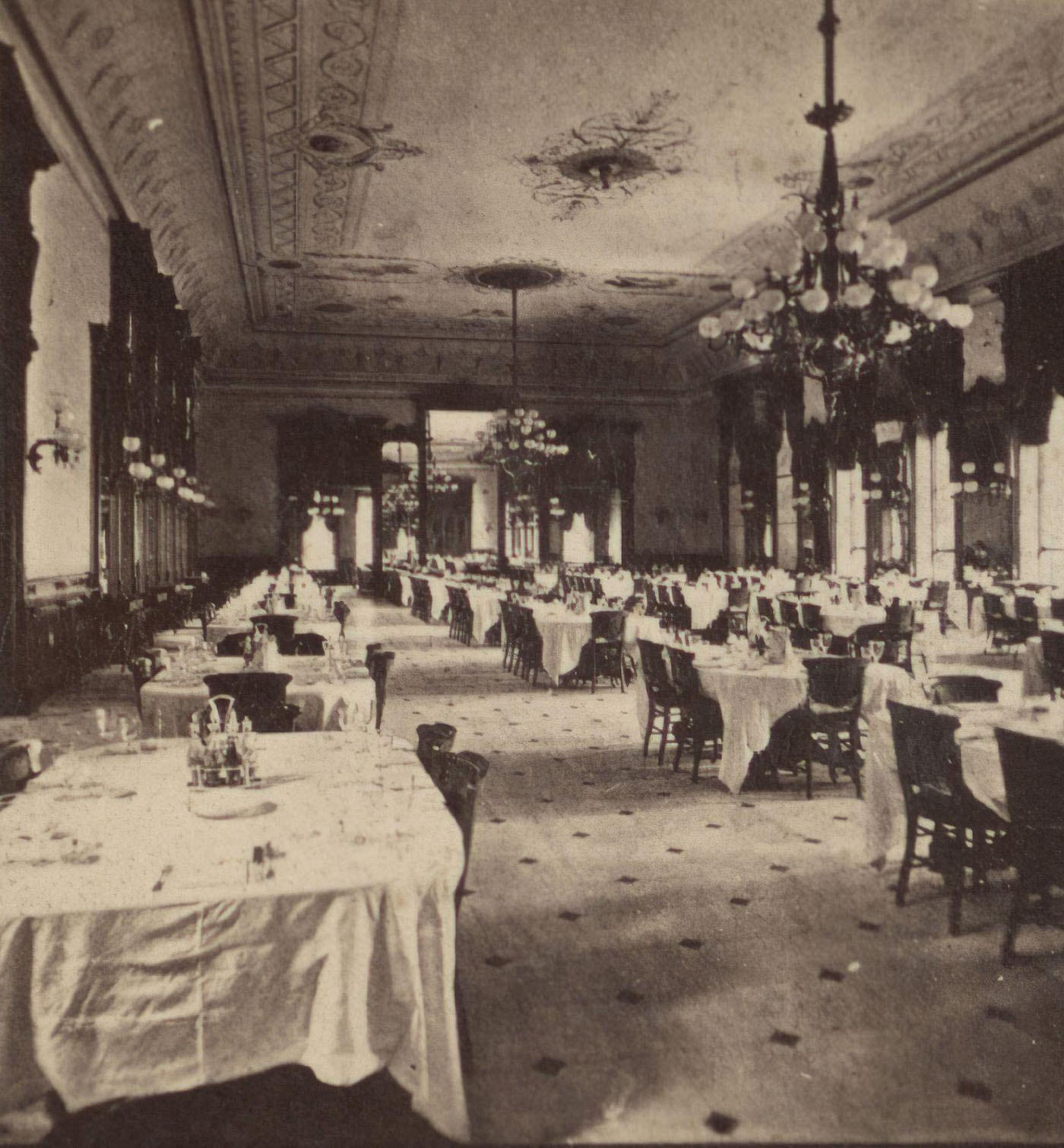
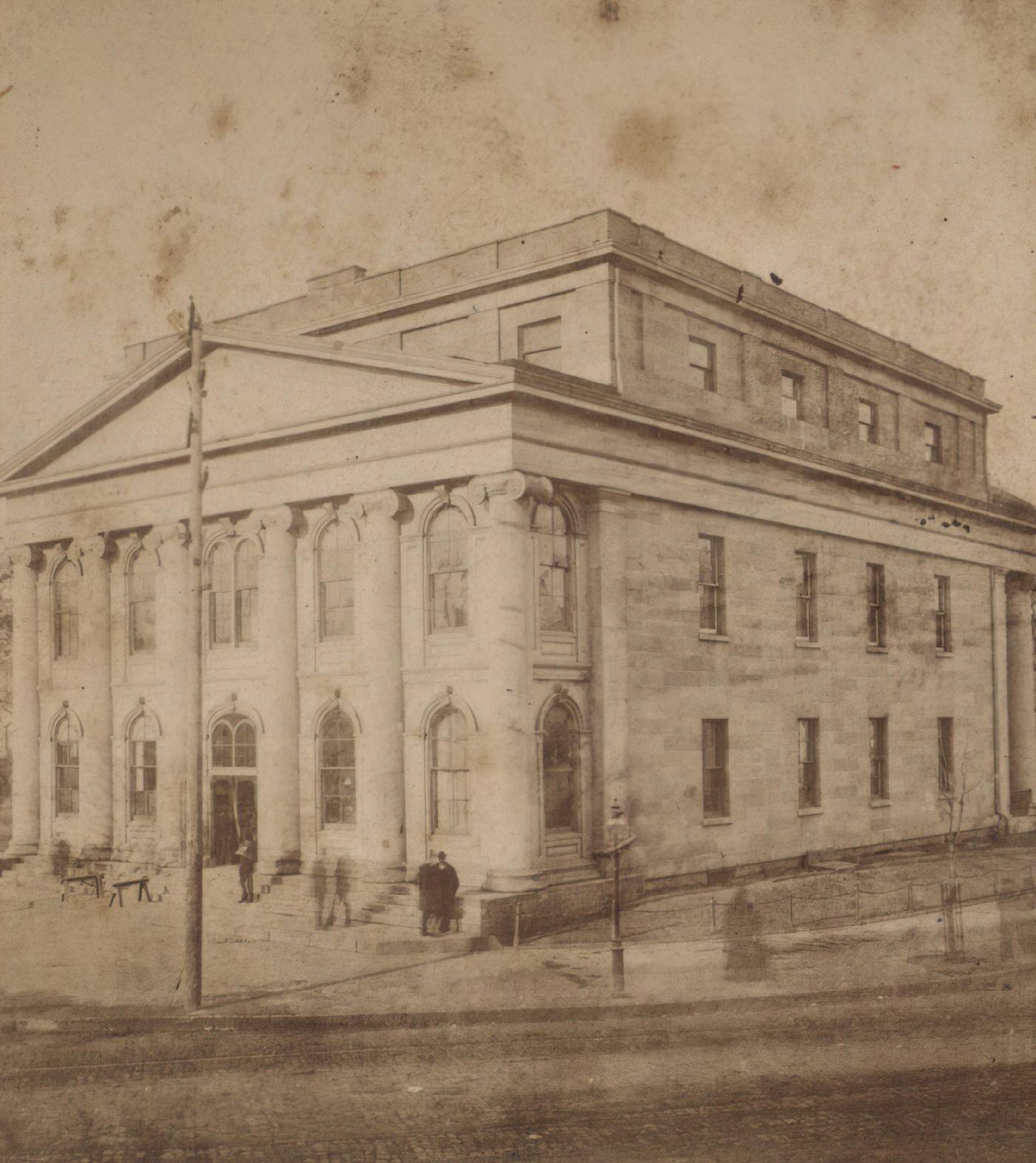
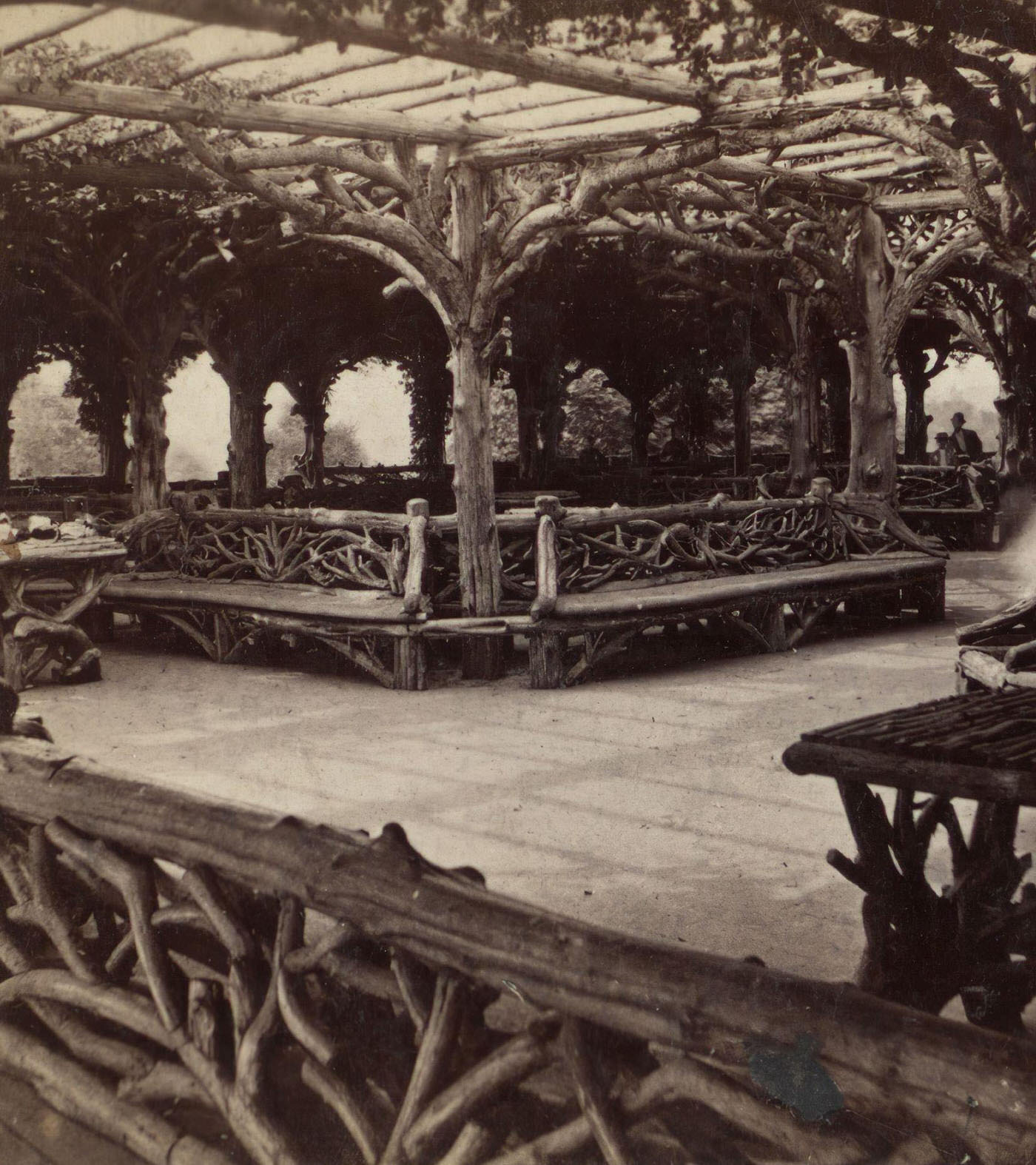
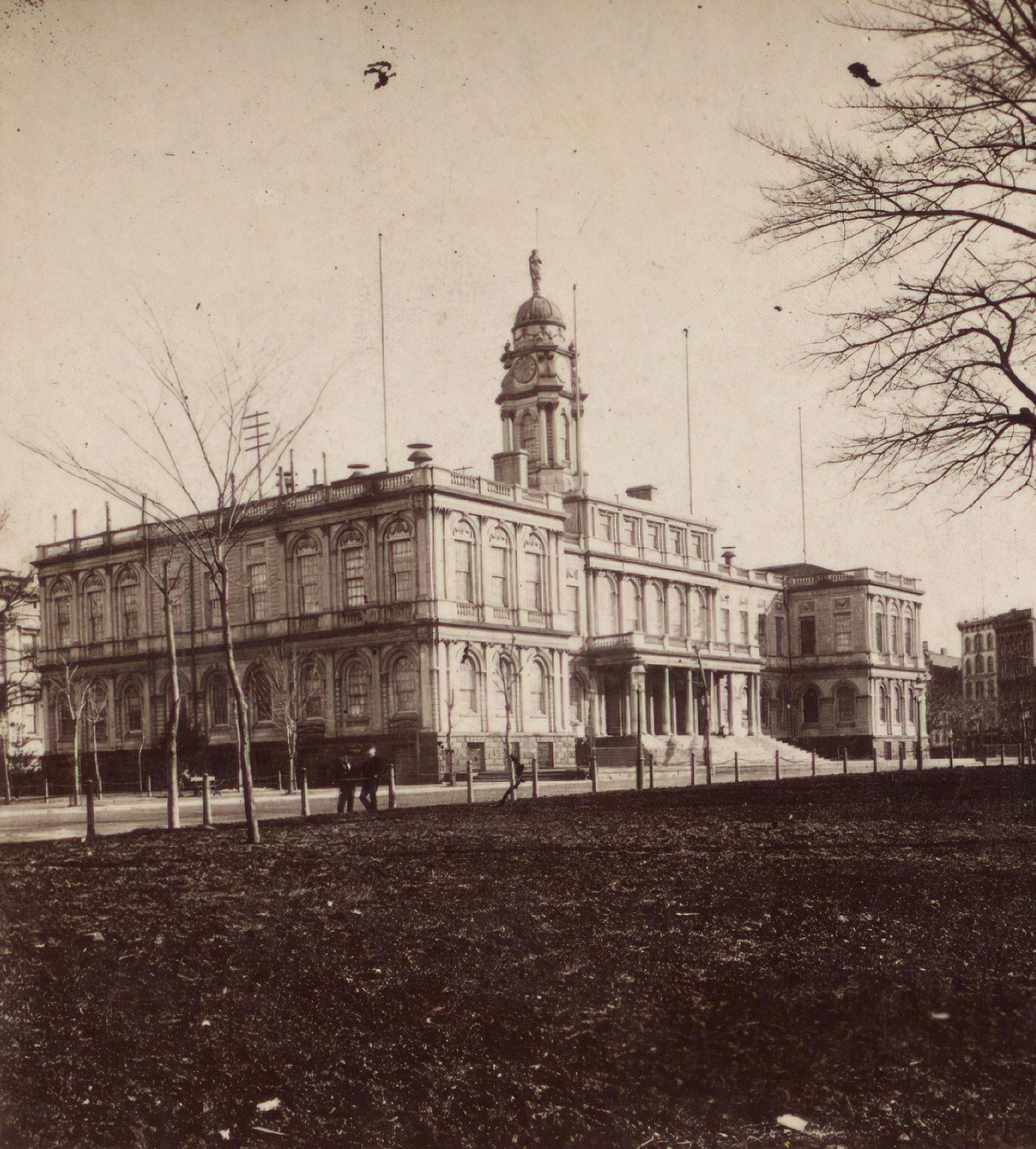
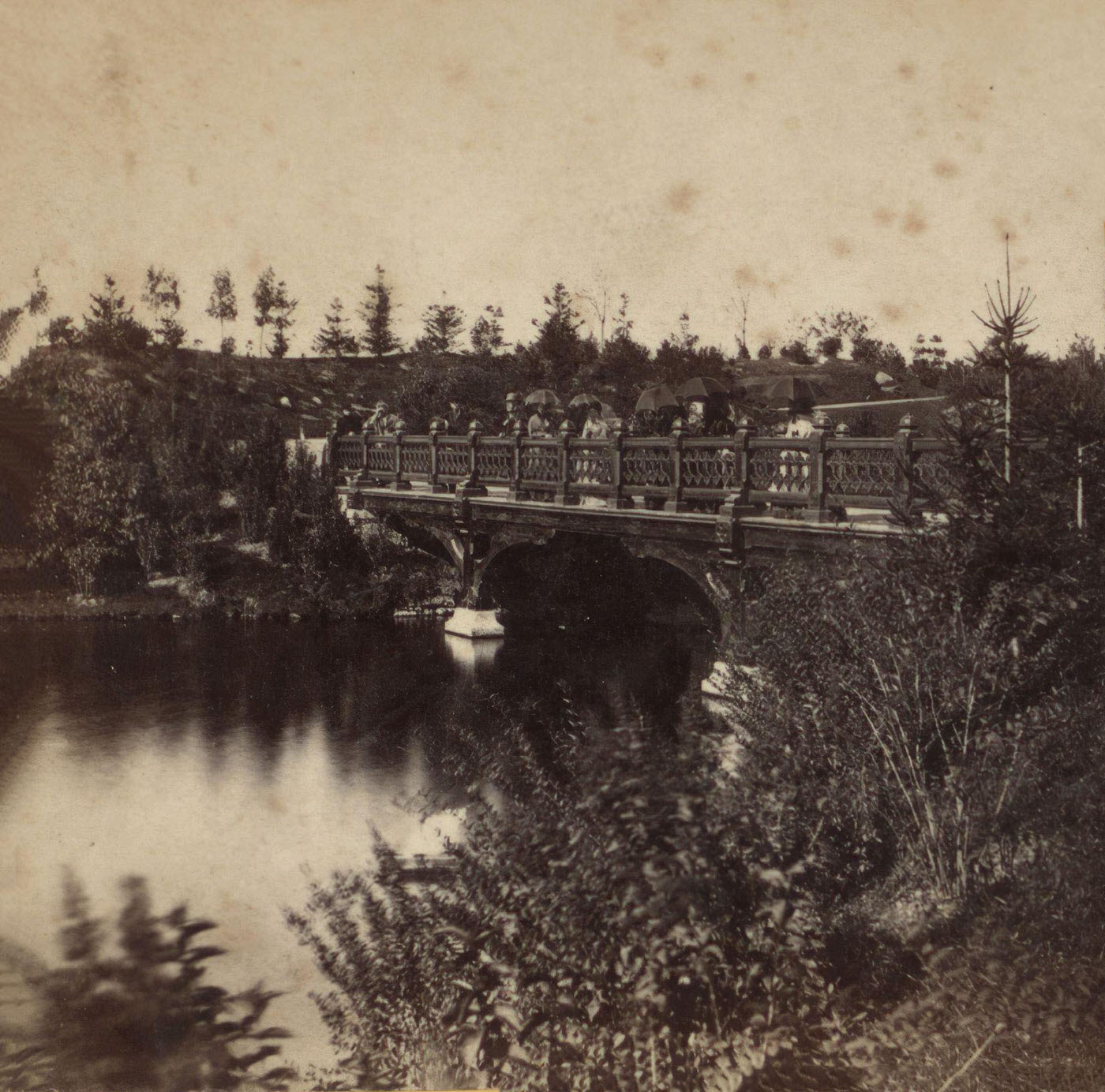
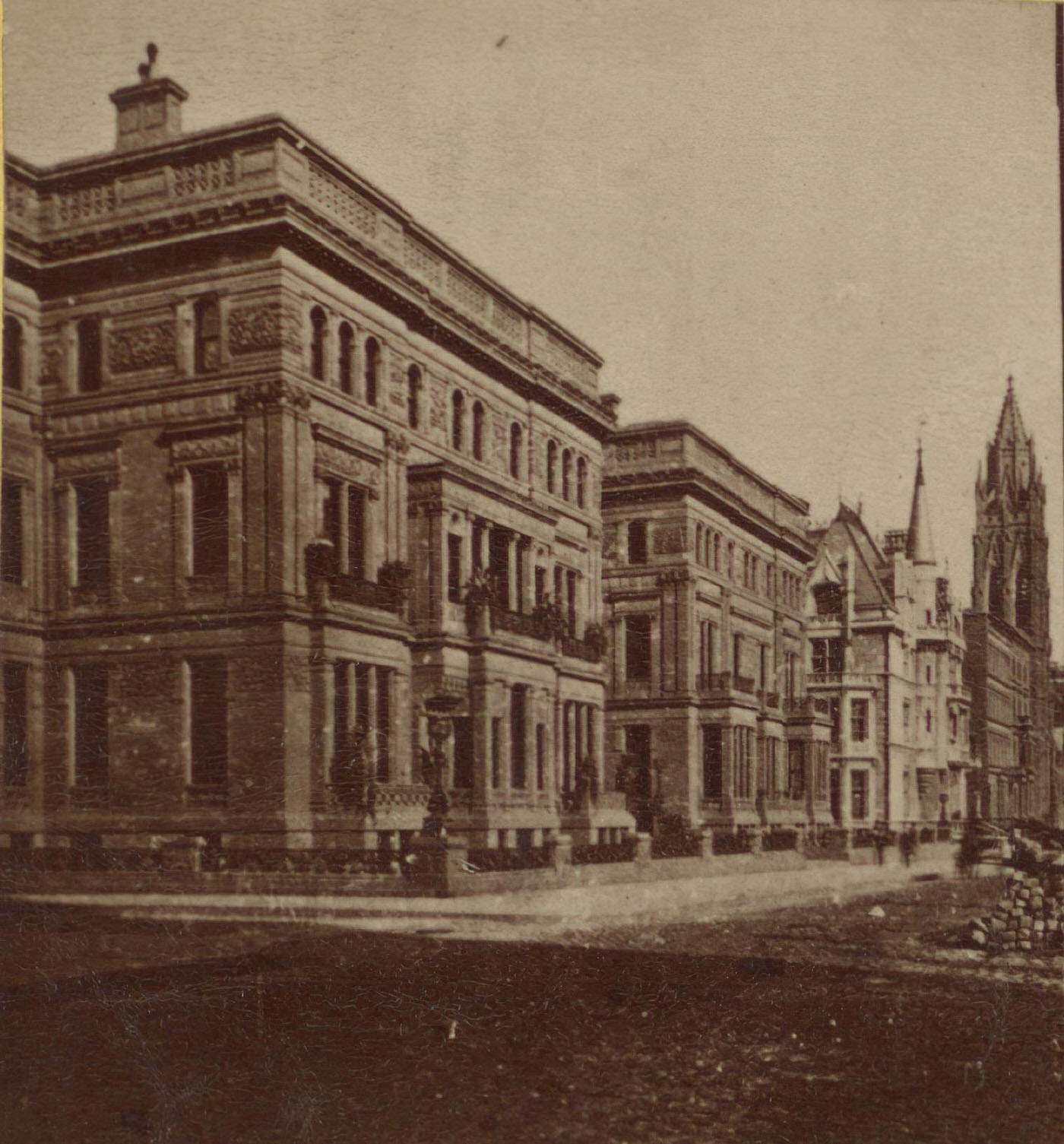
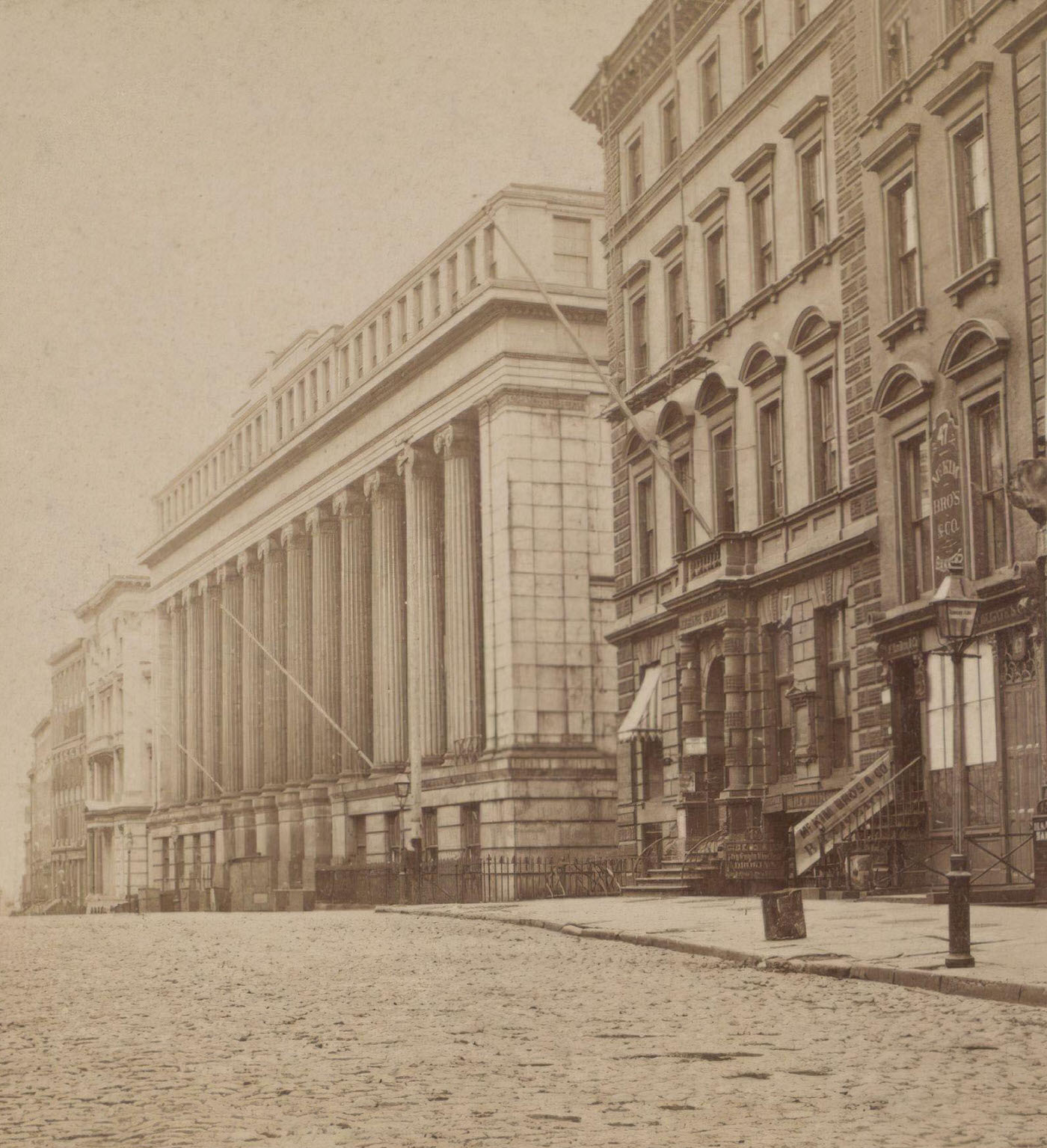
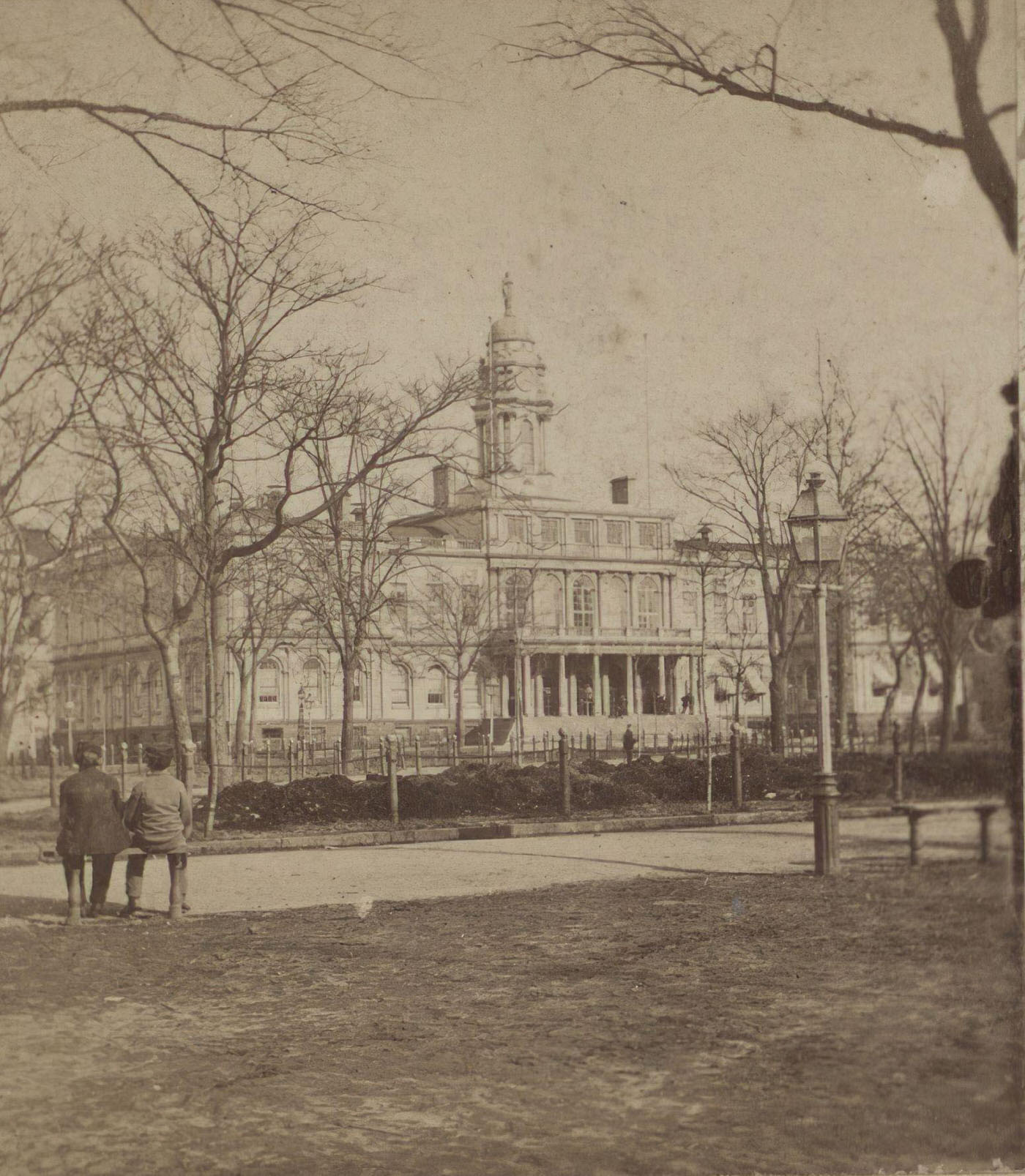
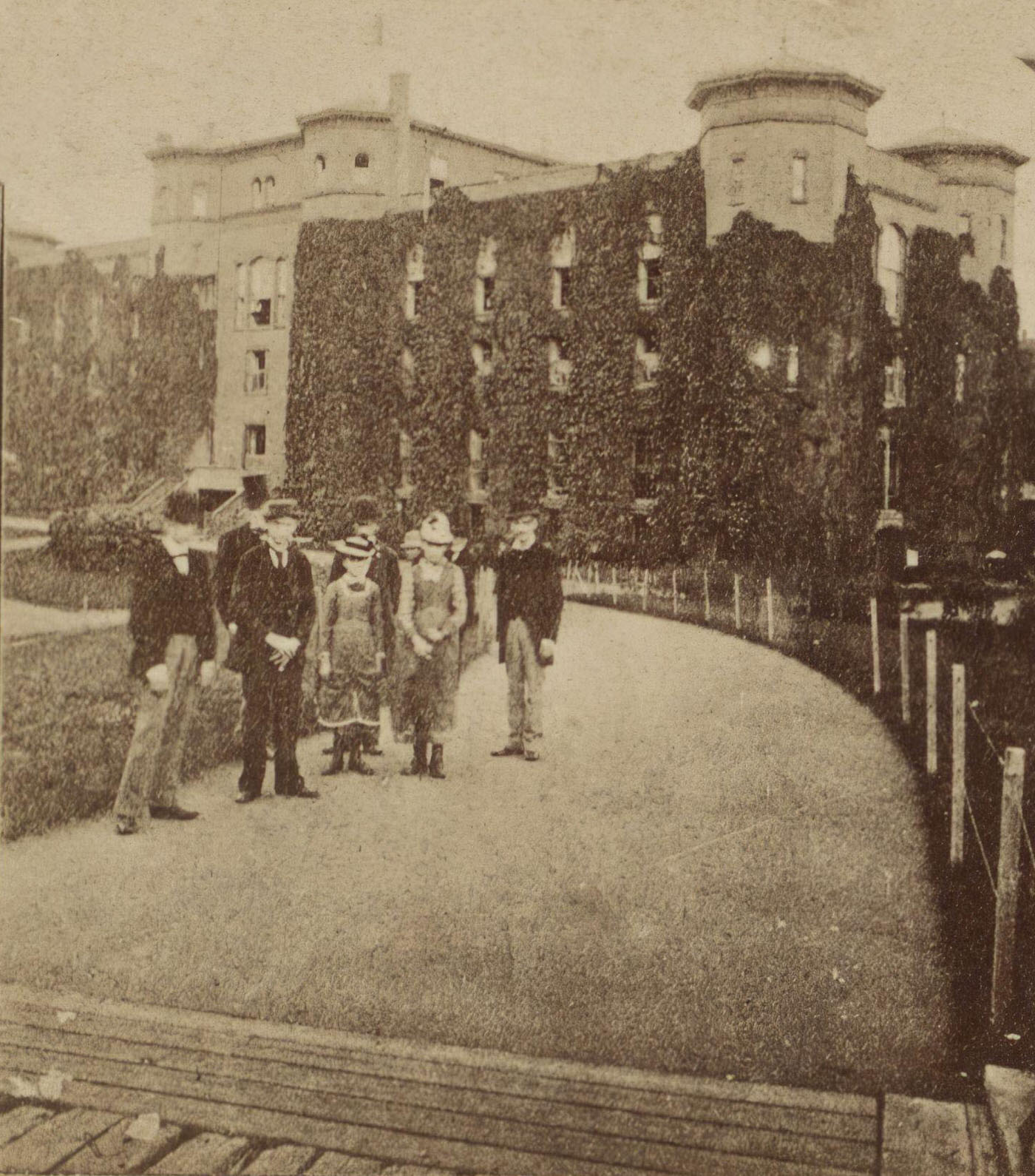

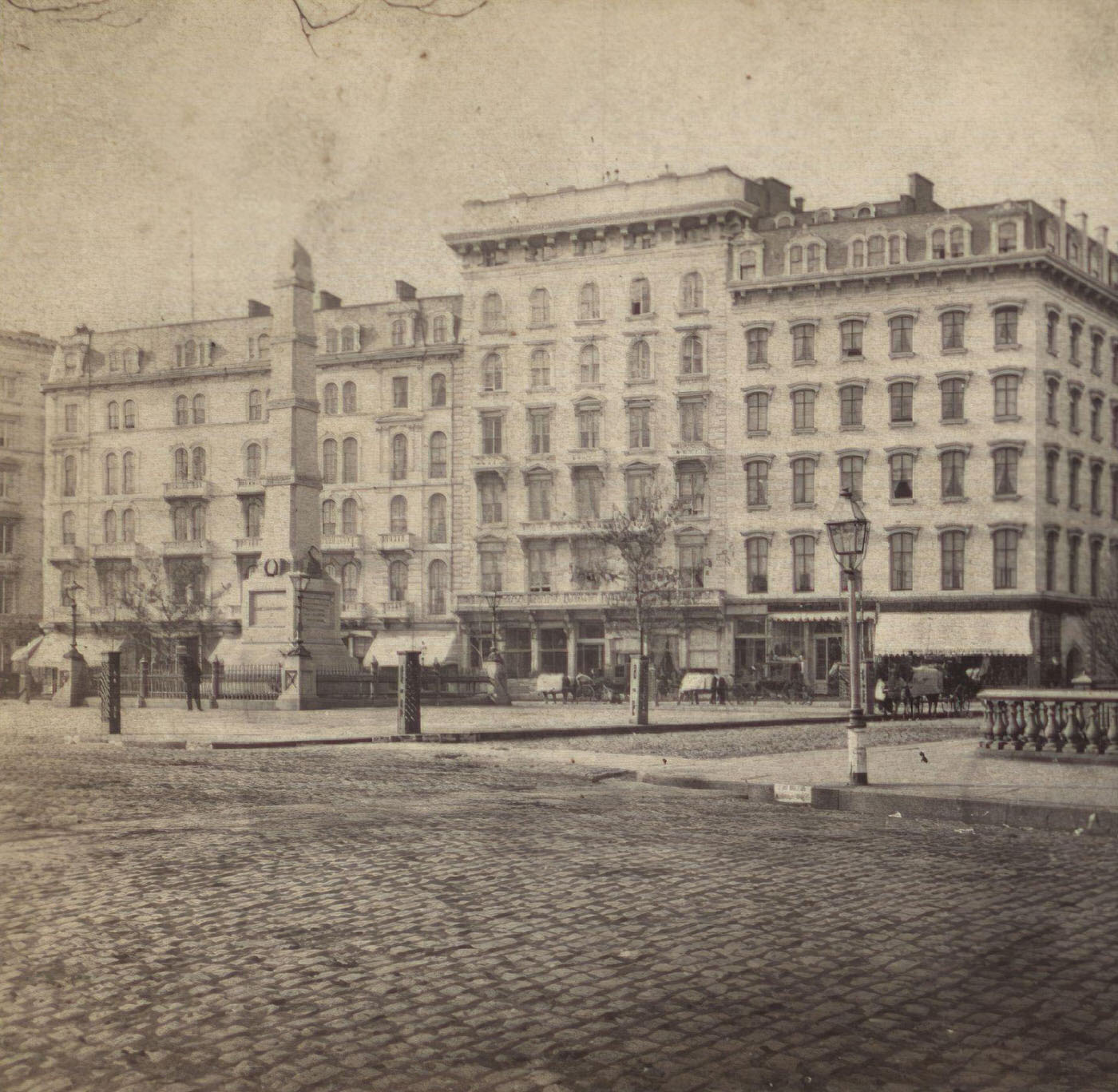
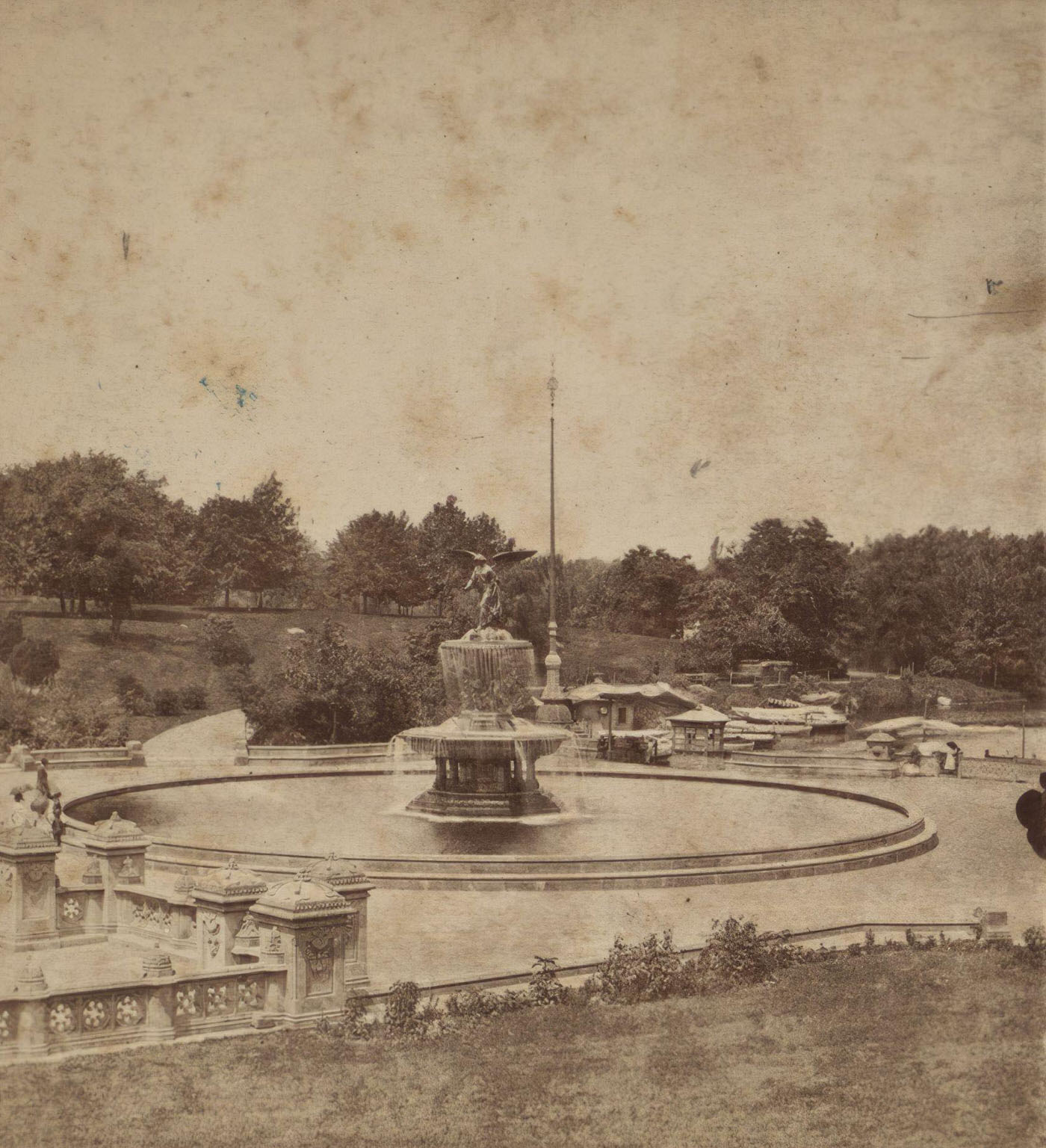
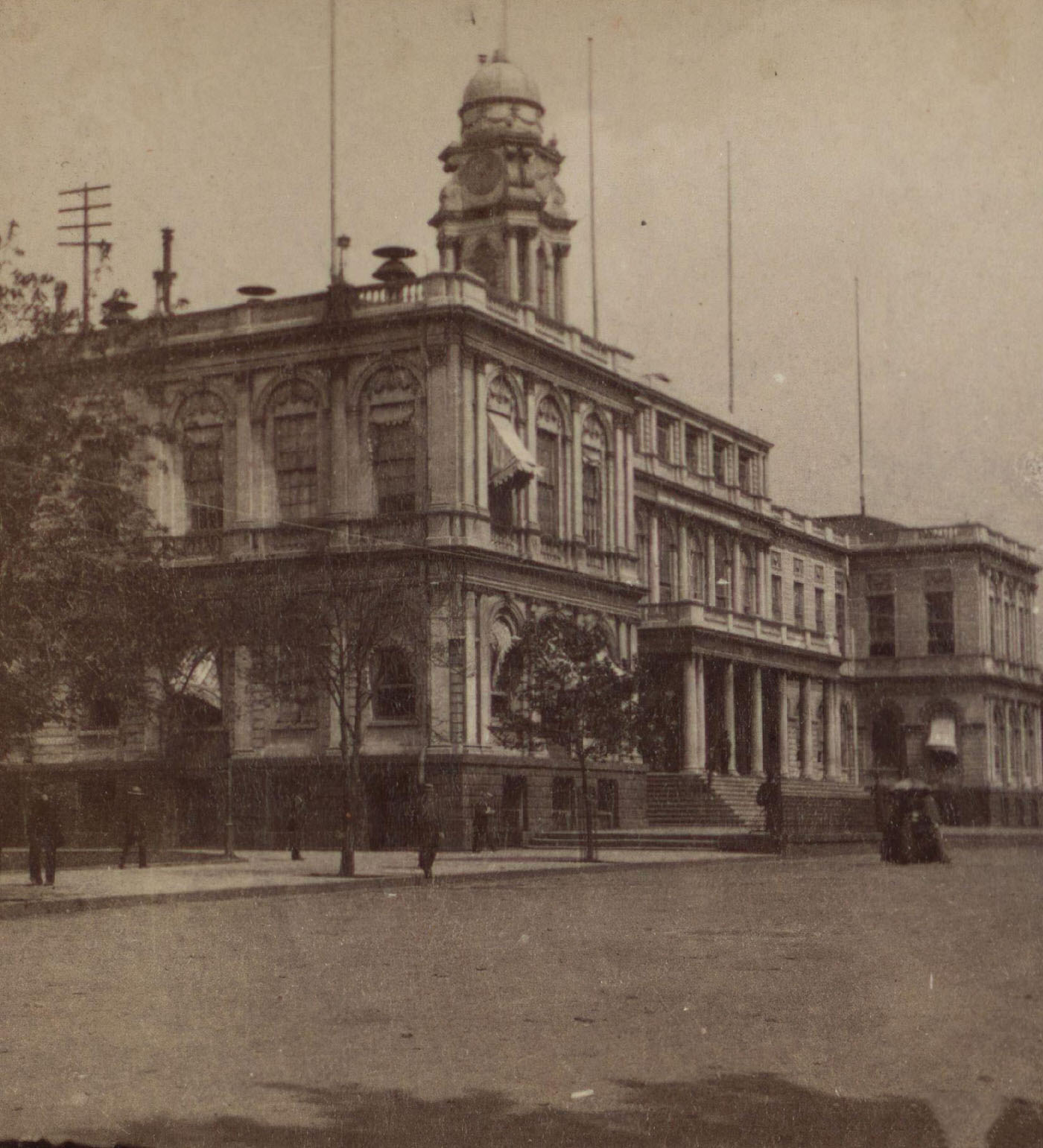
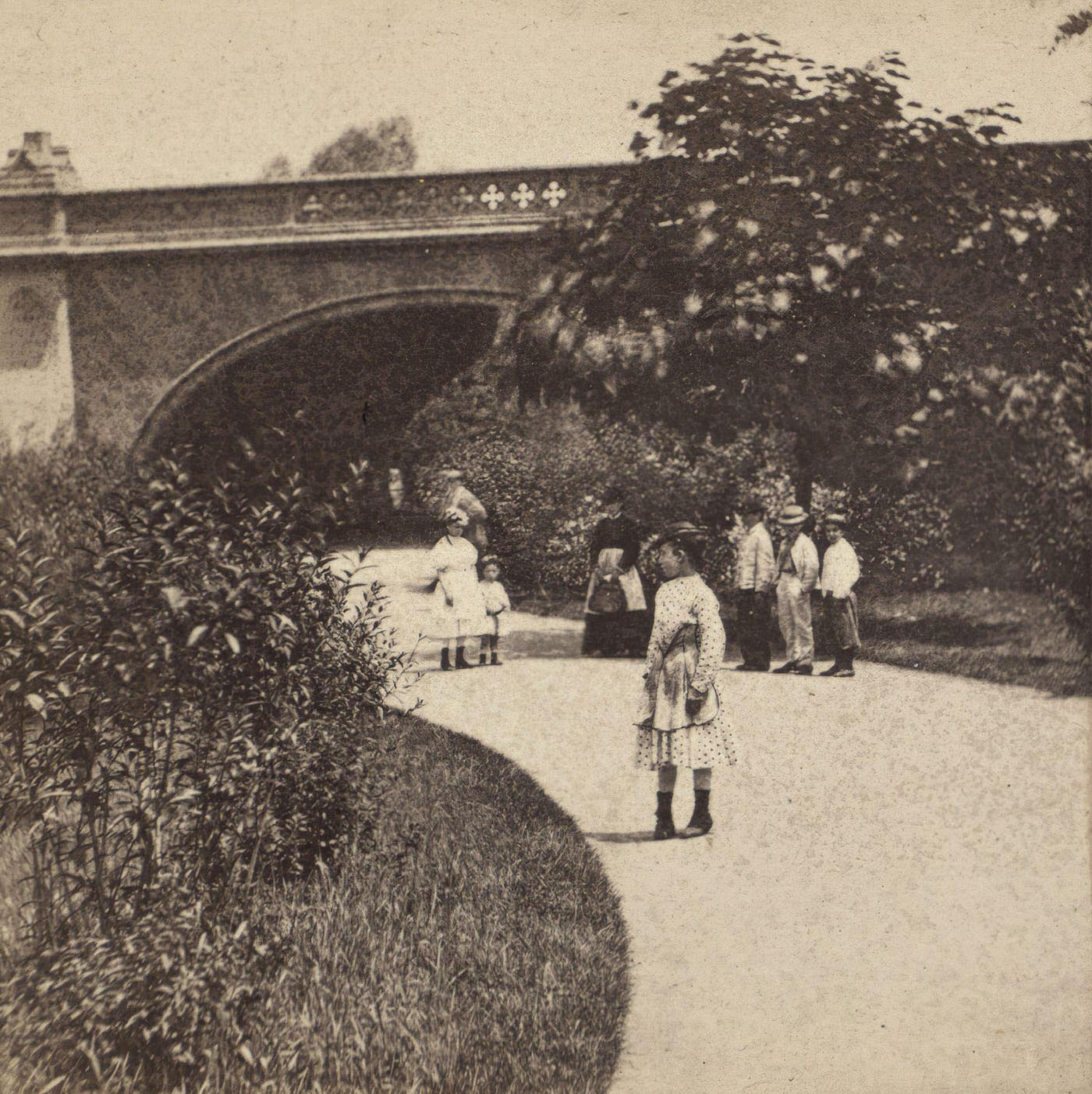
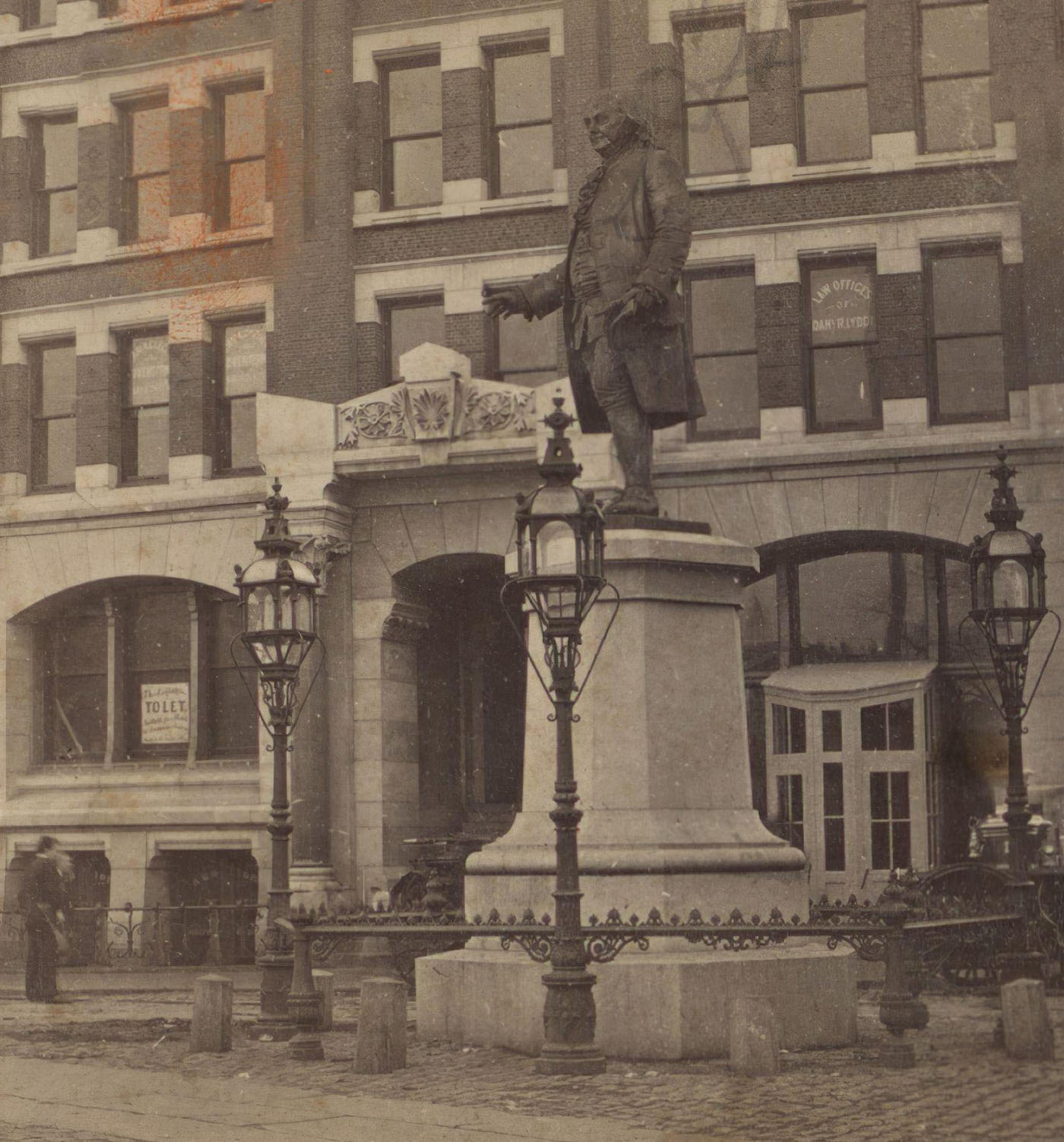
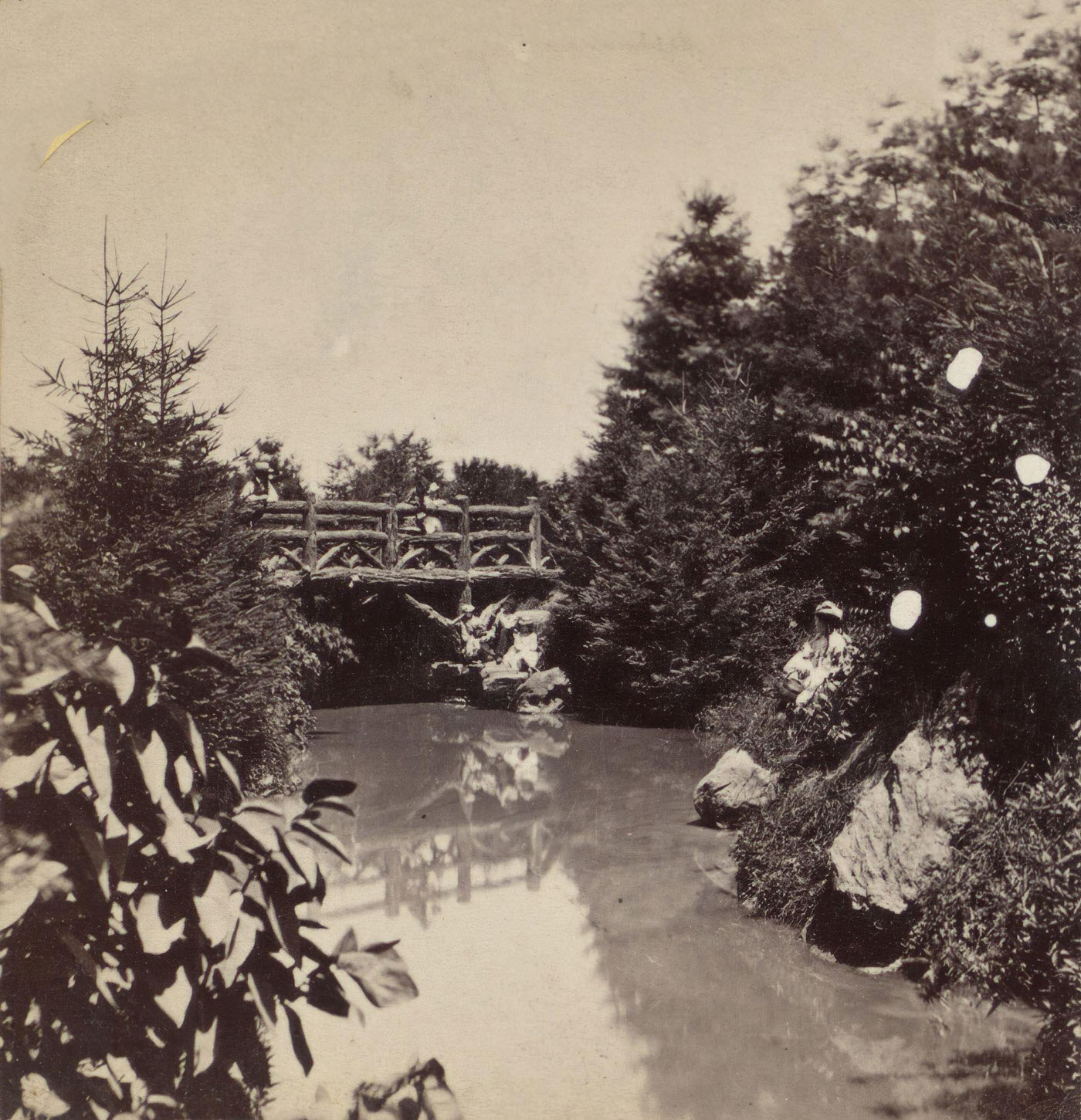
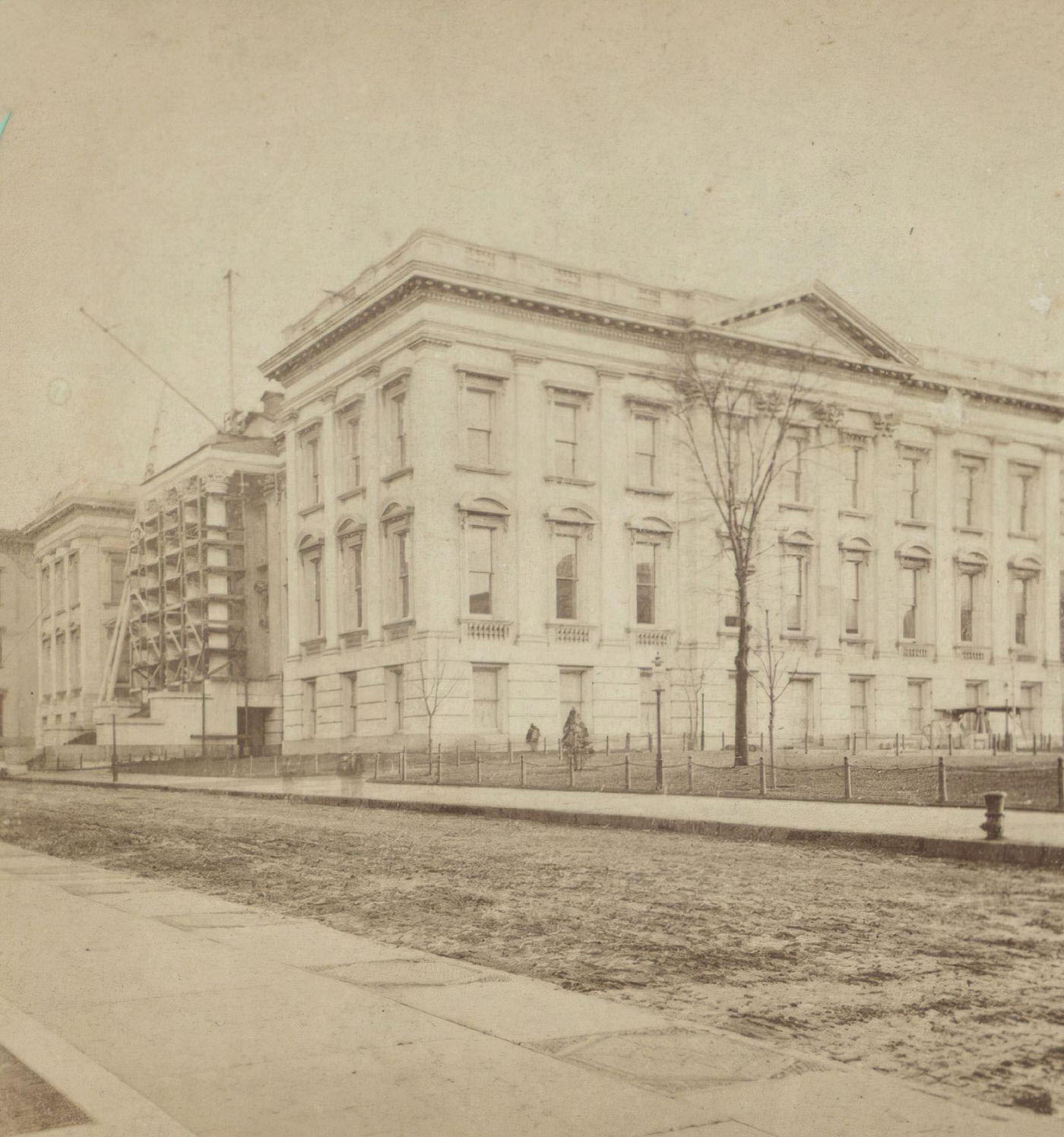
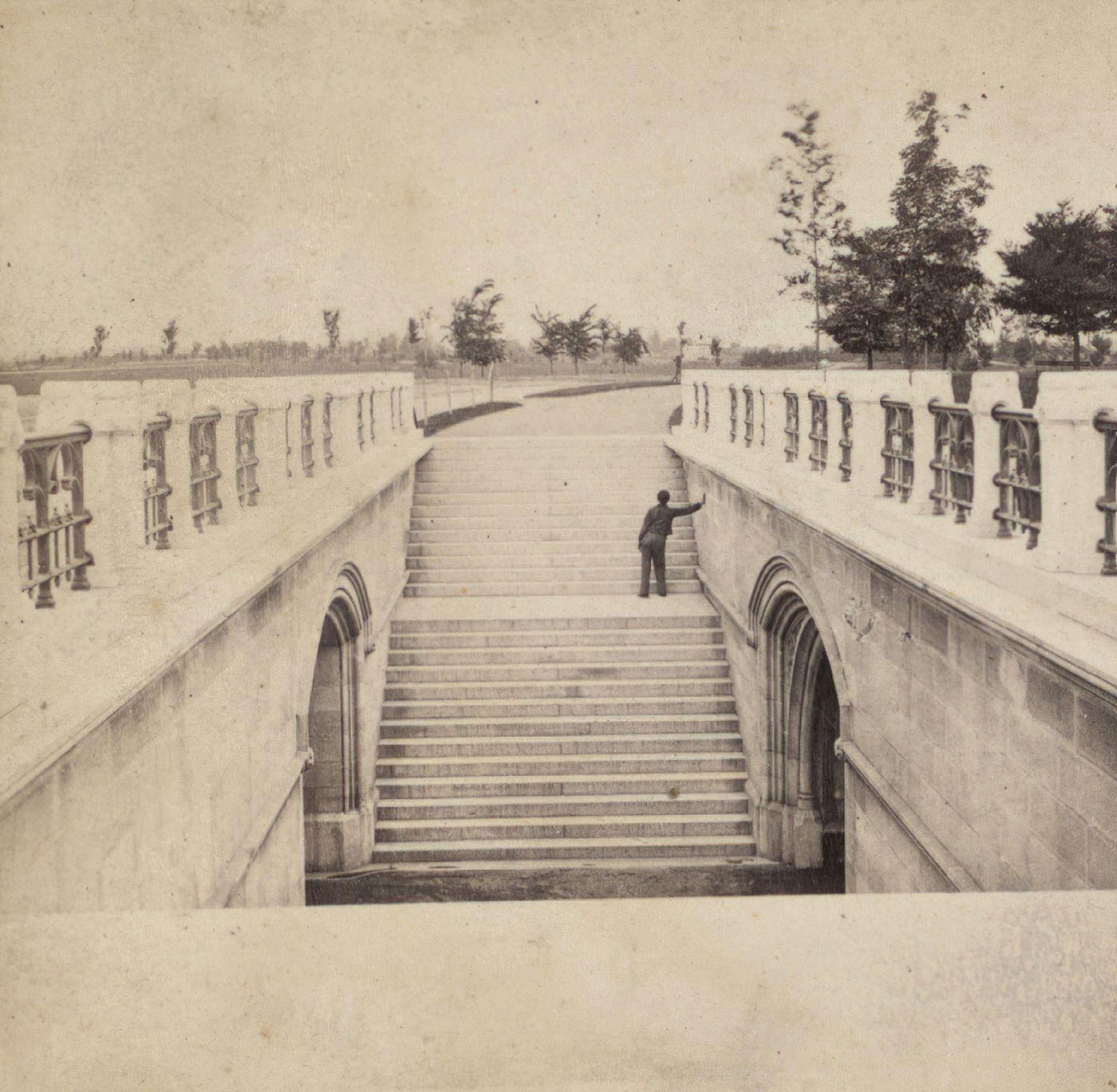
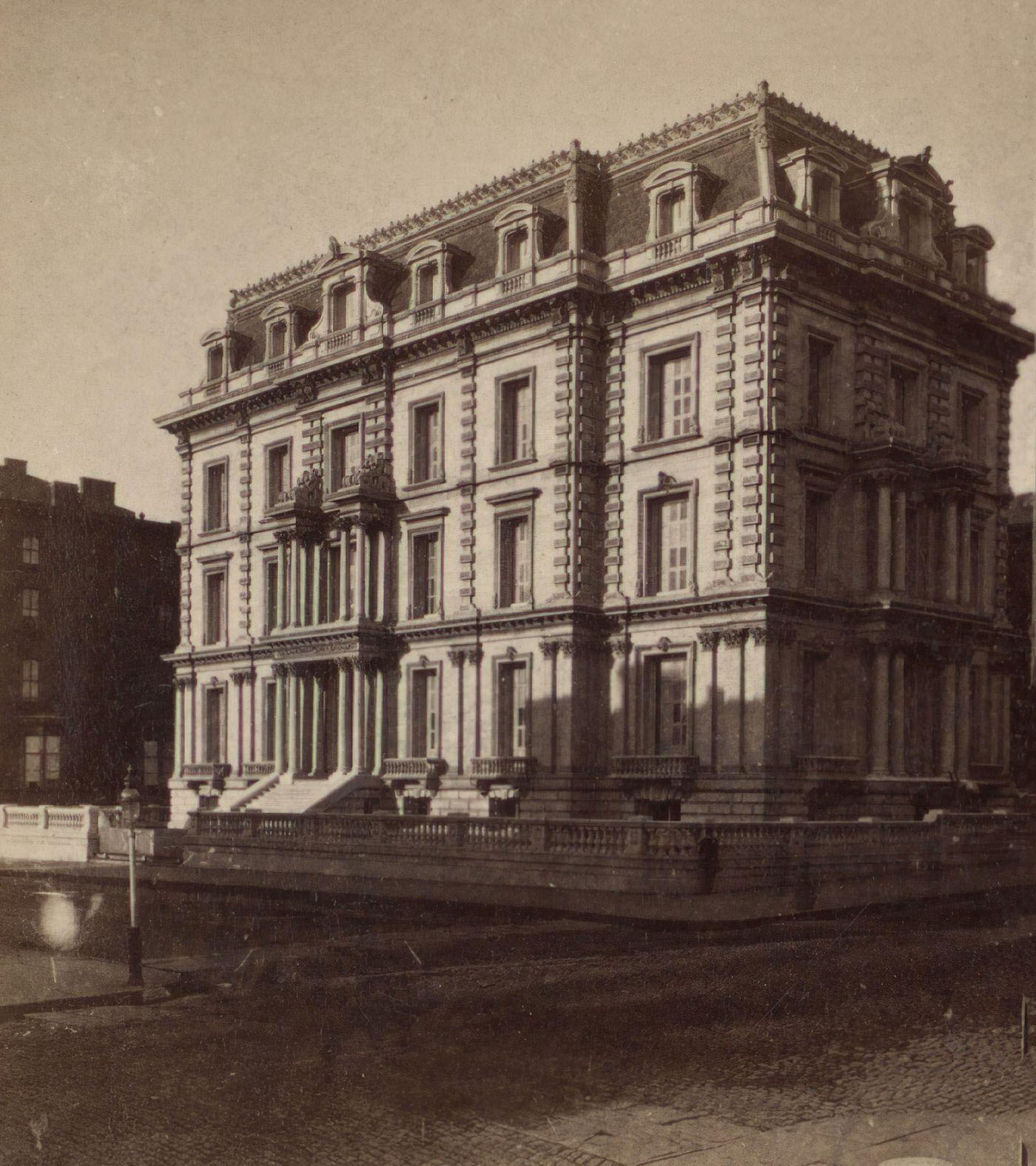
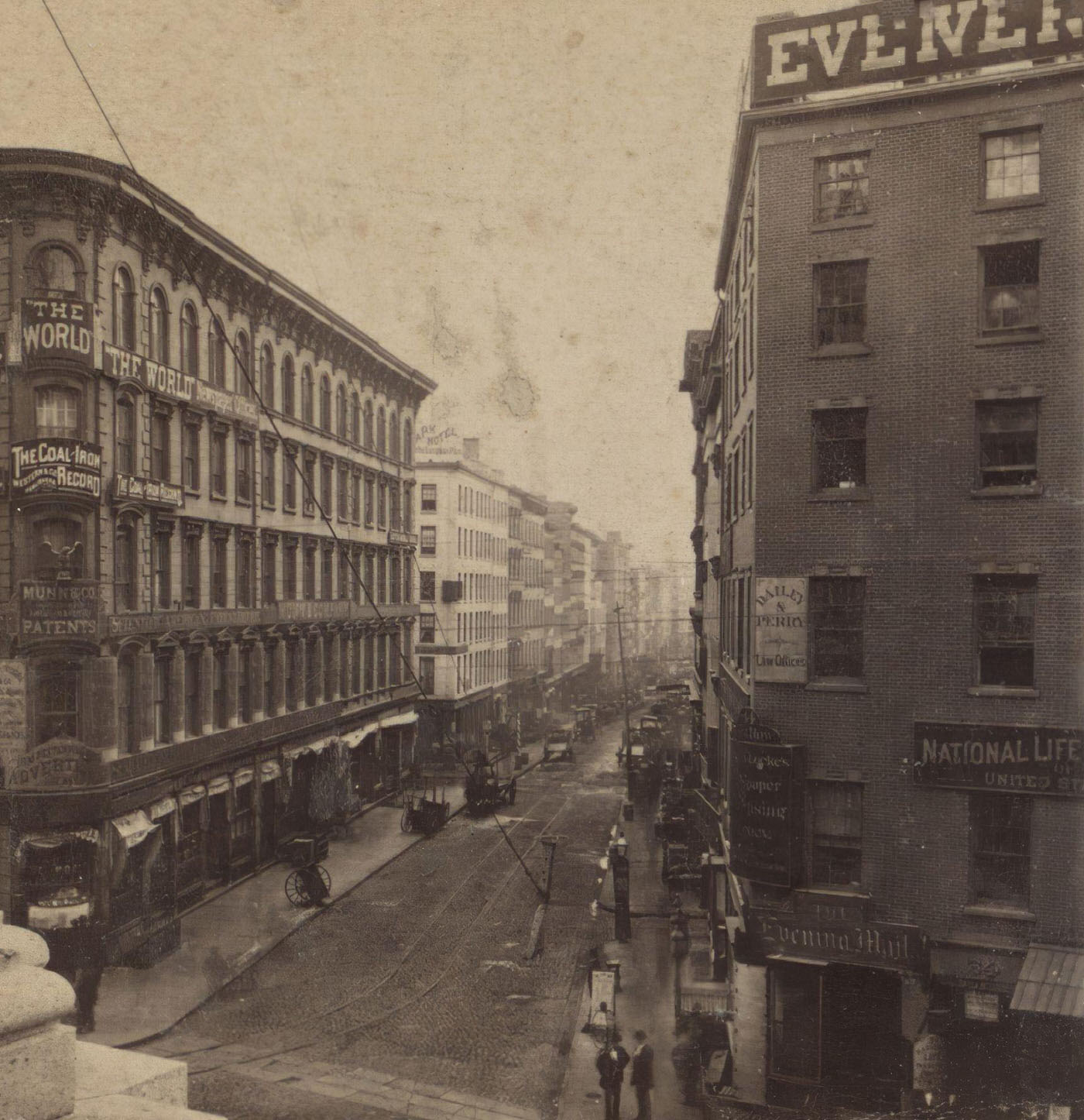
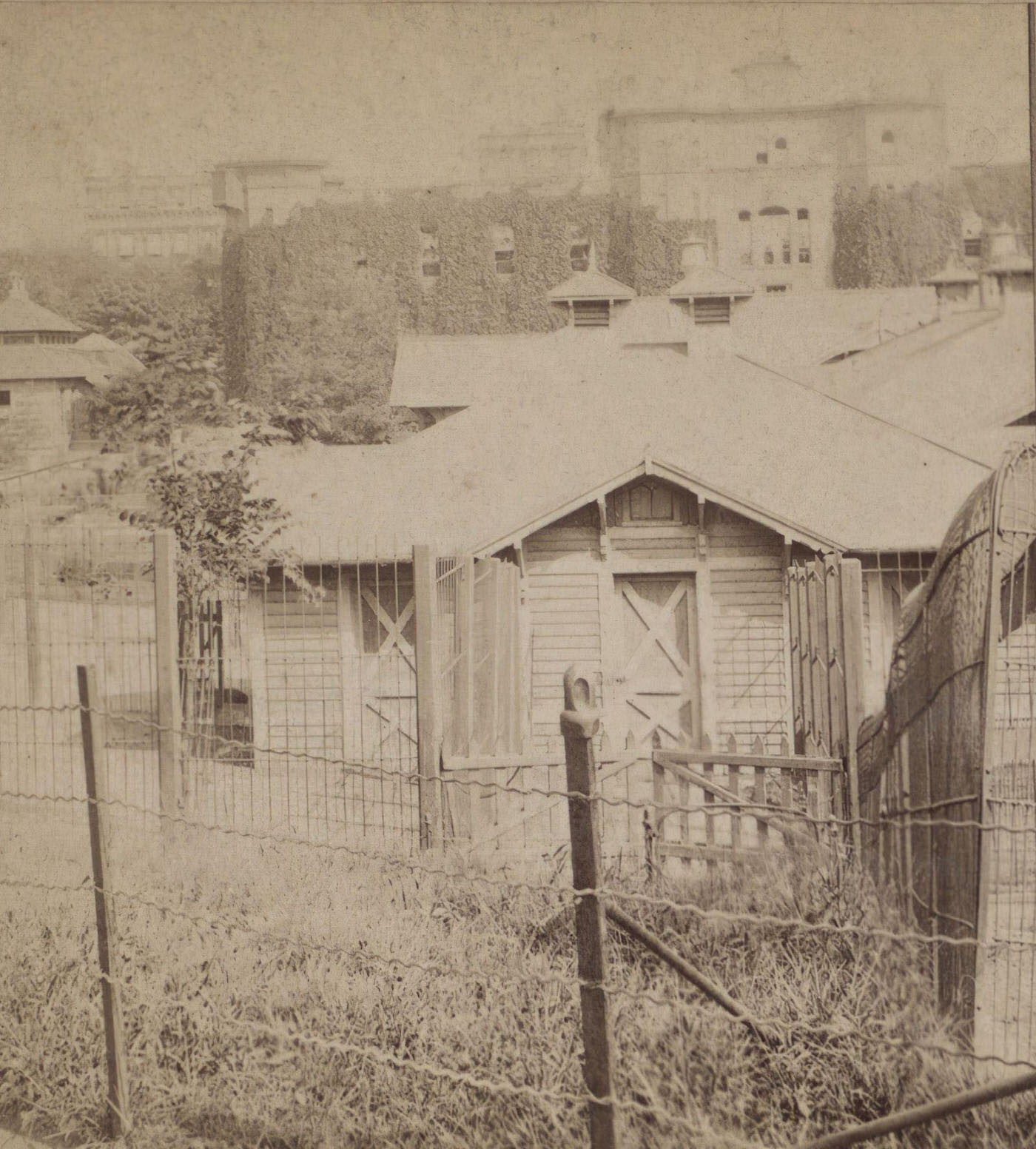
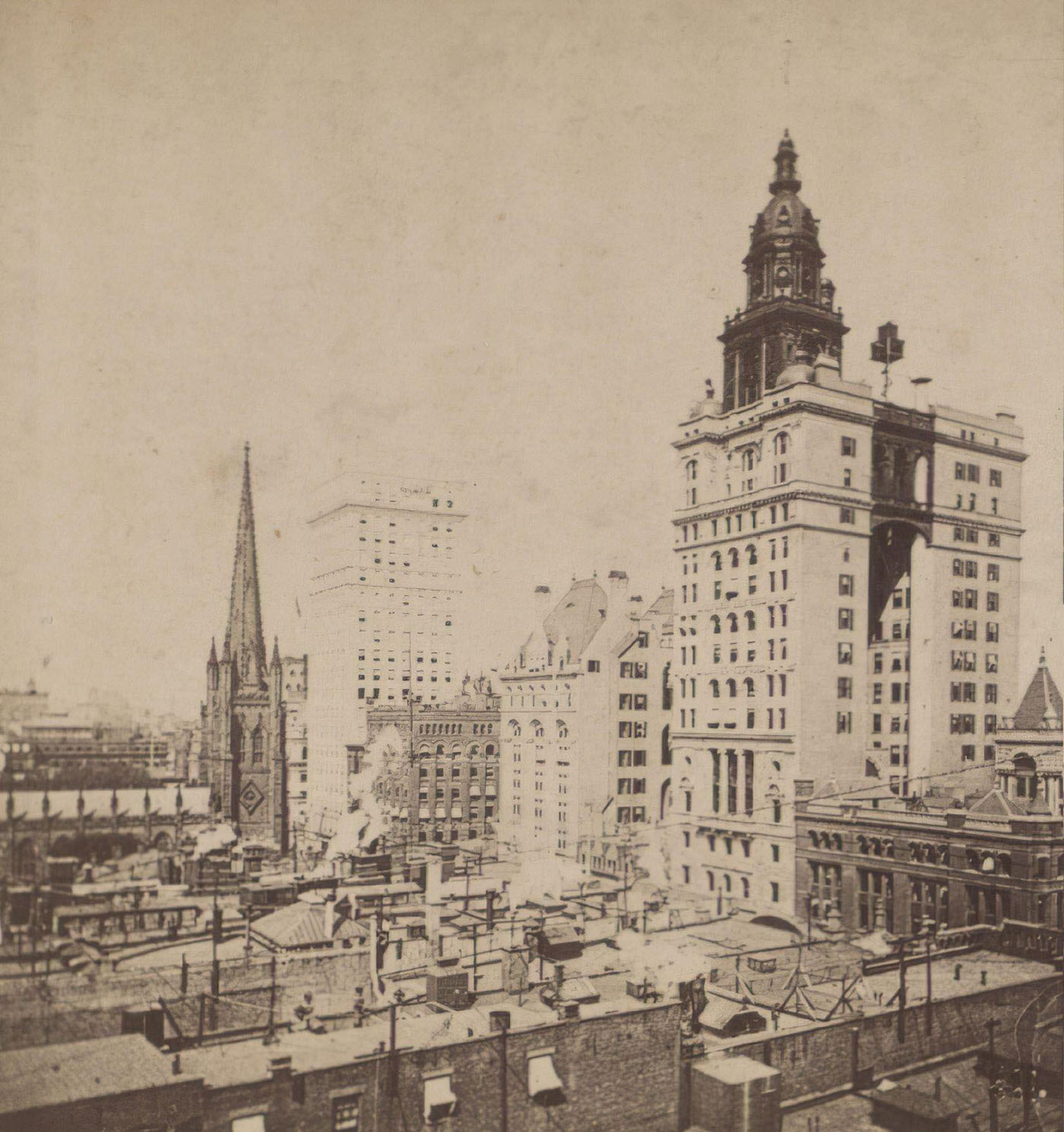
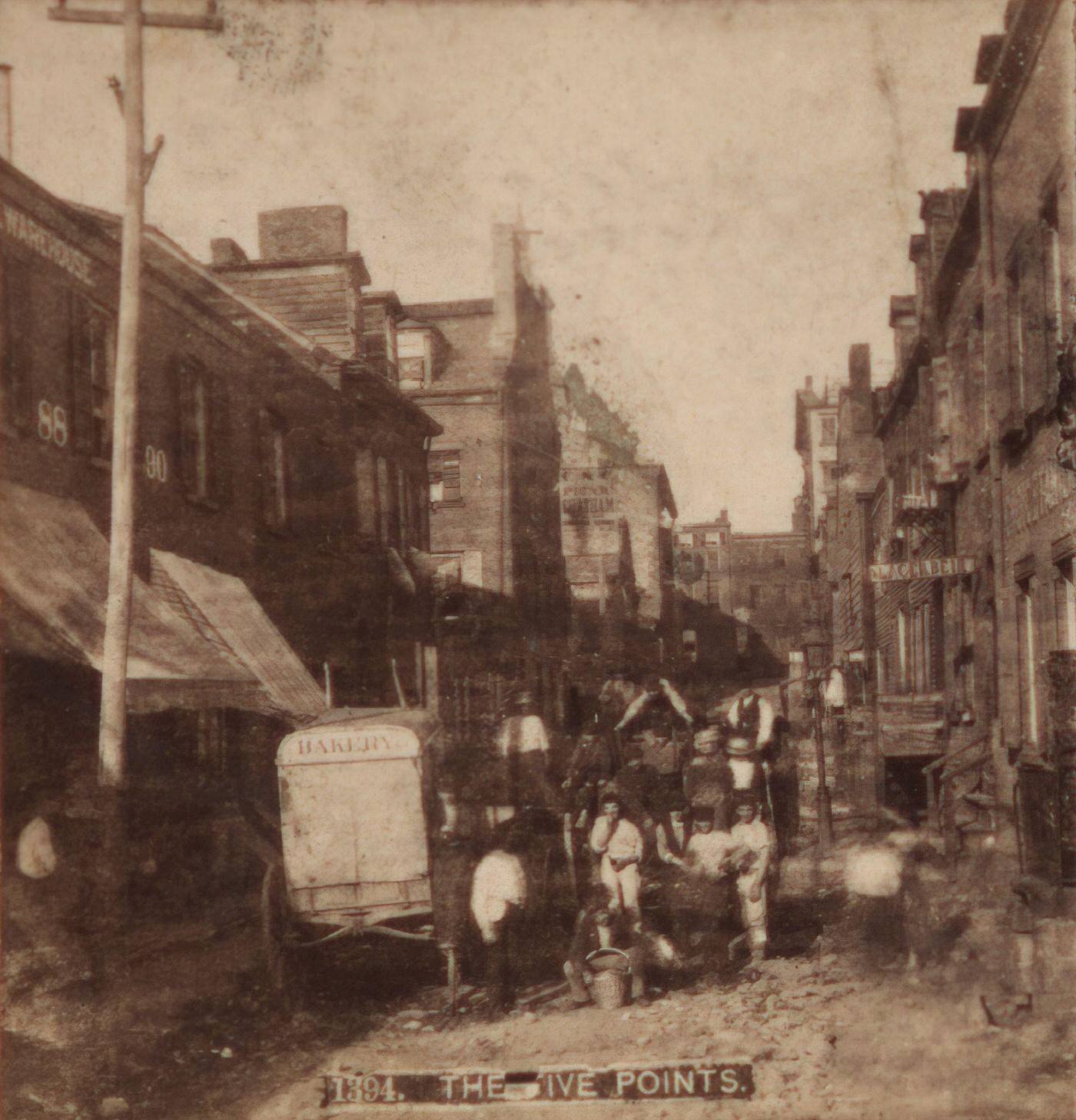
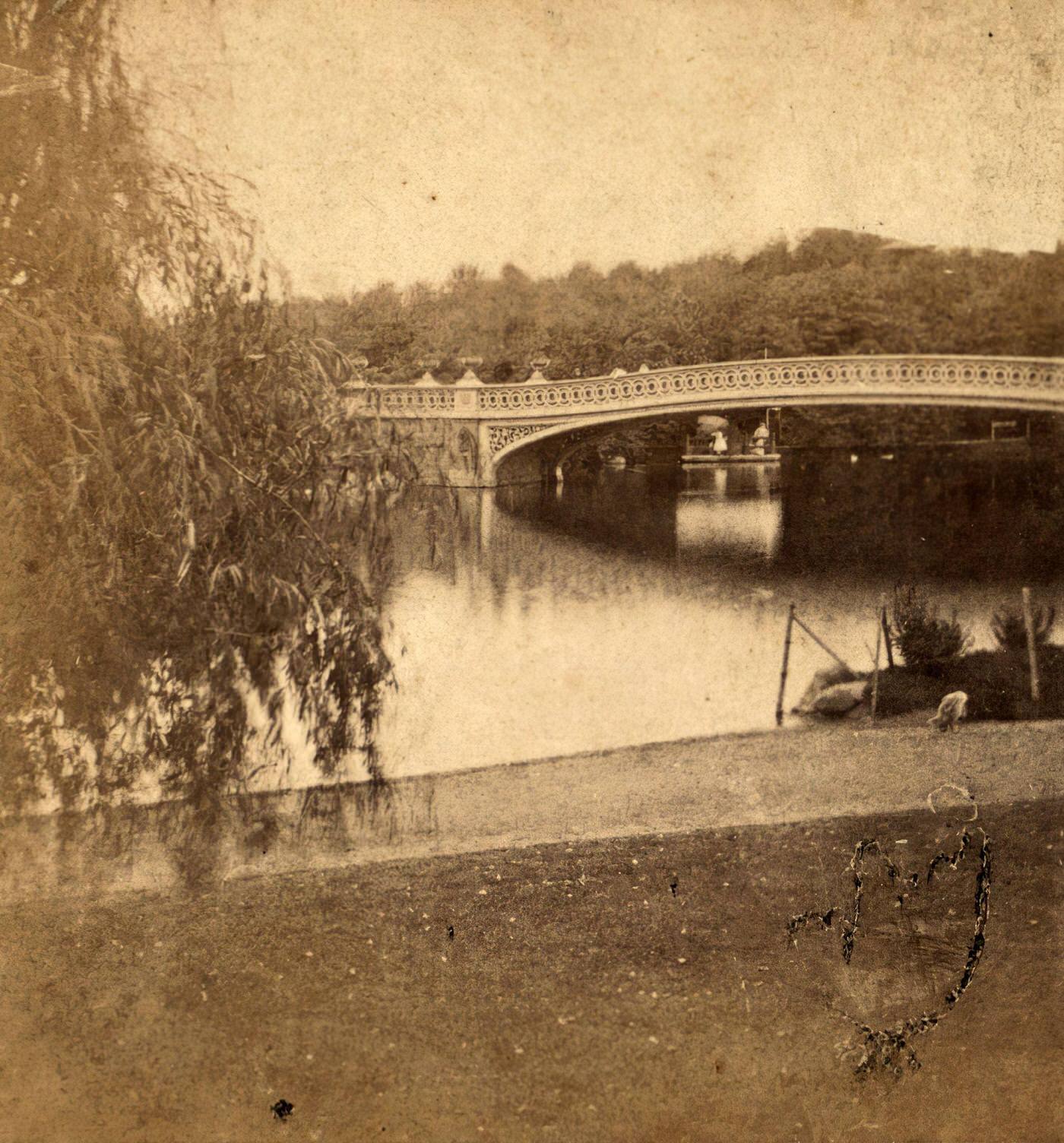
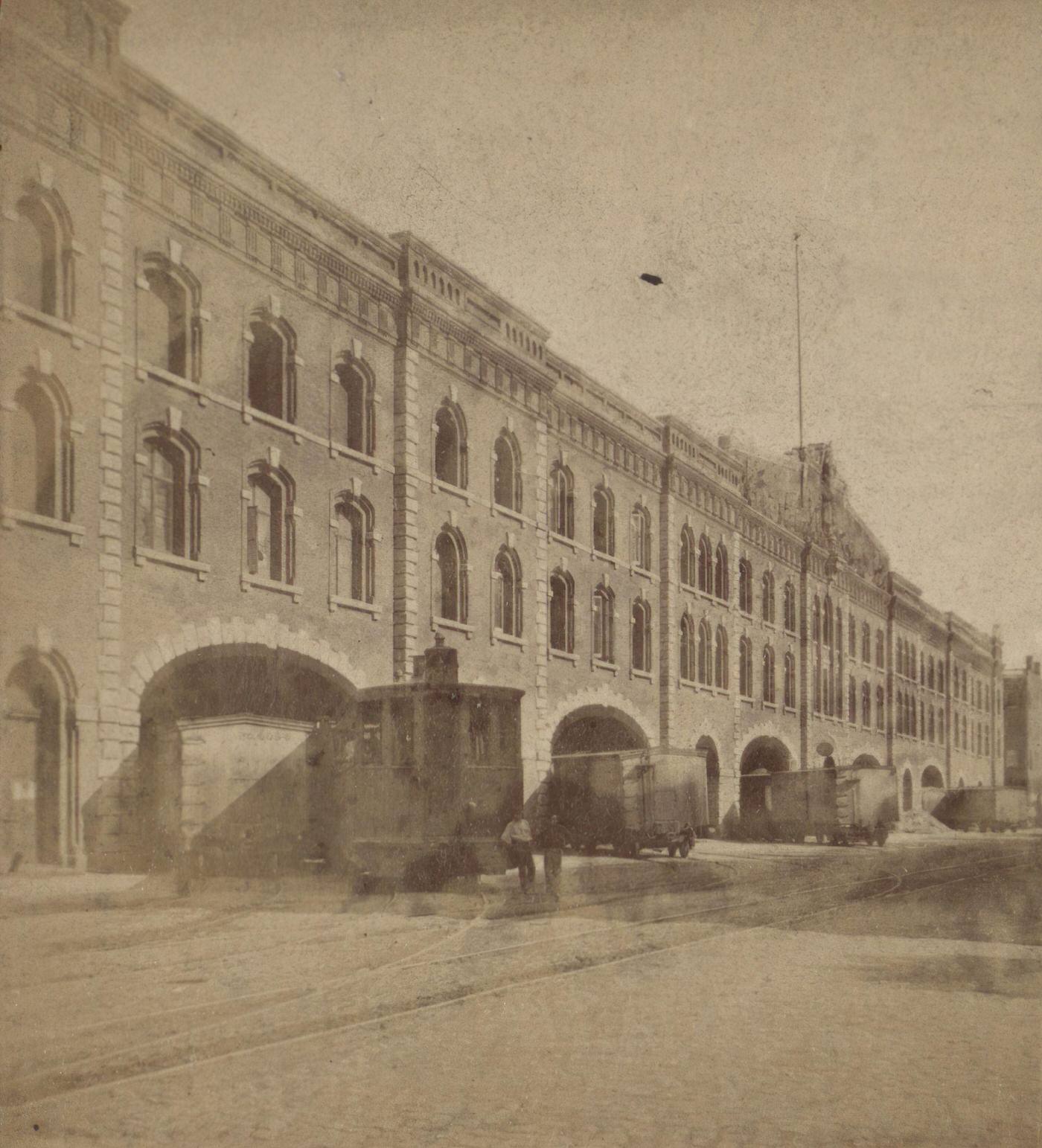
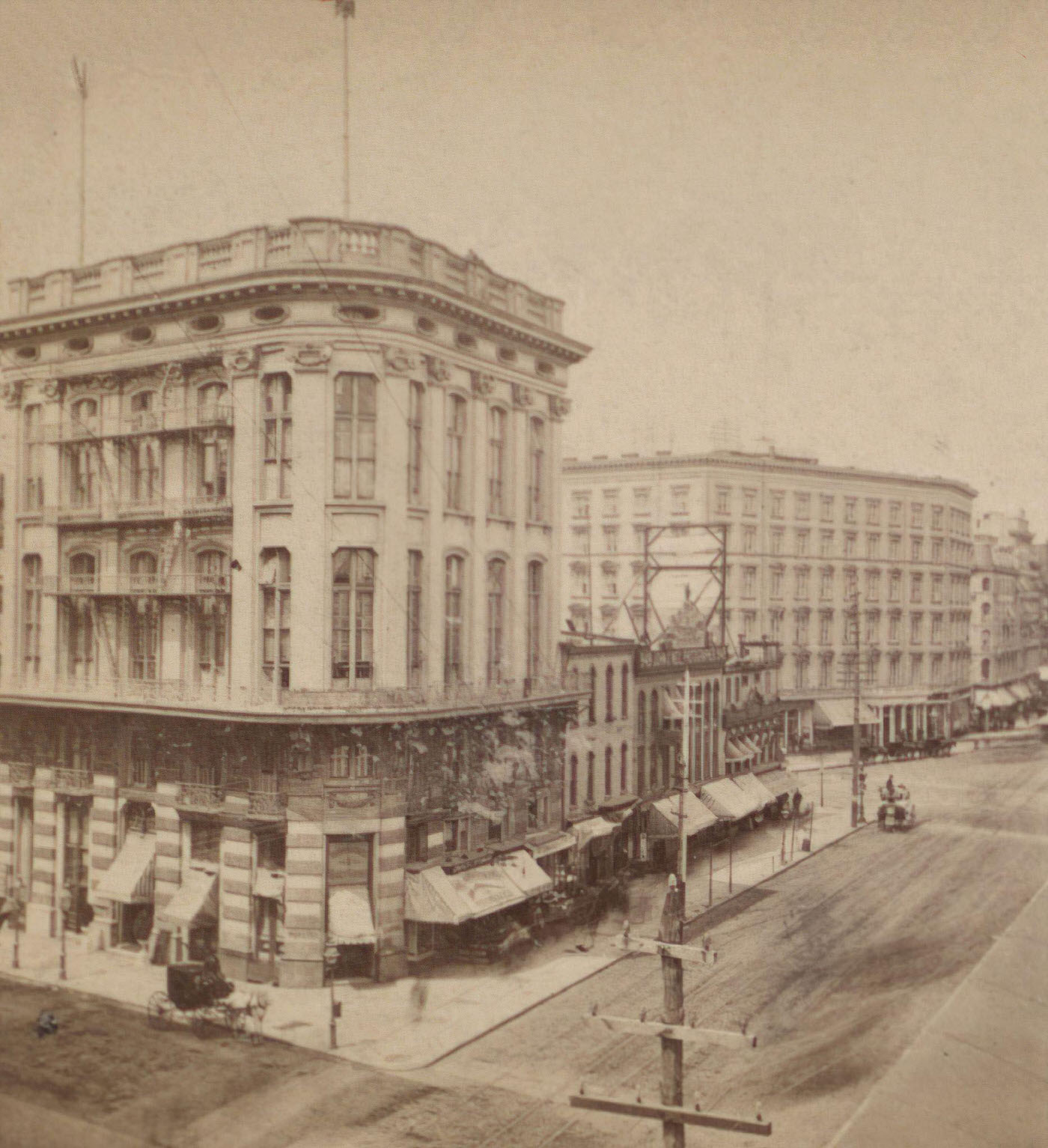
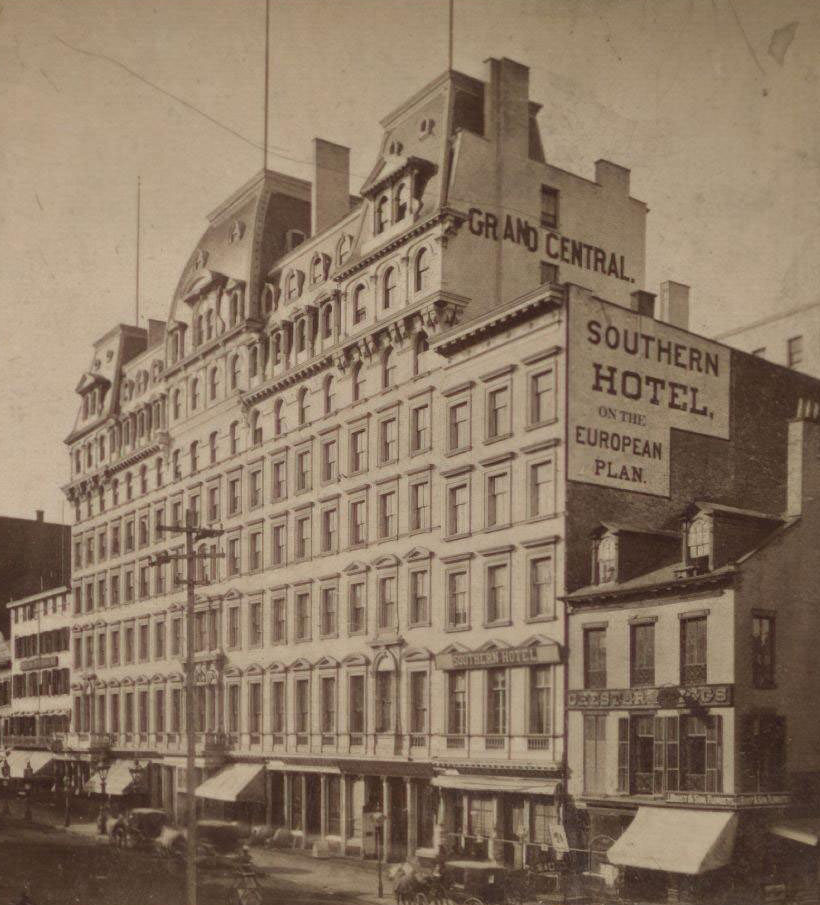
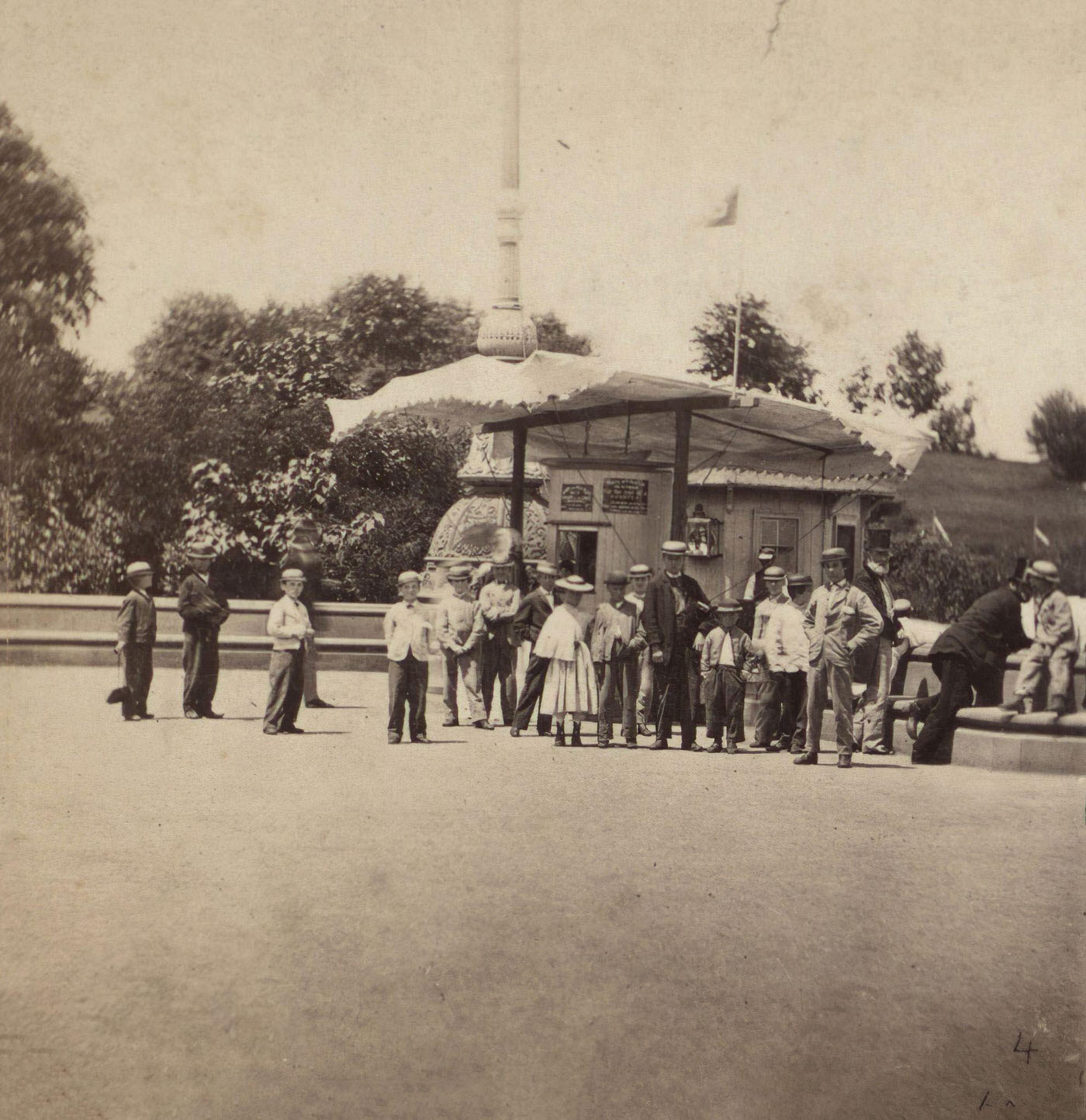
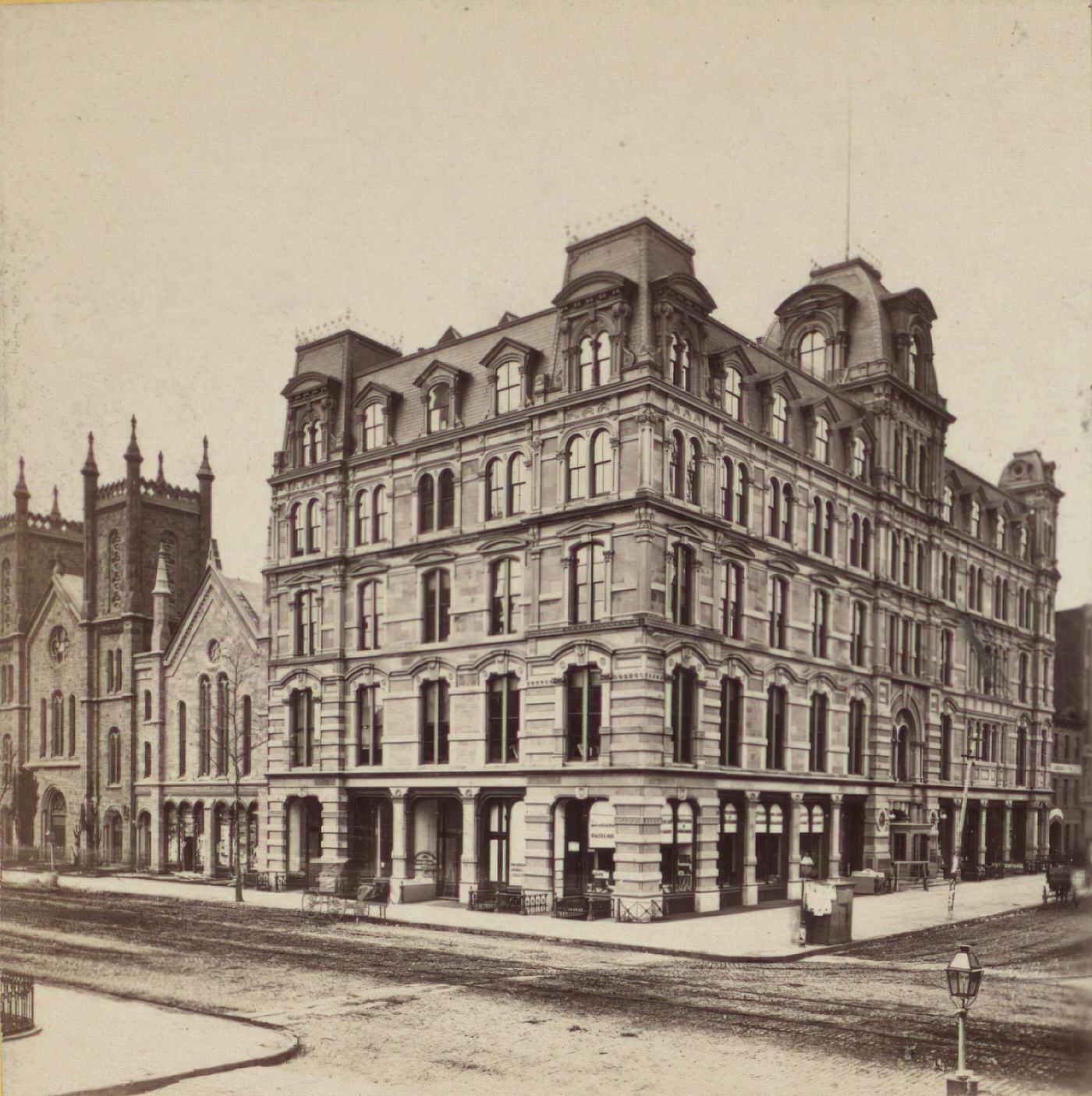
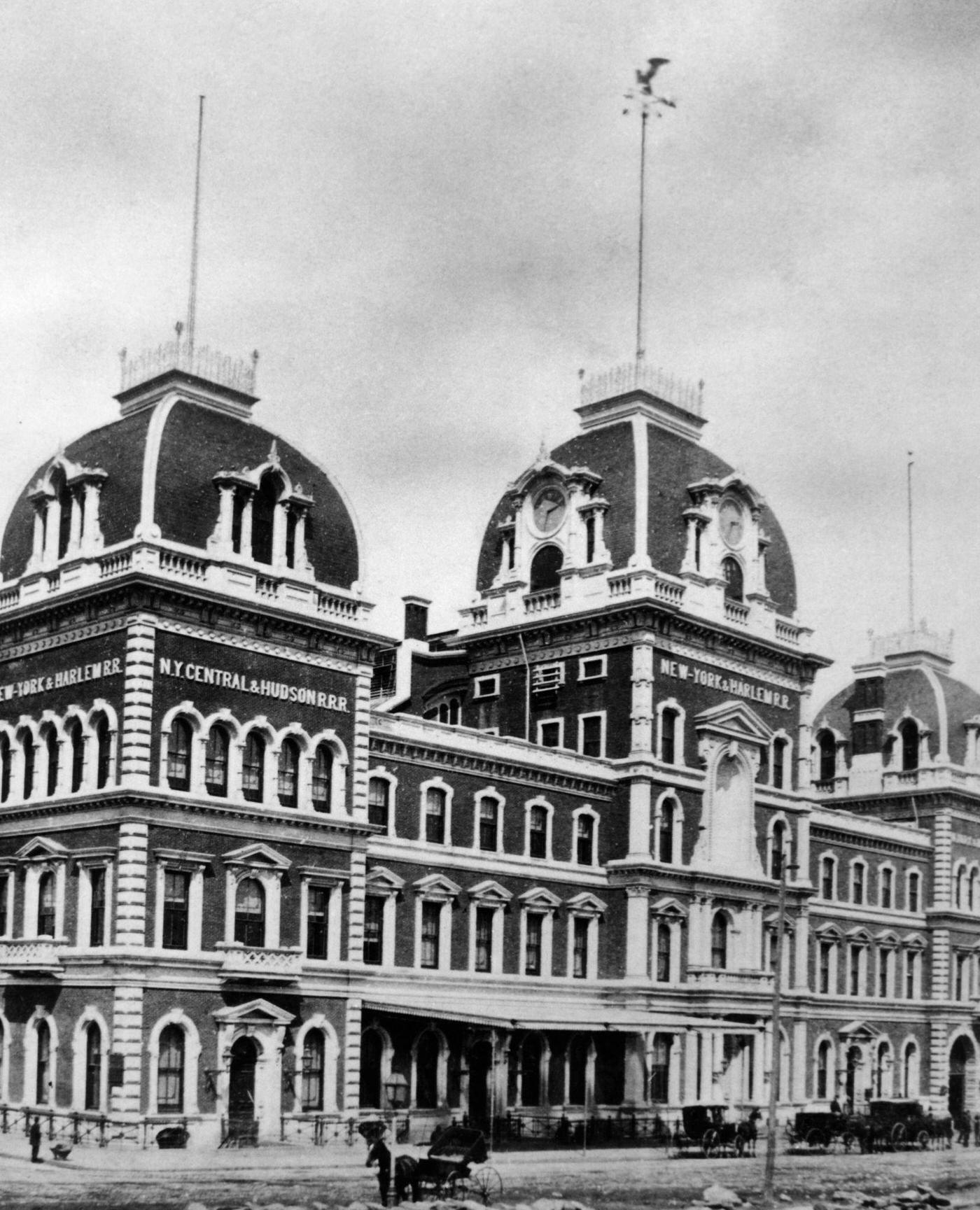

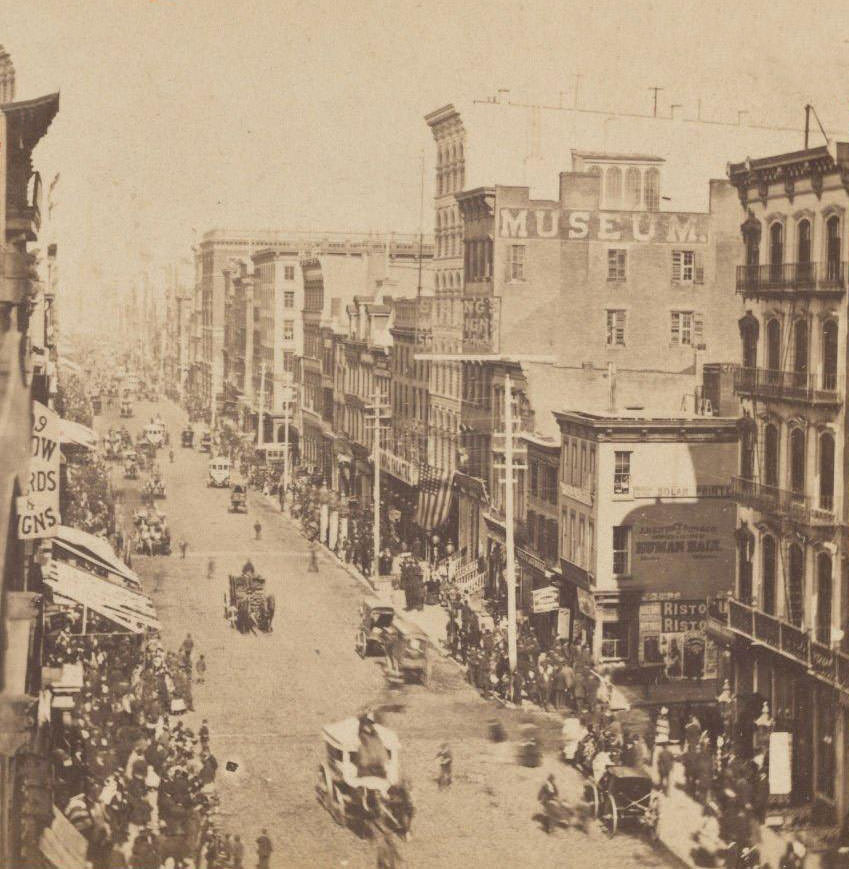

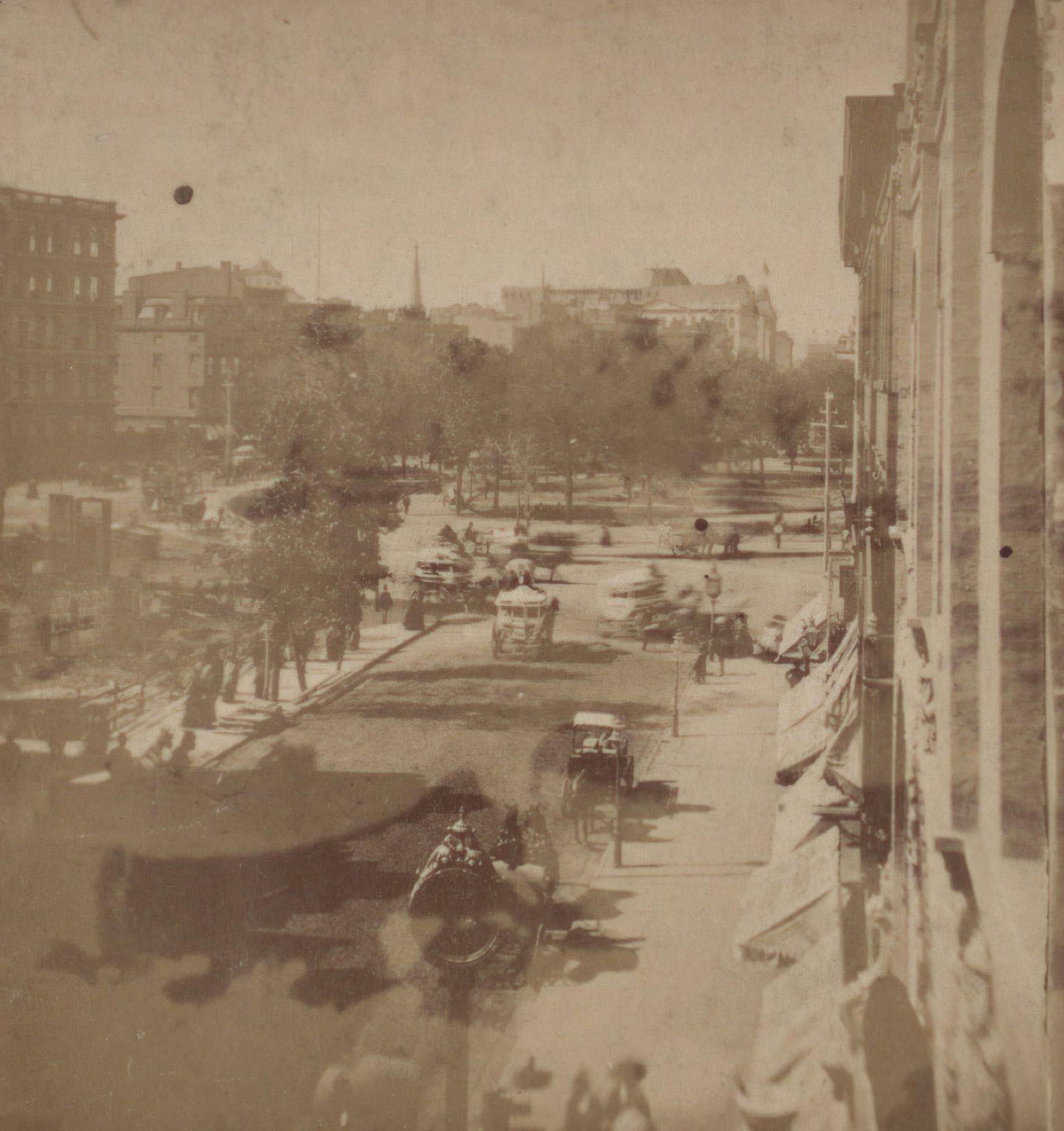
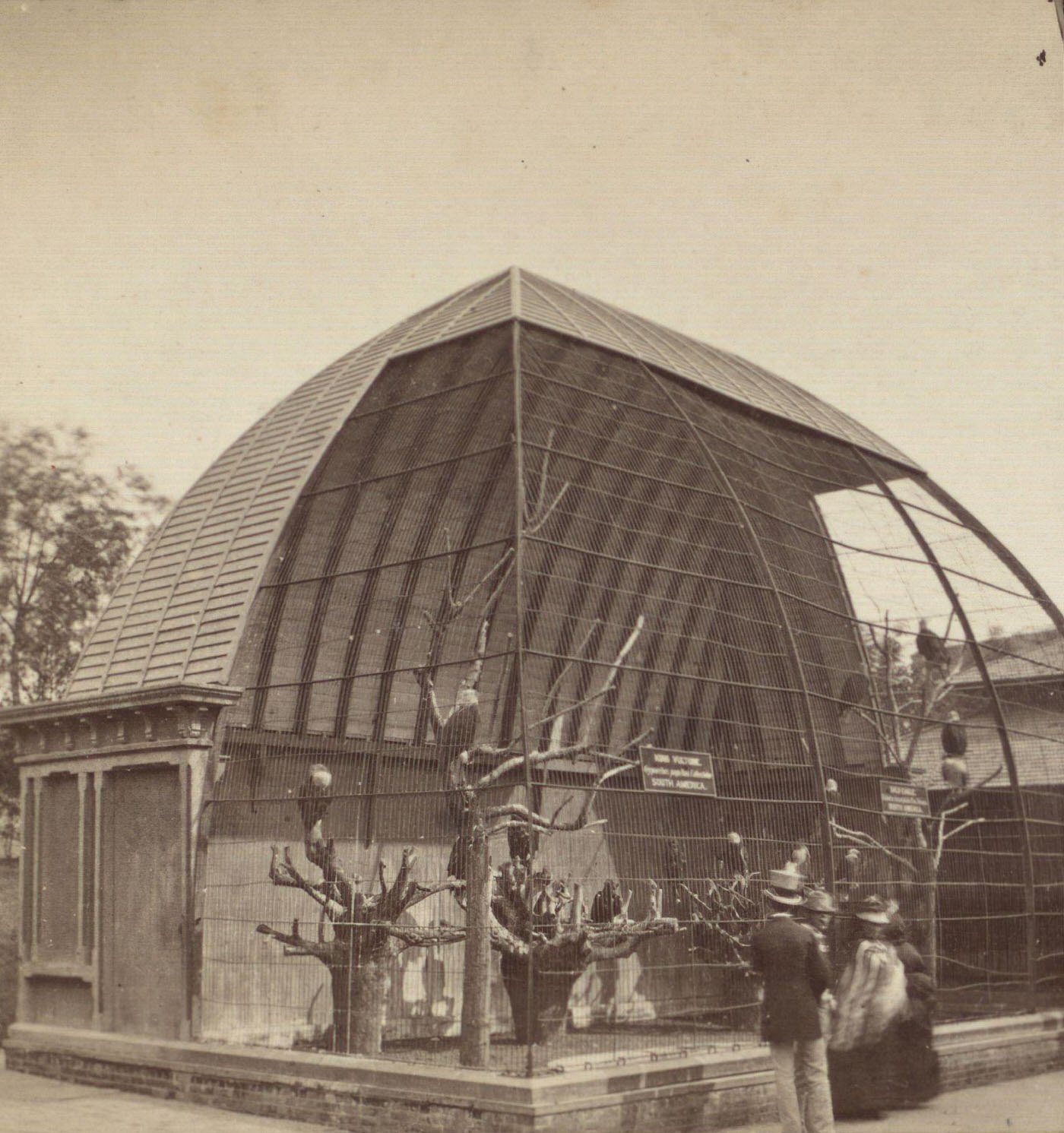
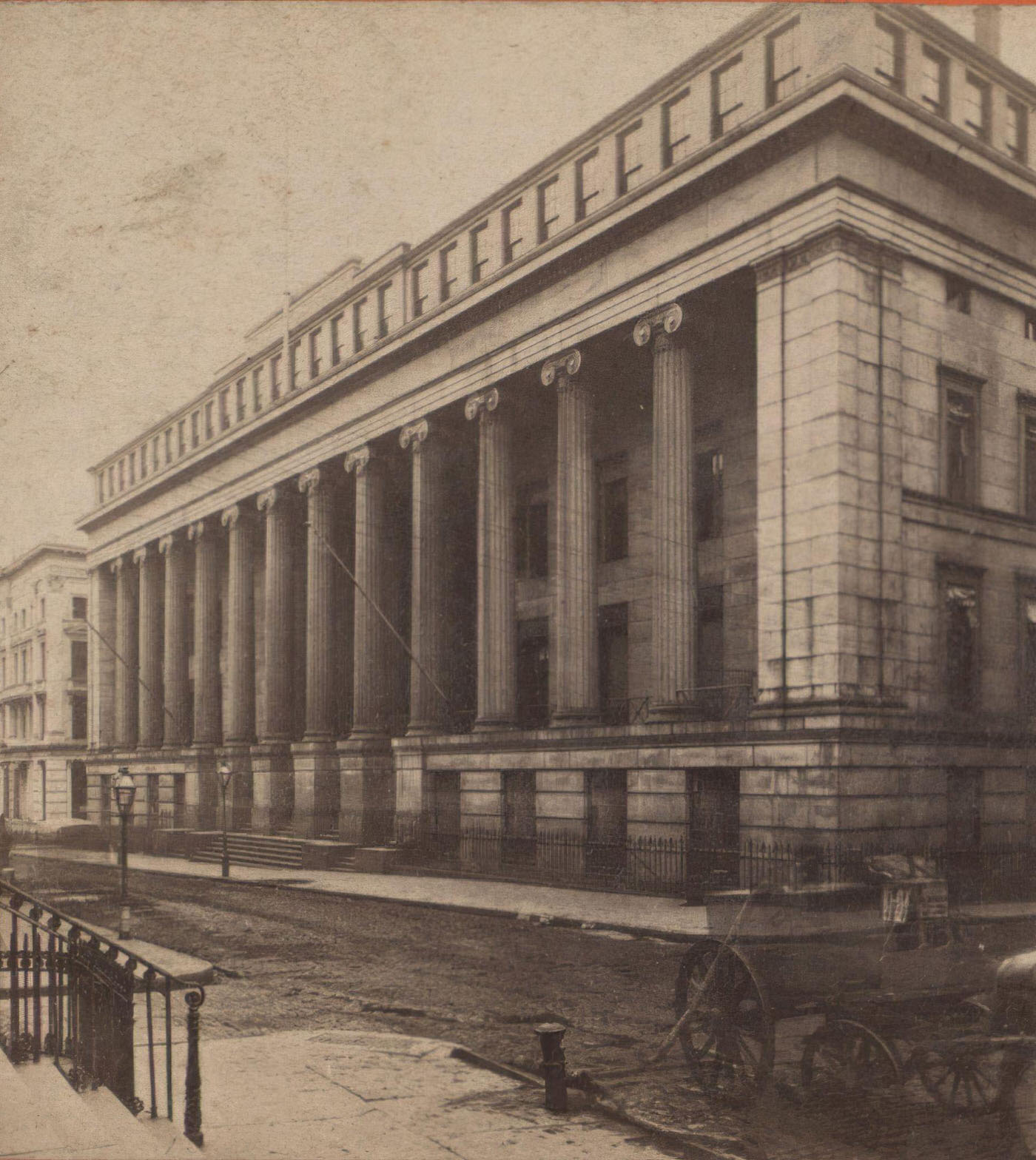
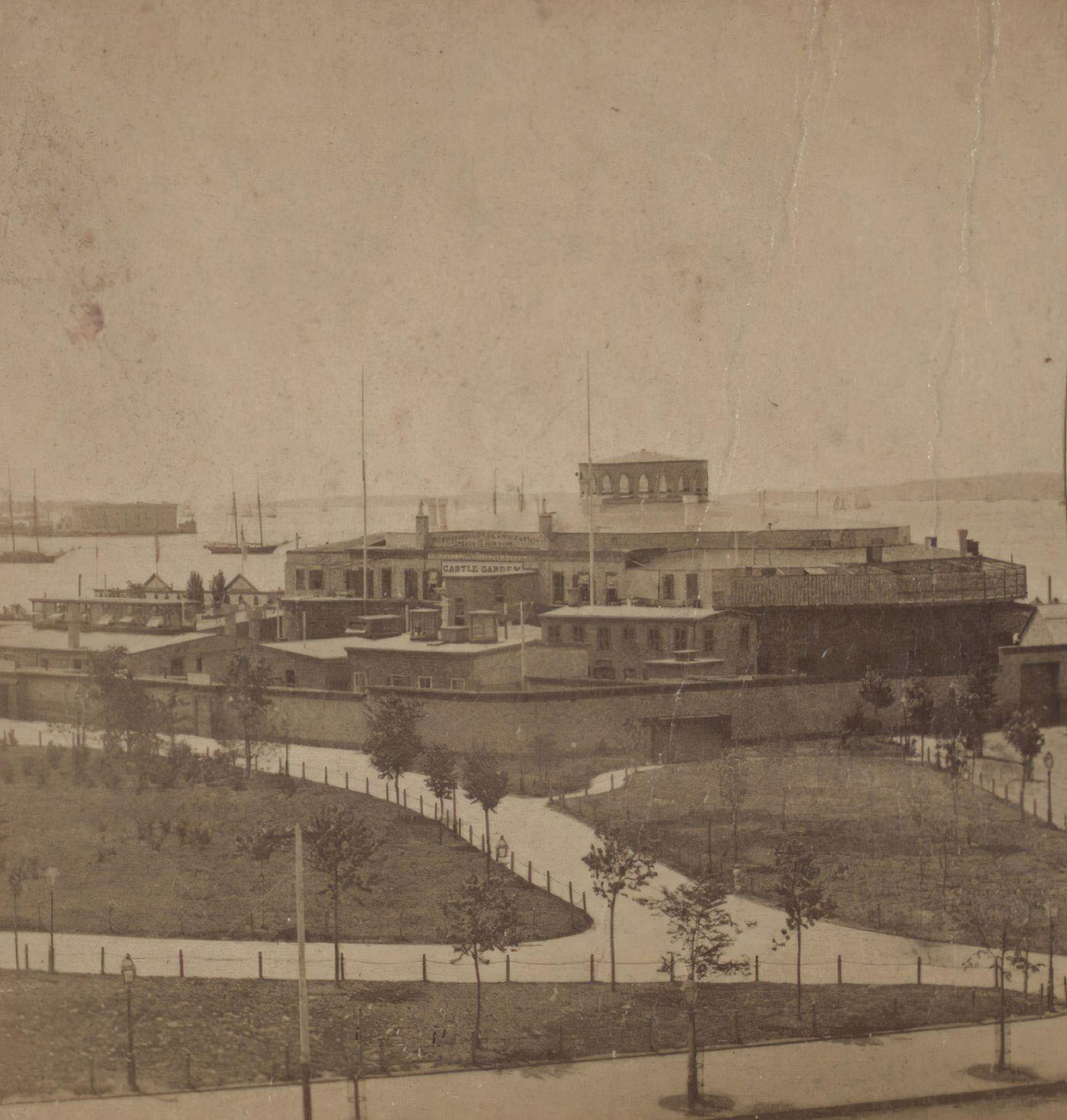
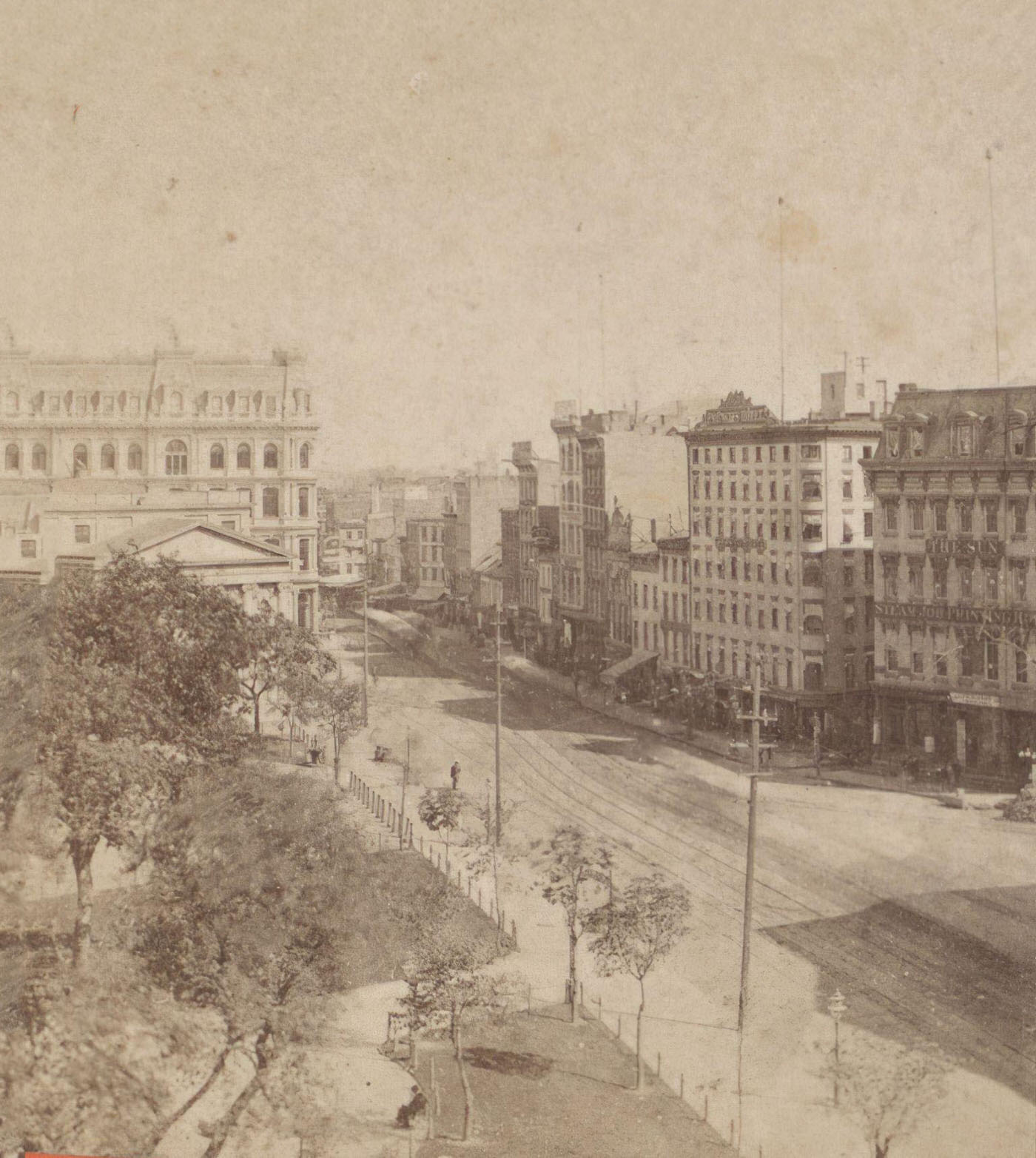
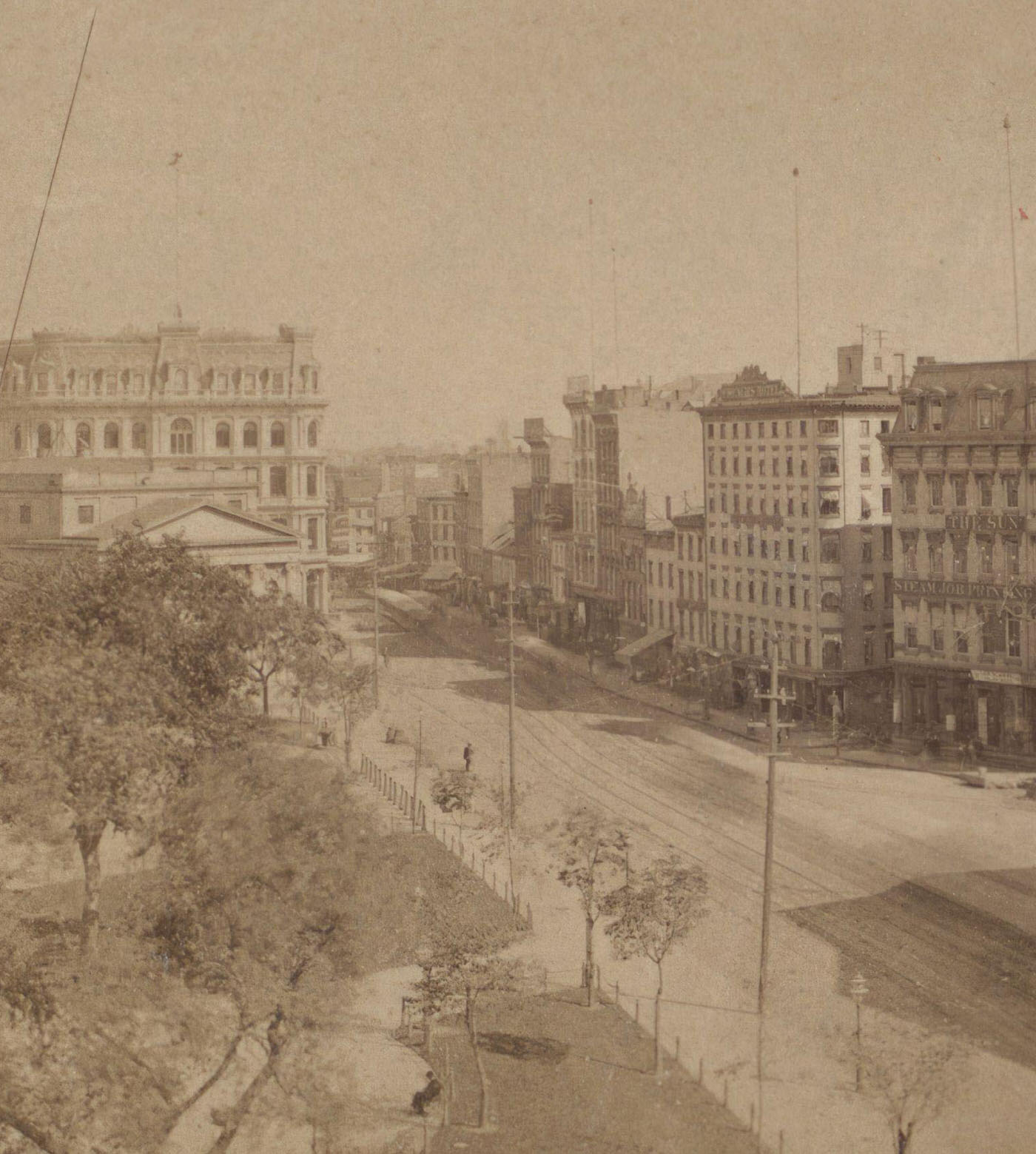
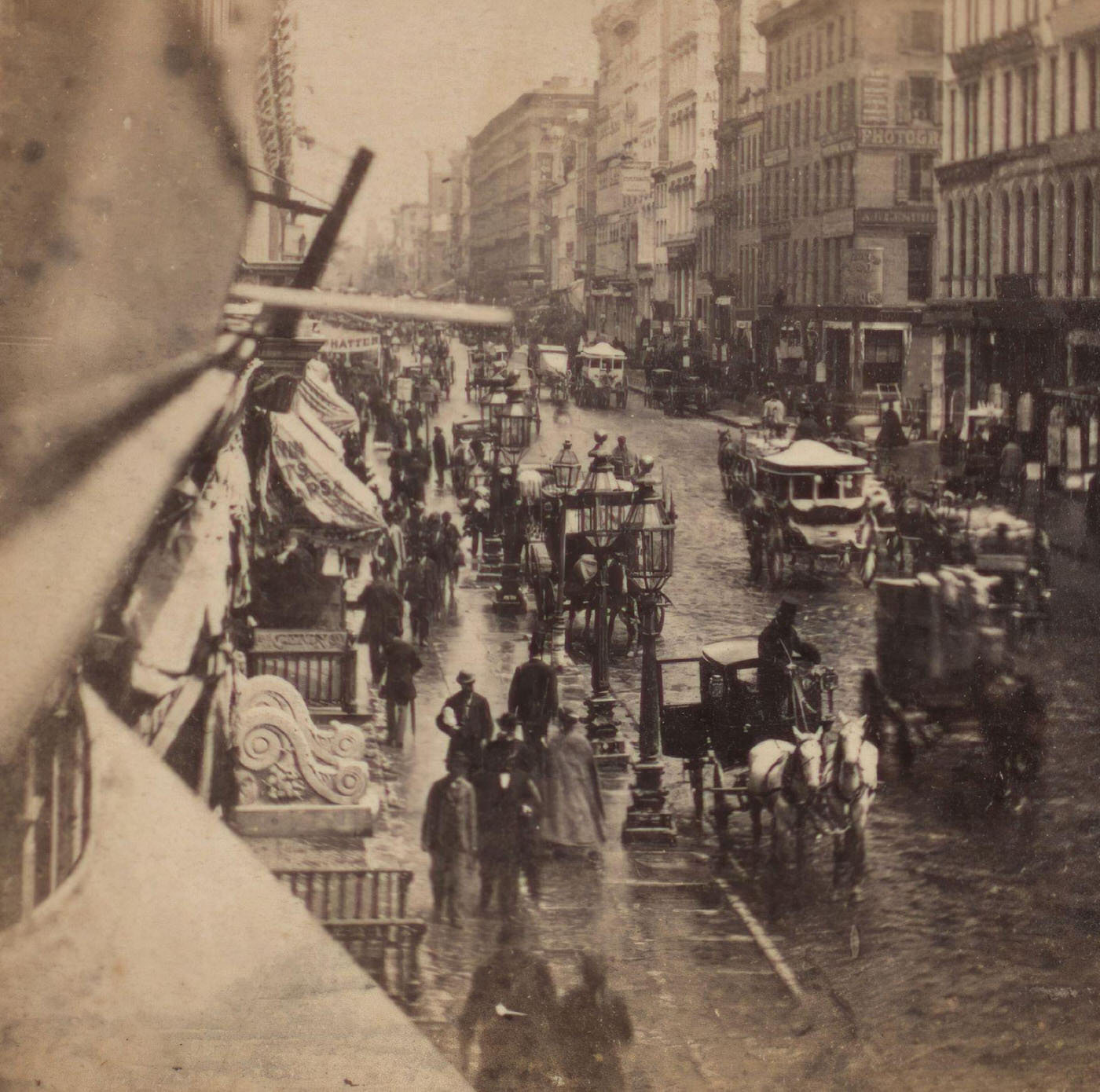
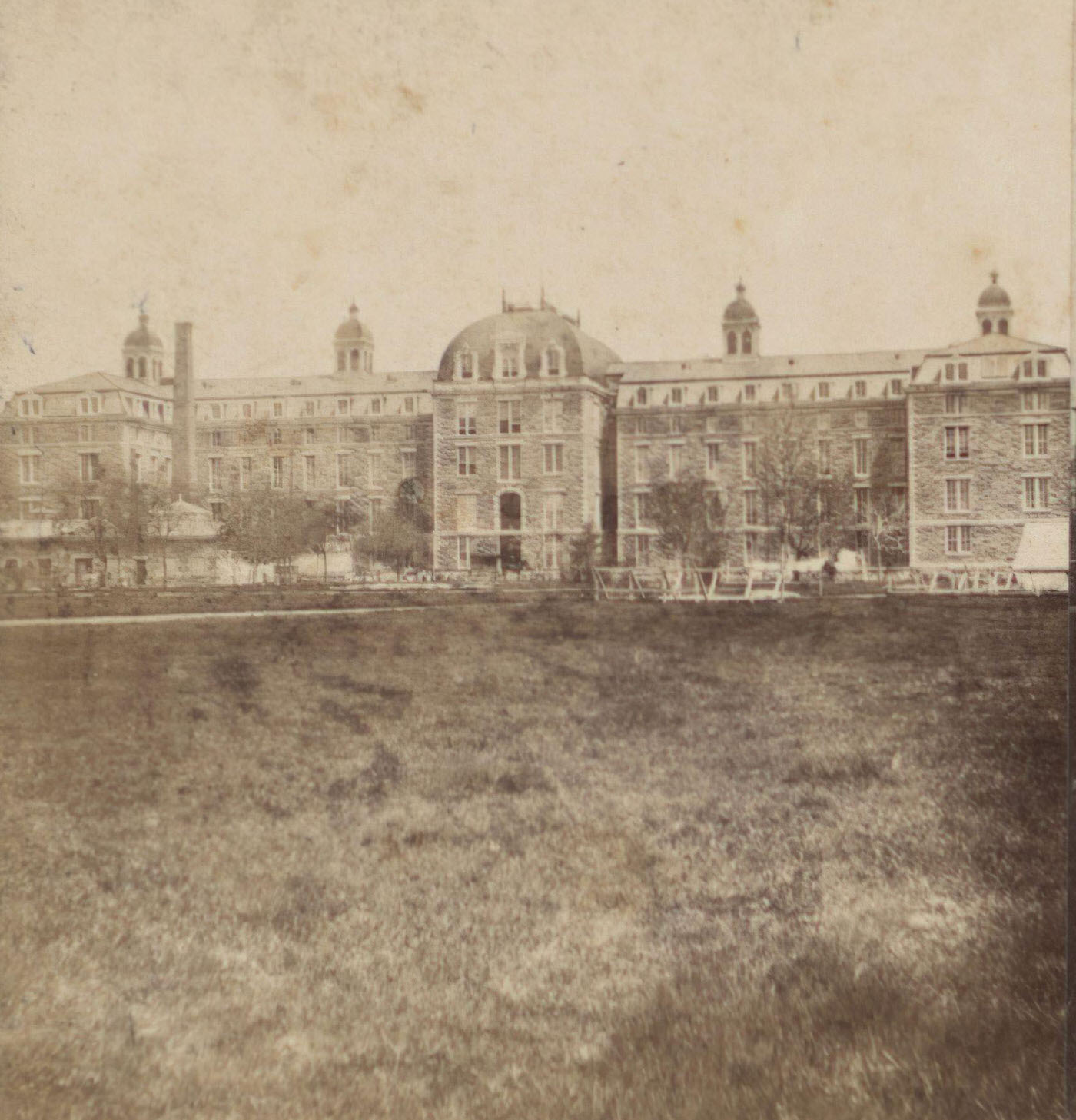
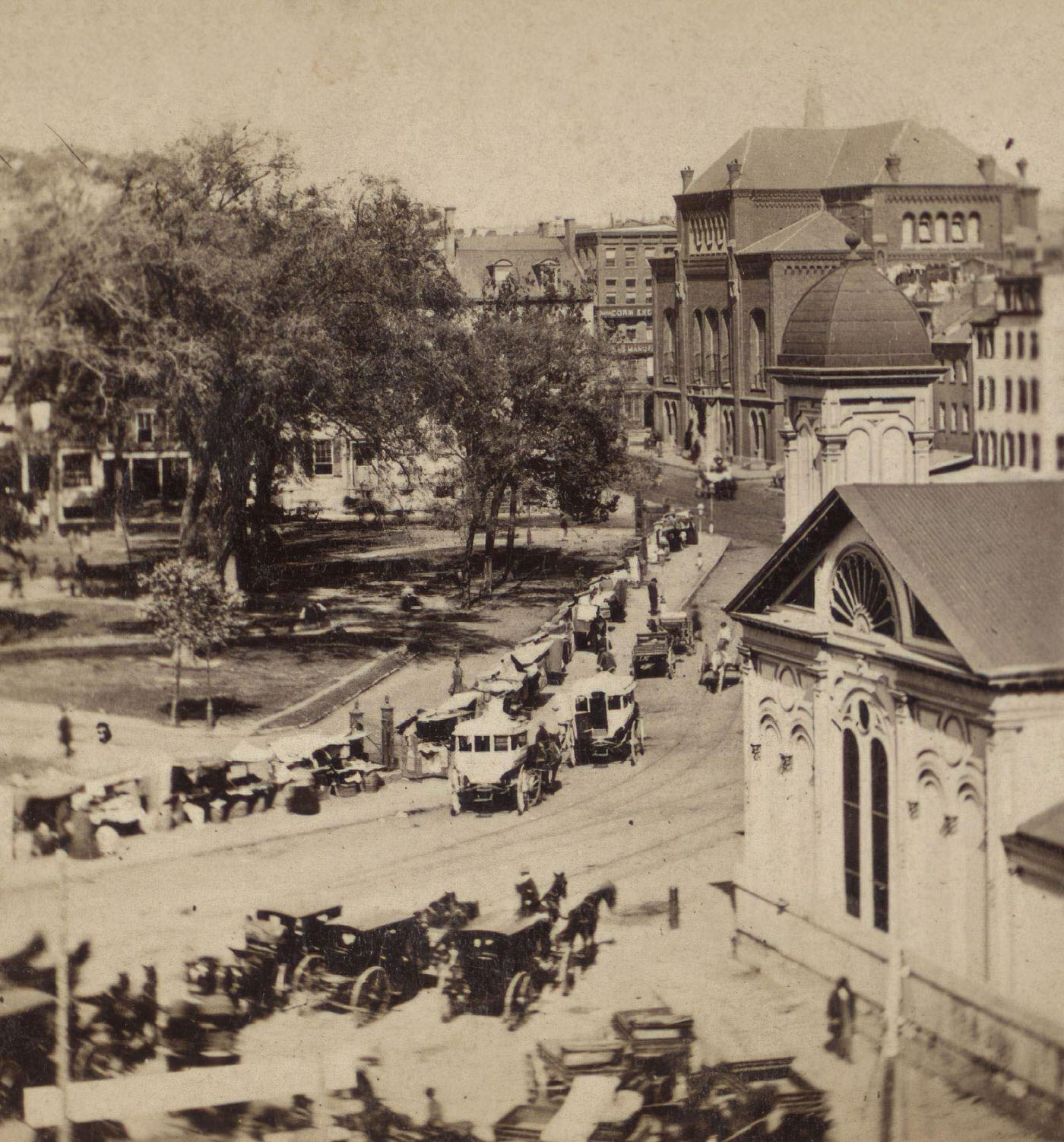
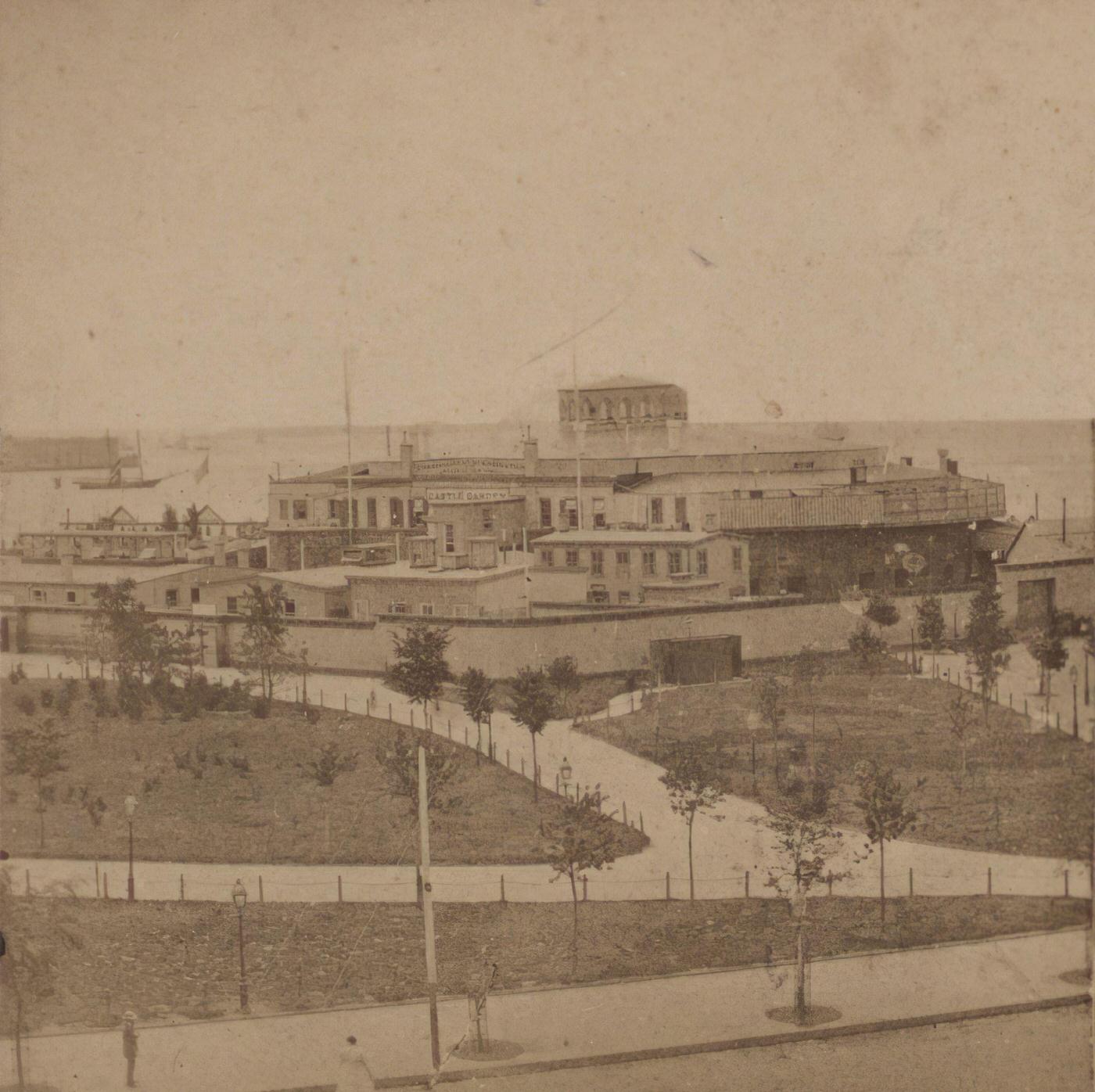
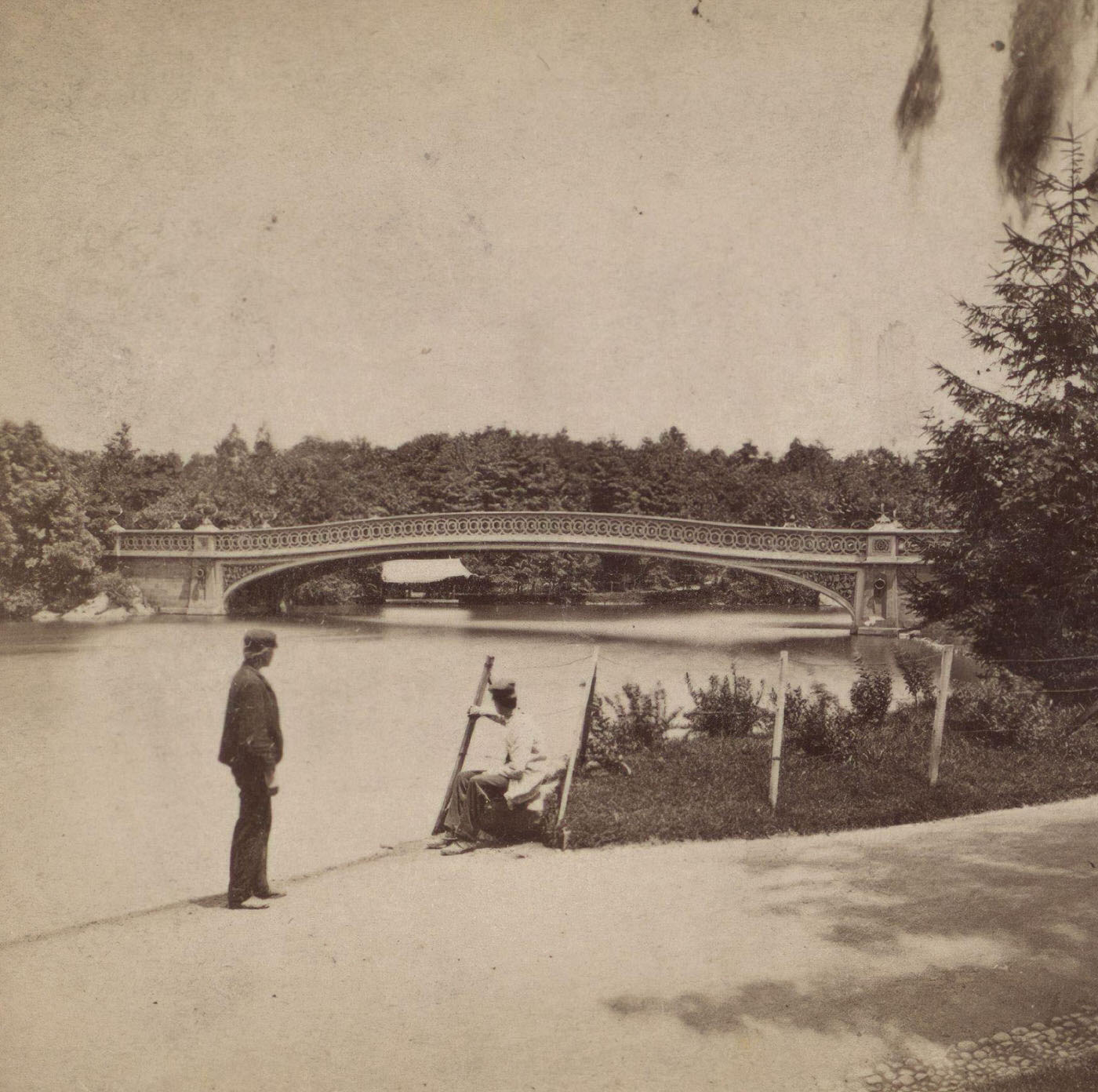
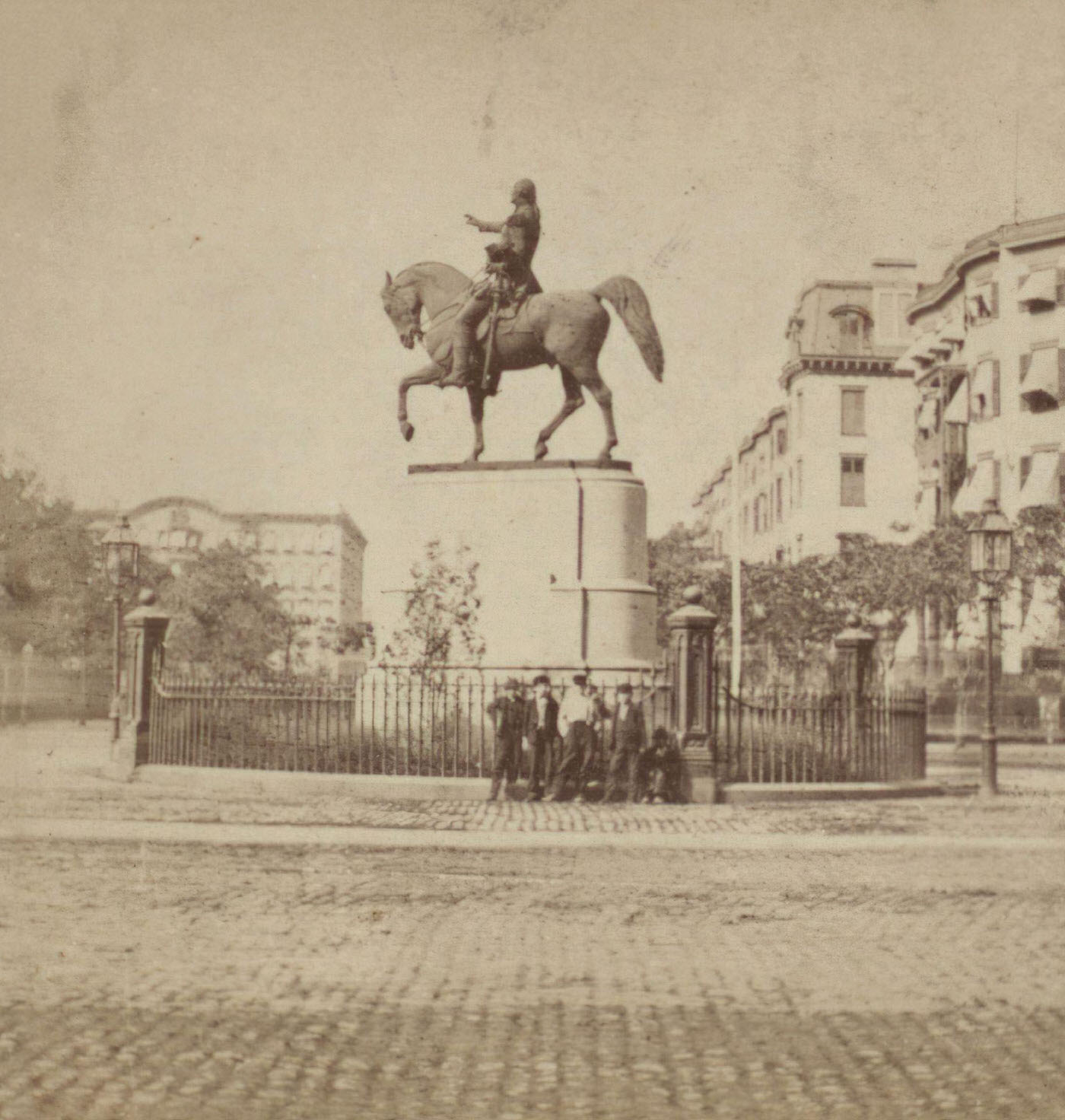
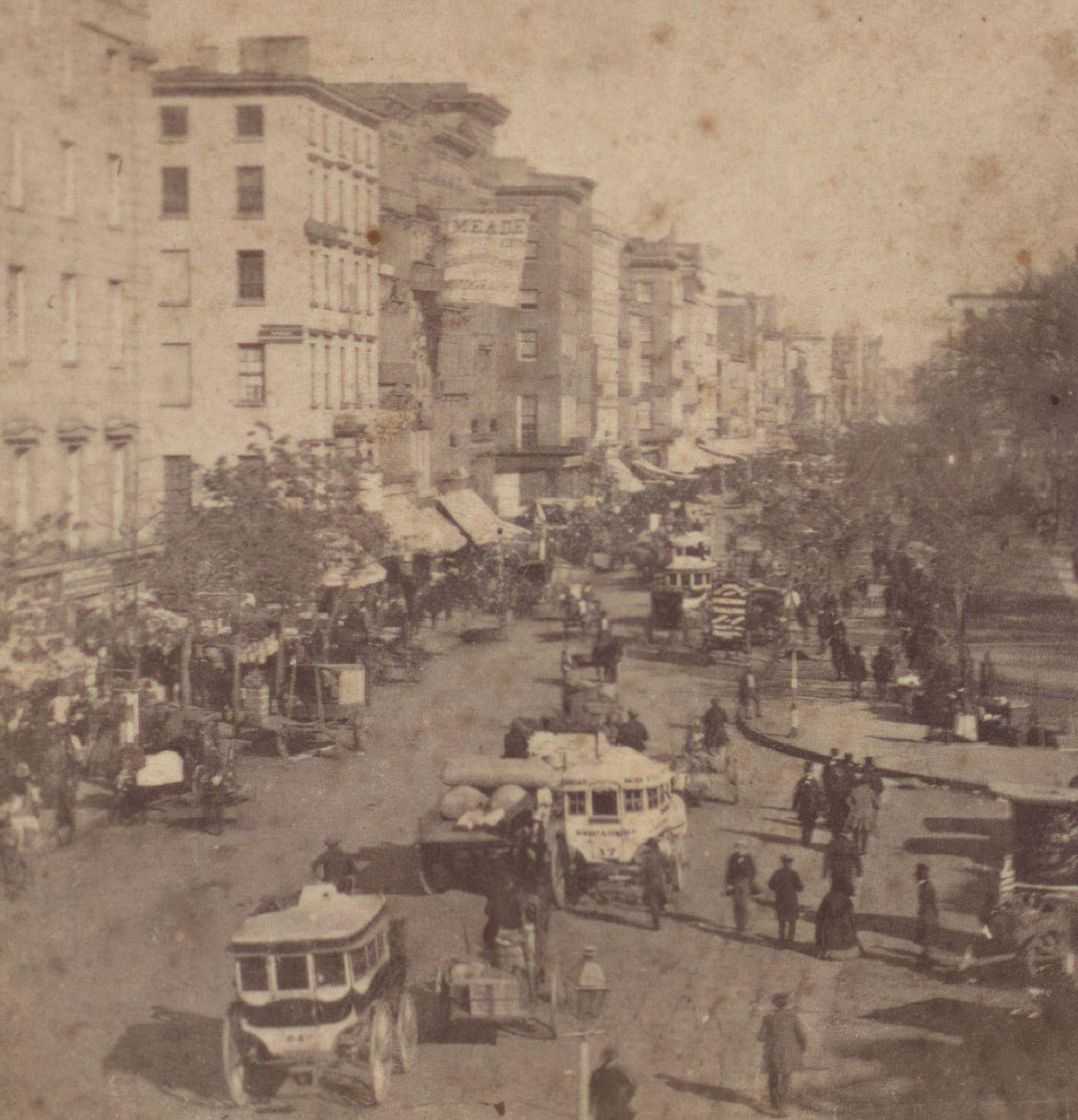
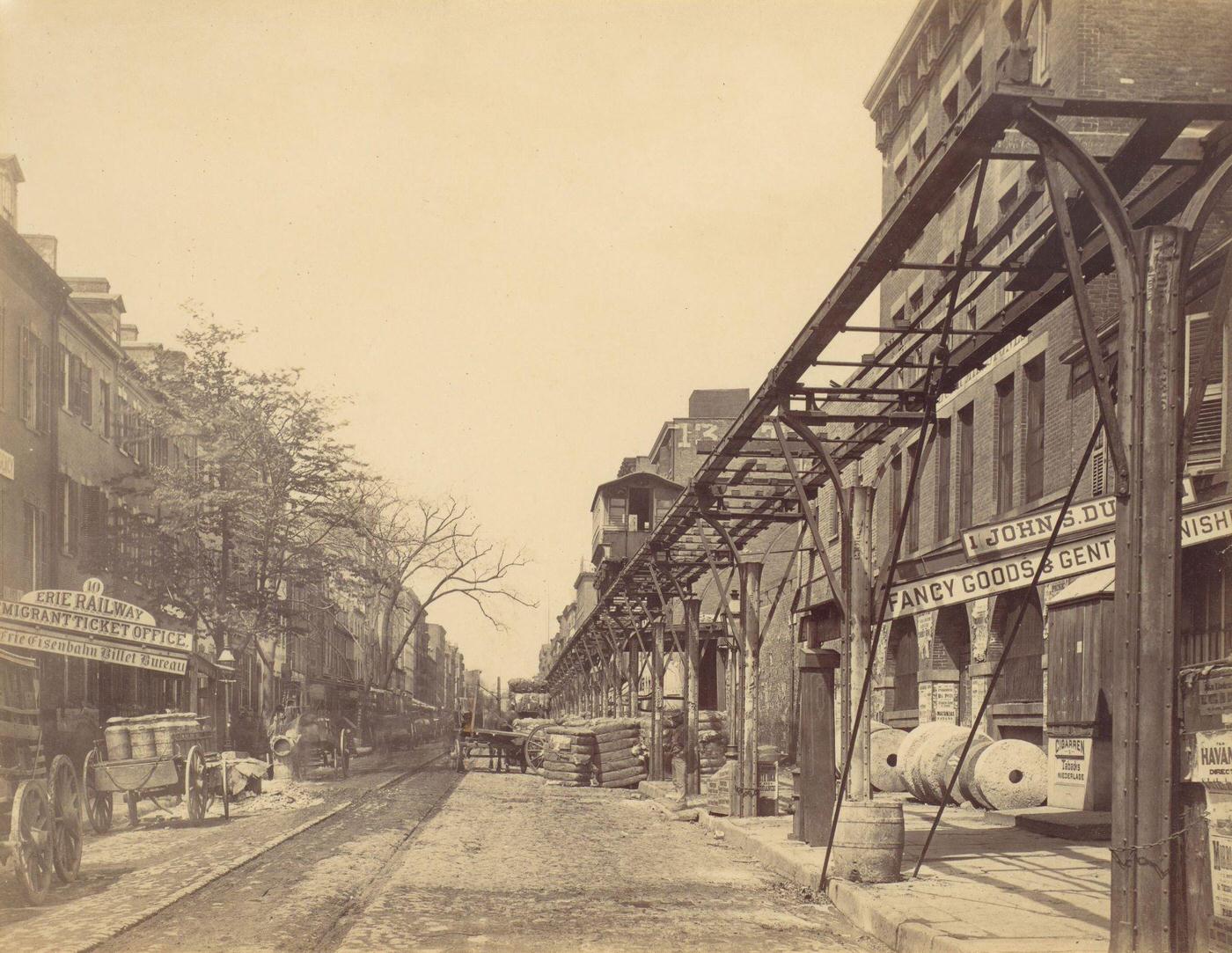
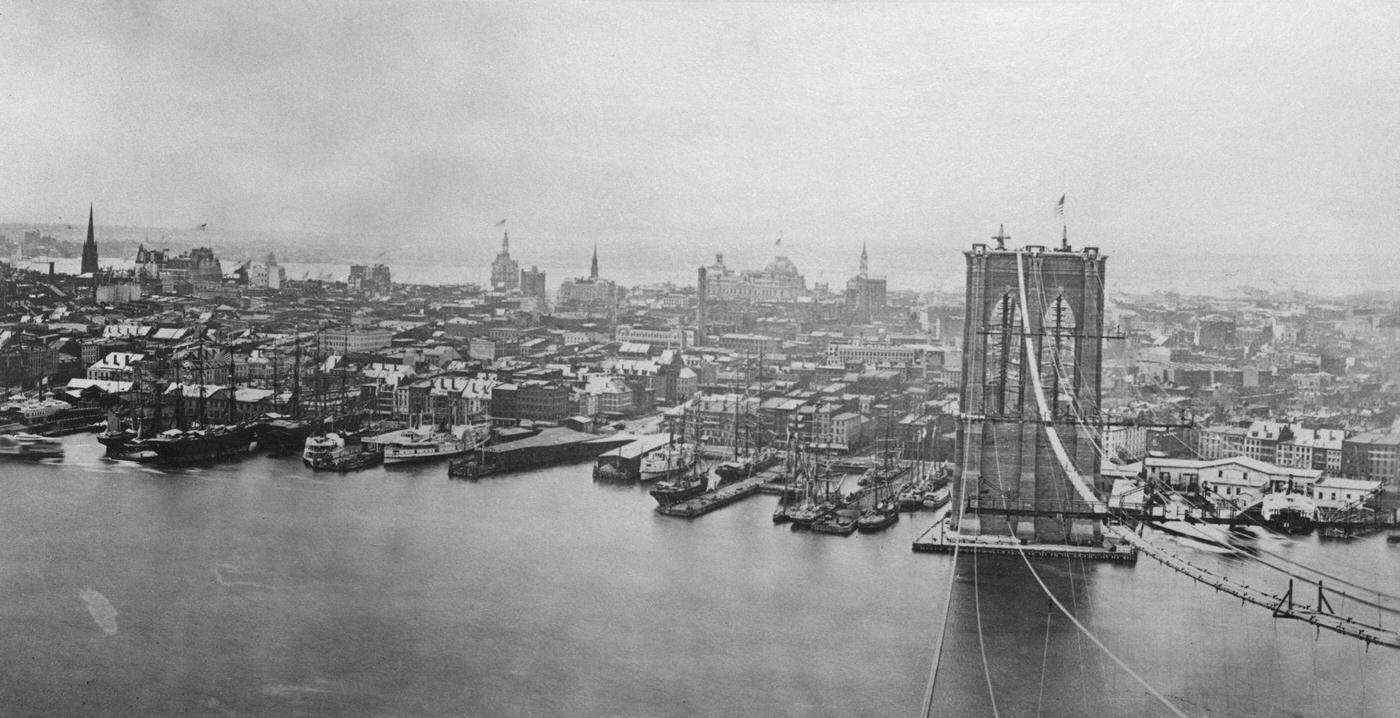
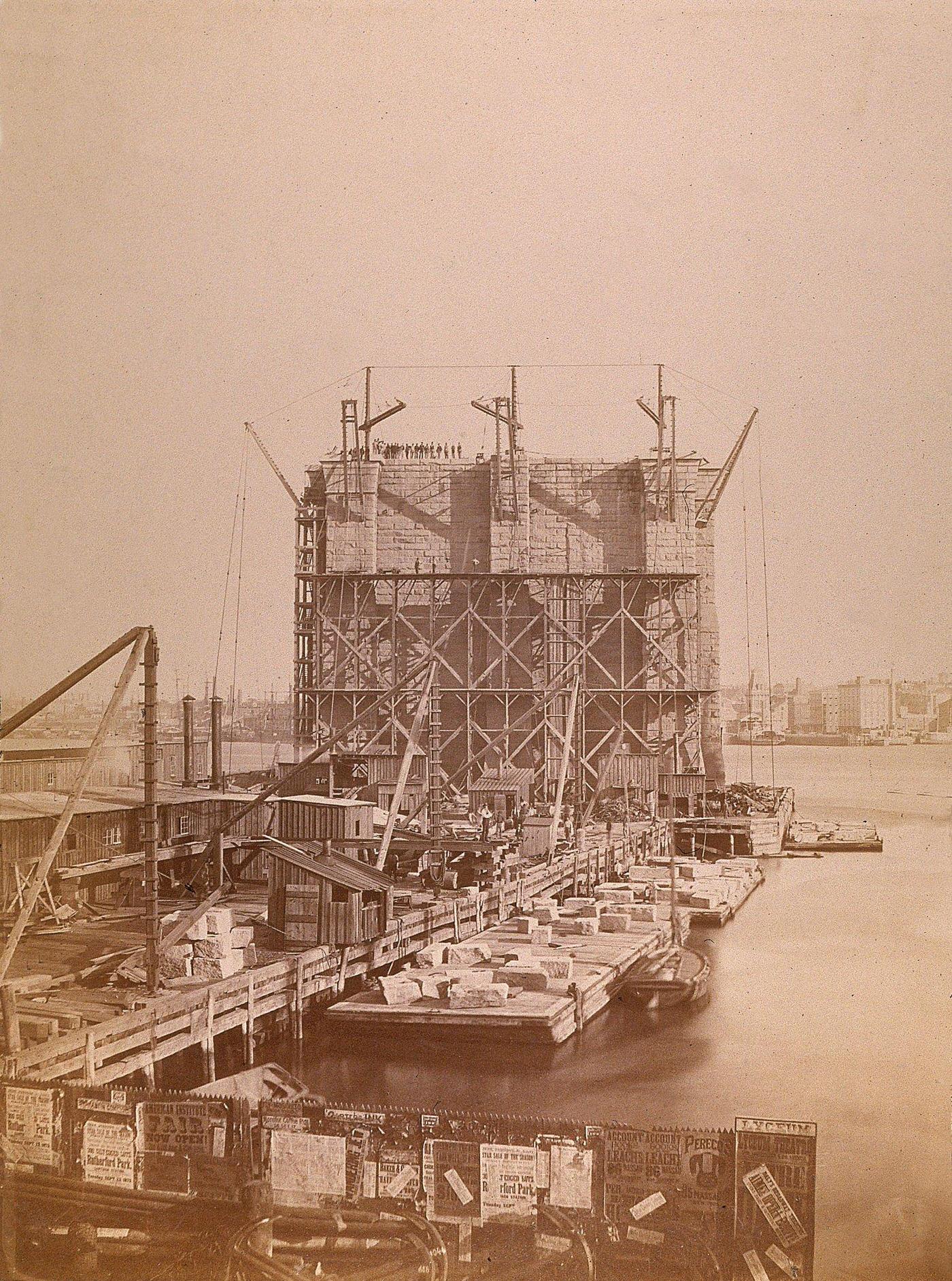
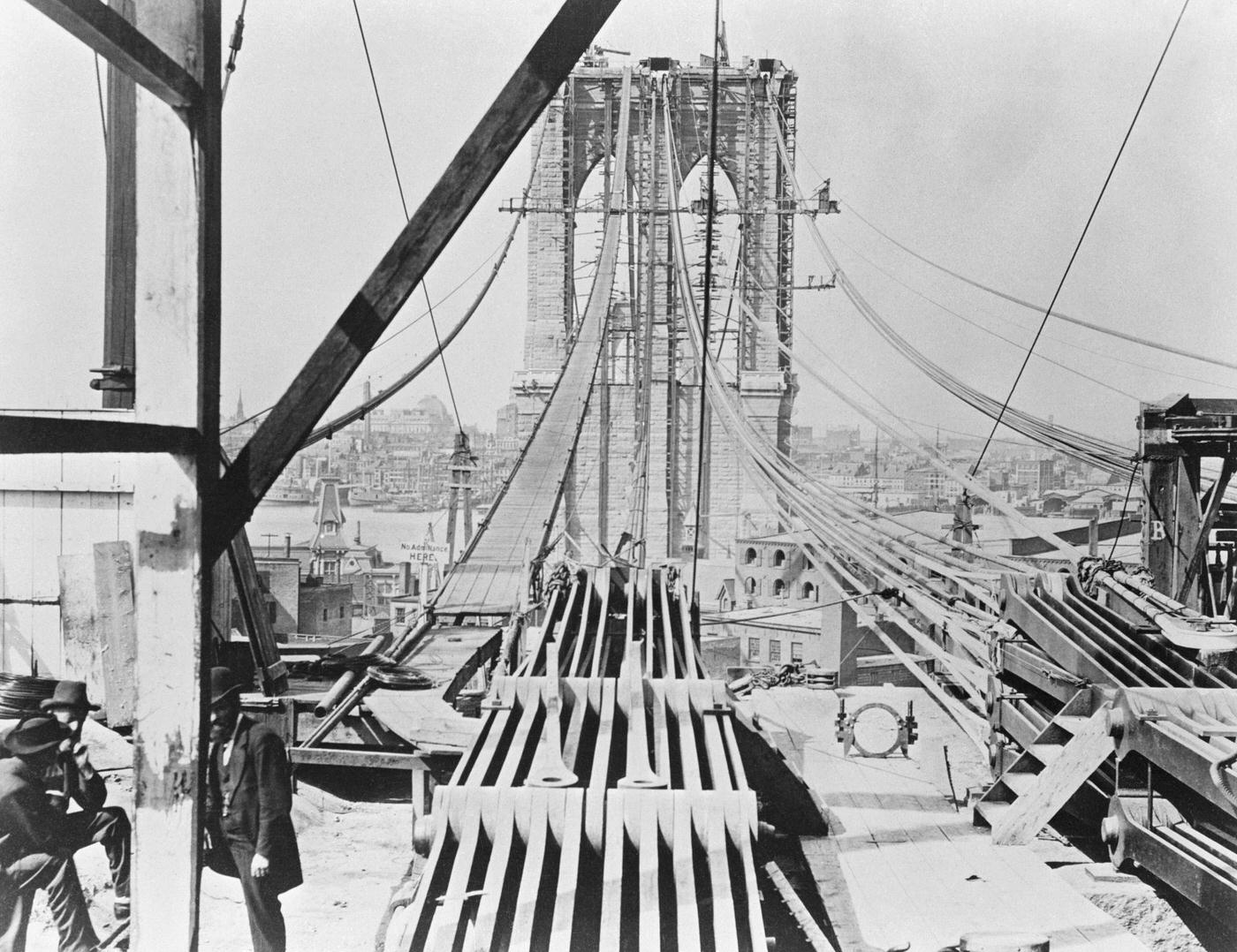
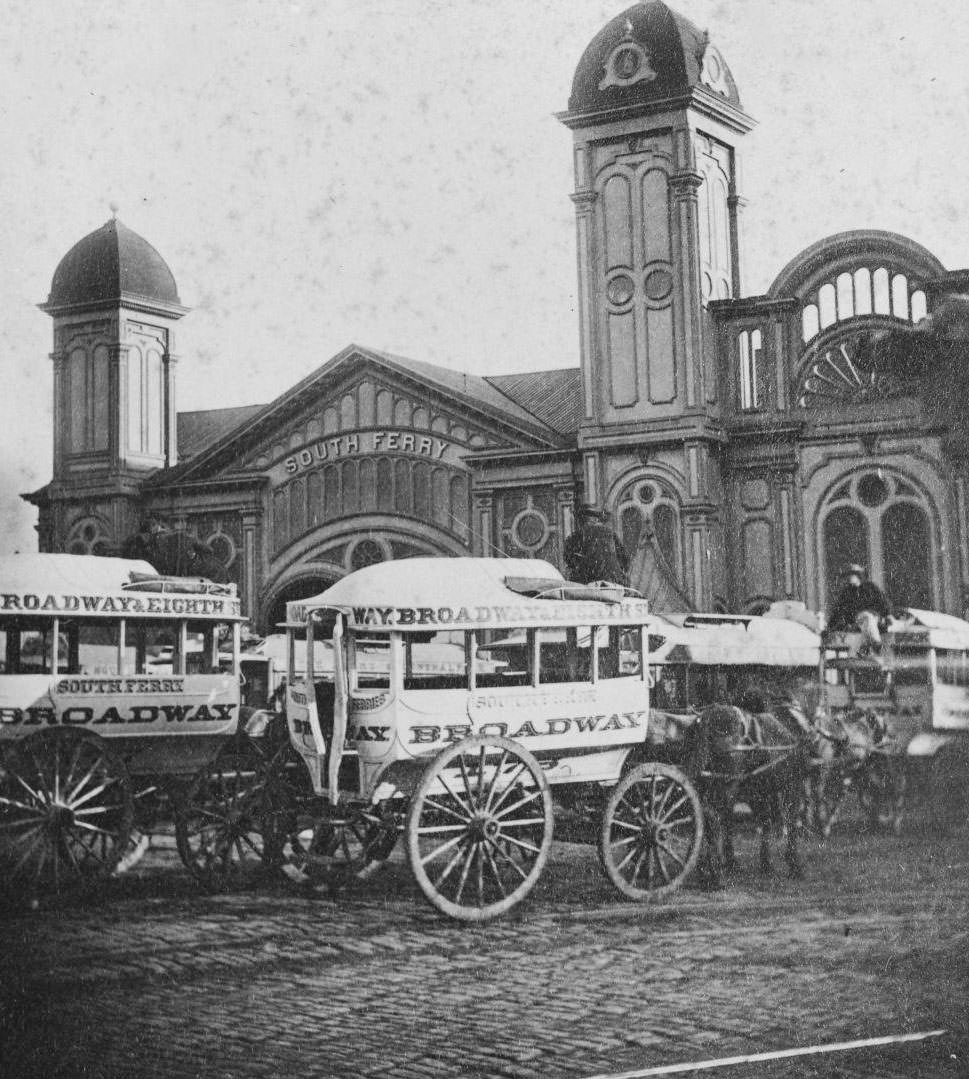
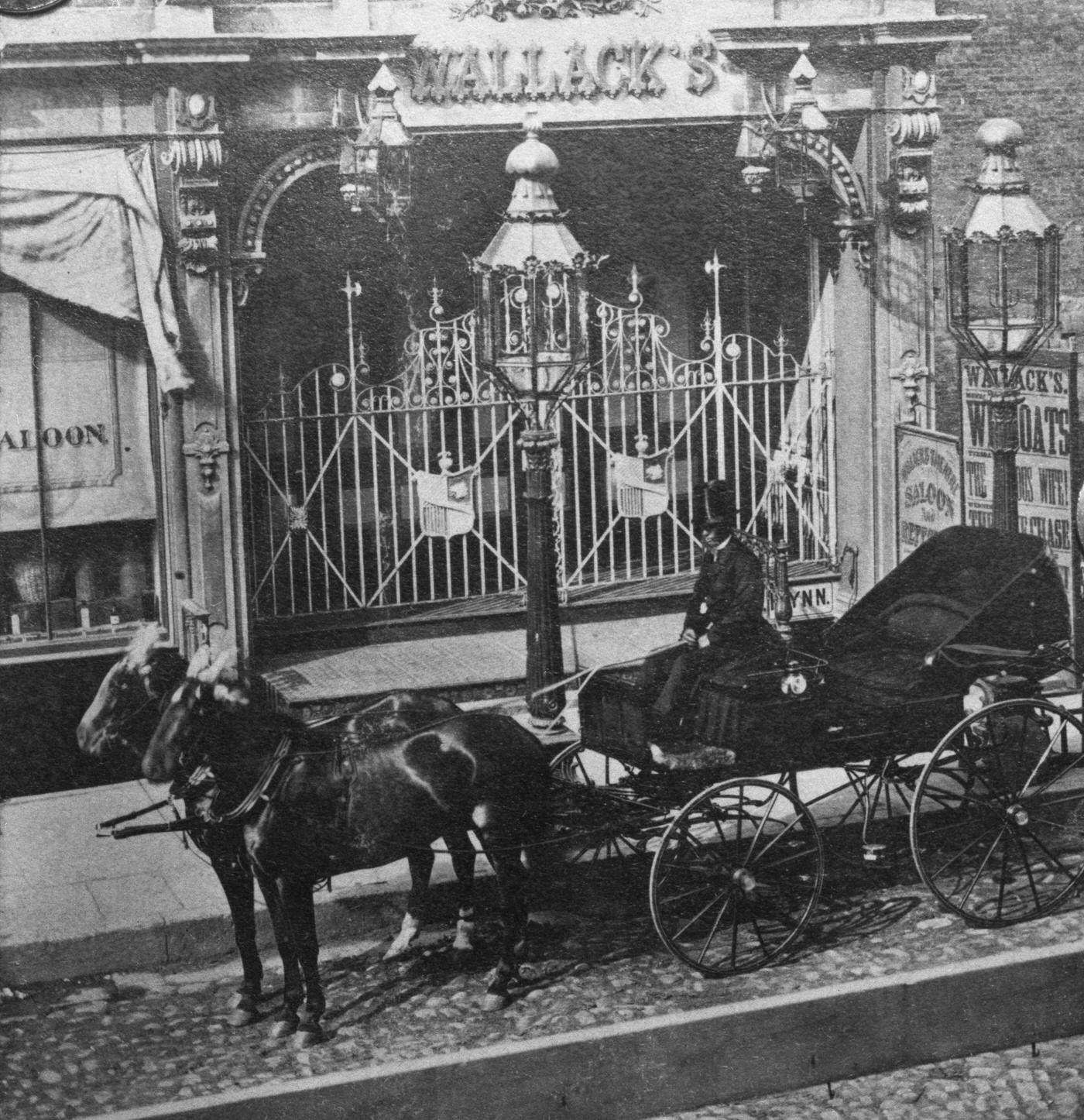
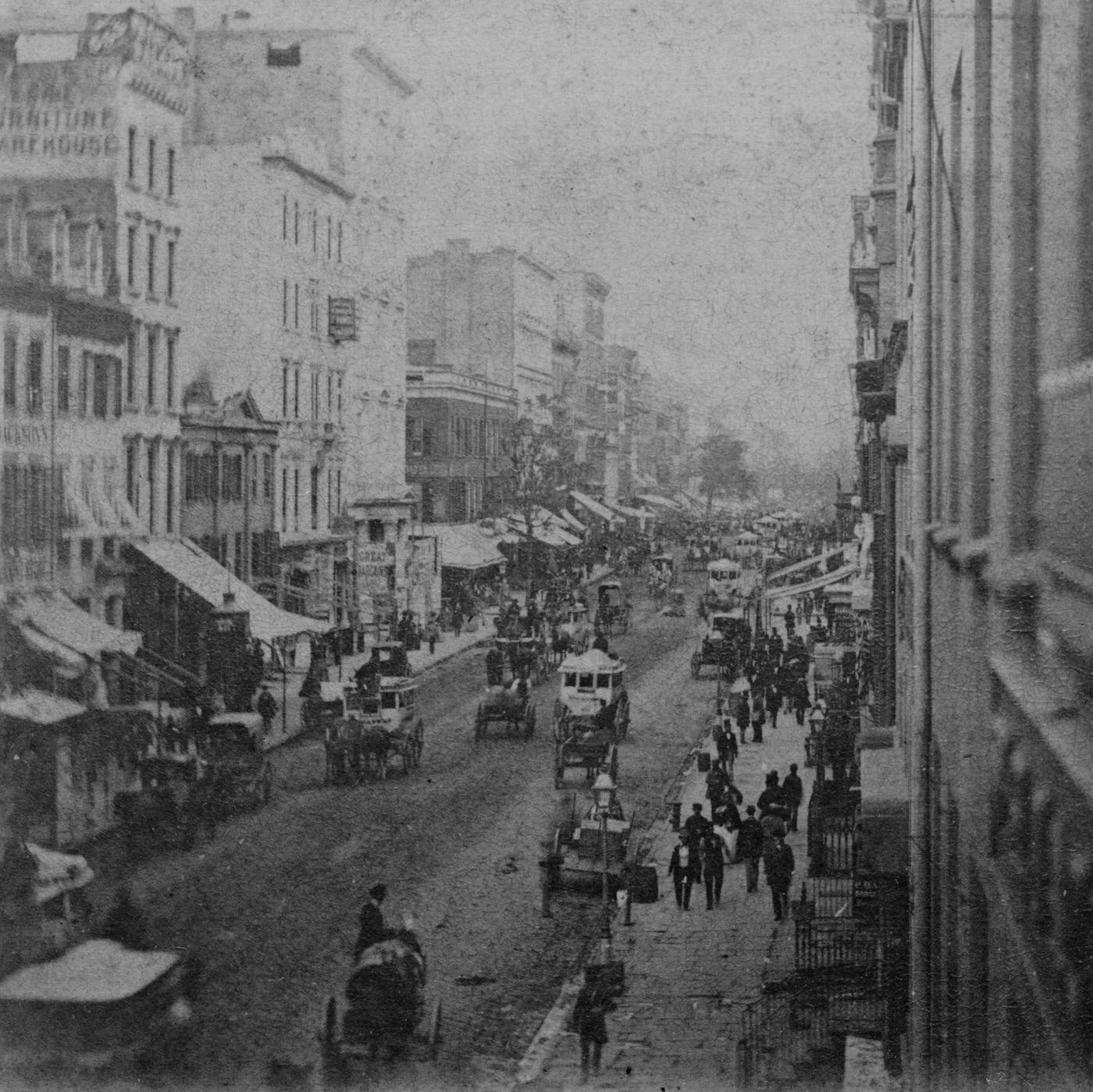

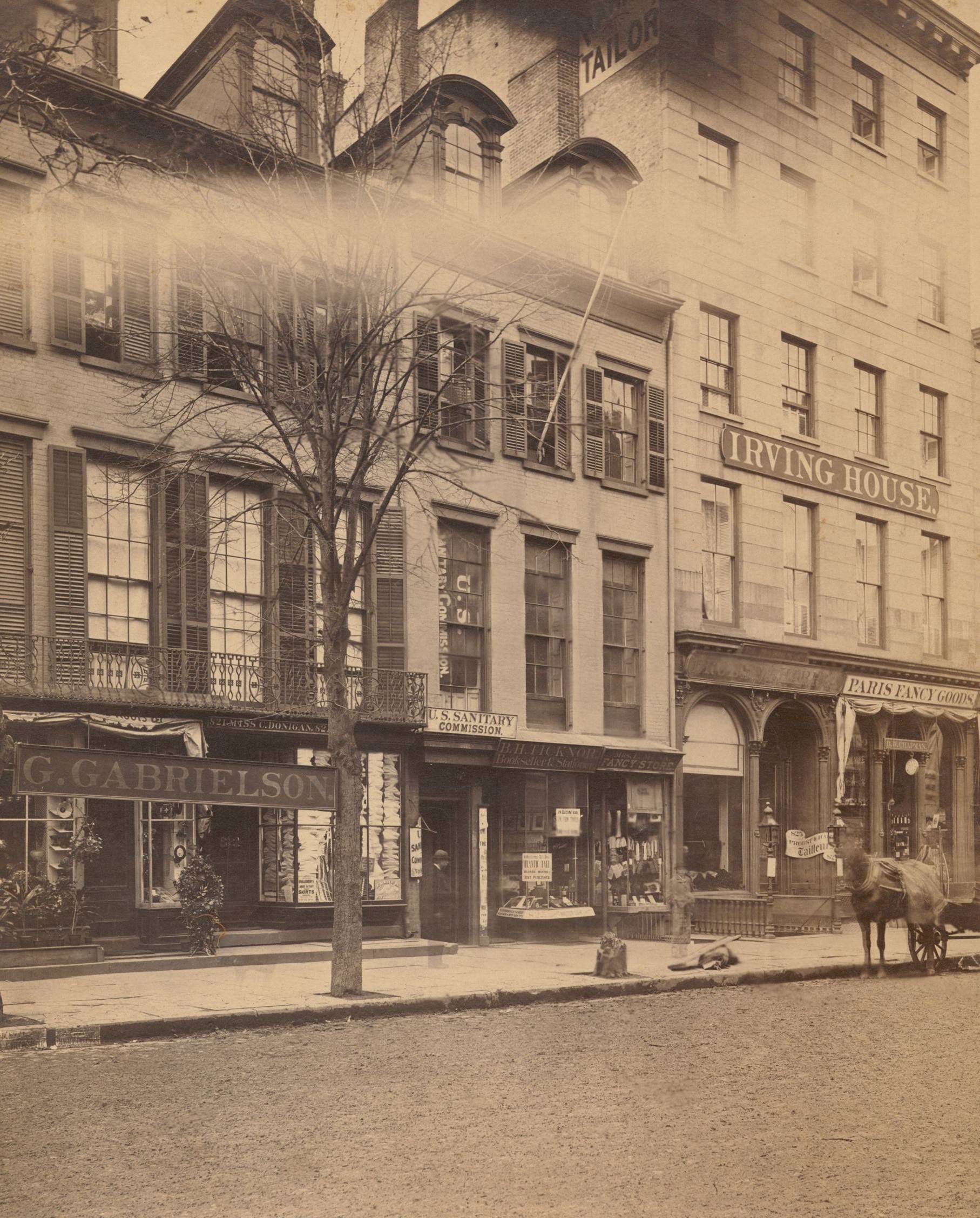
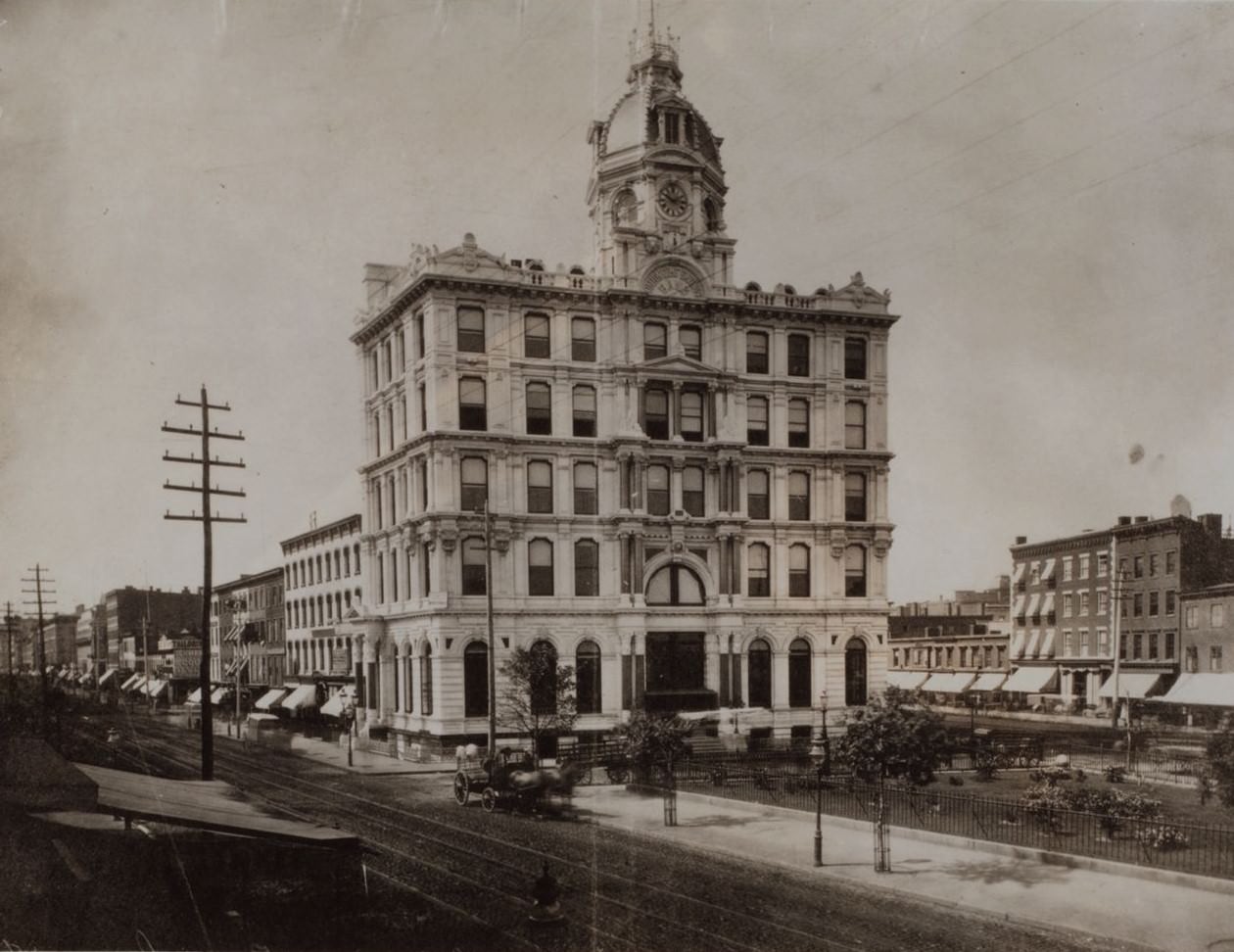
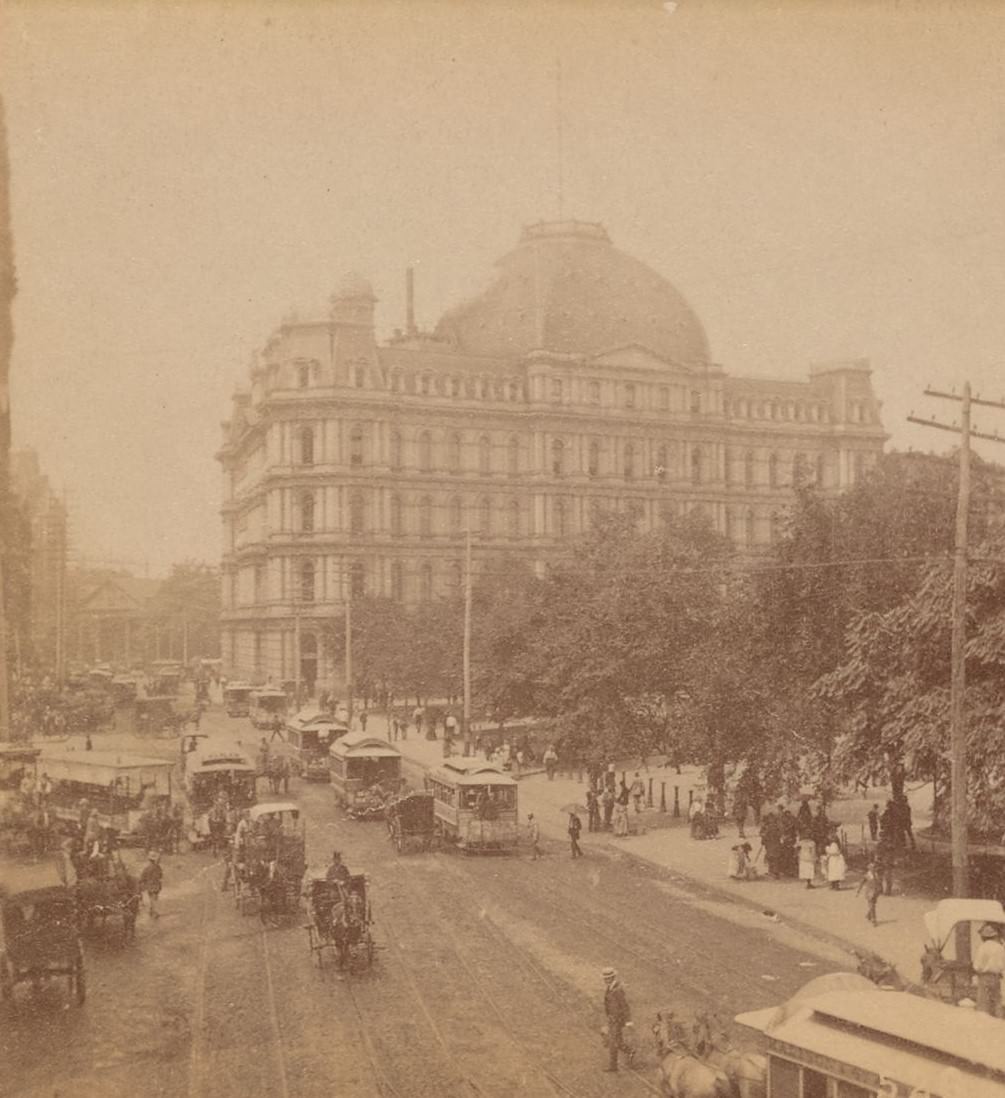
![Central Park [Pleasure] Garden, Restaurants, And Theodore Thomas Concerts, 1870S](https://seeoldnyc.com/wp-content/uploads/2024/05/New_York_City_1870s_115.jpg)

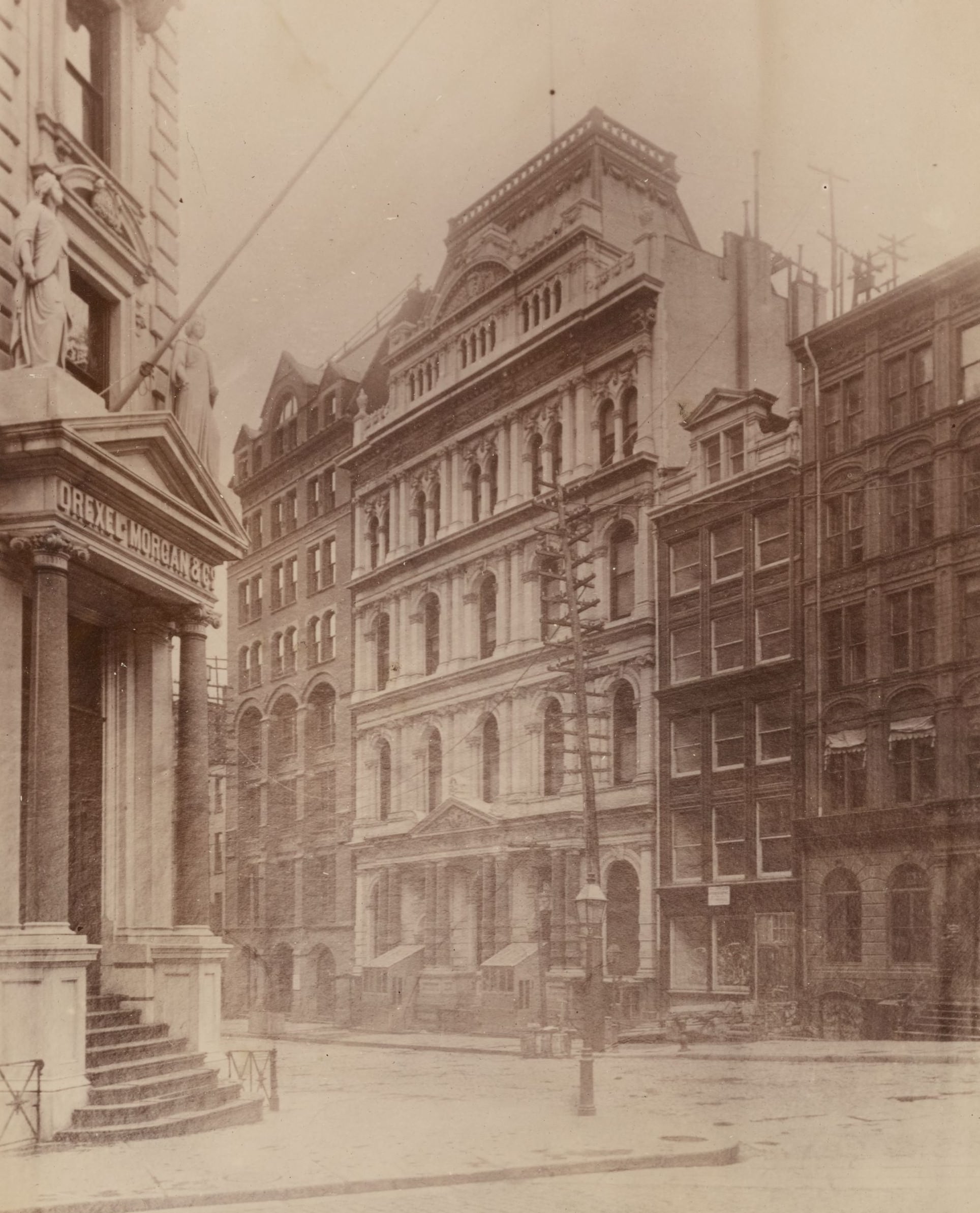
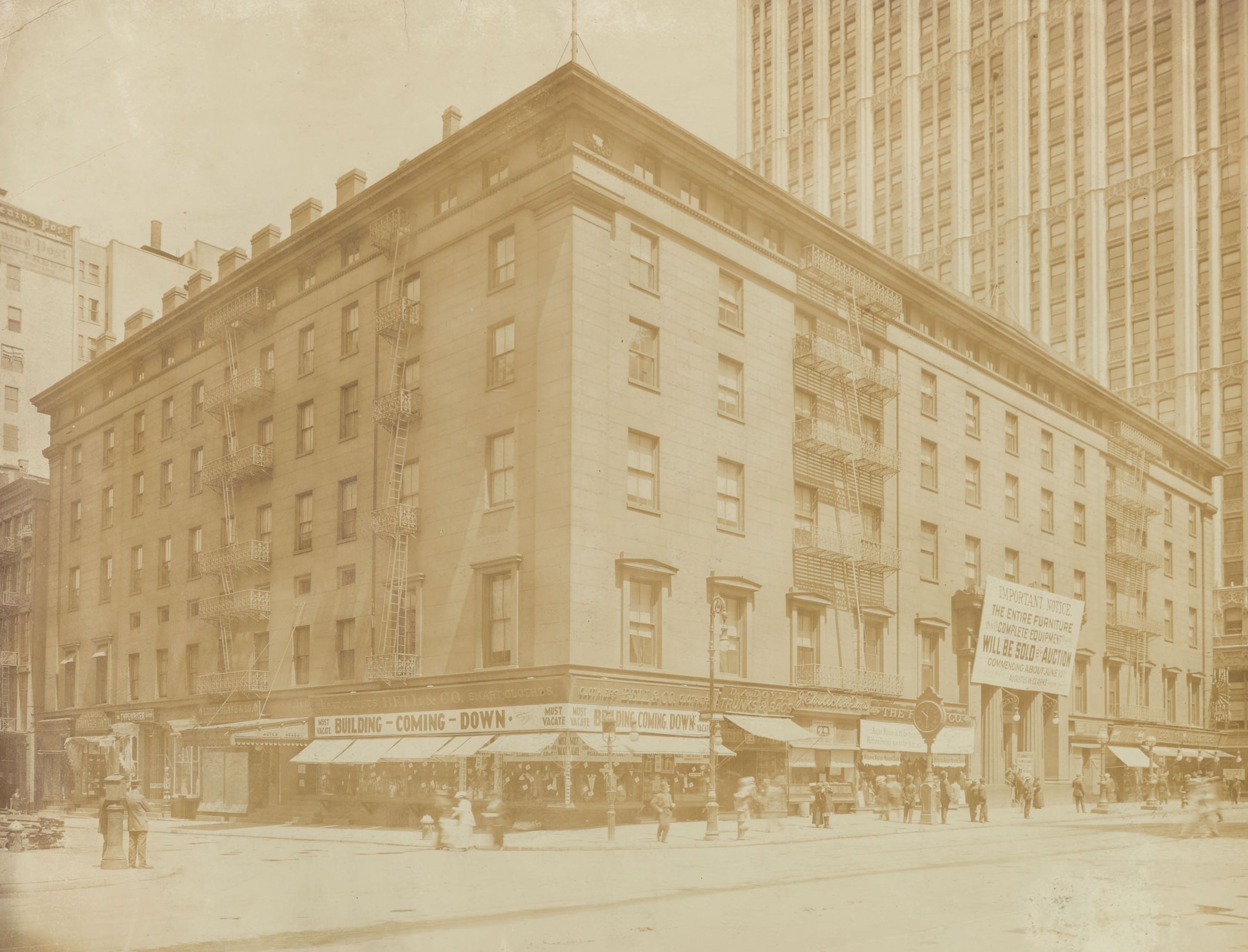
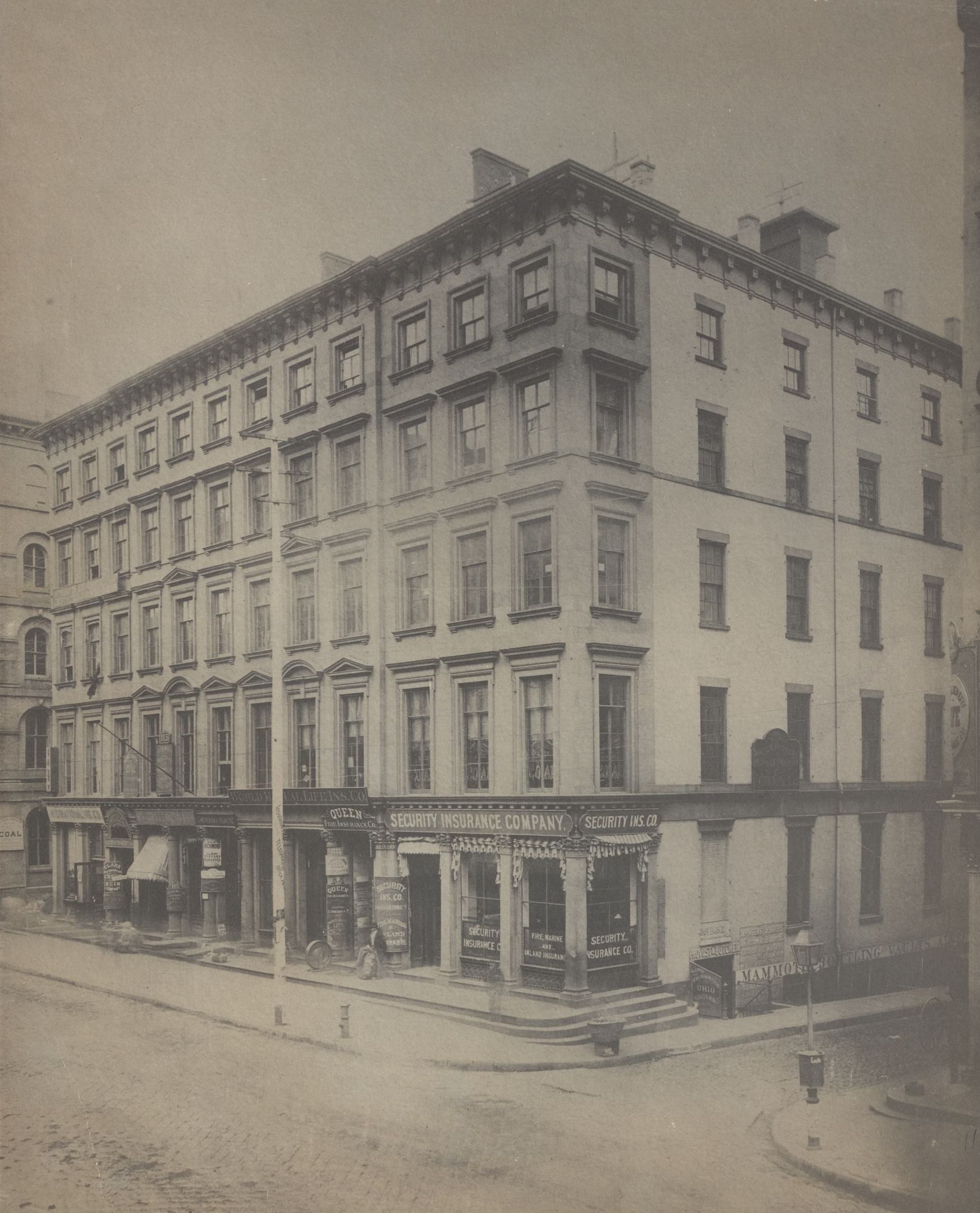


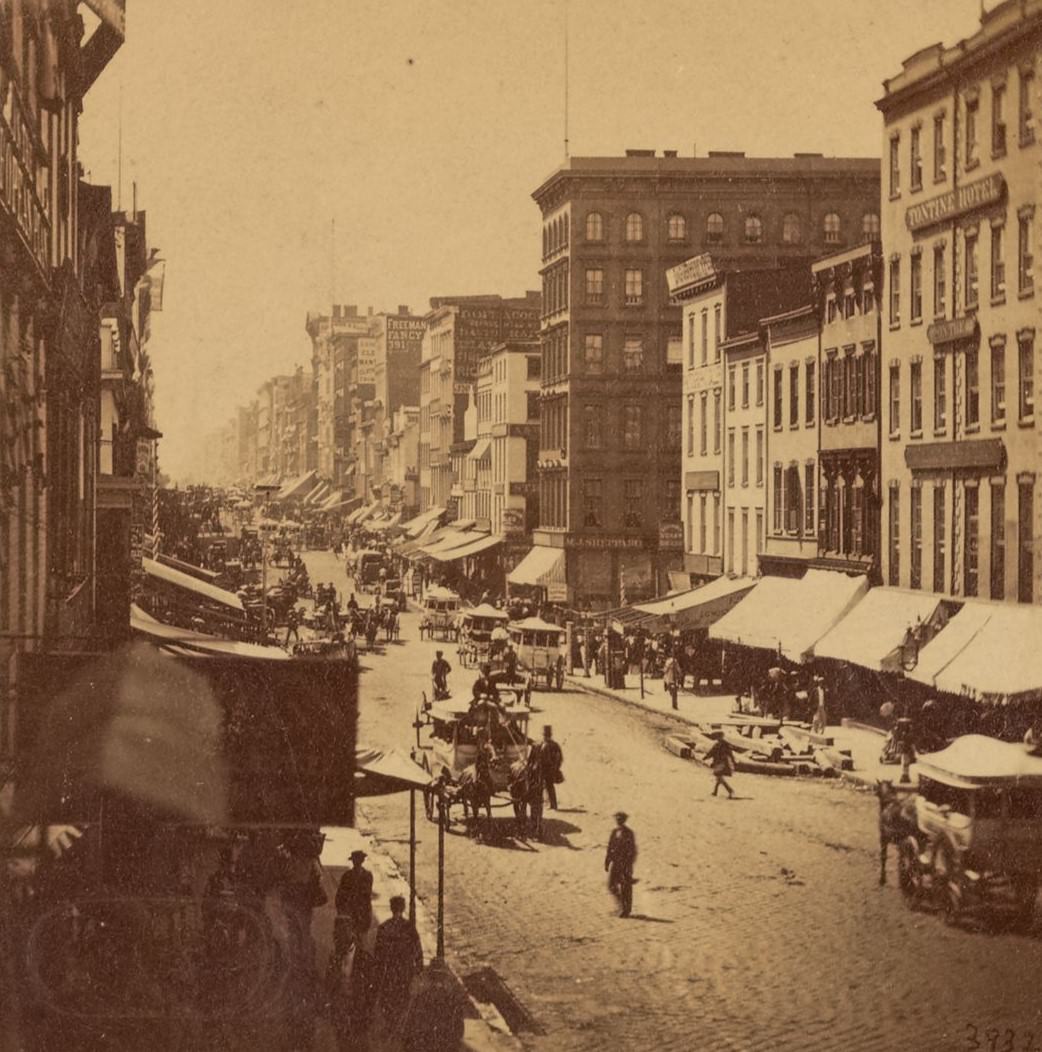
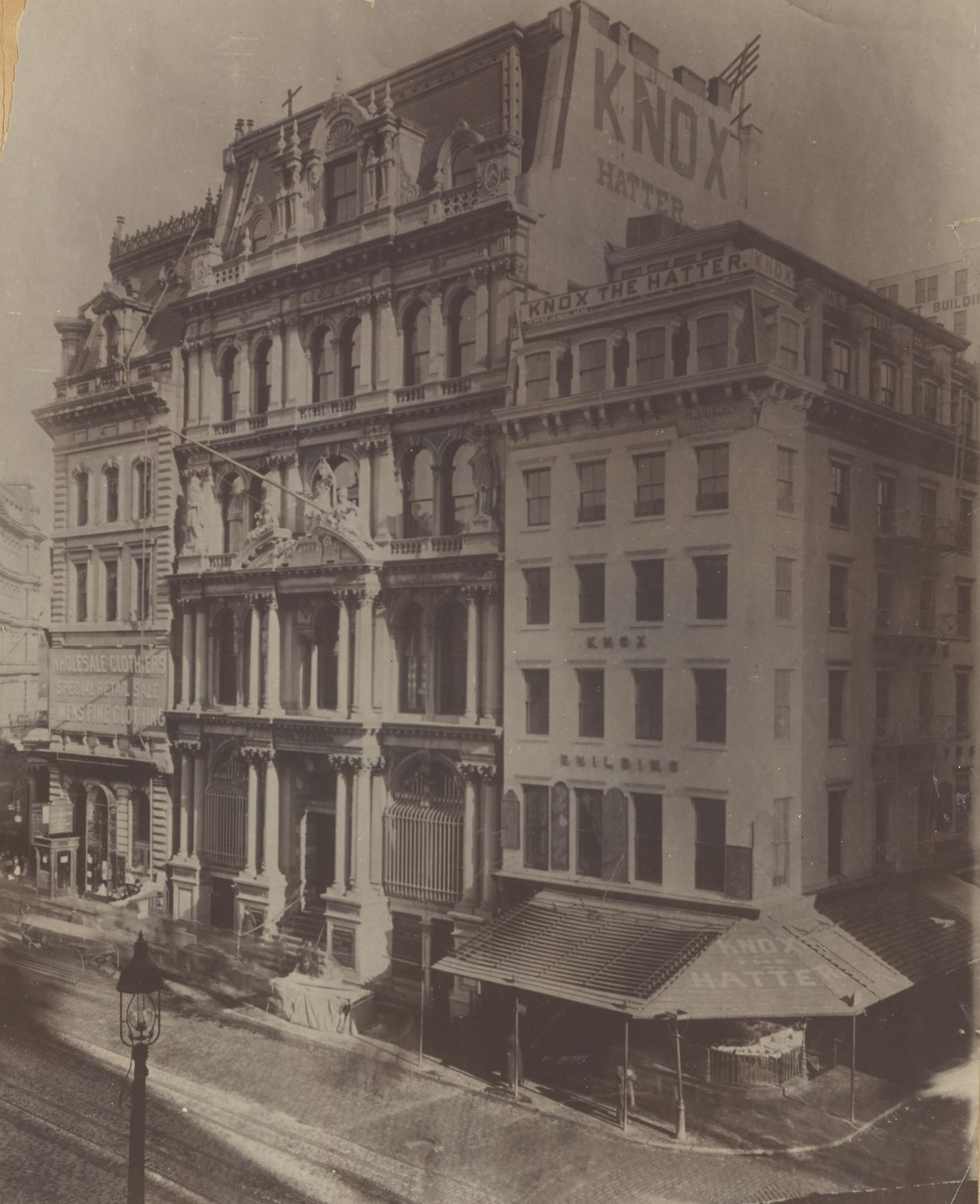
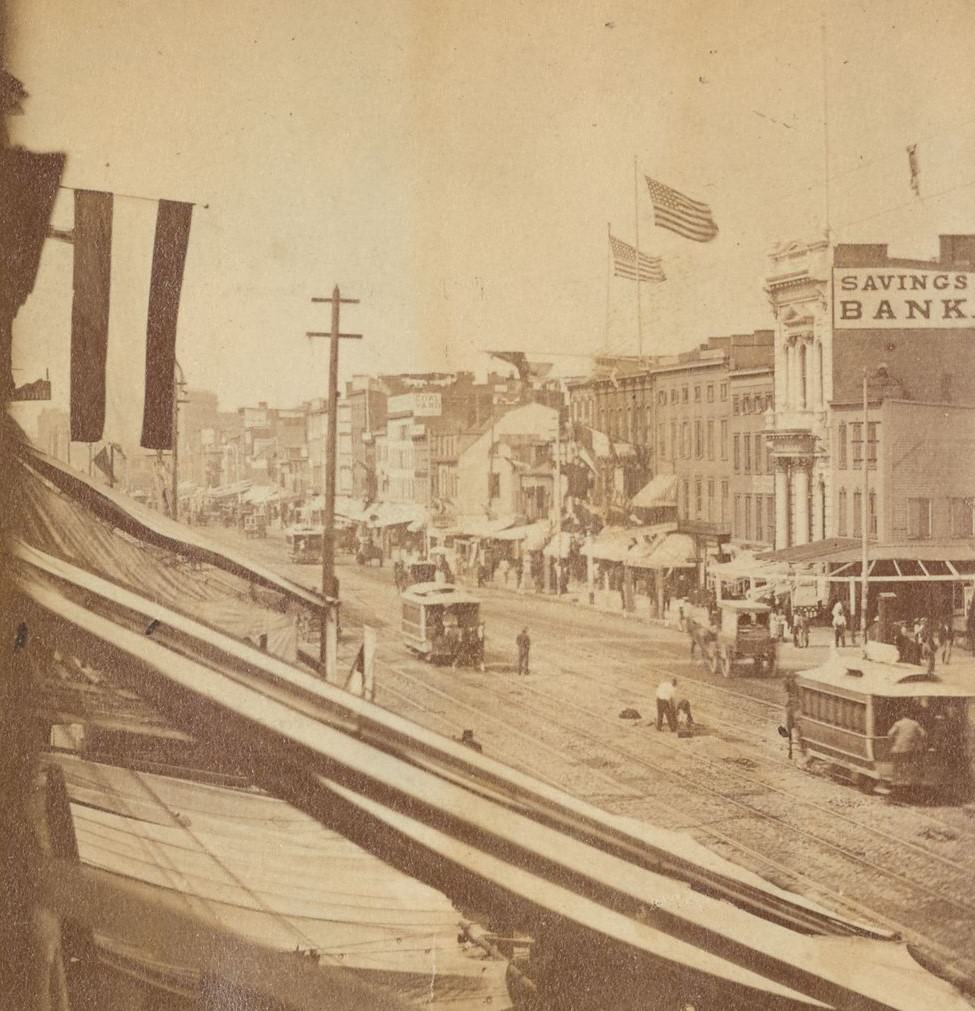
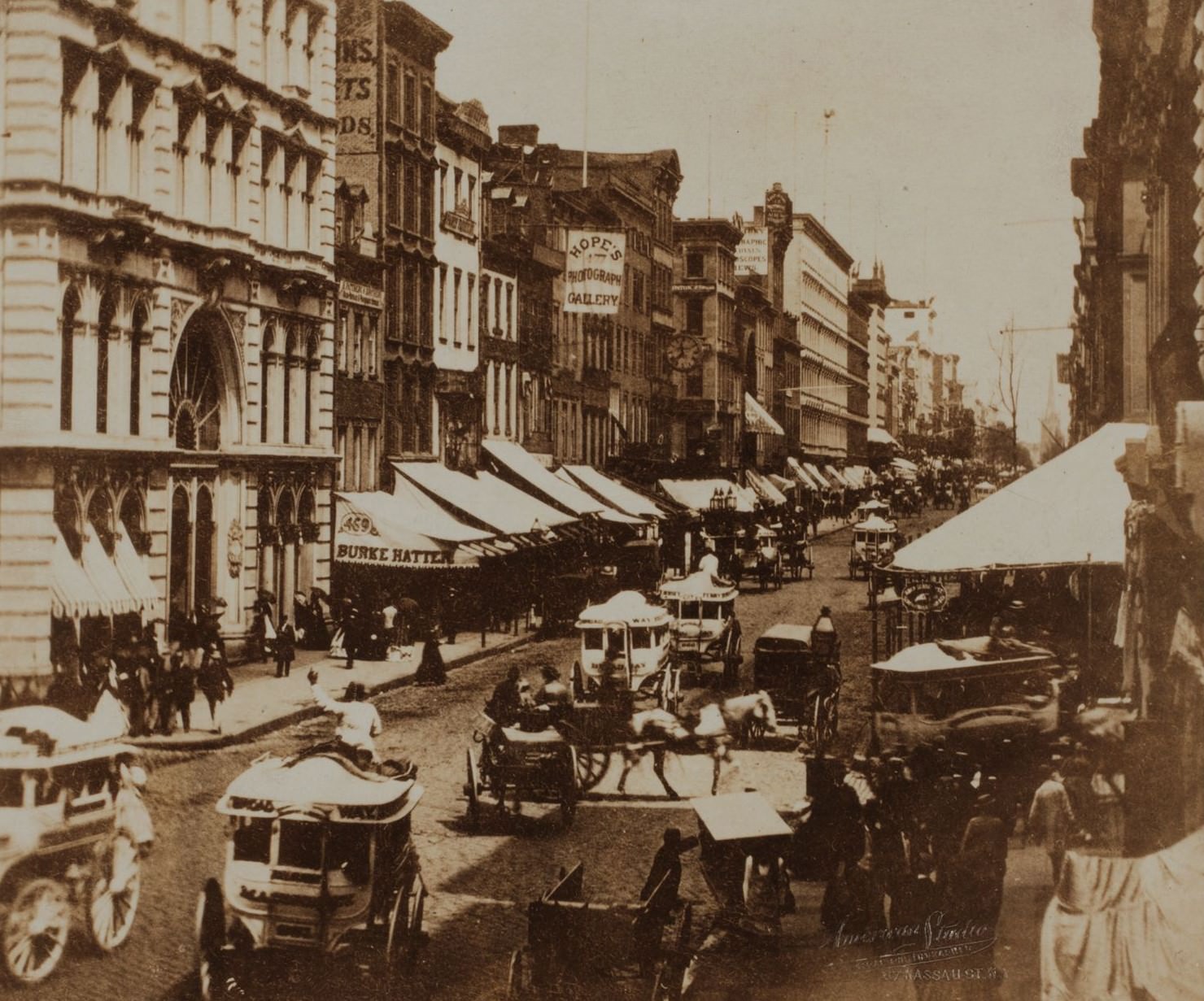
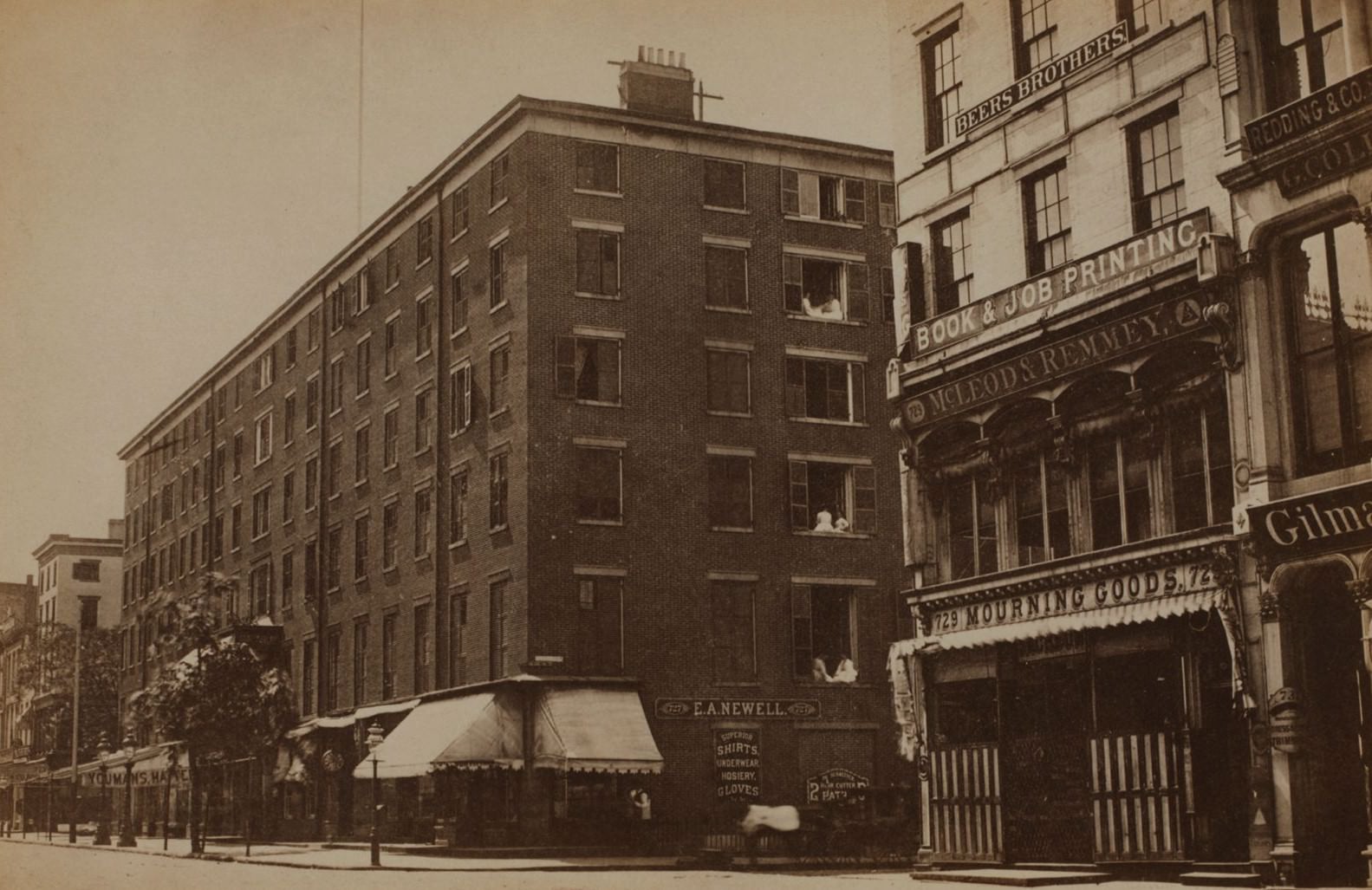
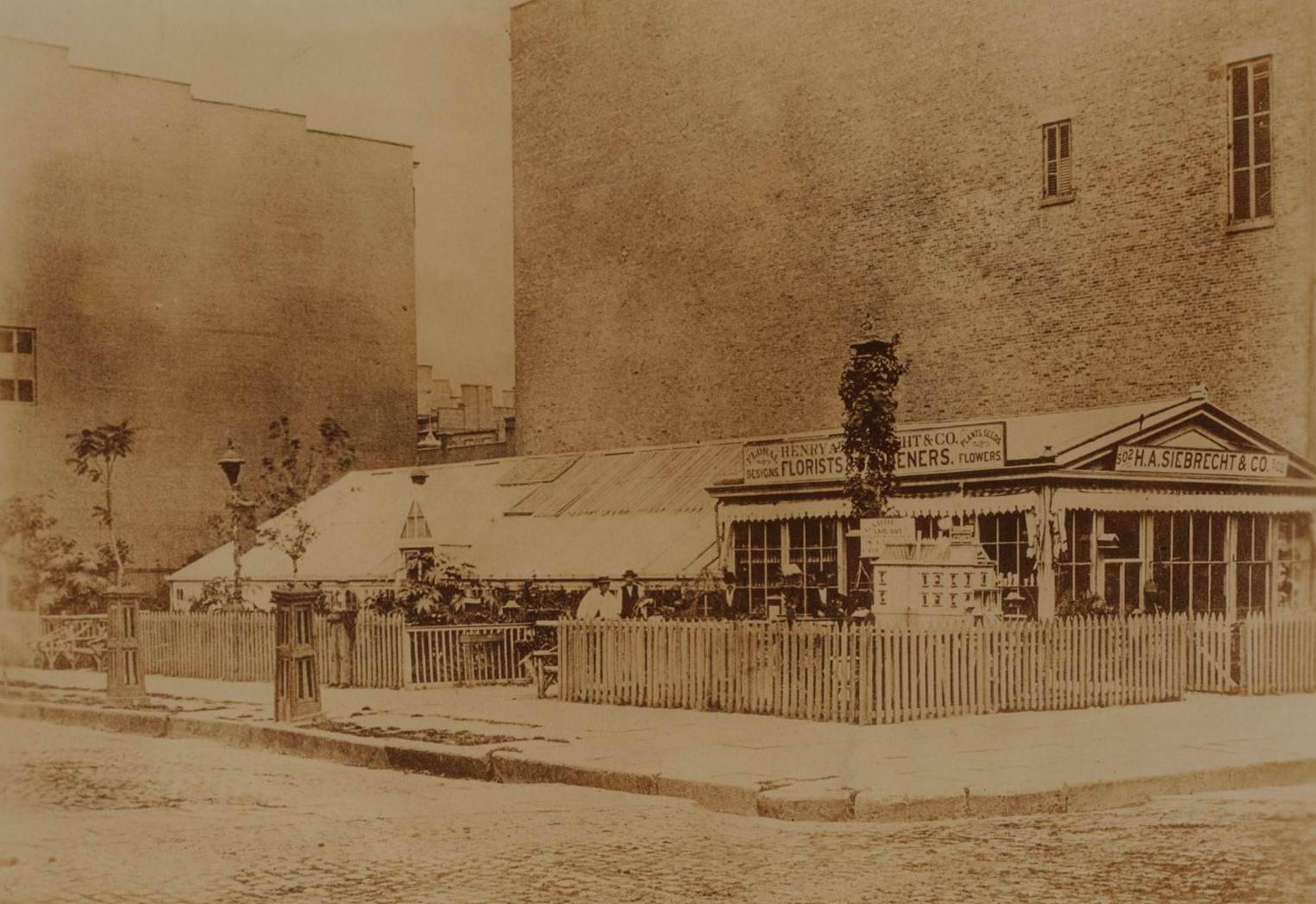
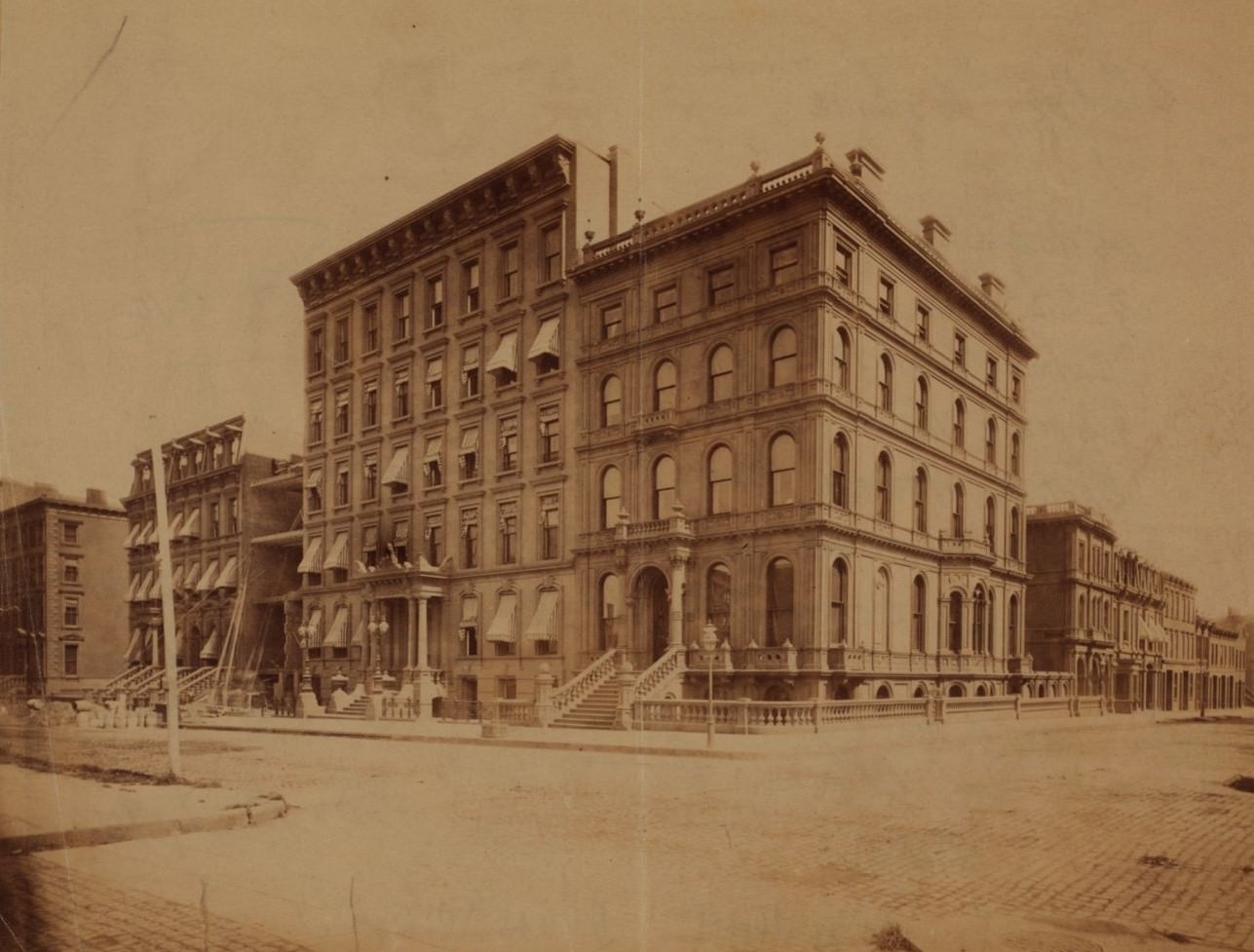
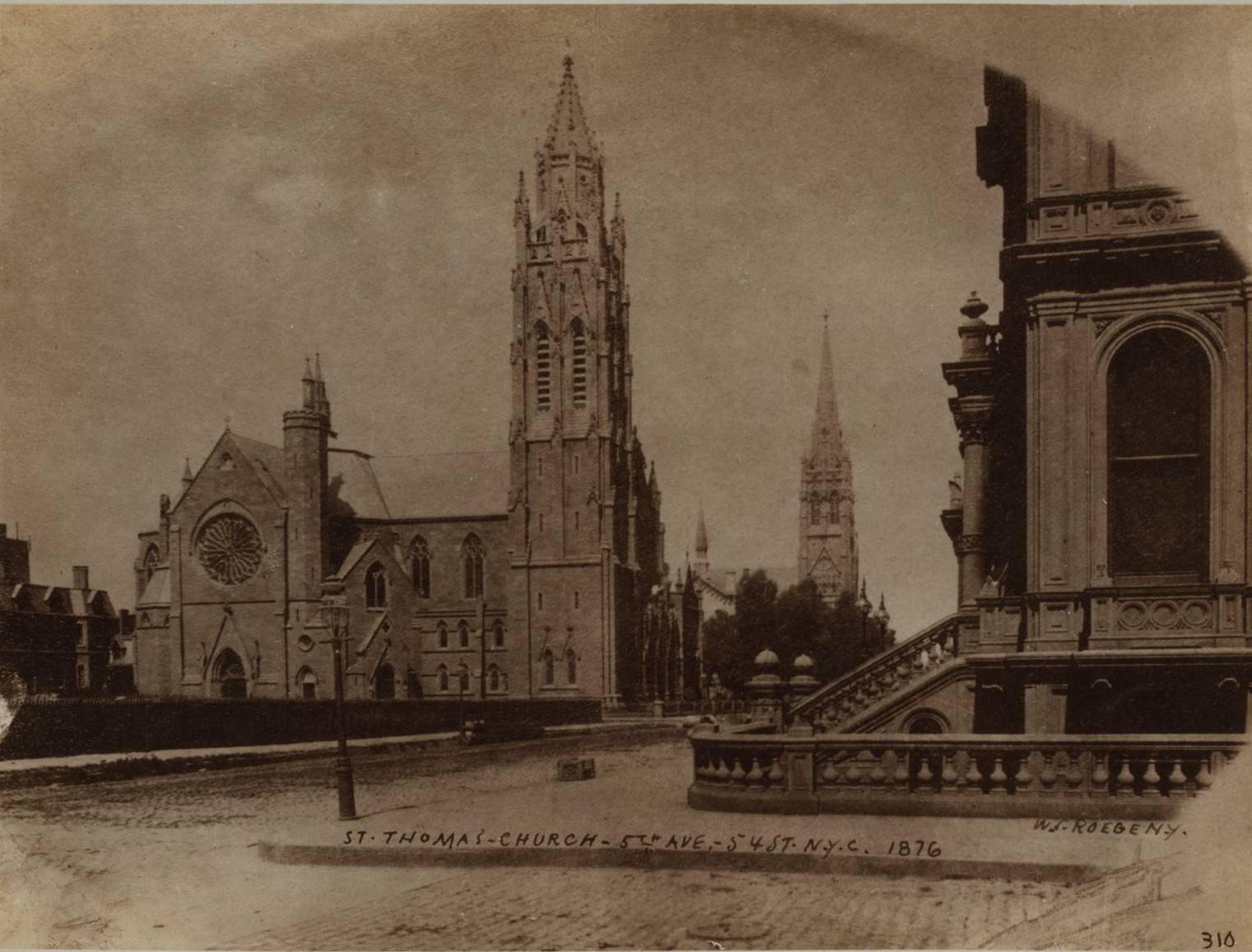
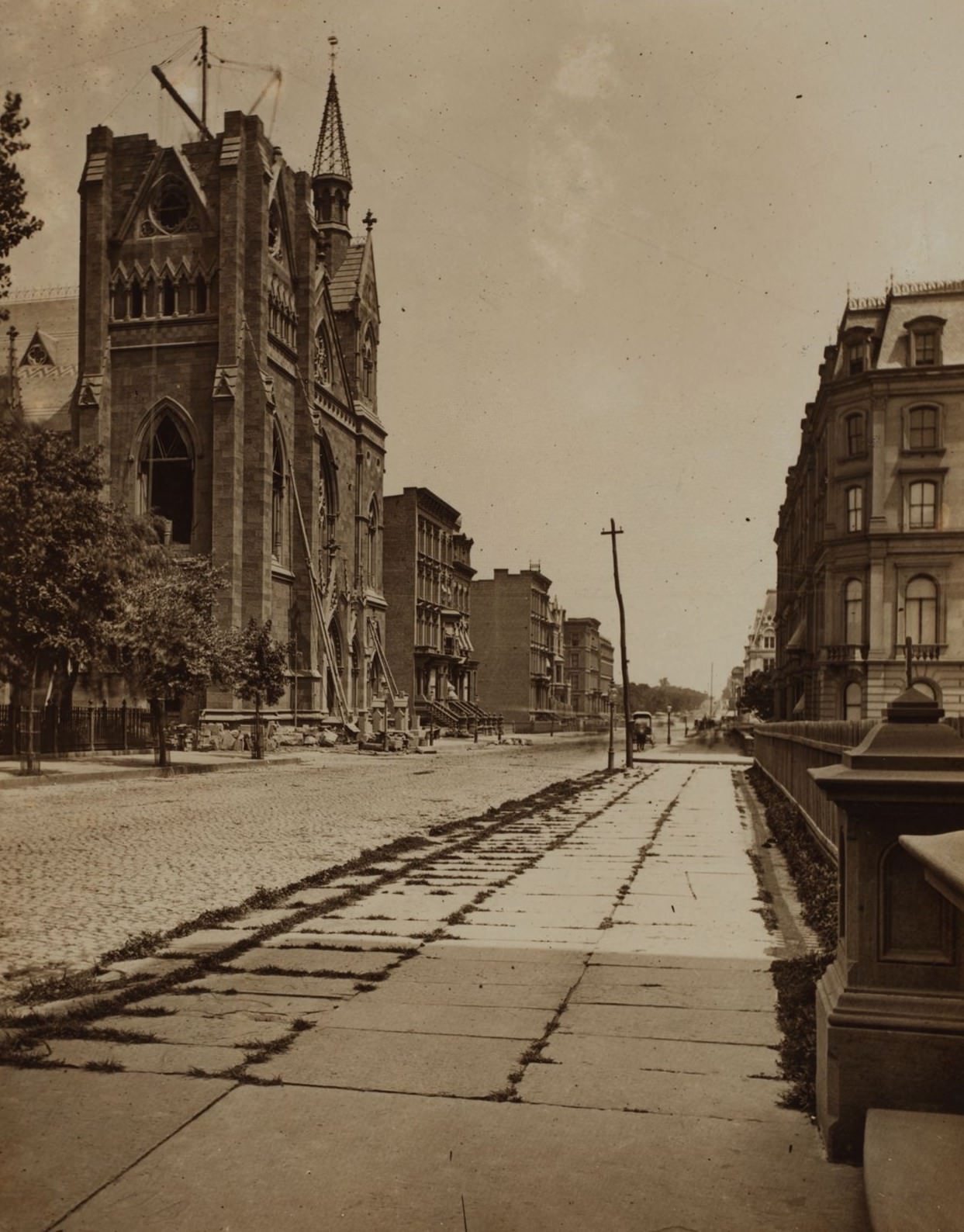
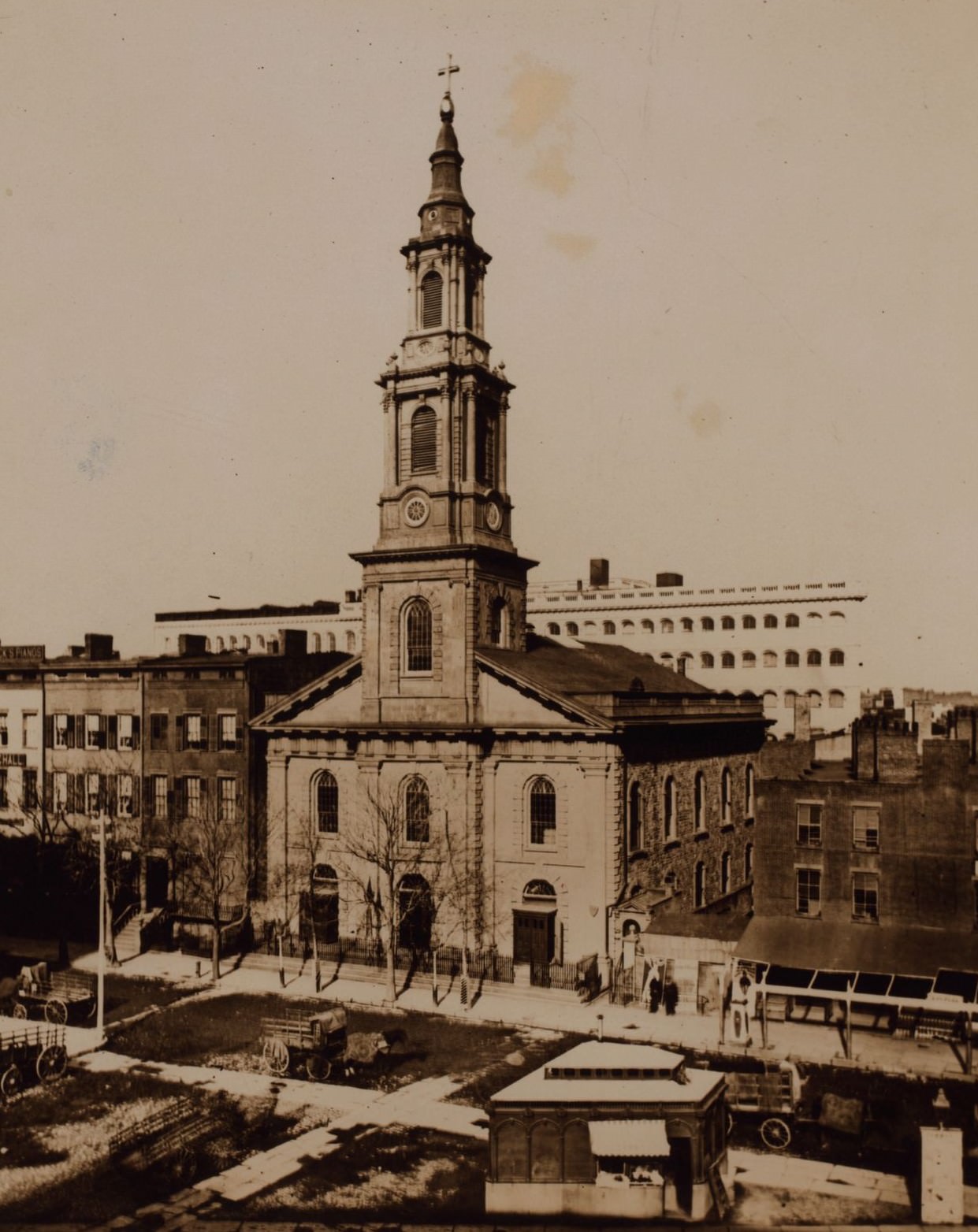
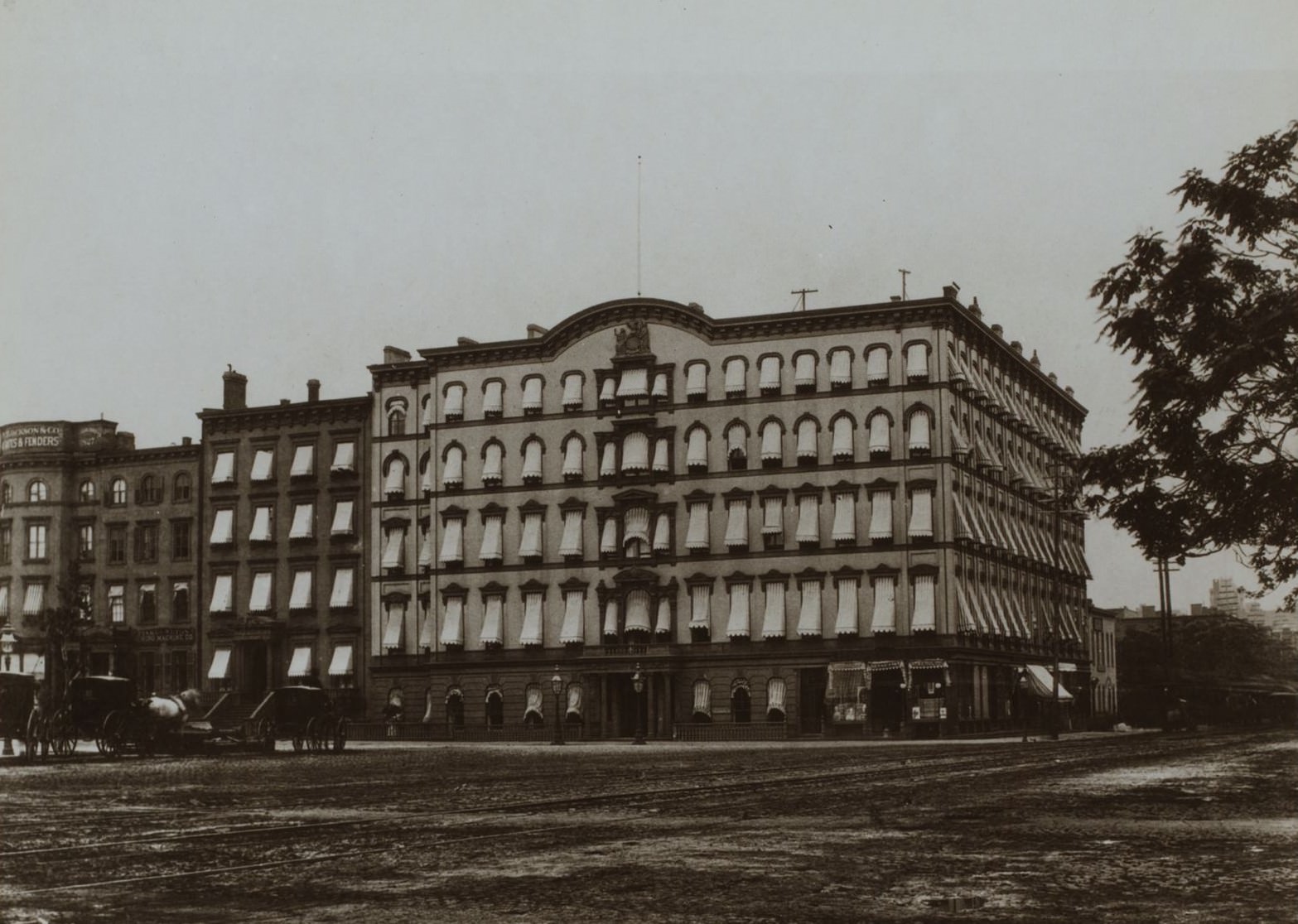
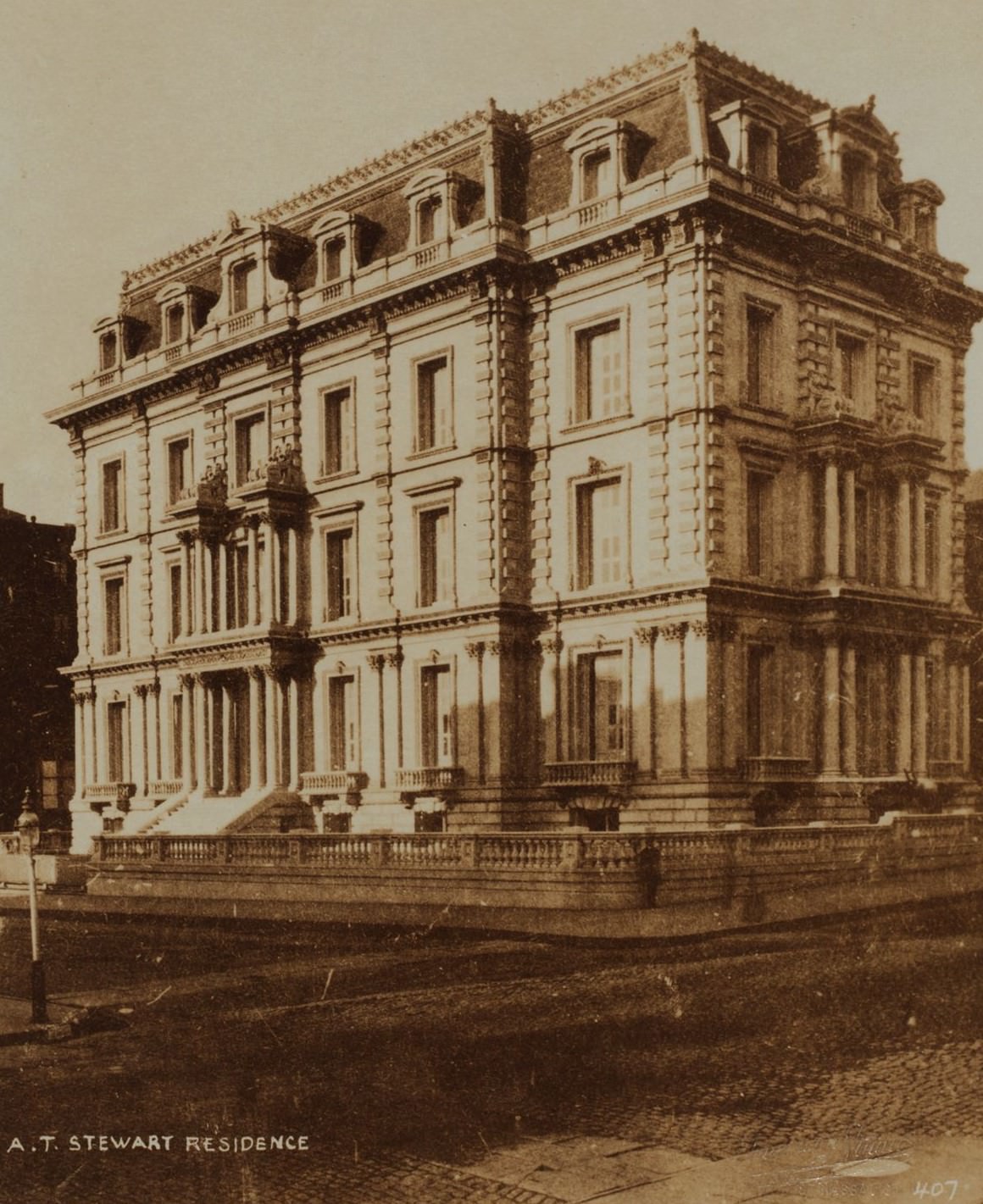
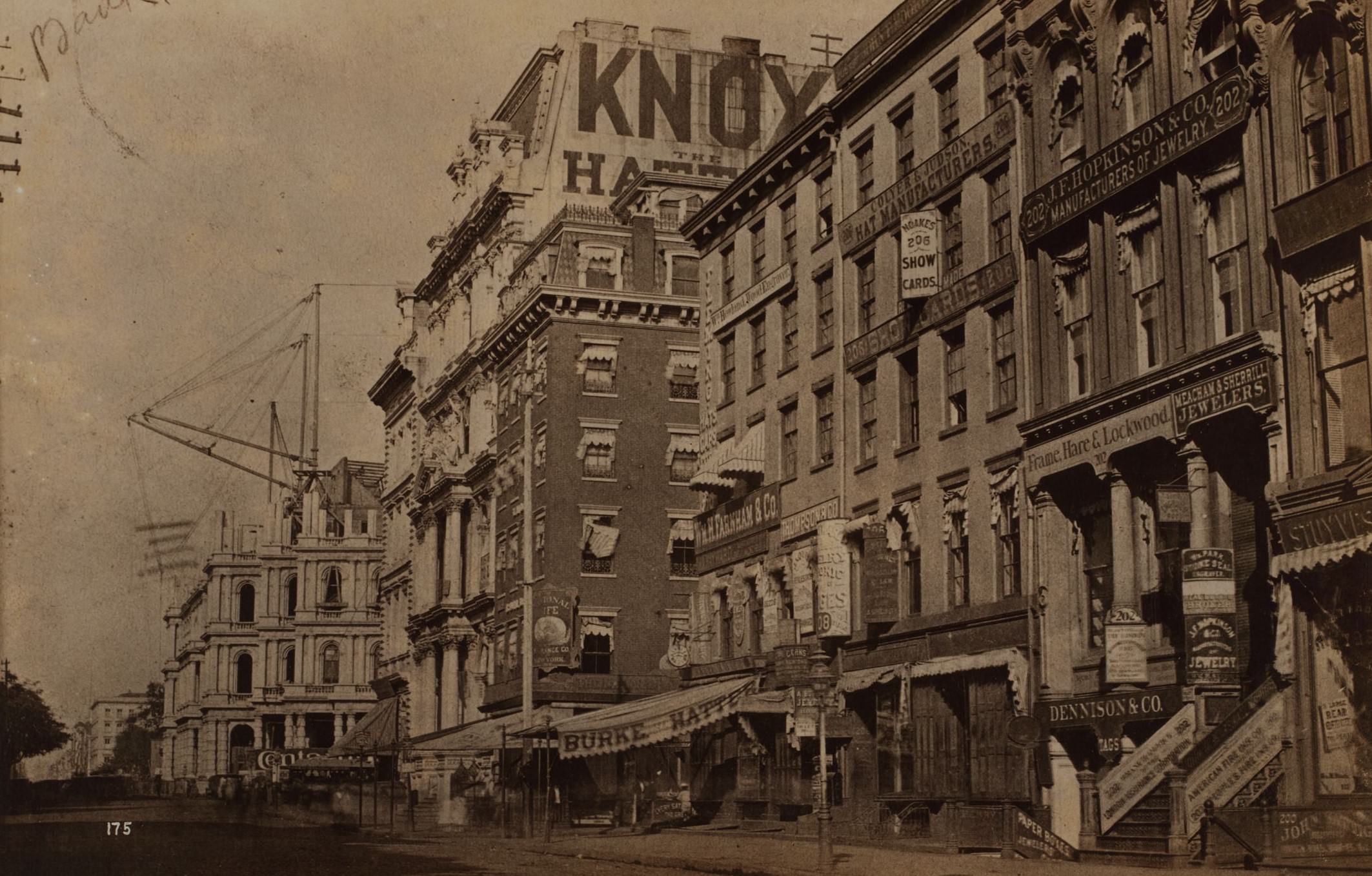
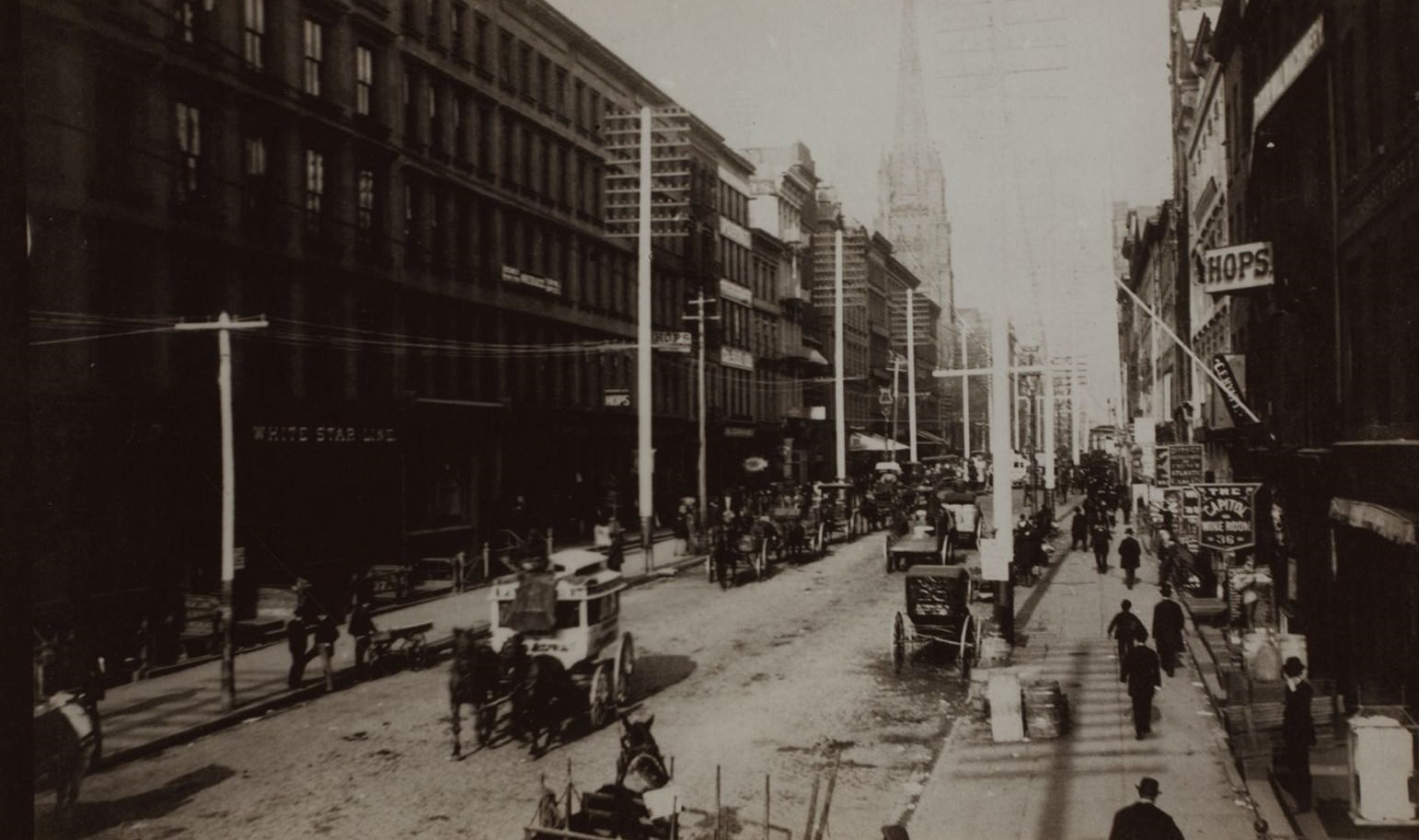
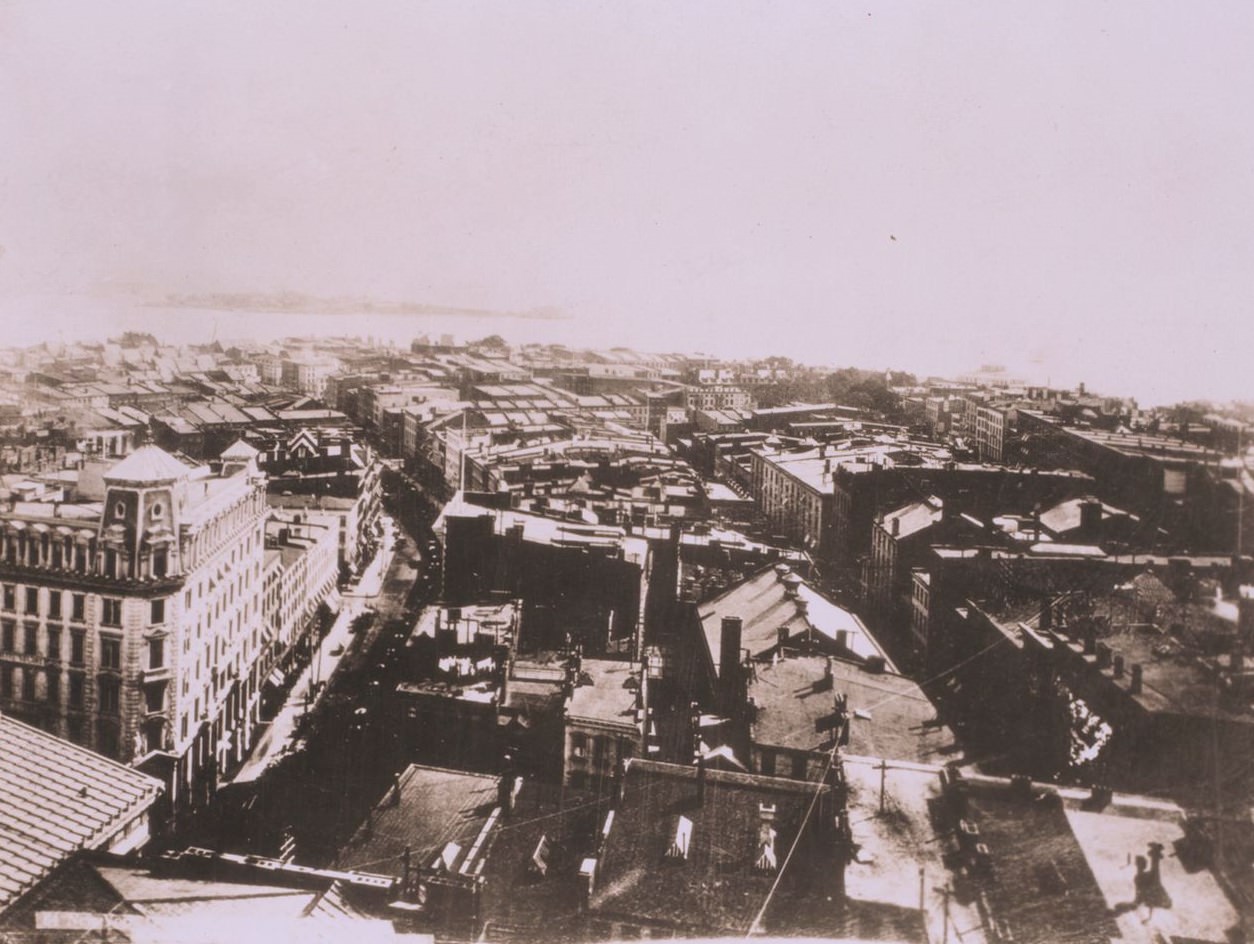
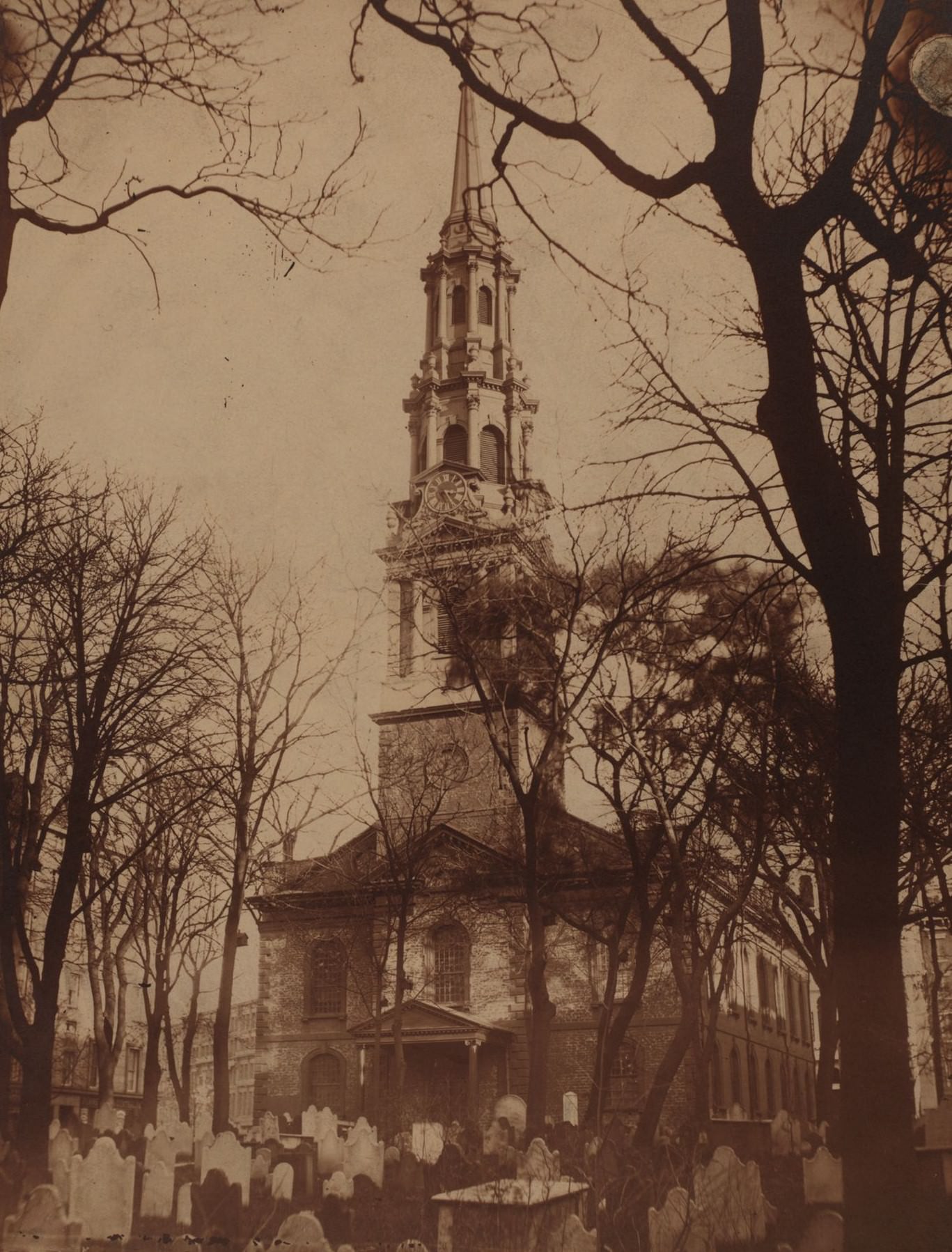
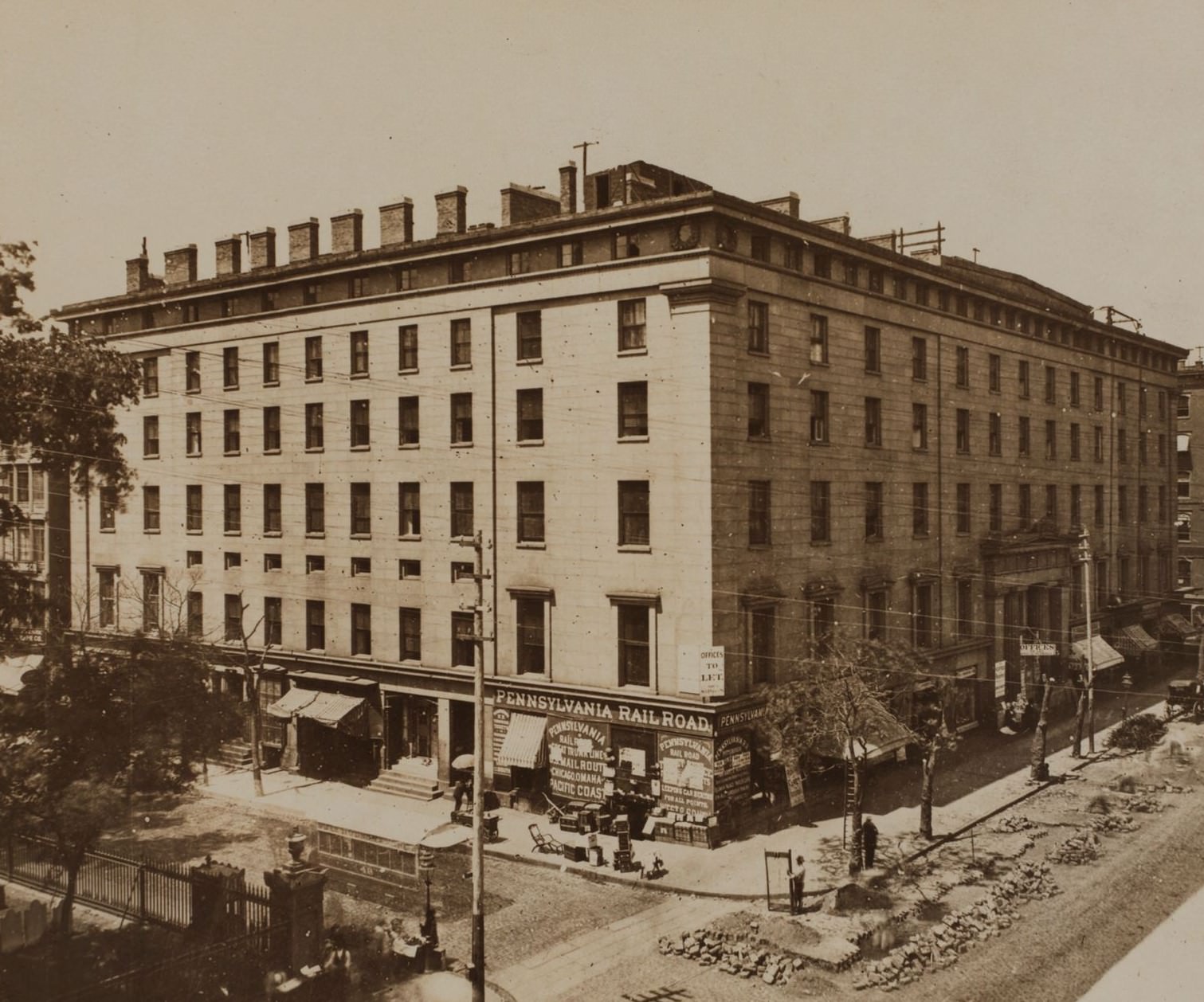
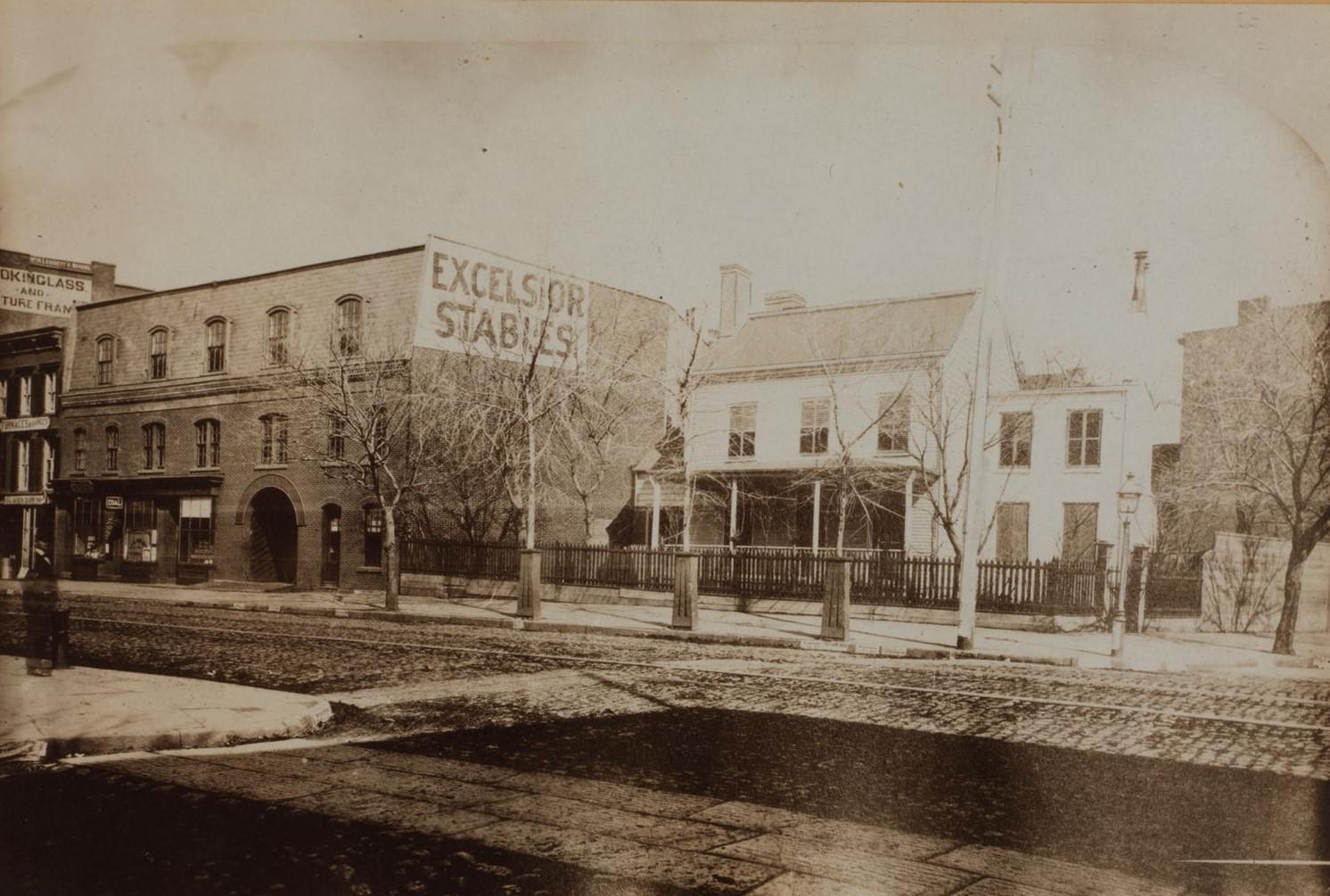
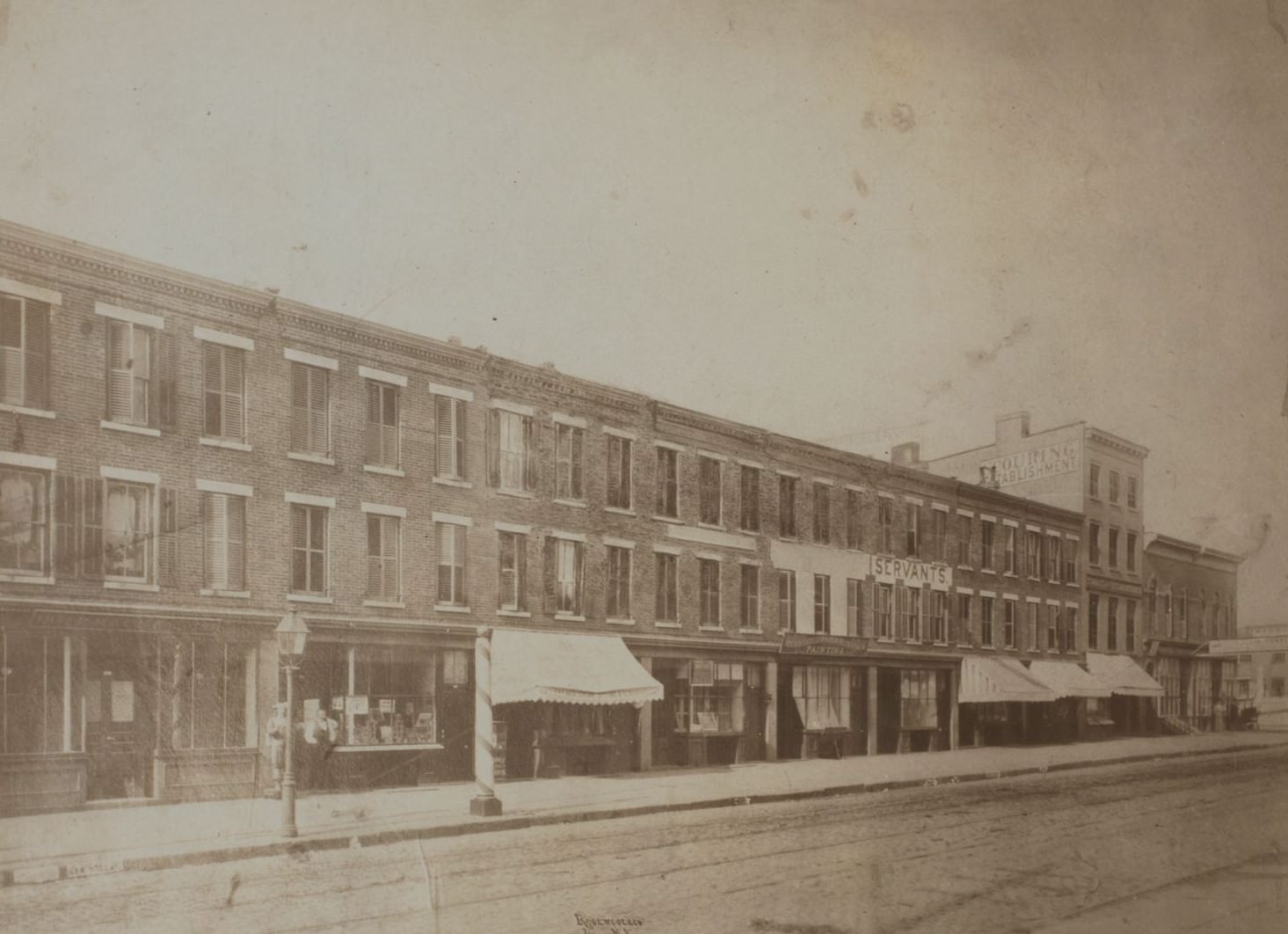
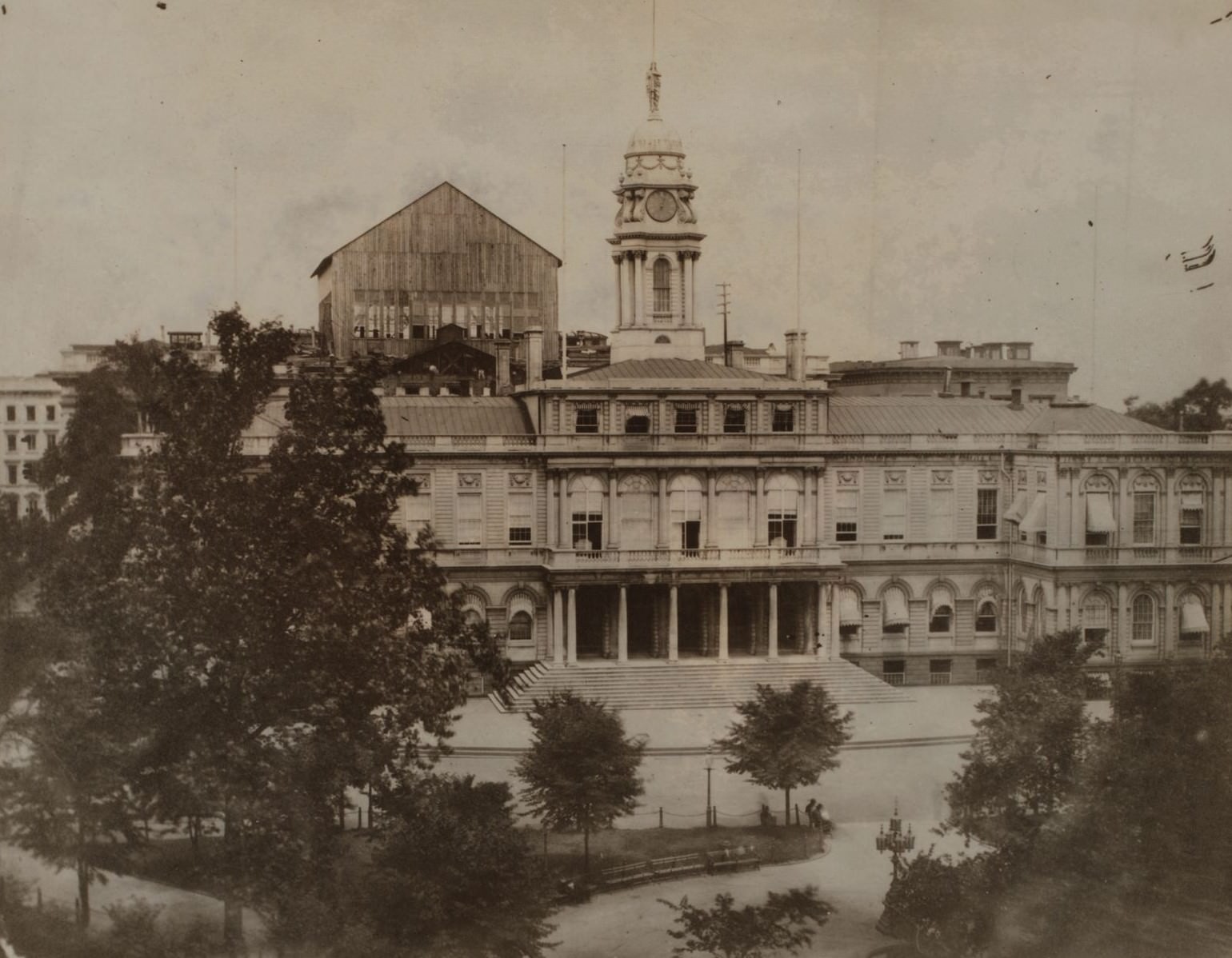
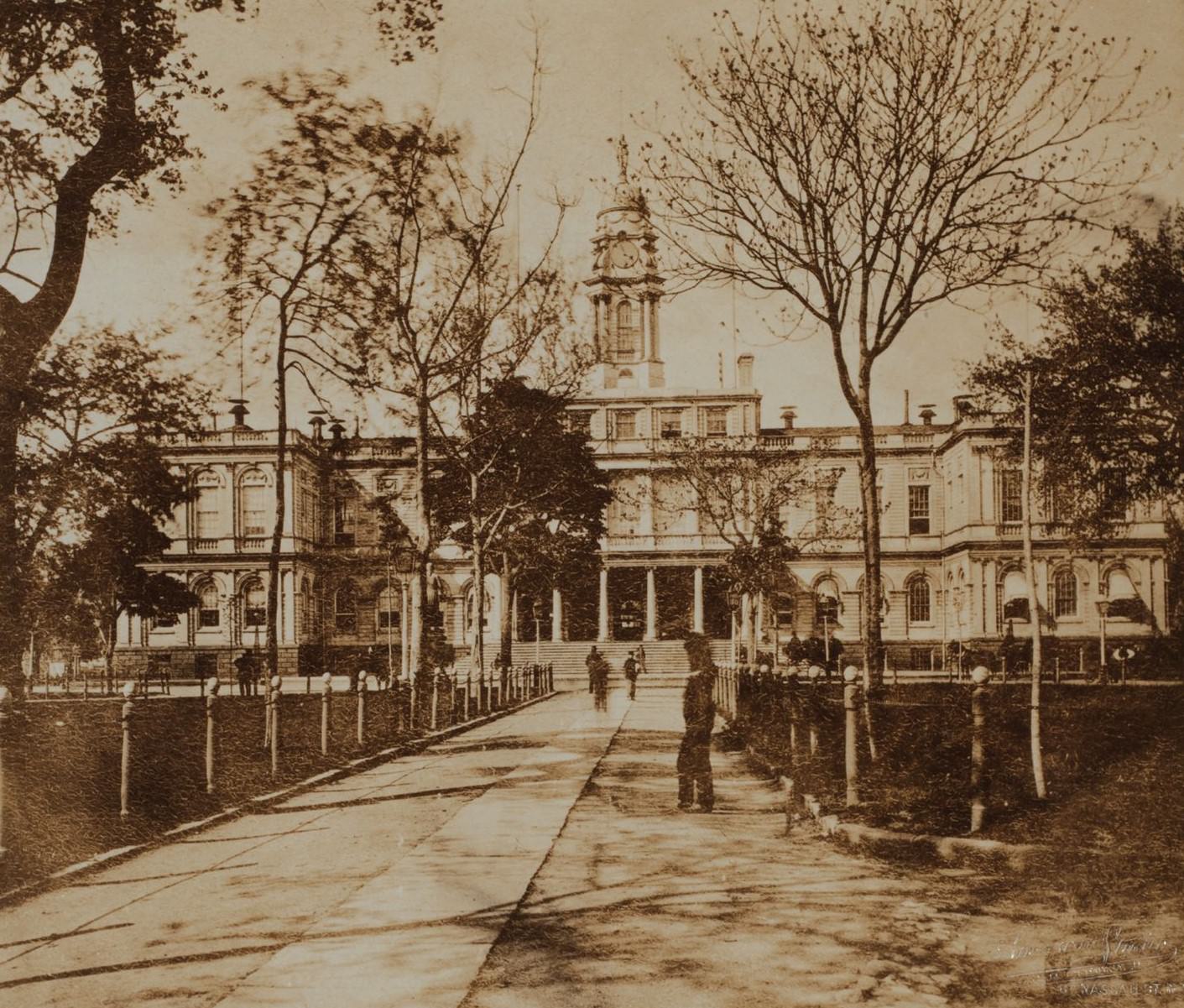
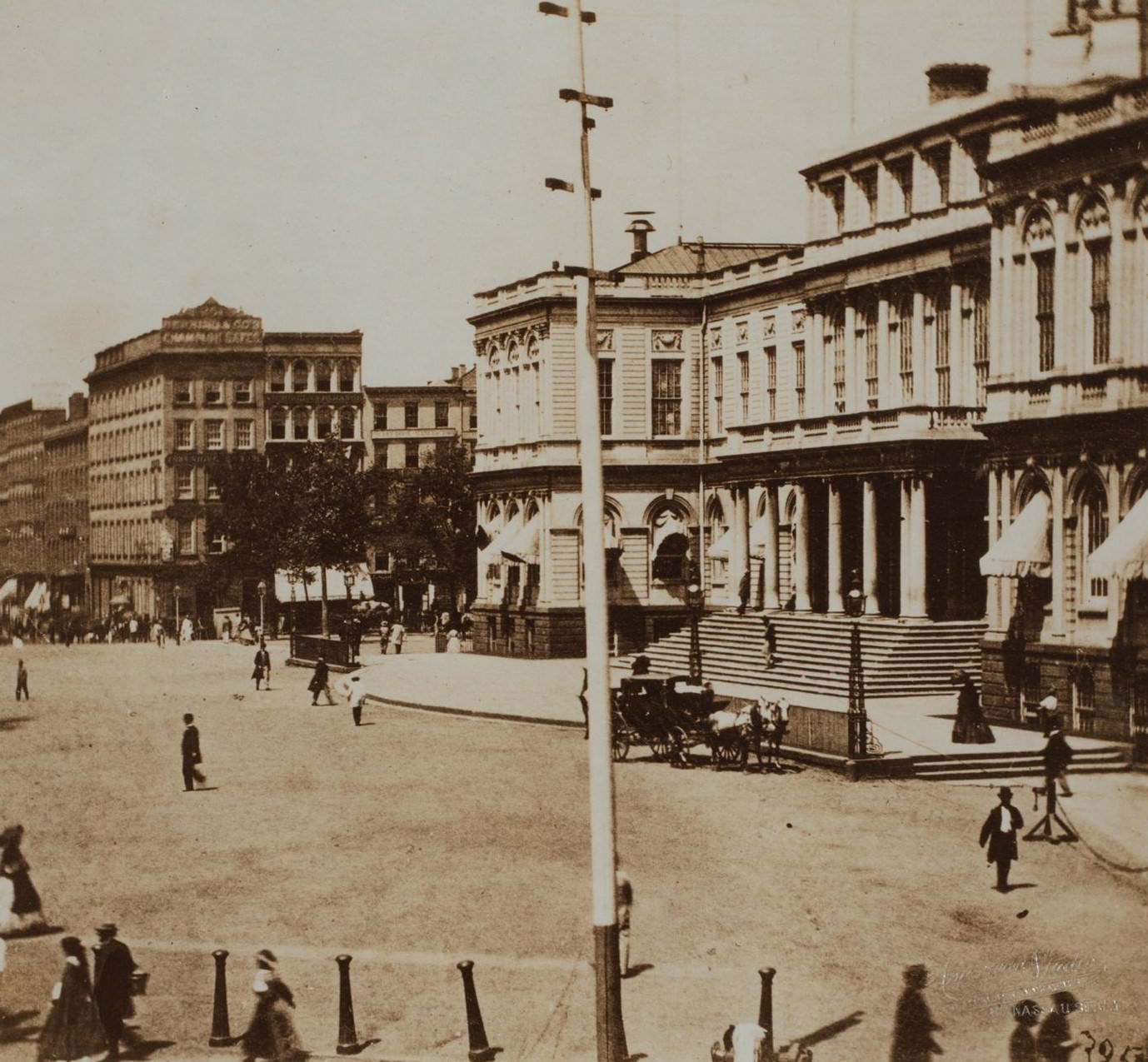

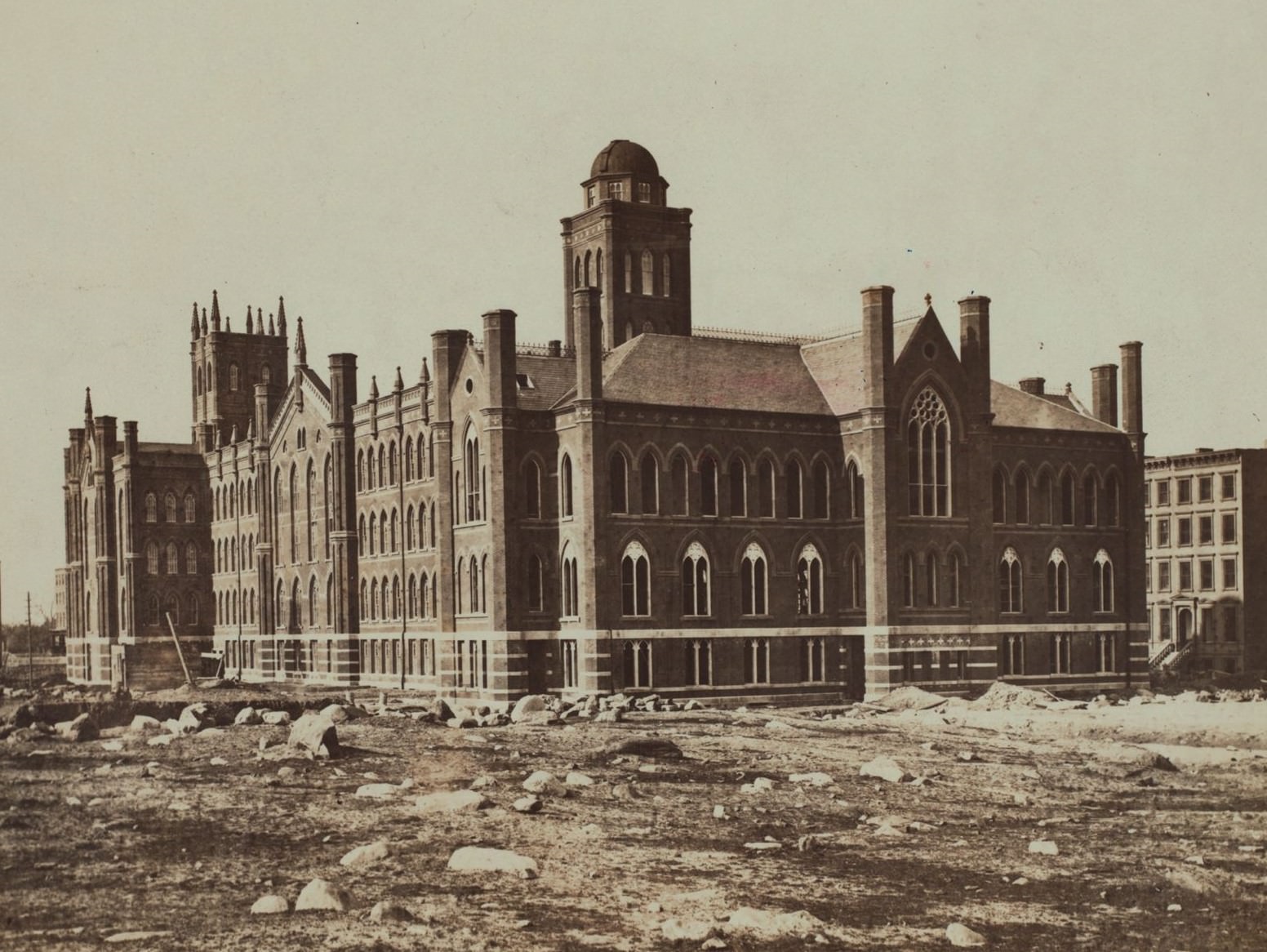
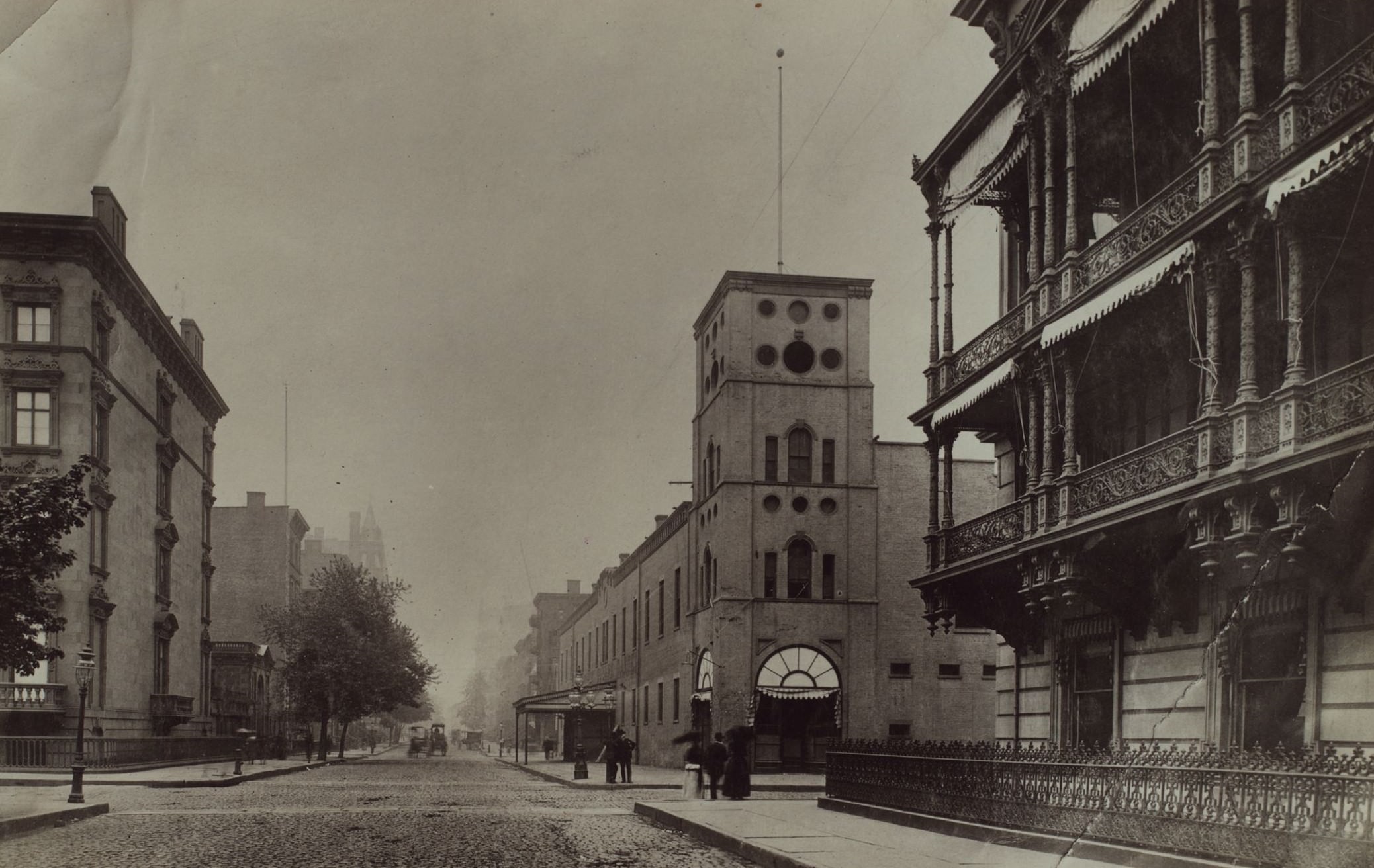

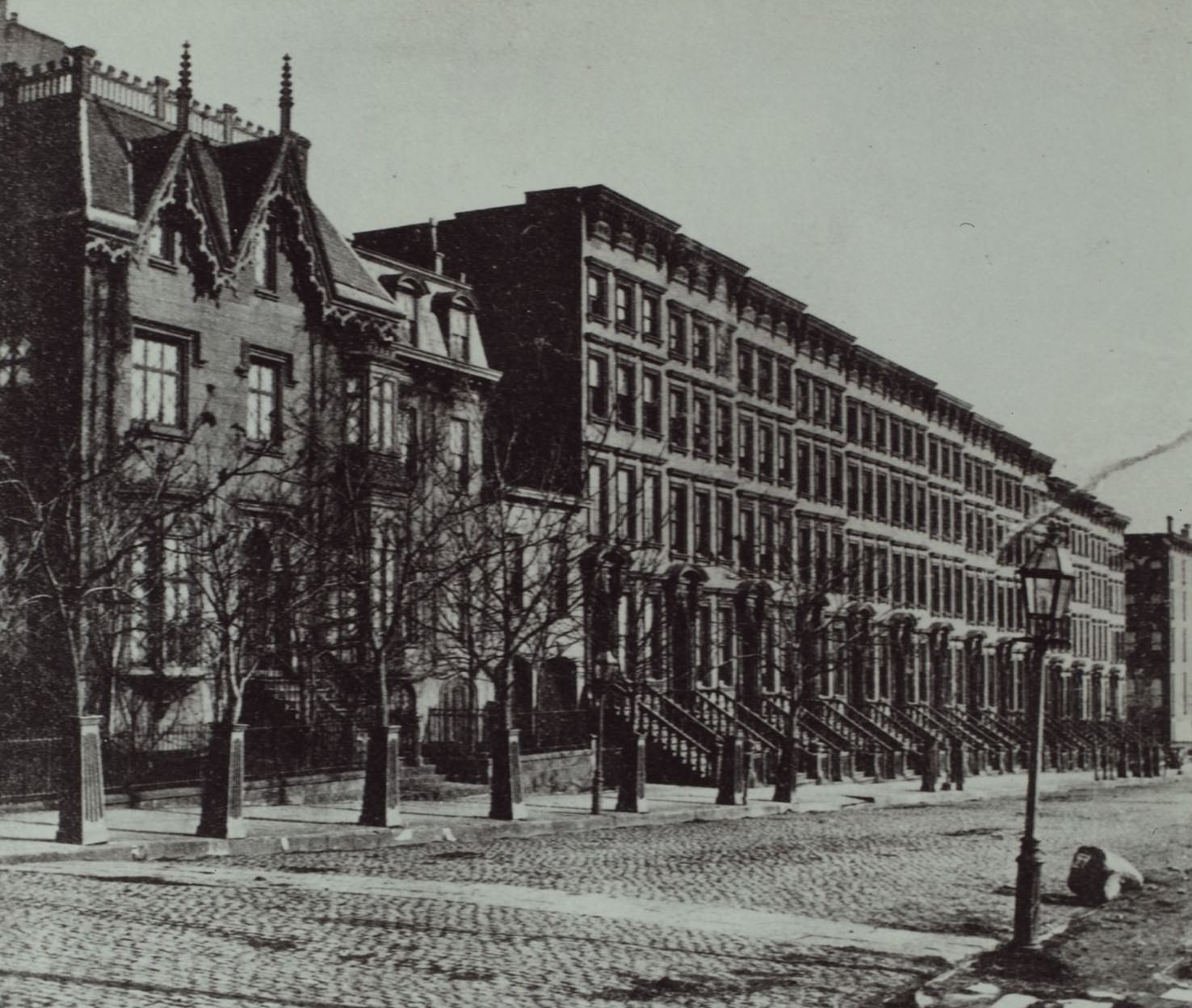
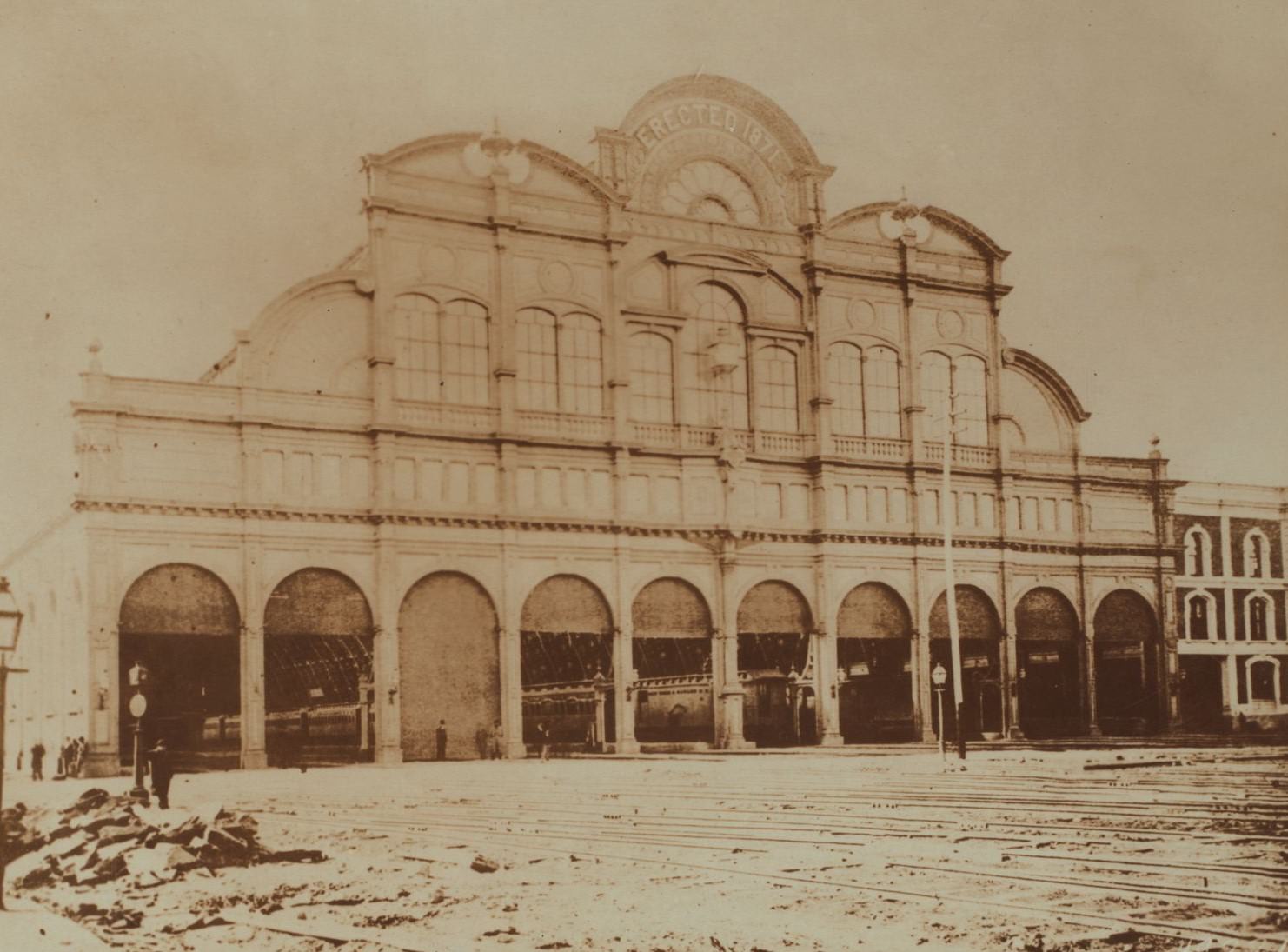
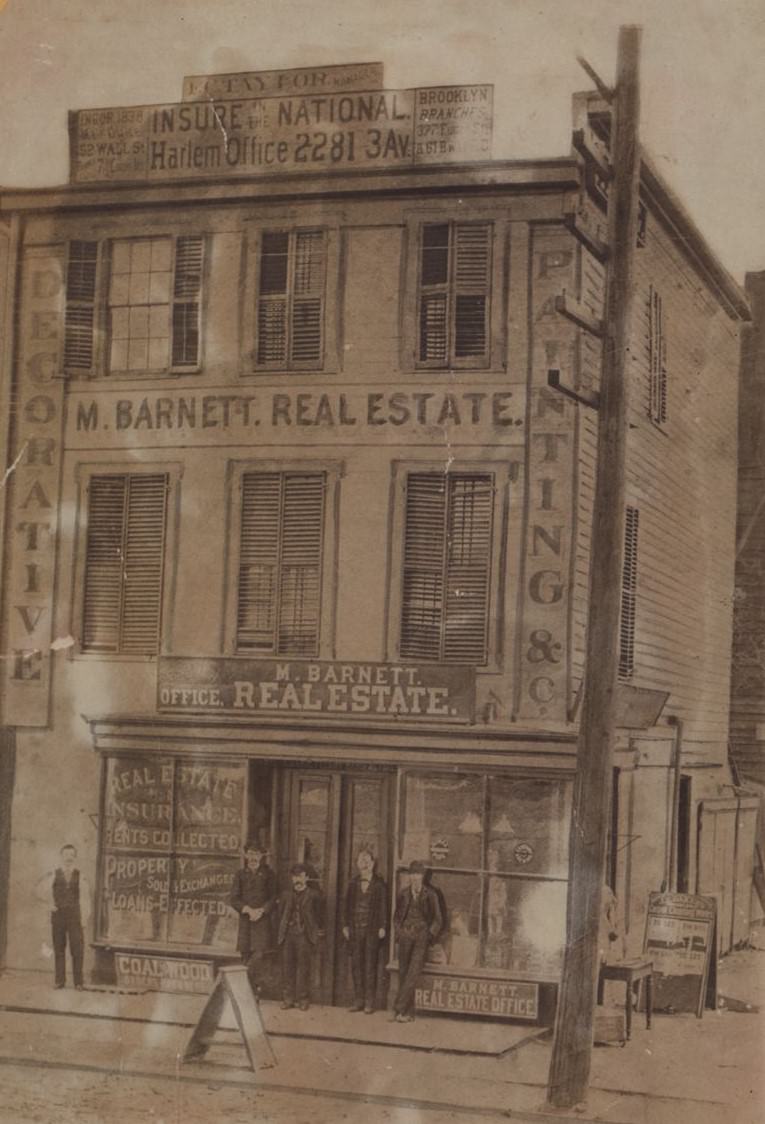
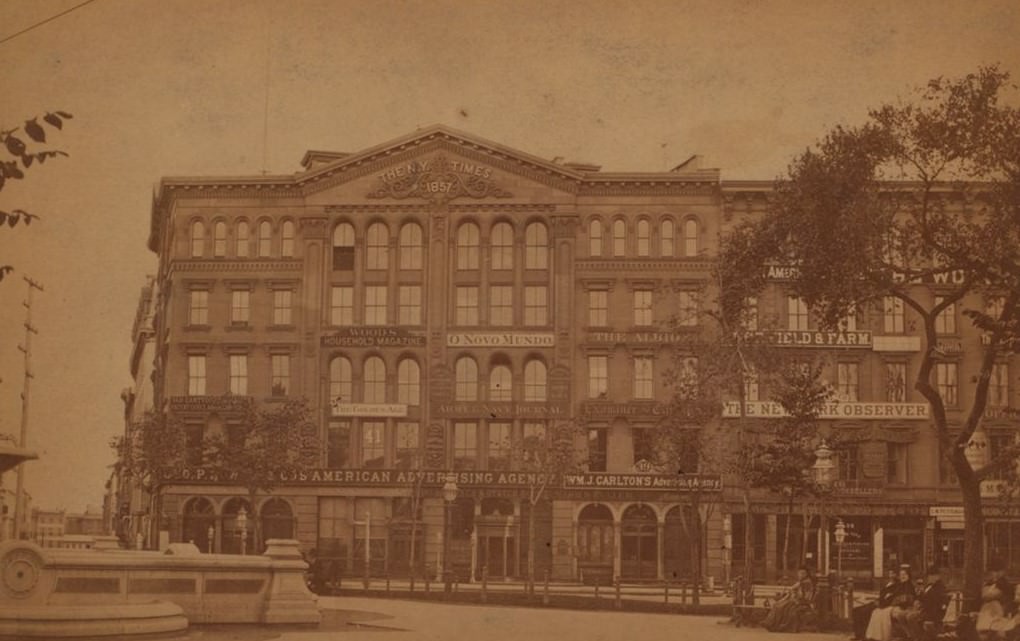
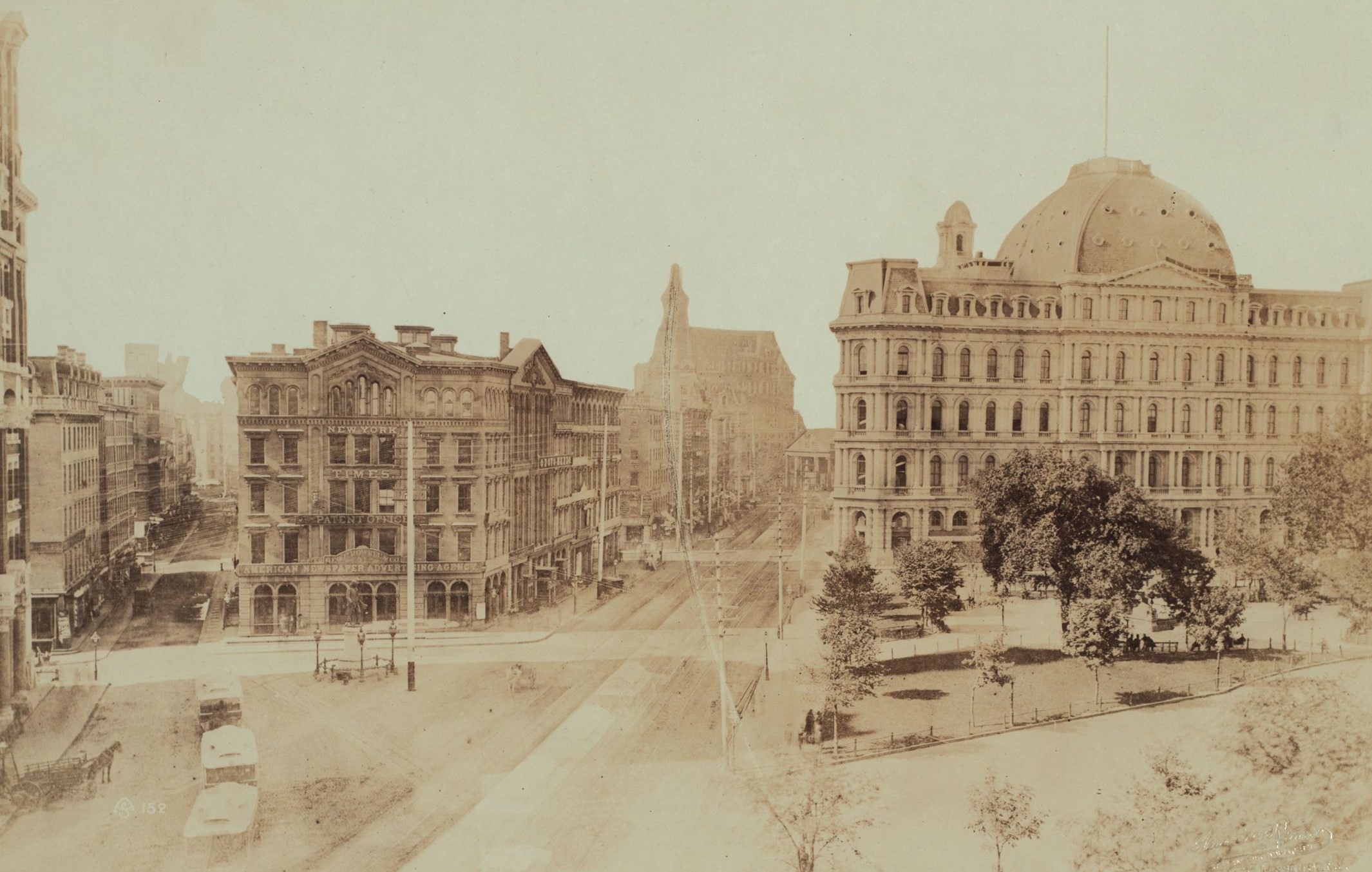
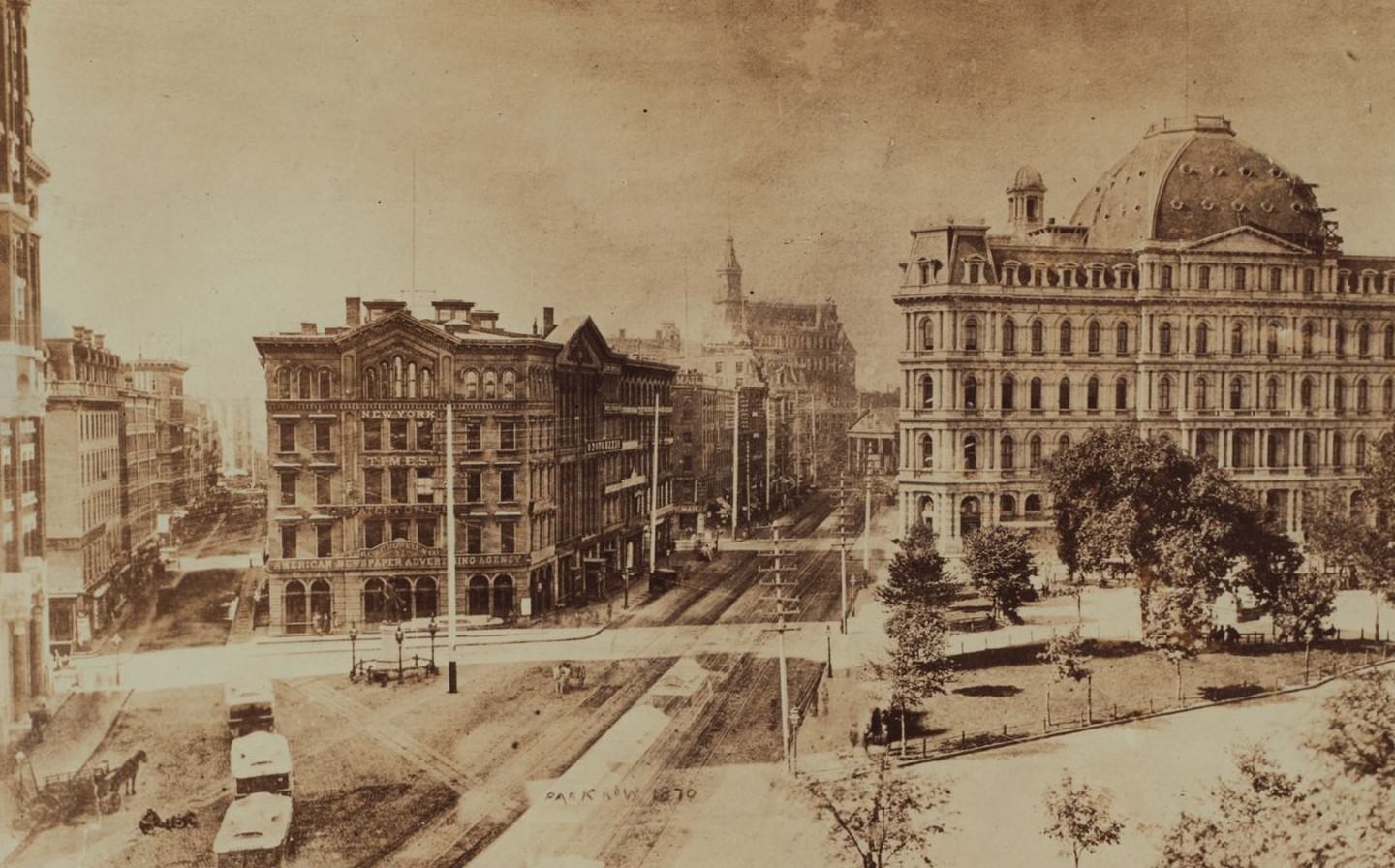
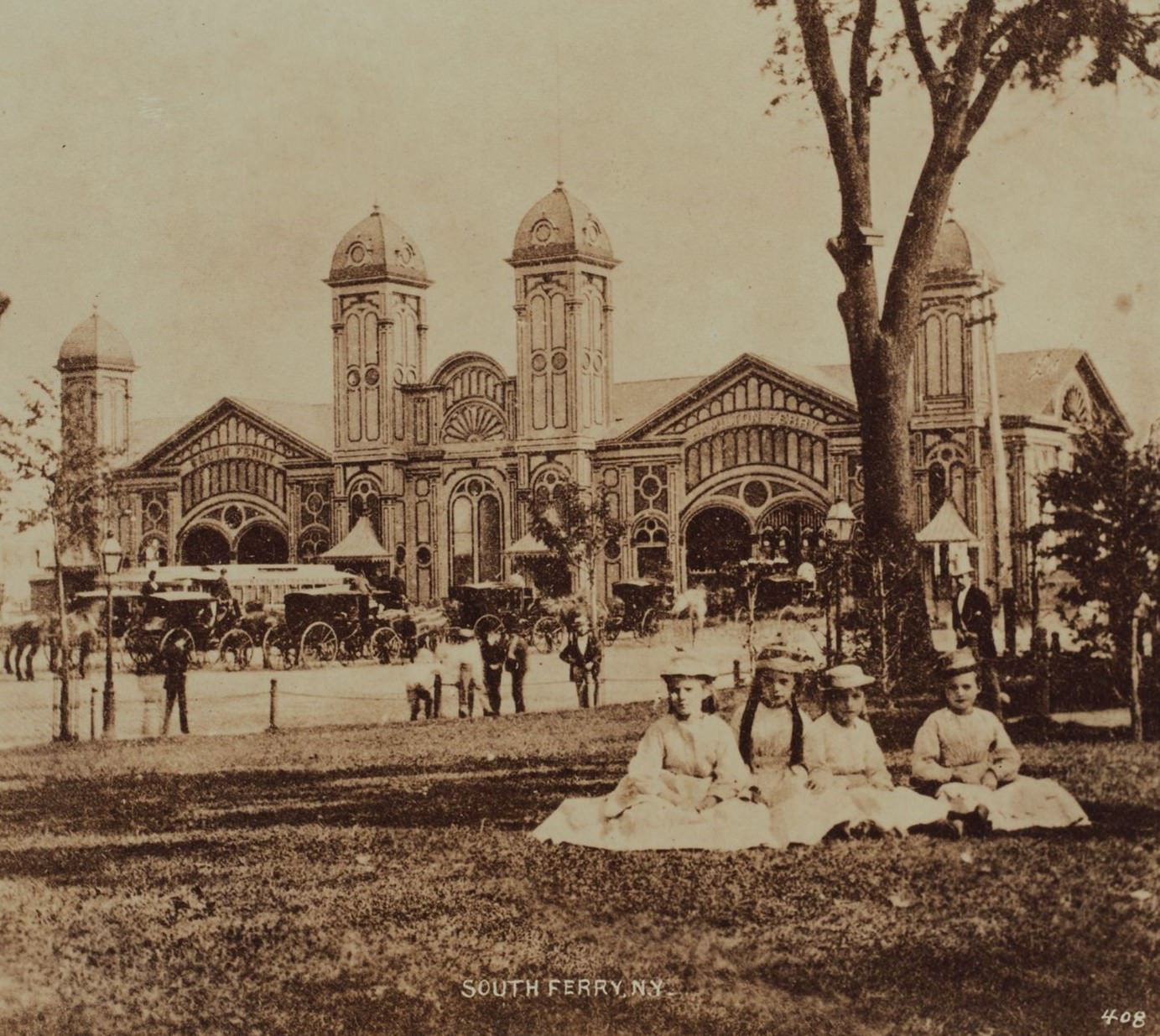
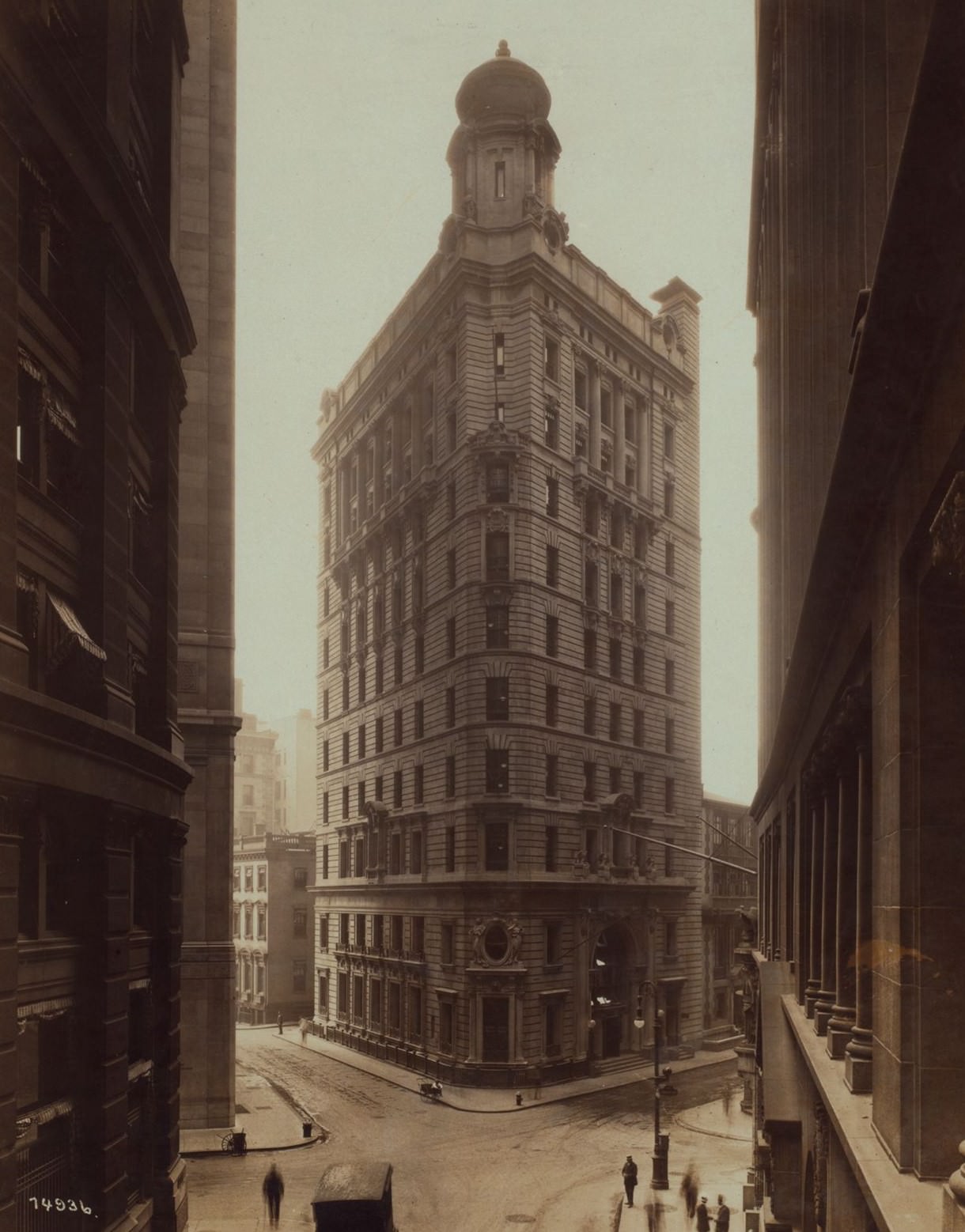
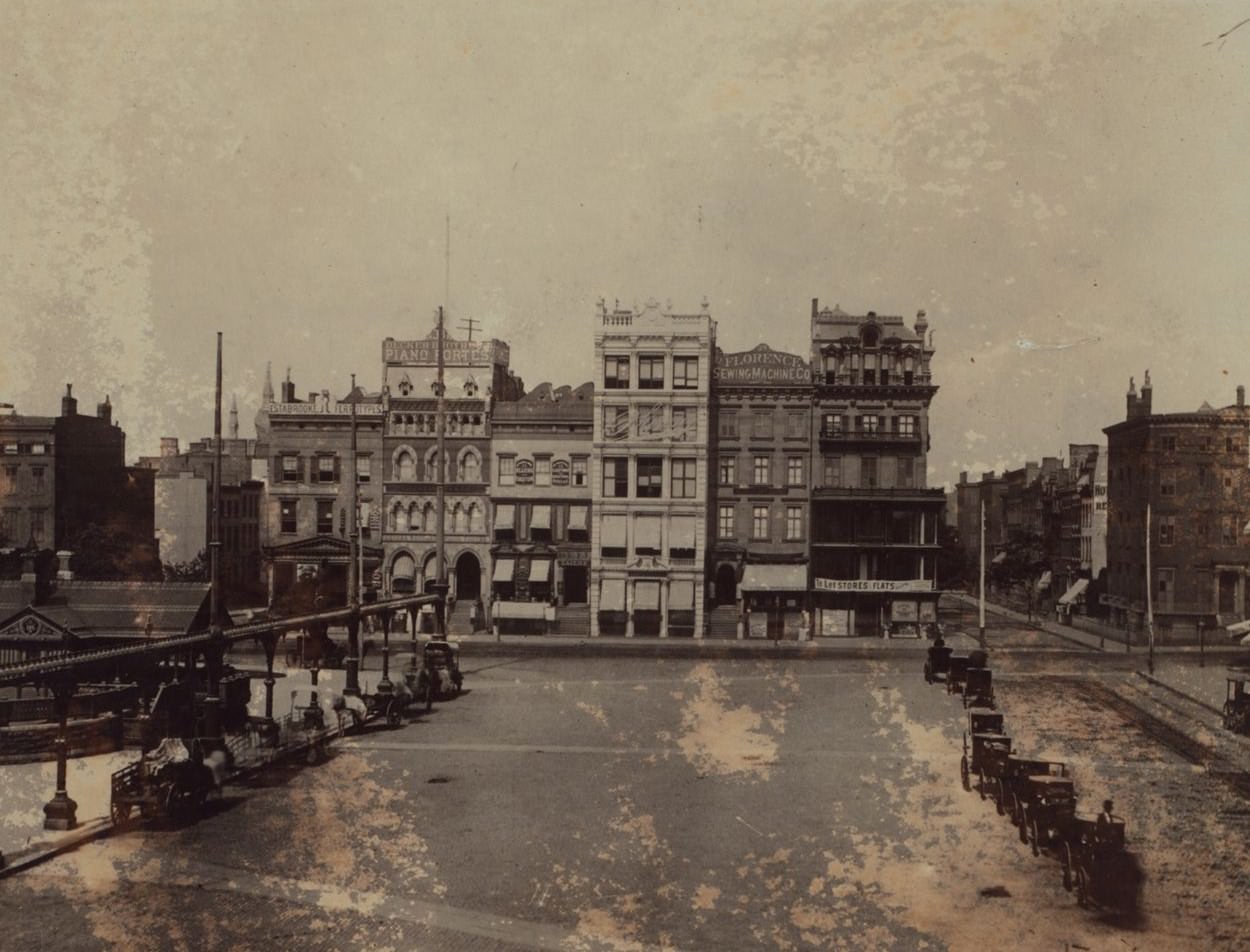
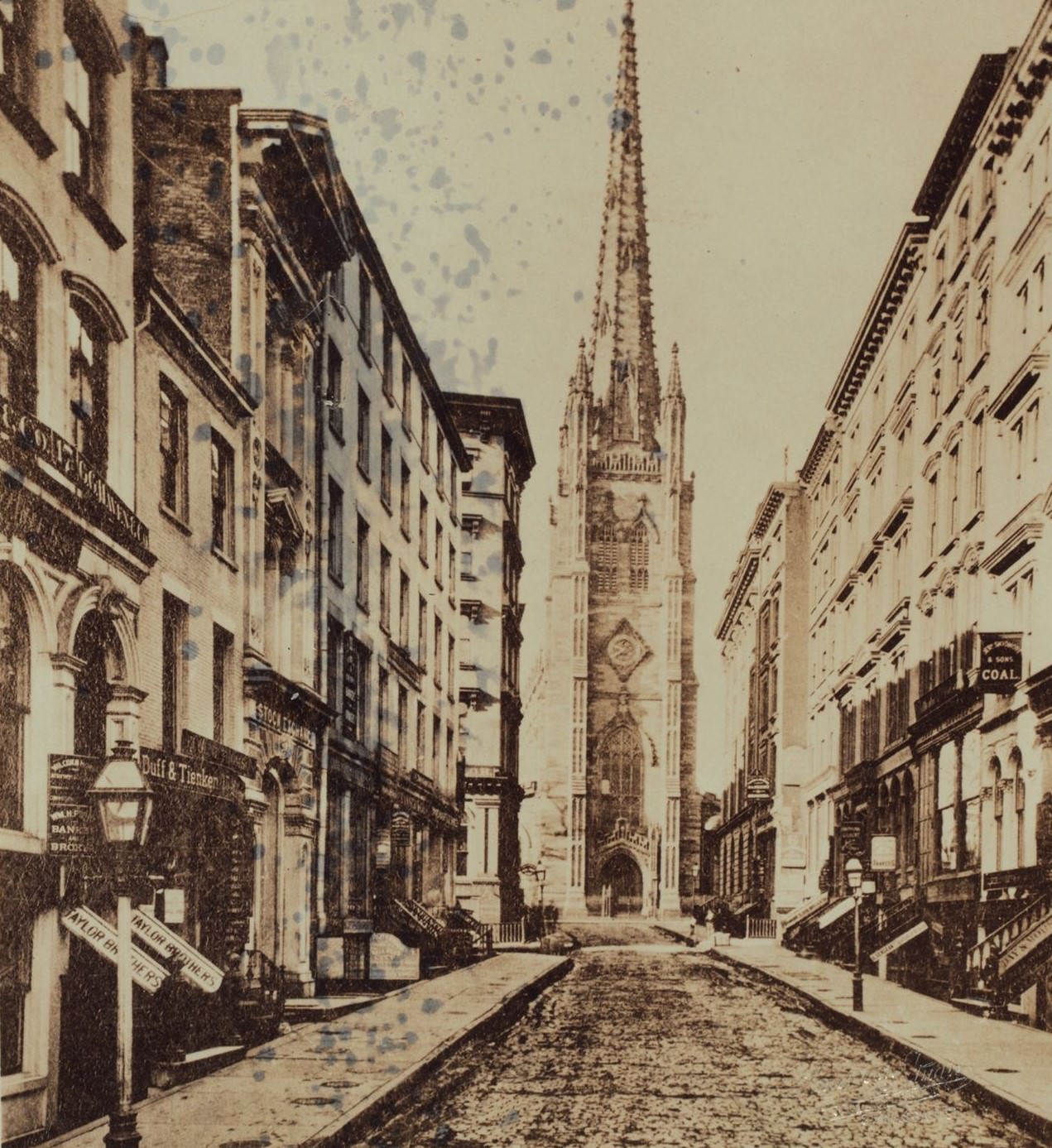
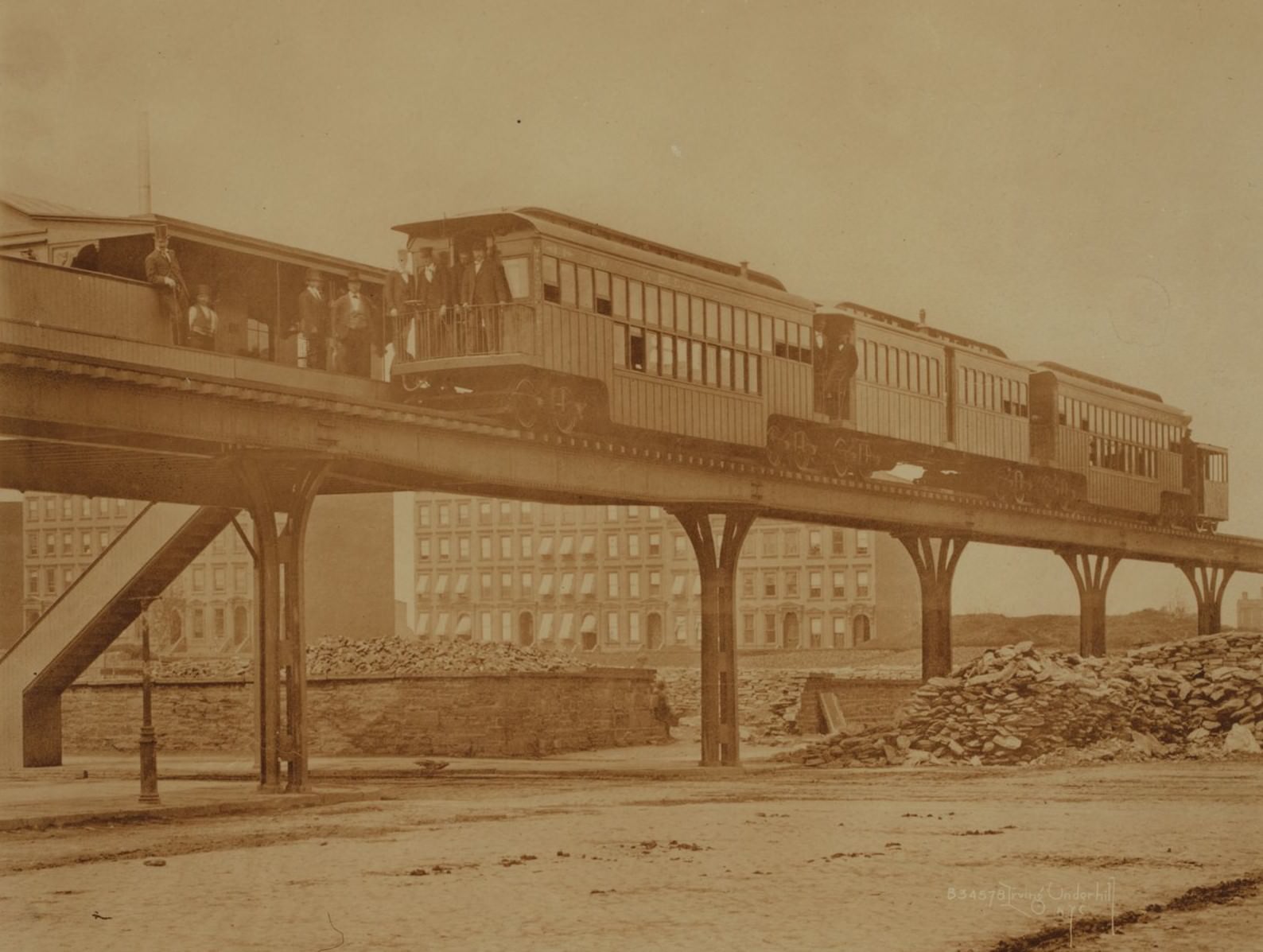
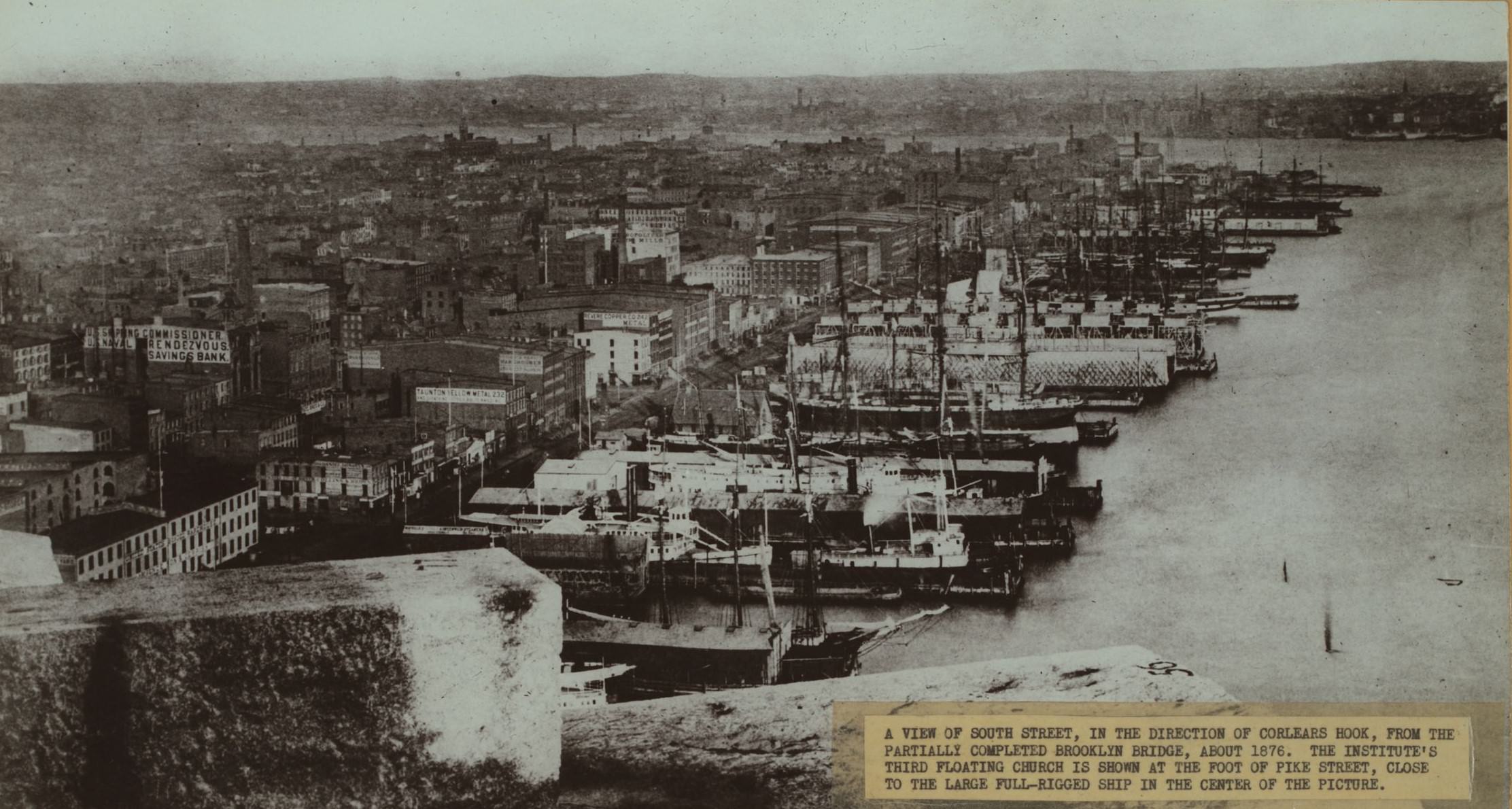
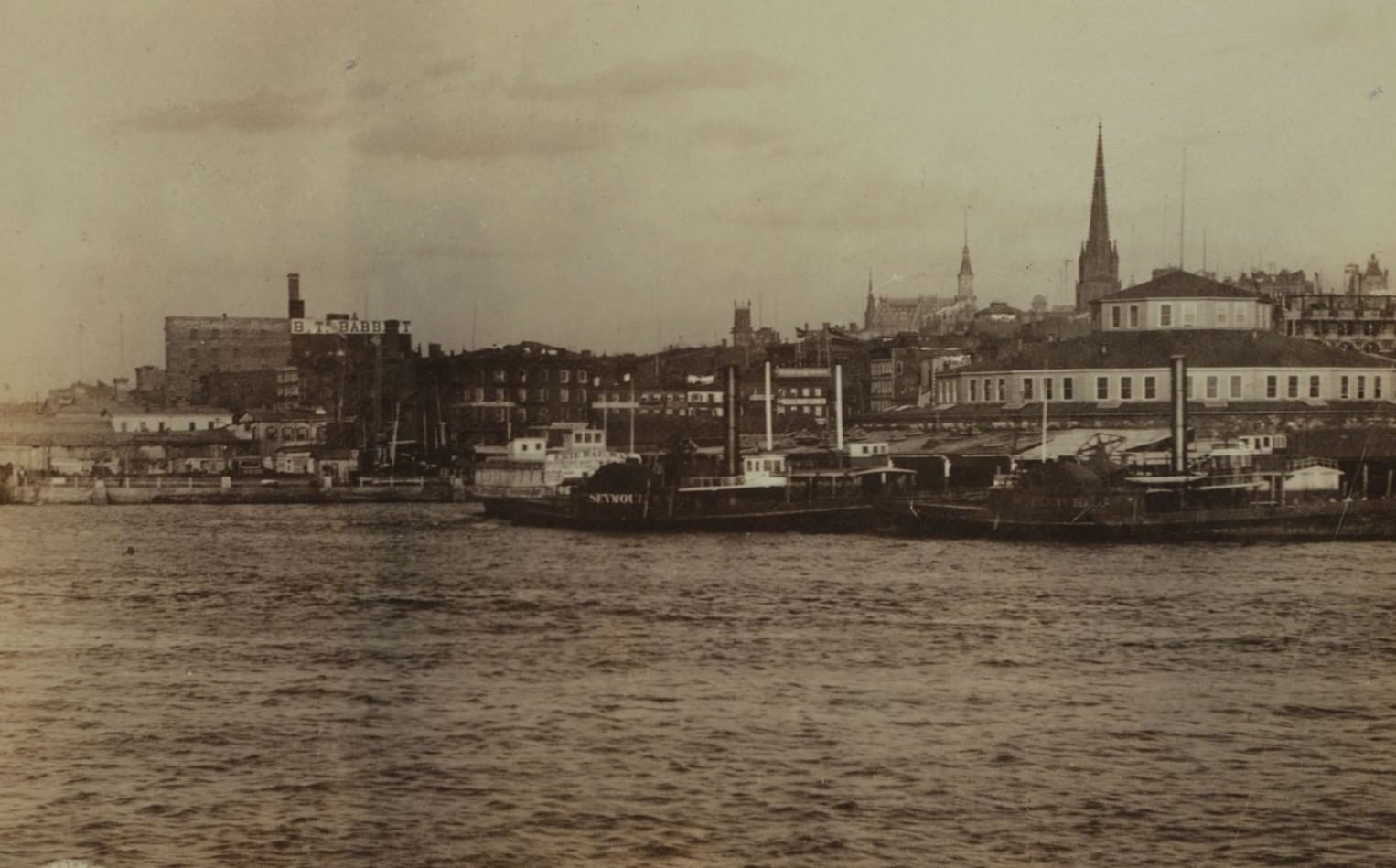
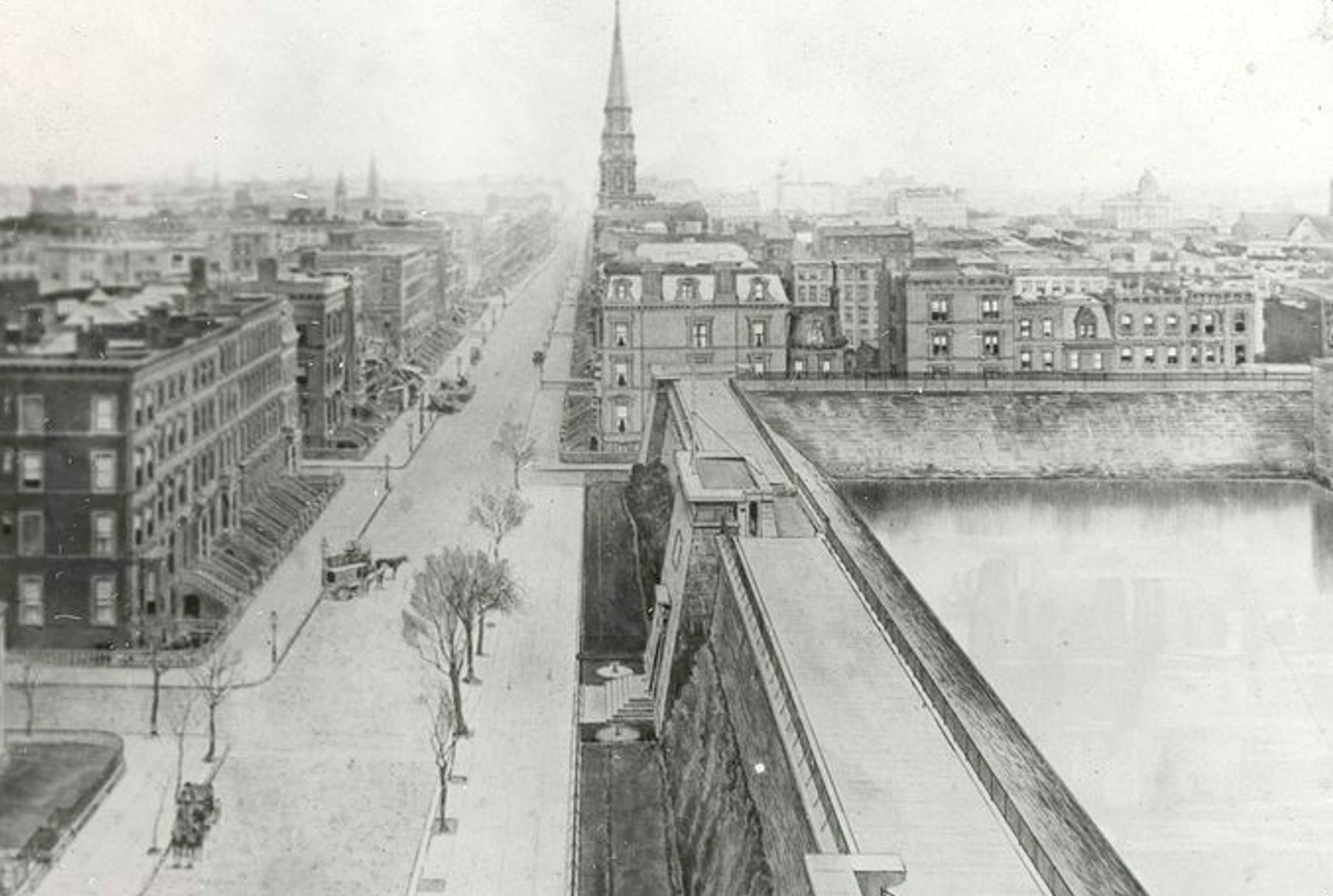
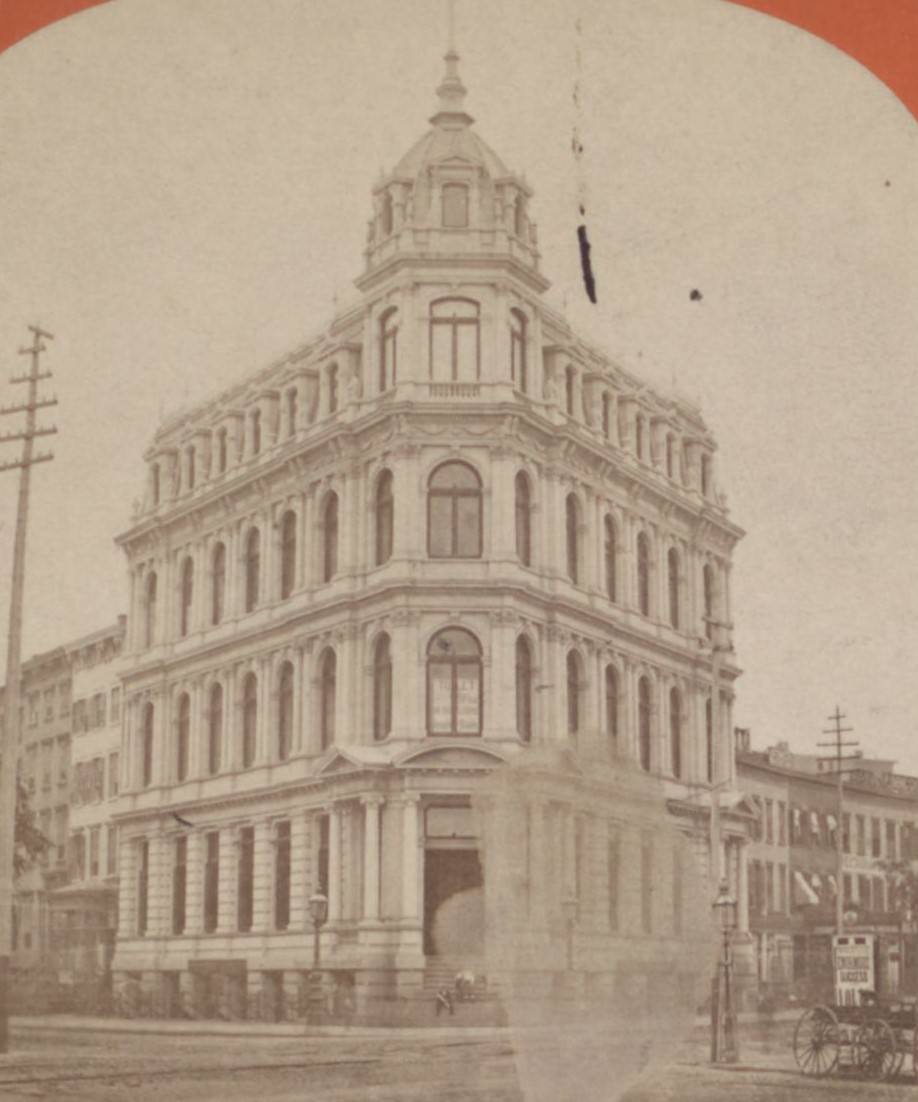
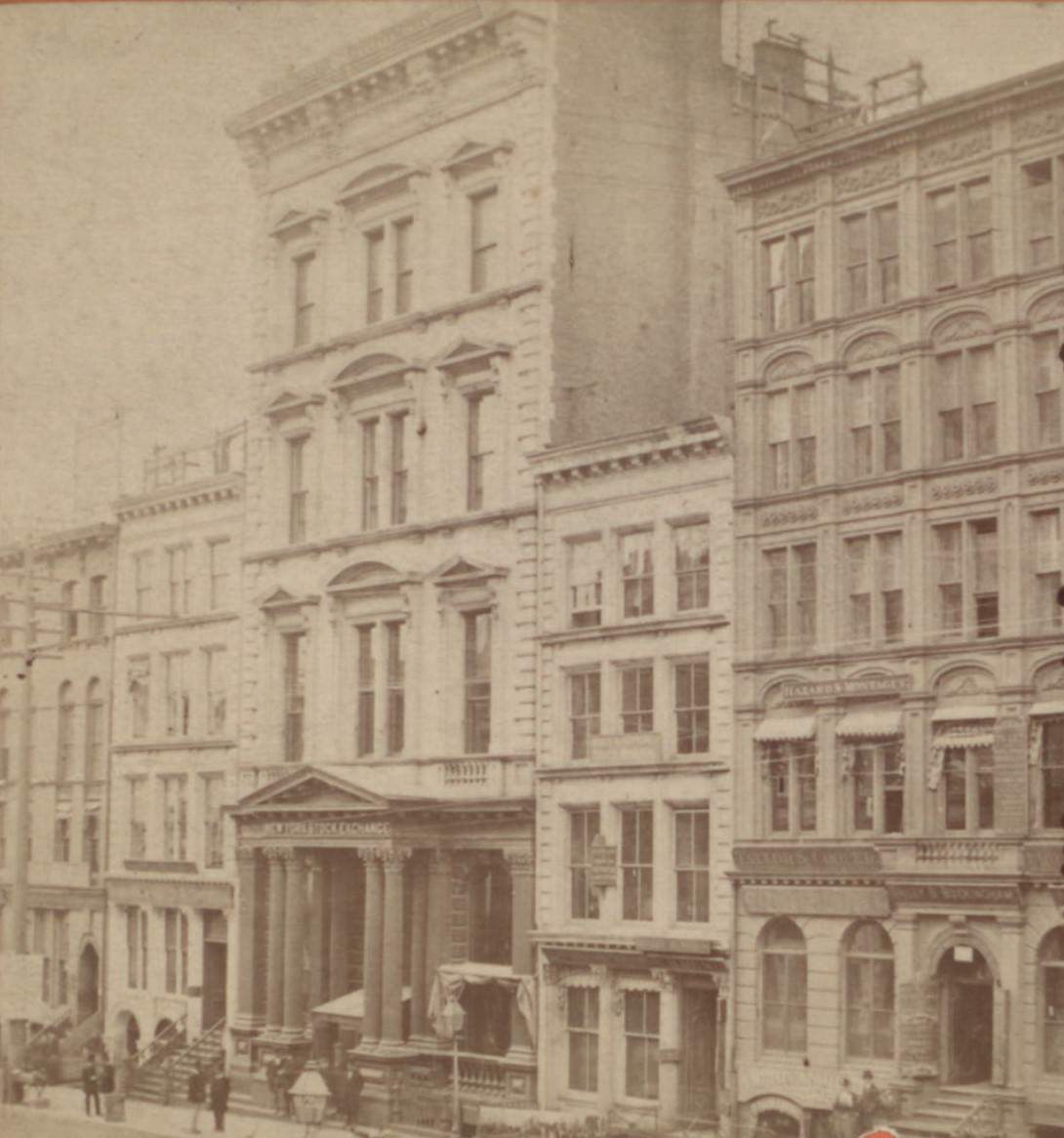
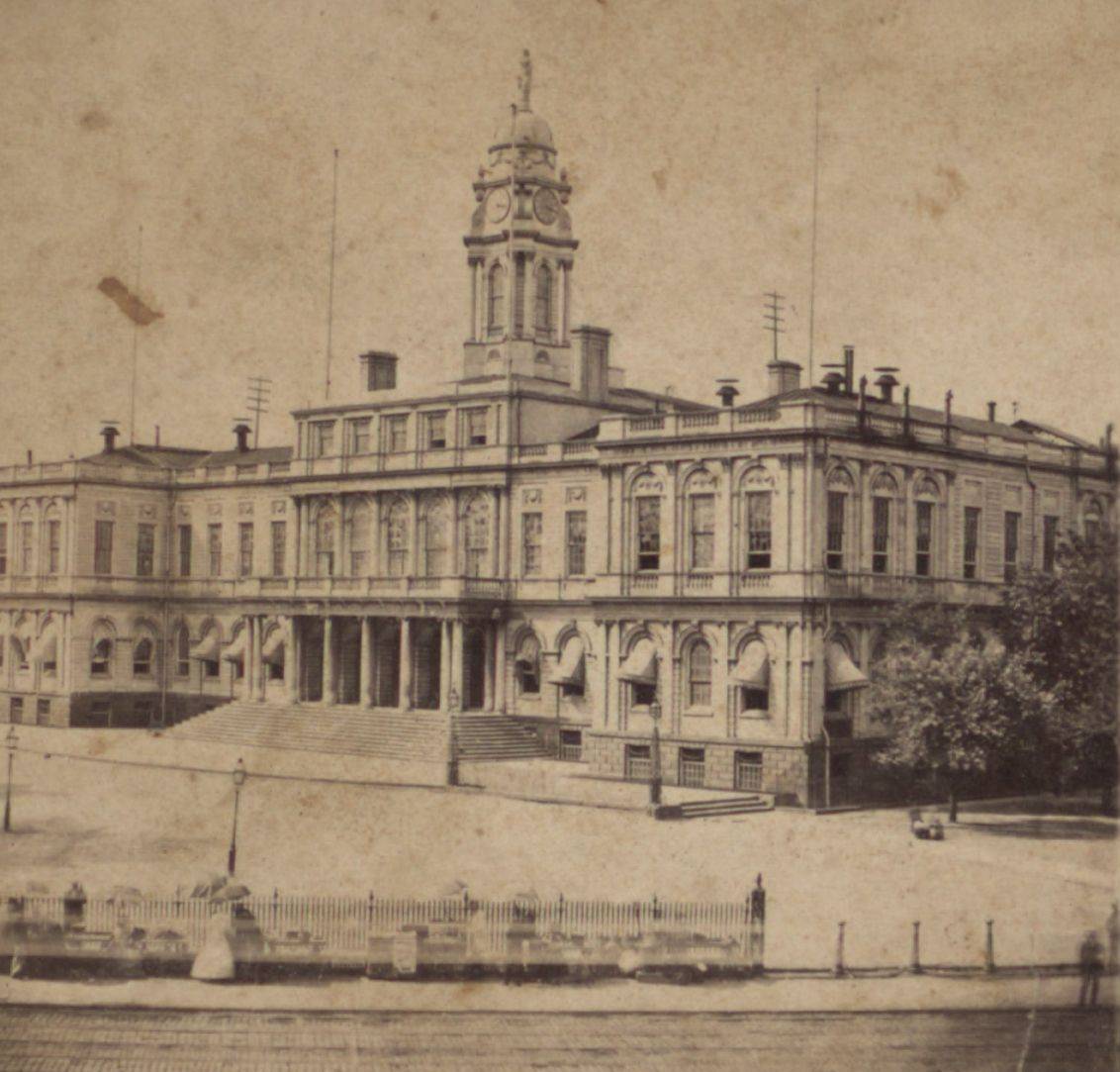
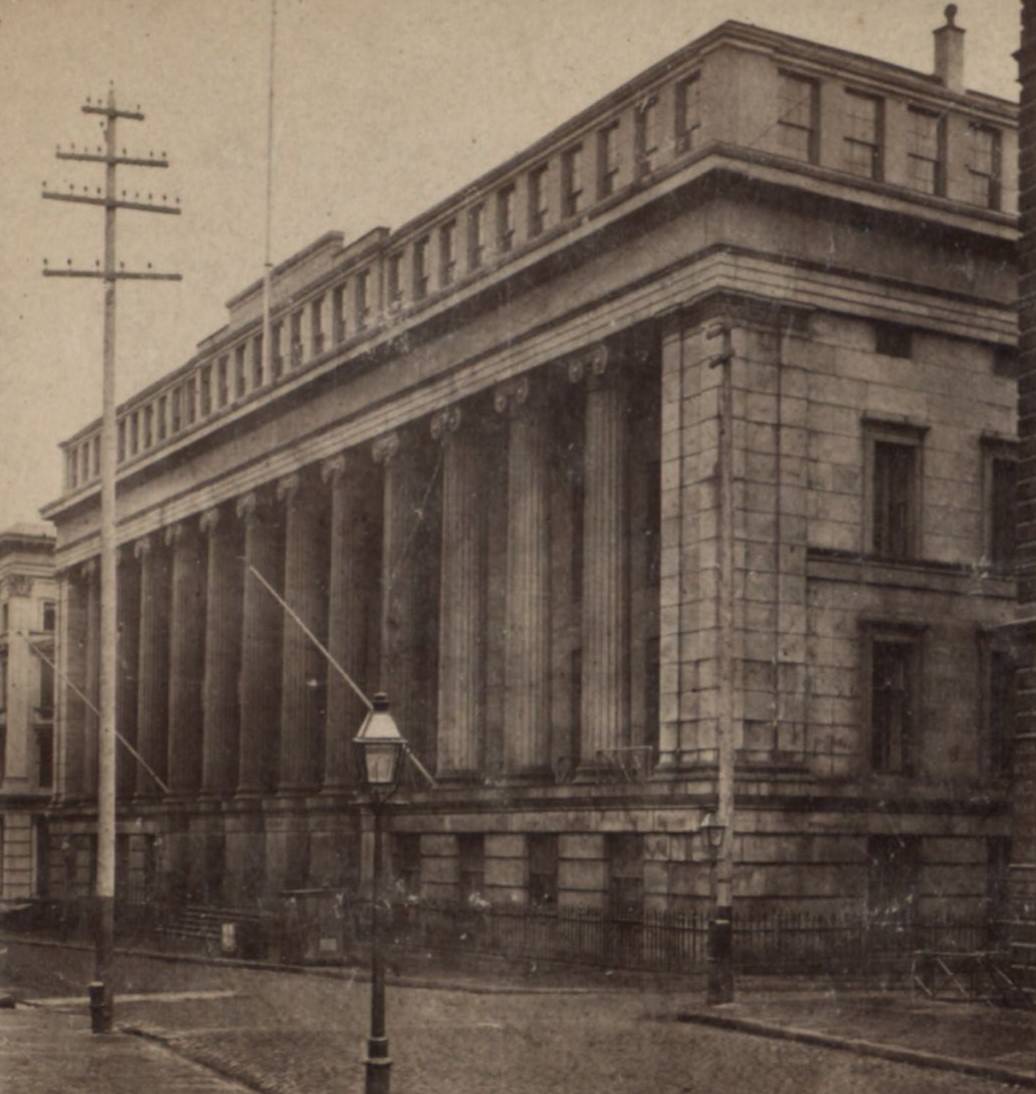
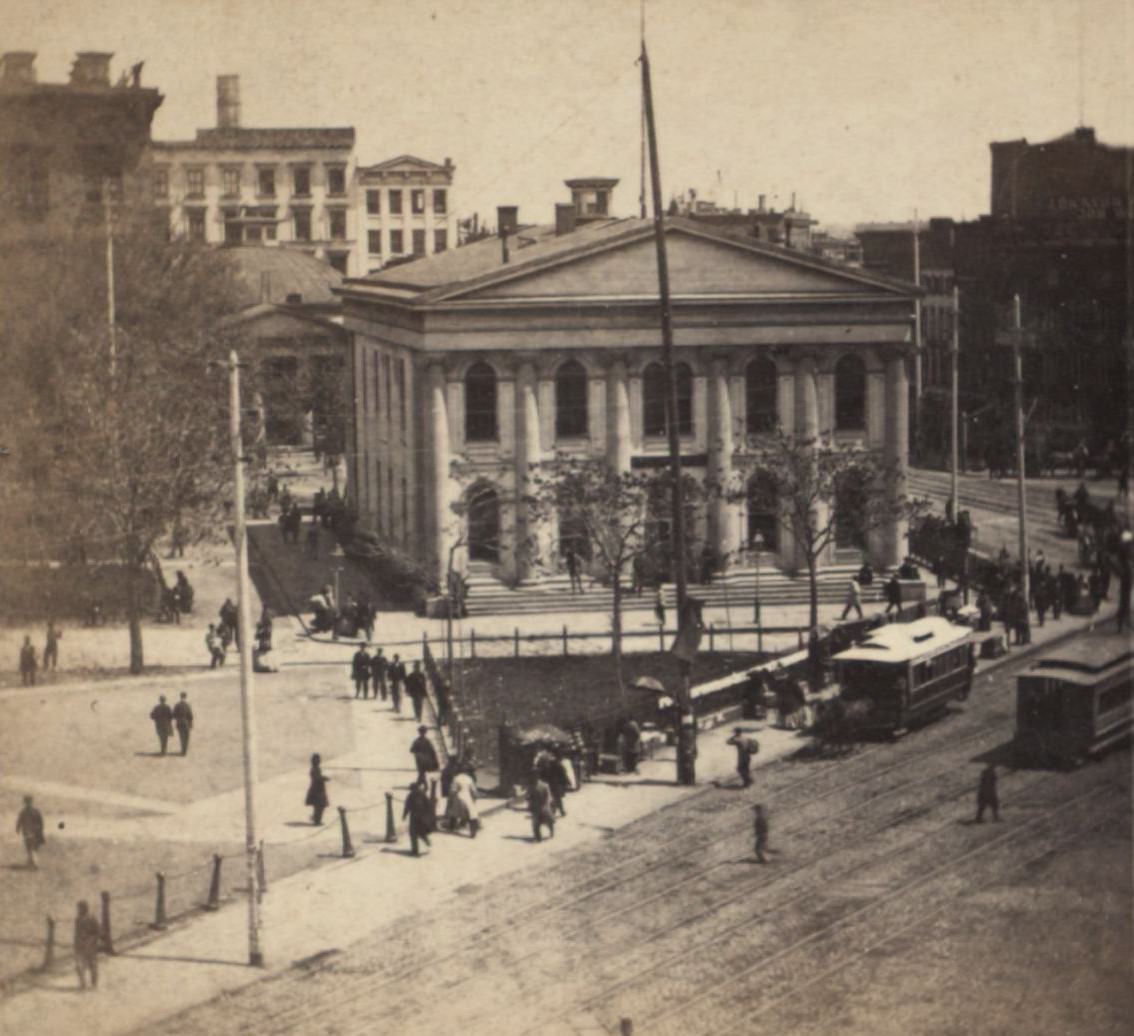
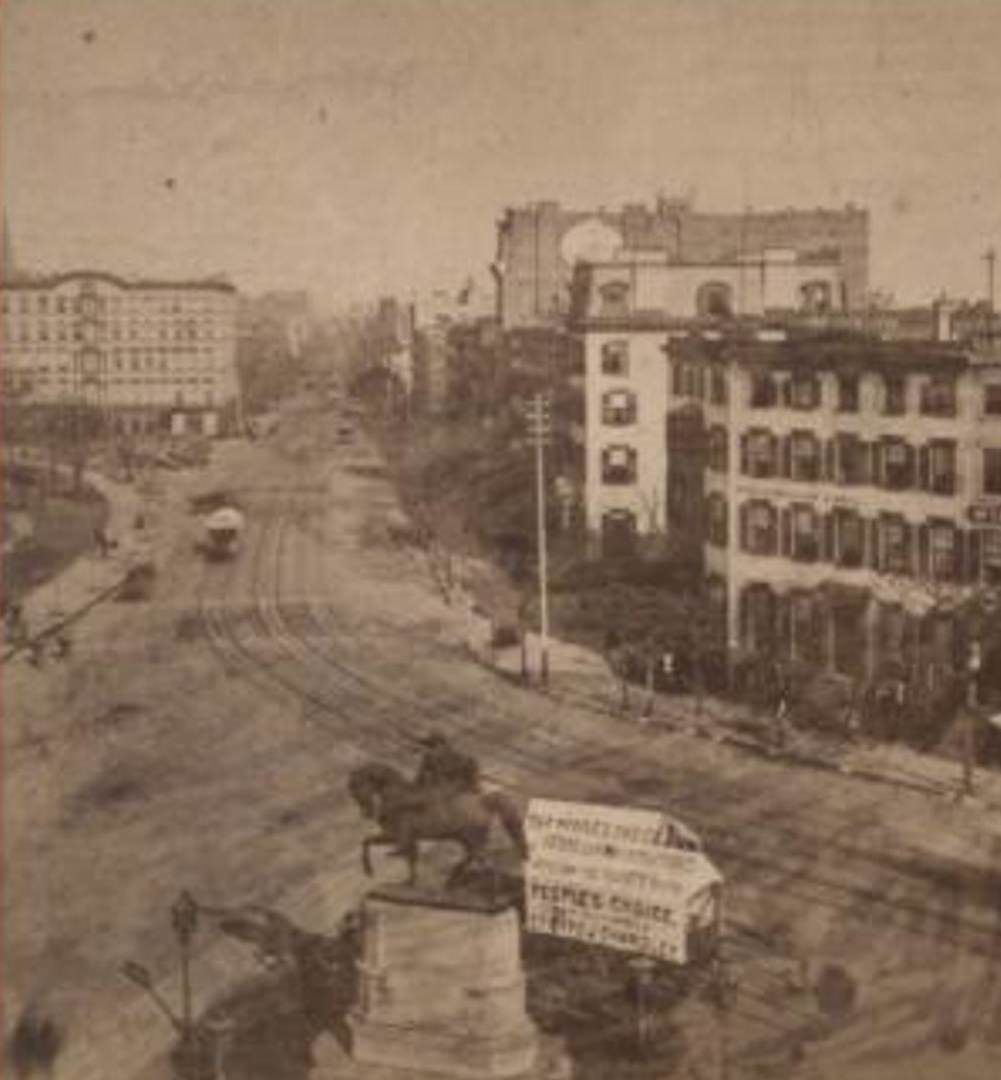
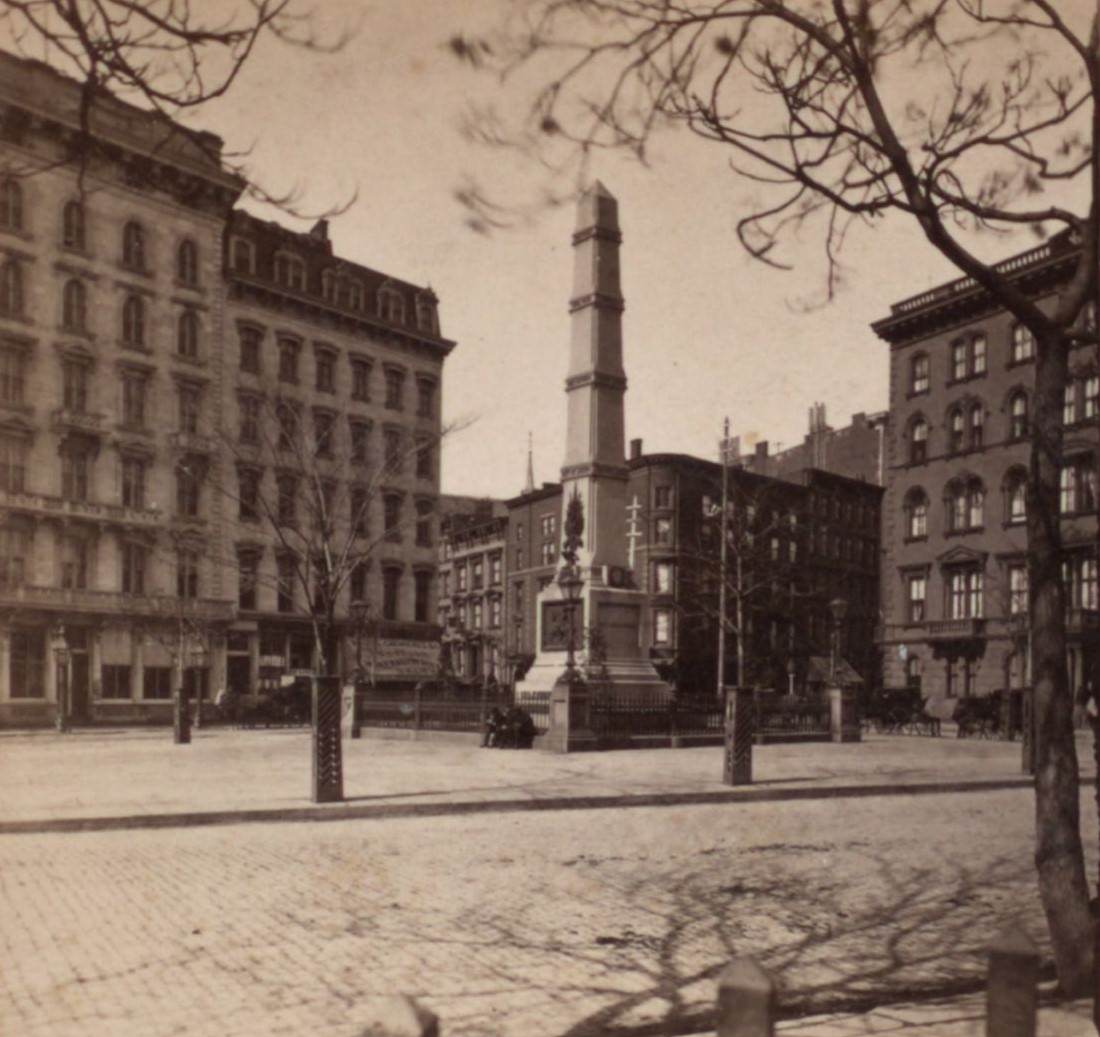
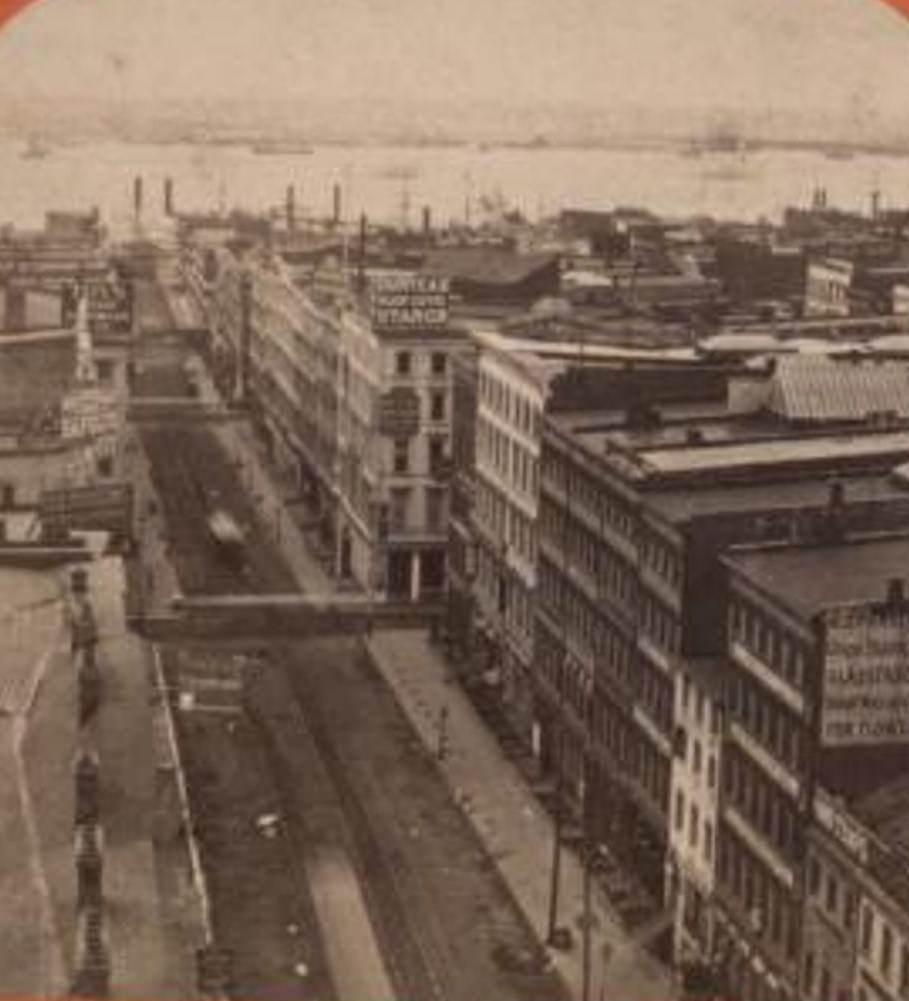
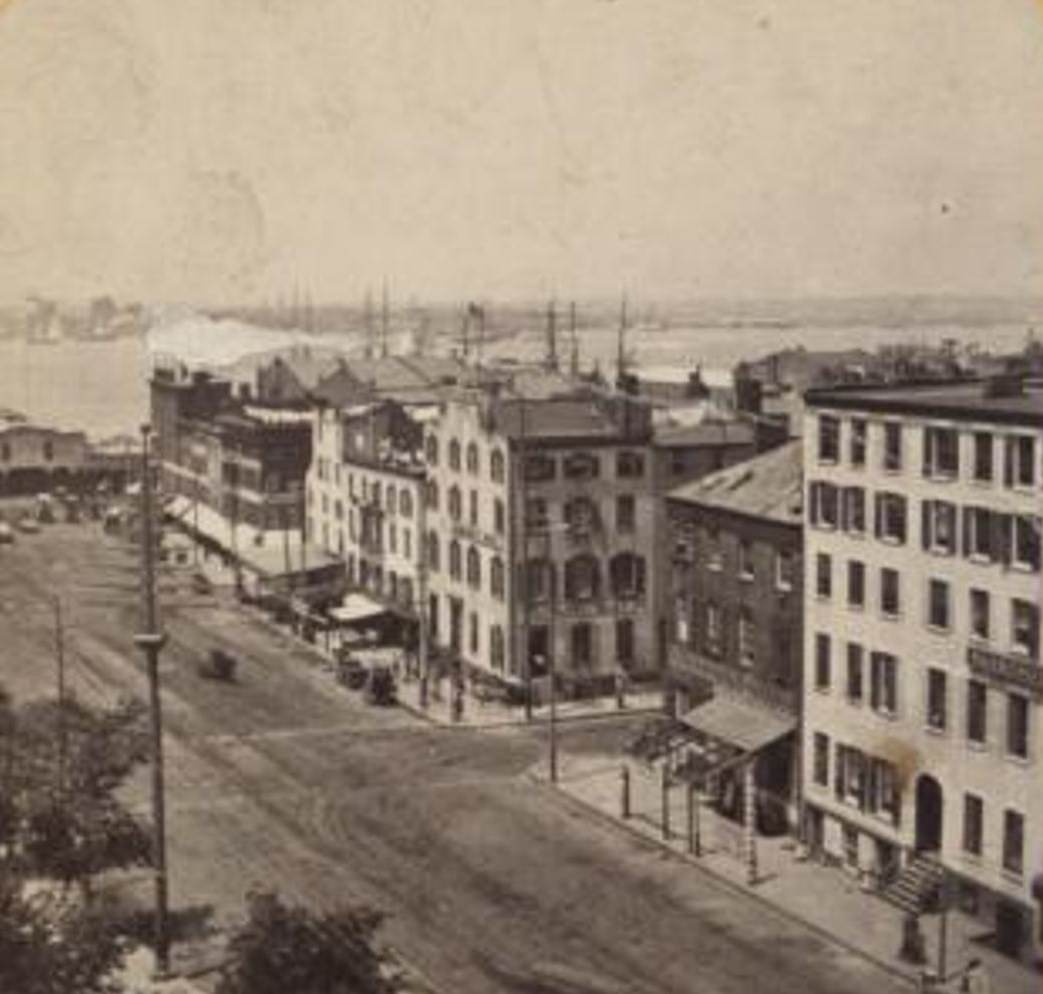
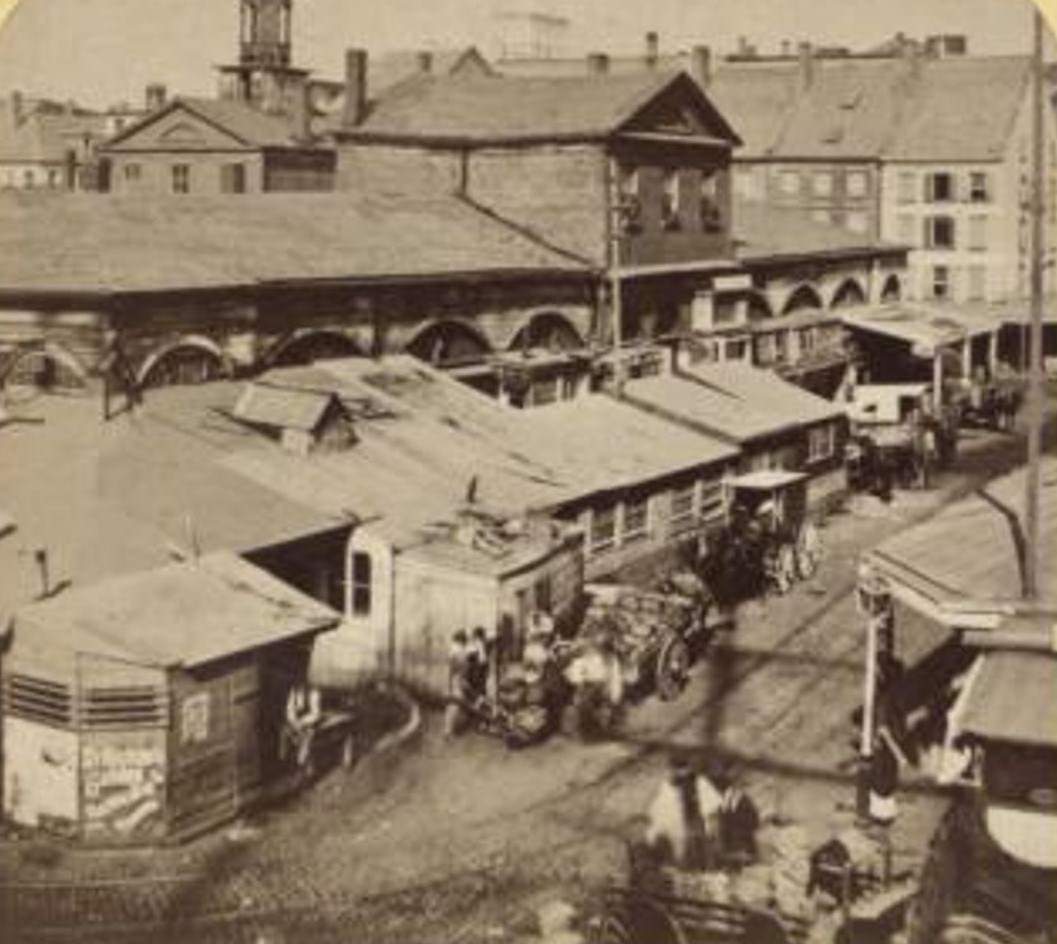
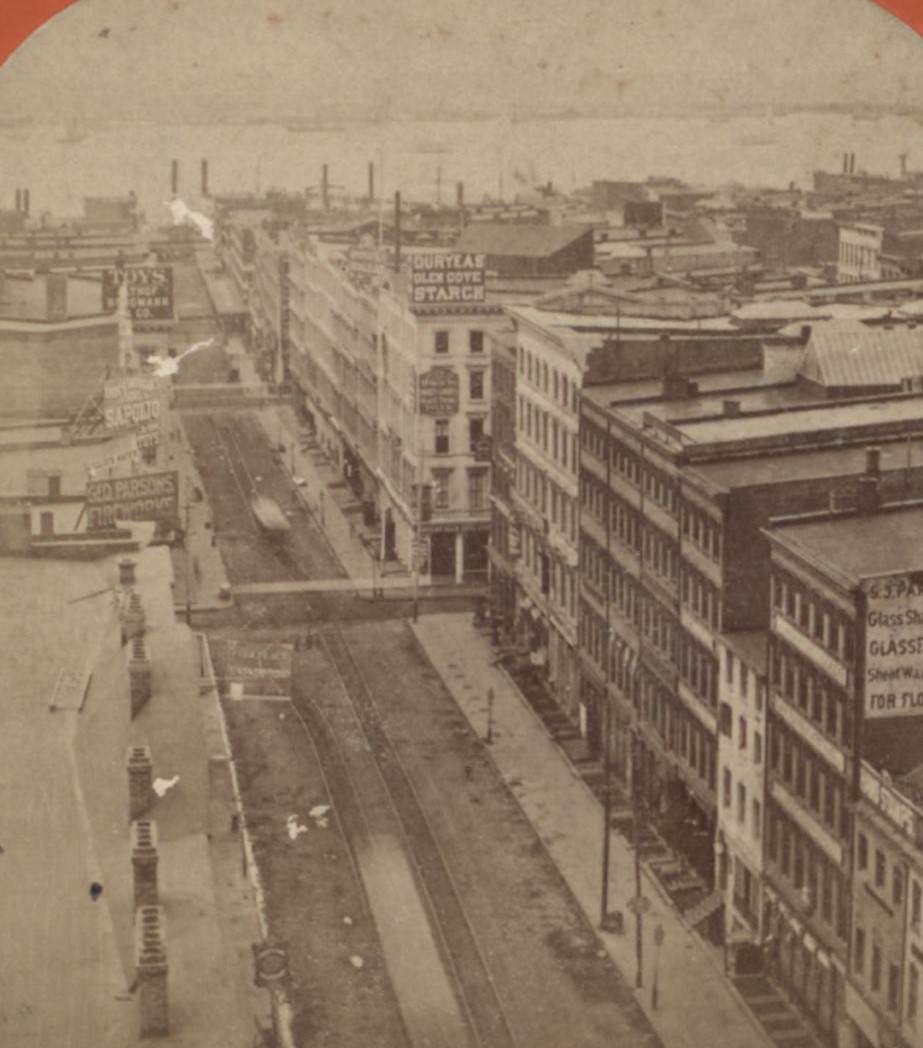
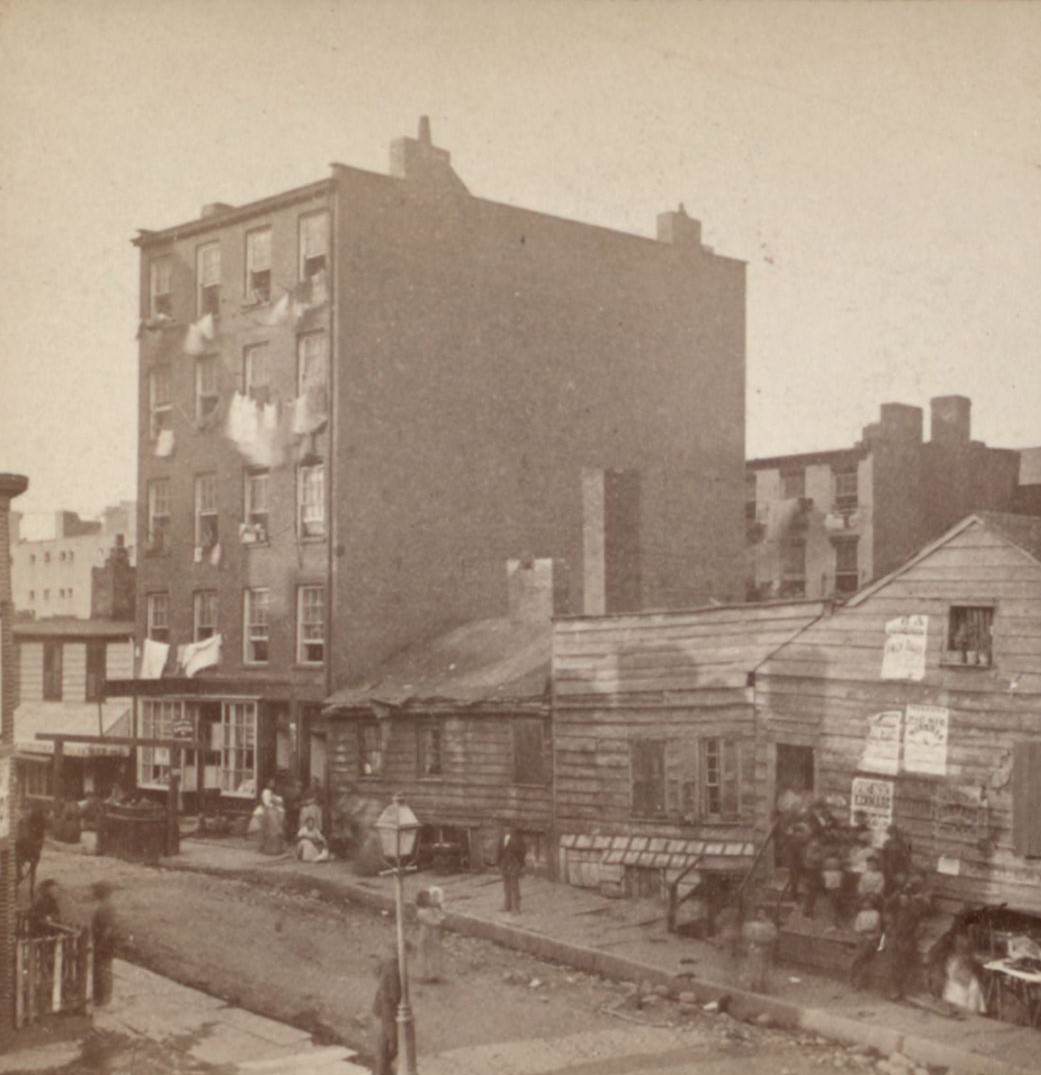
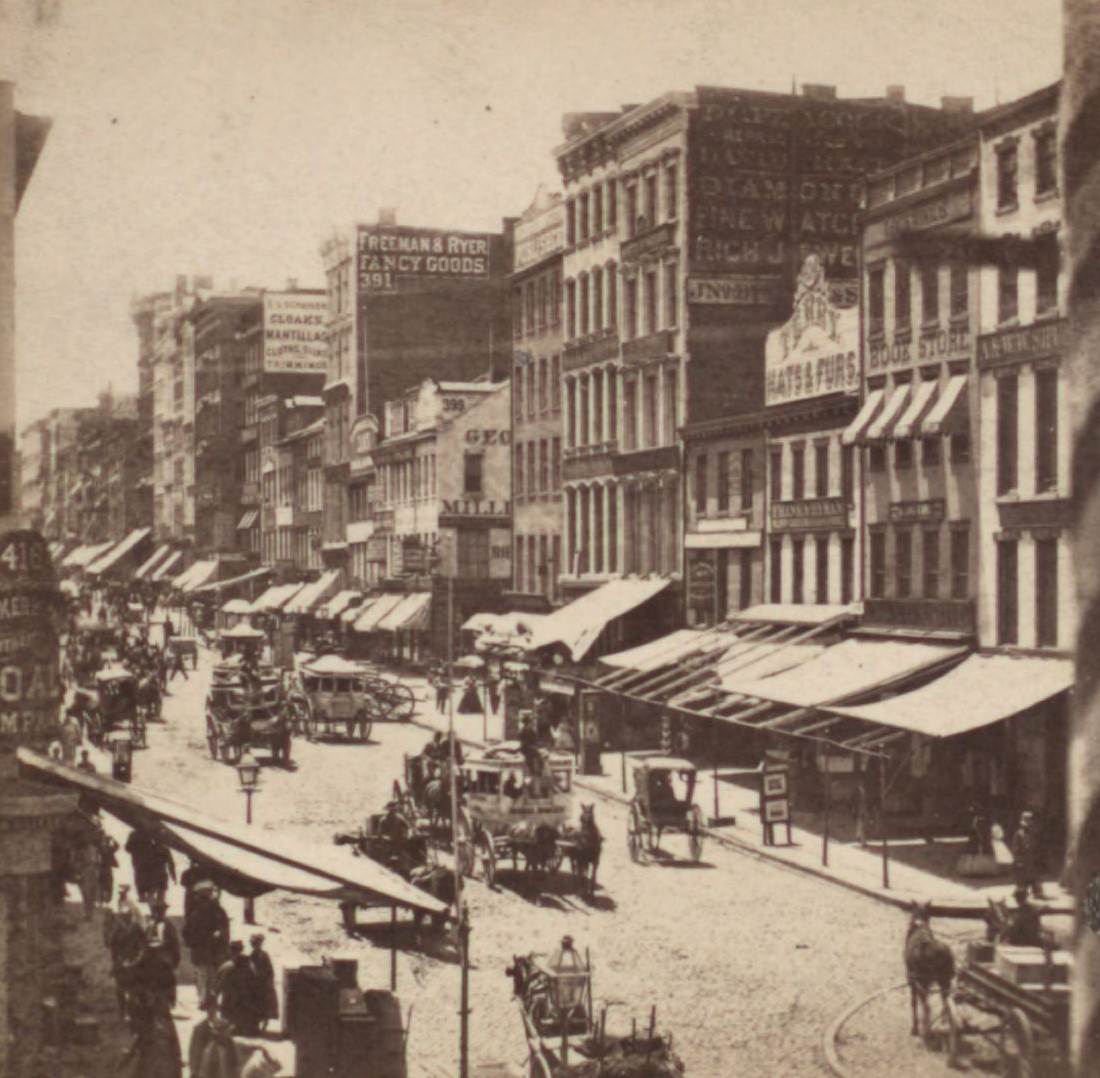
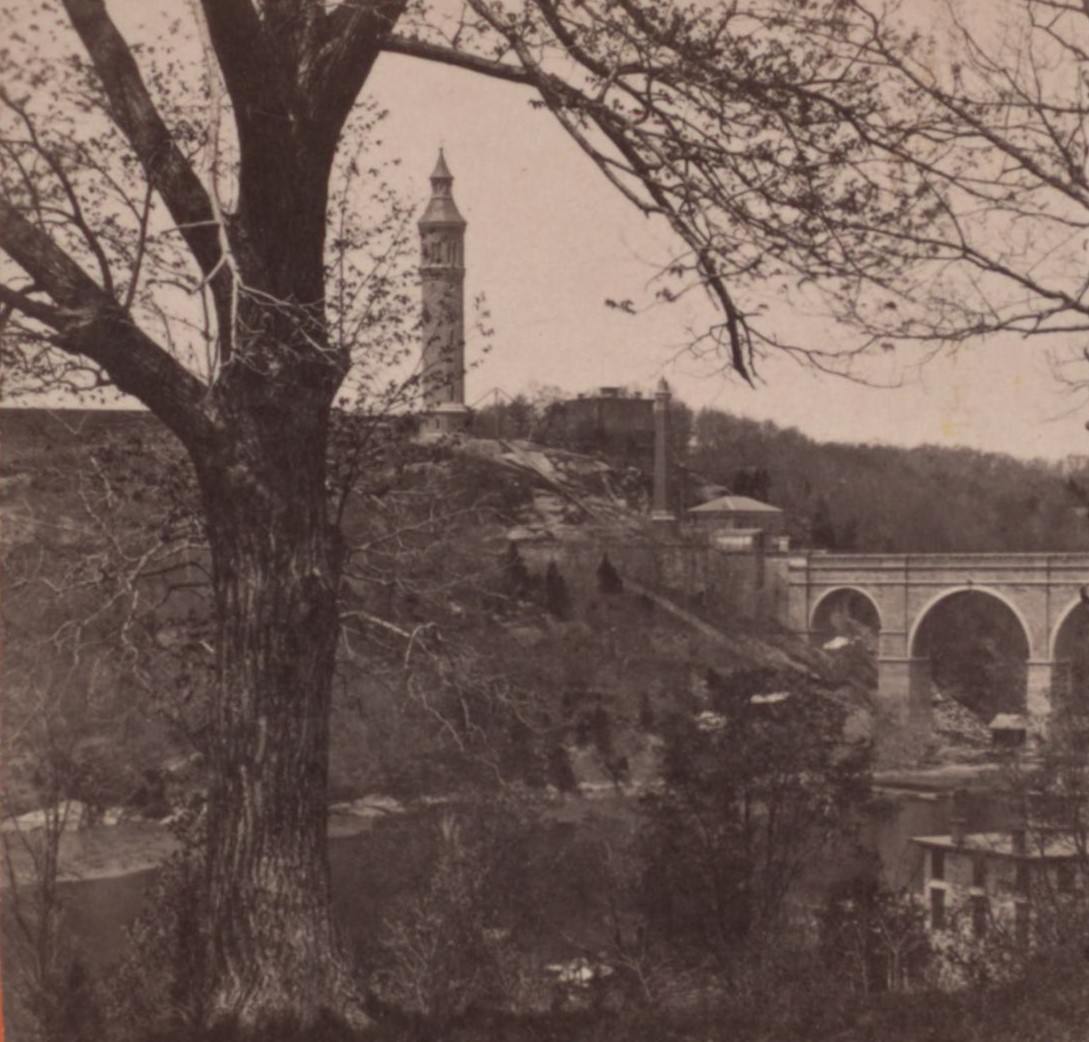
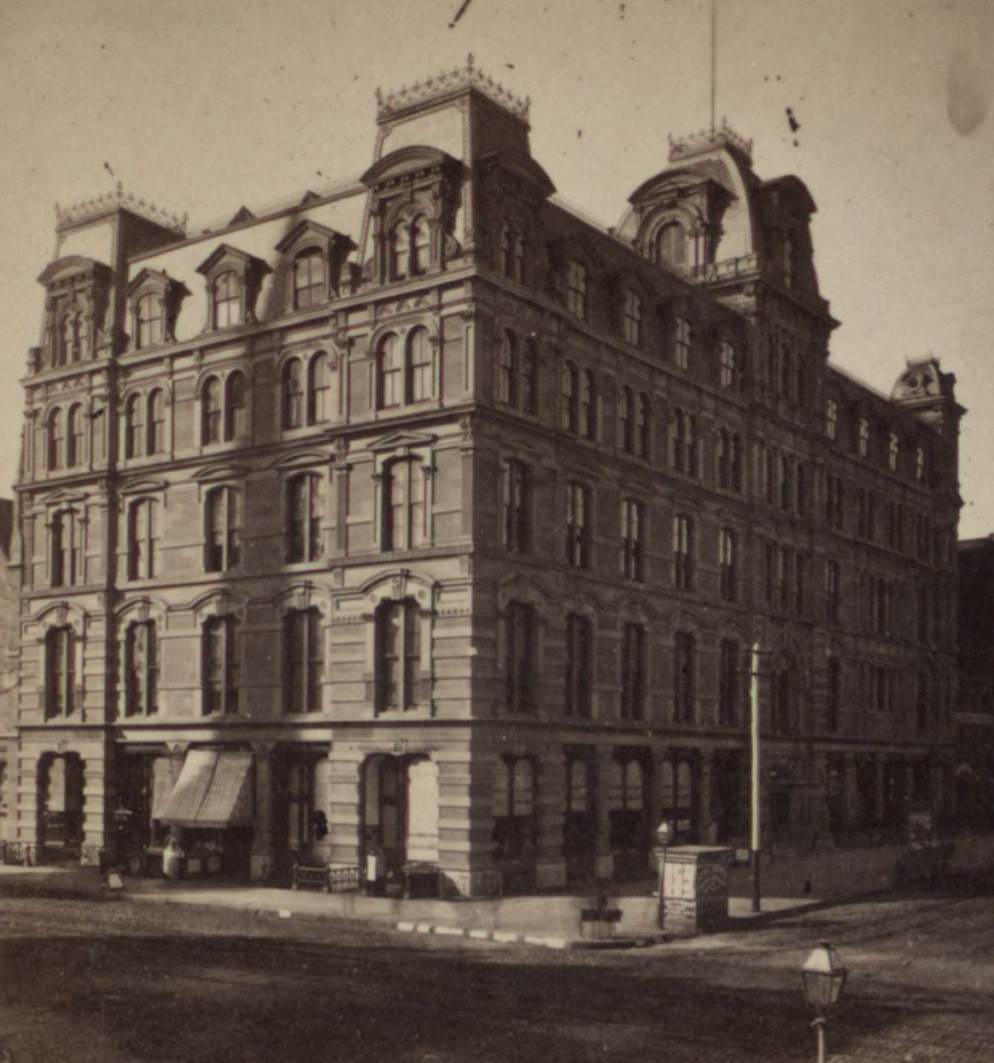
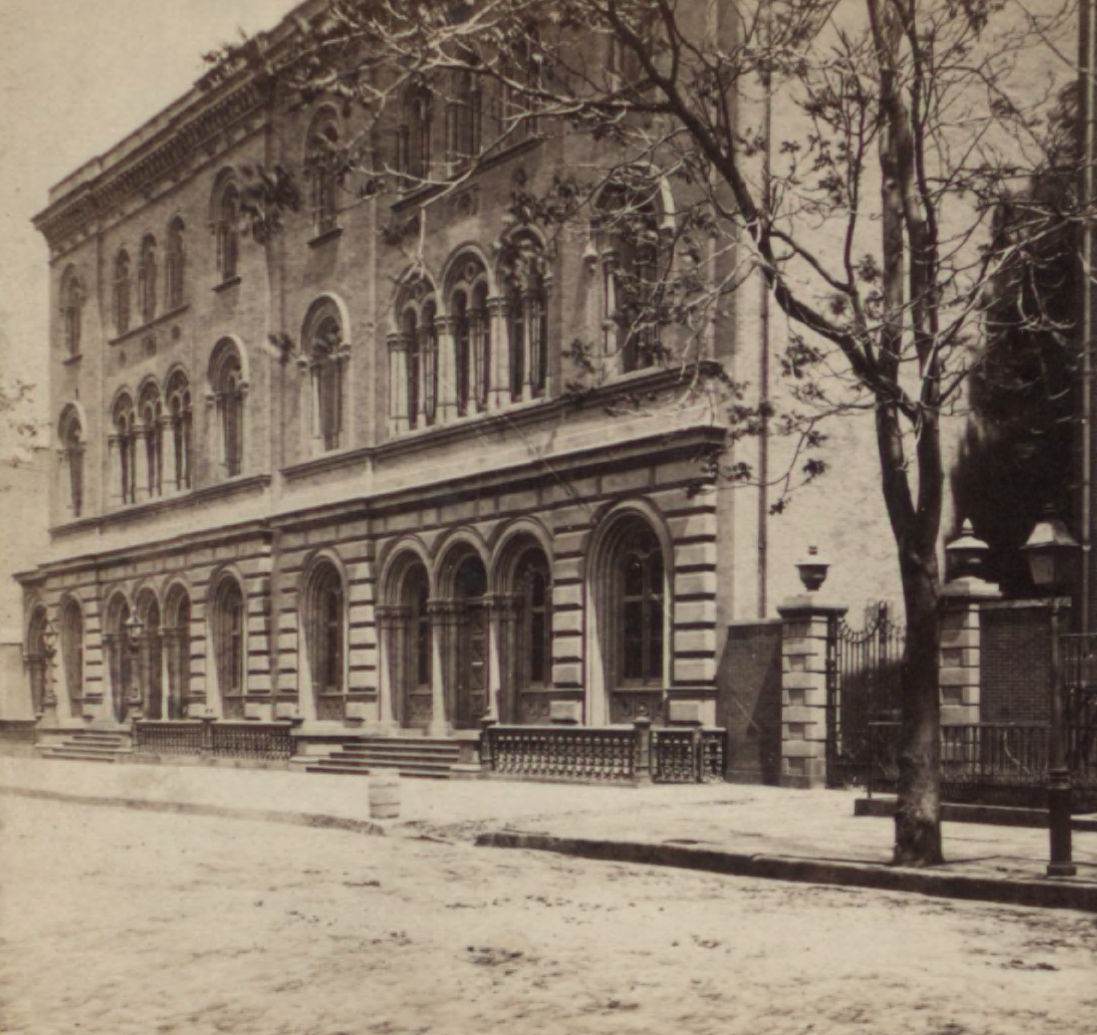
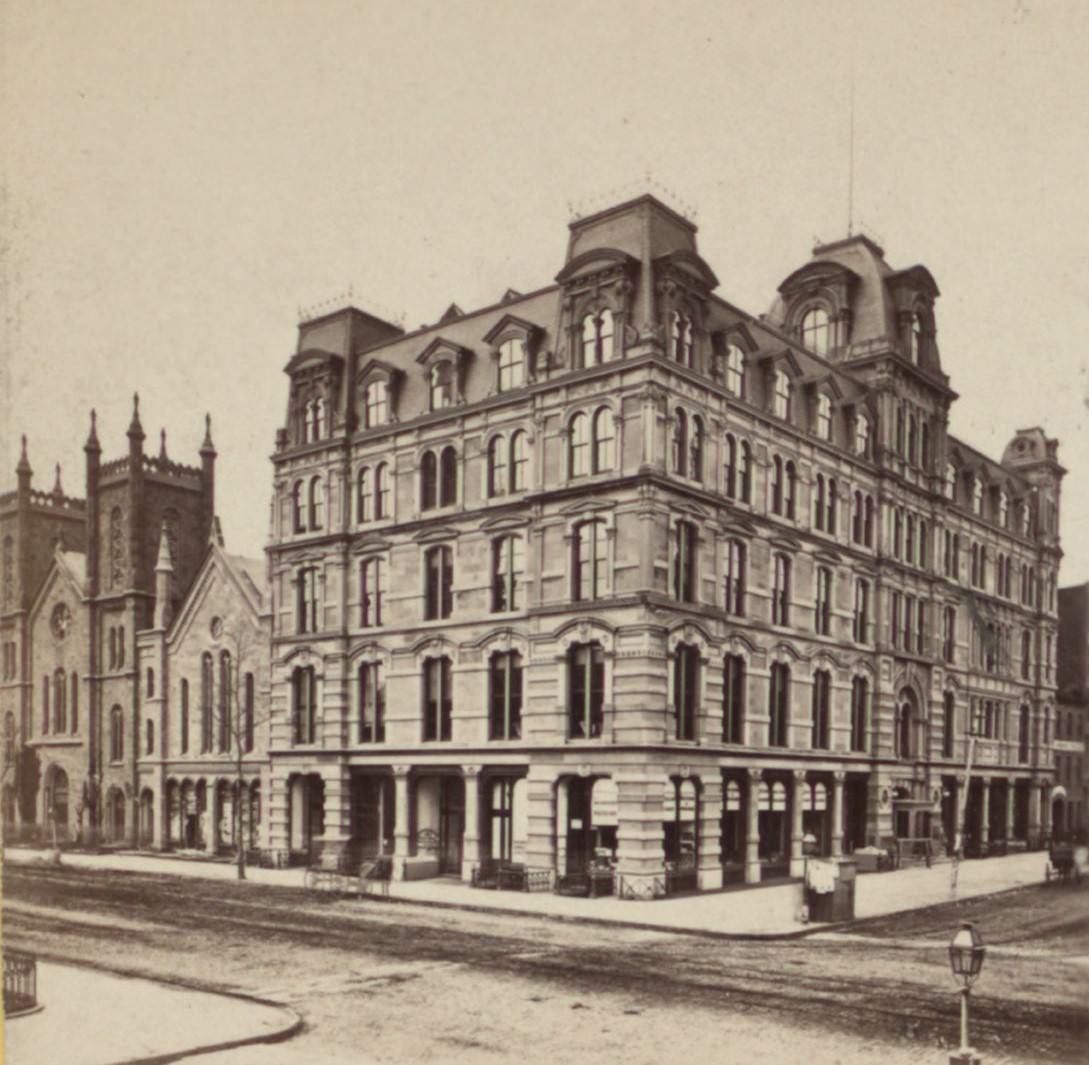
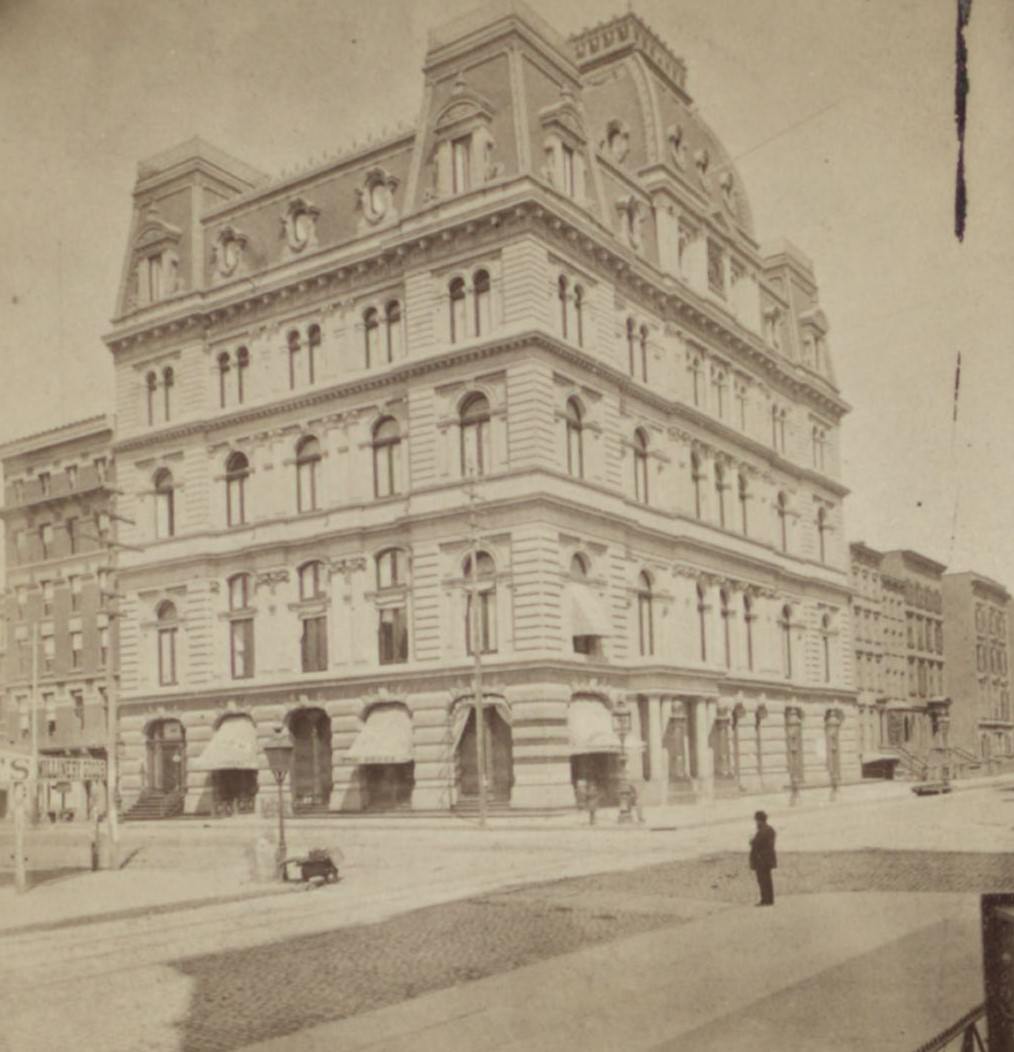
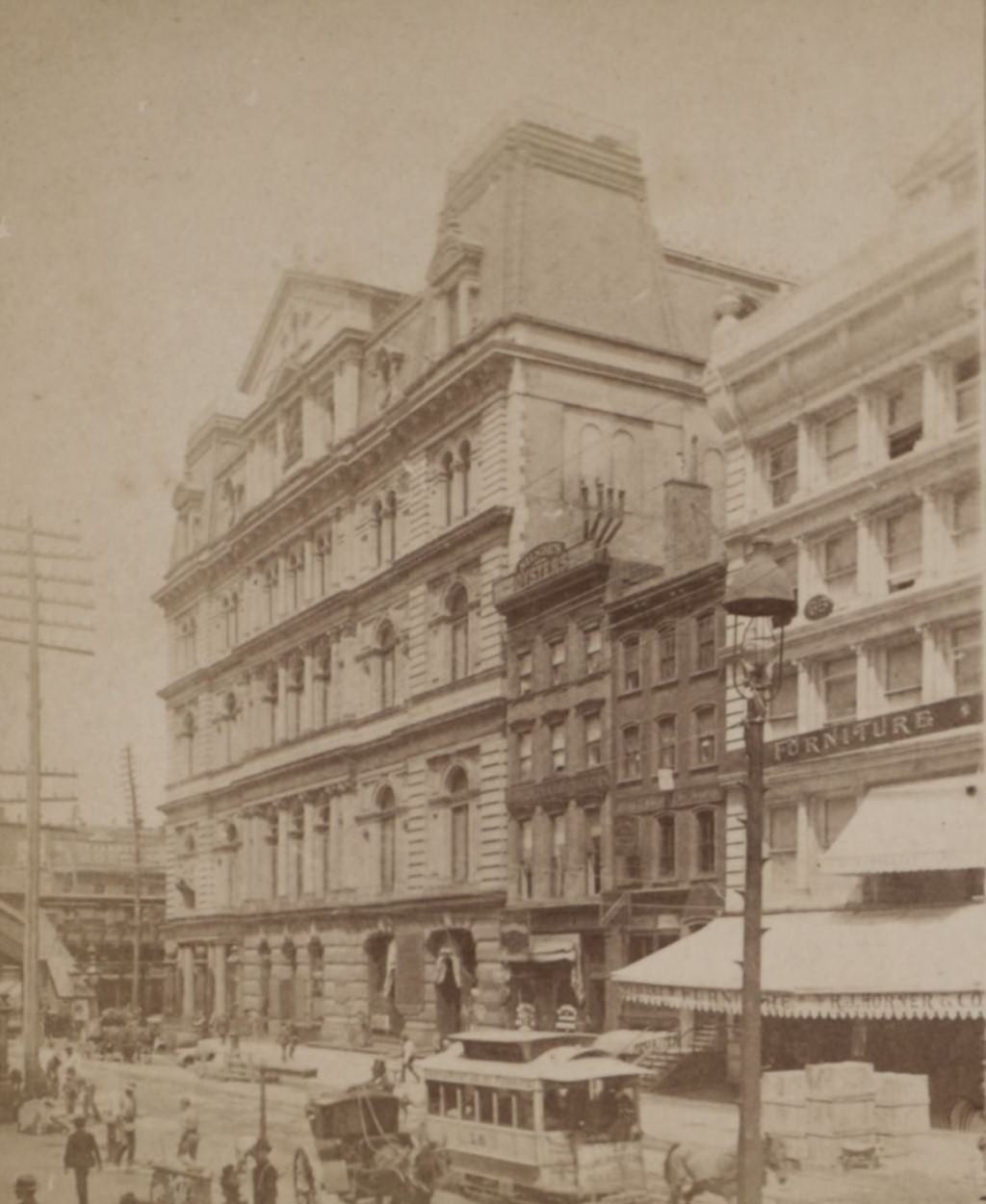
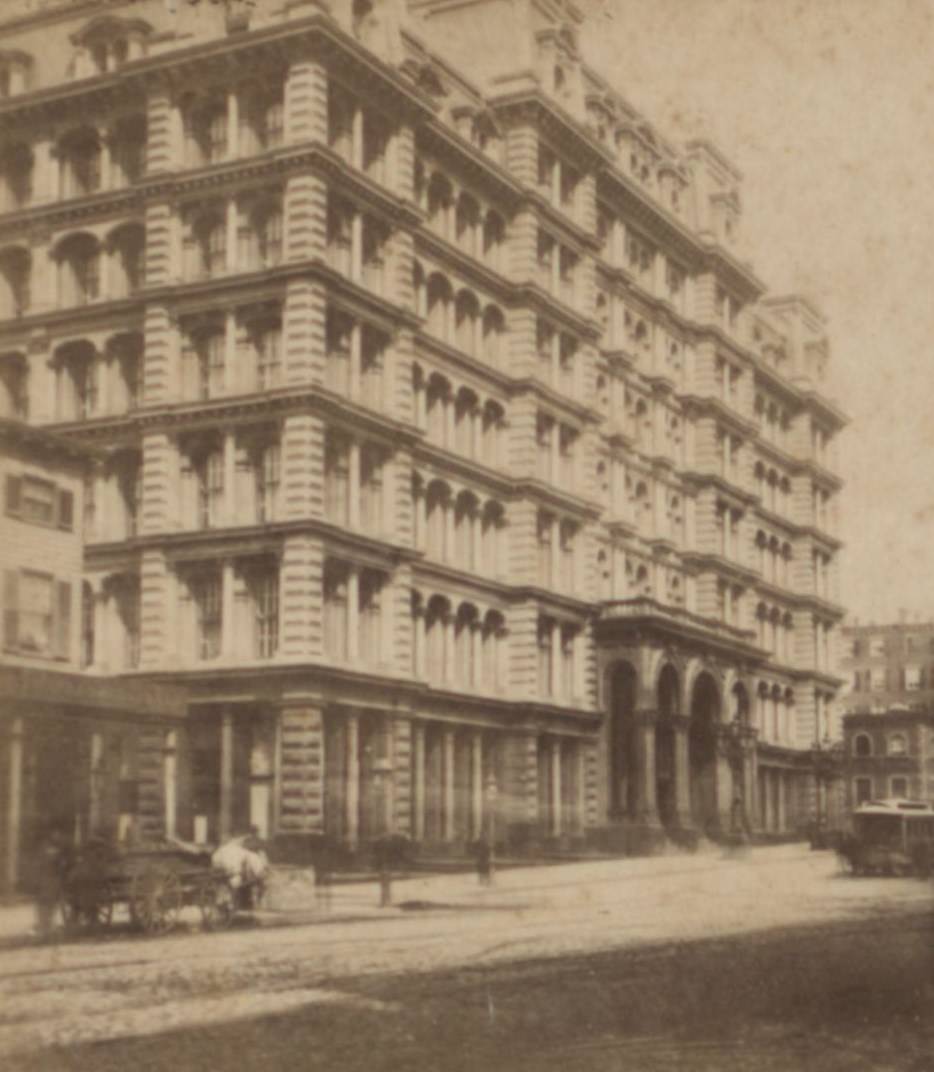
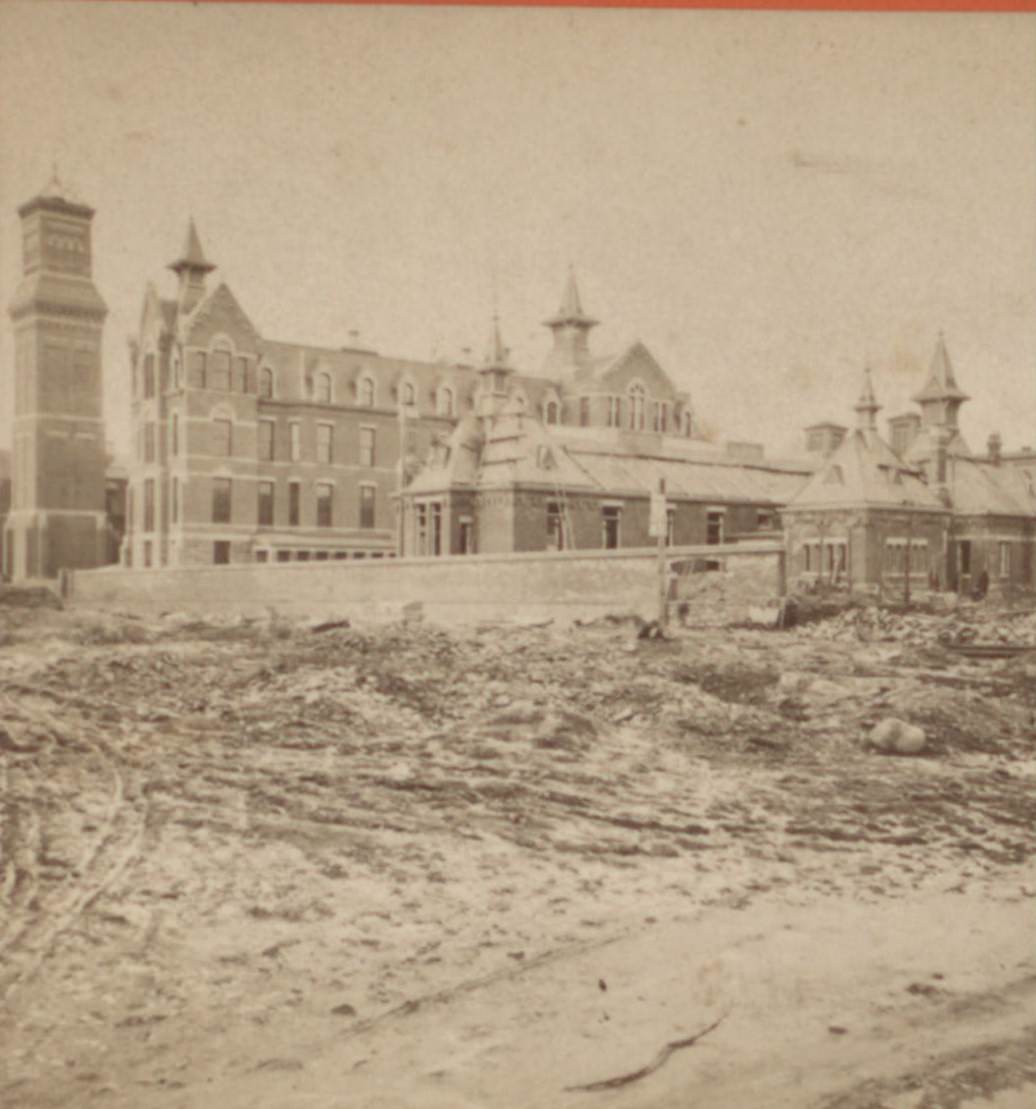
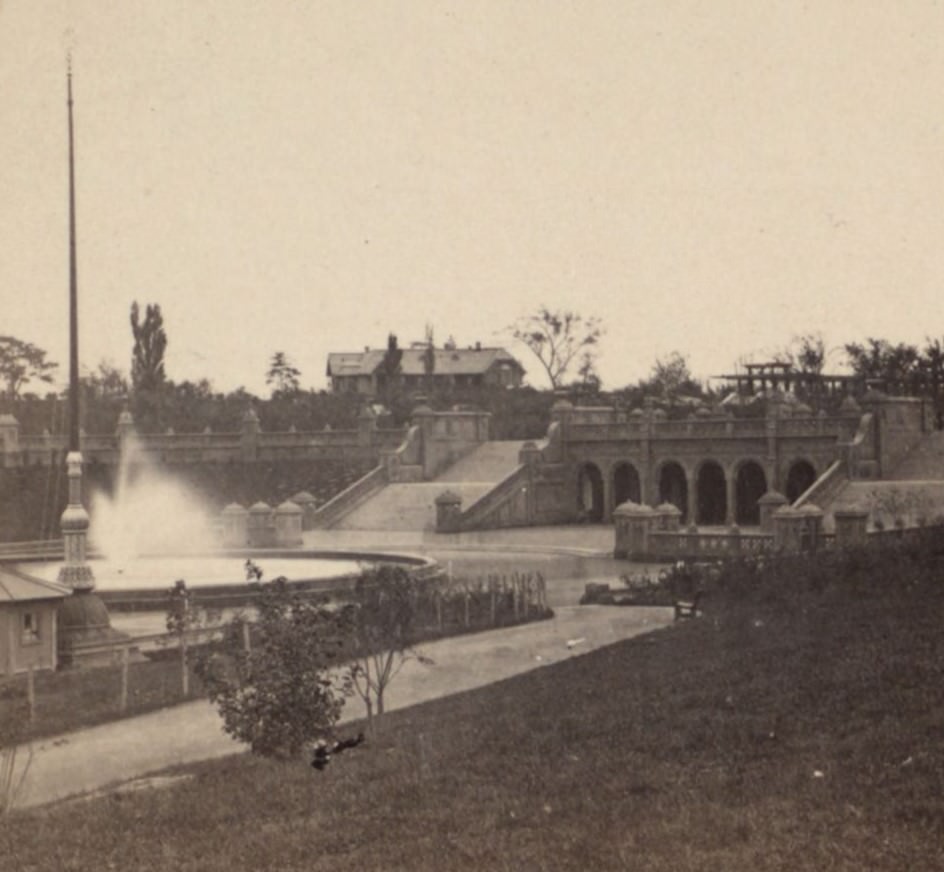
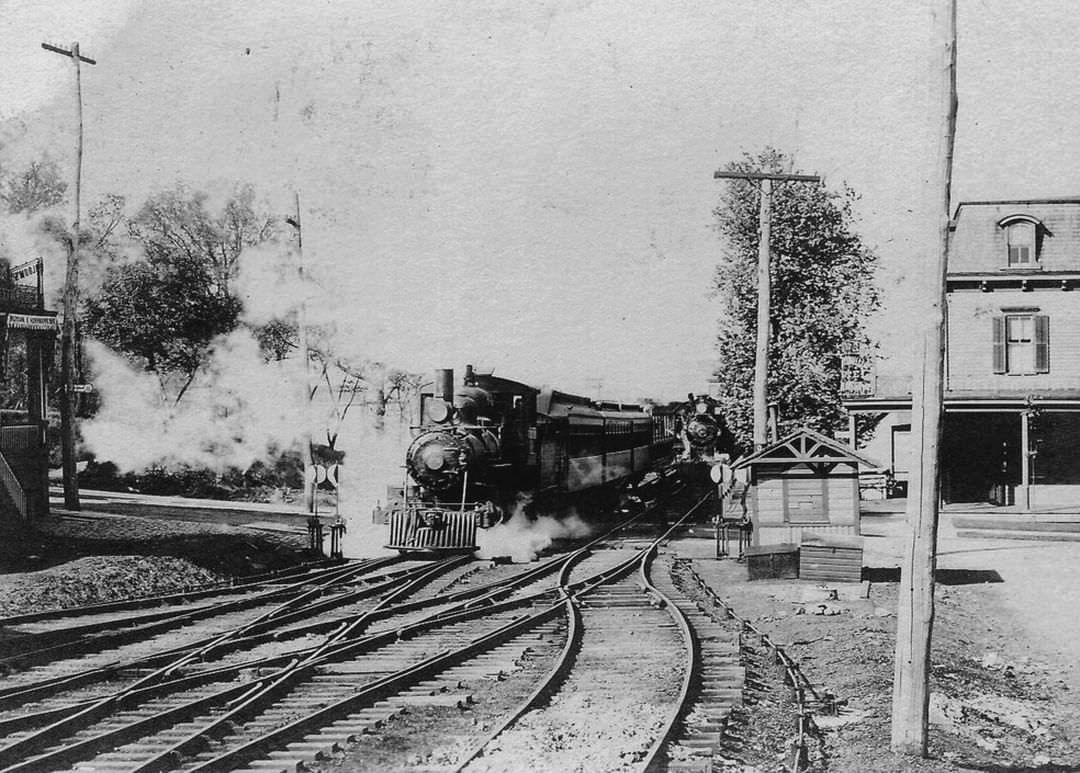
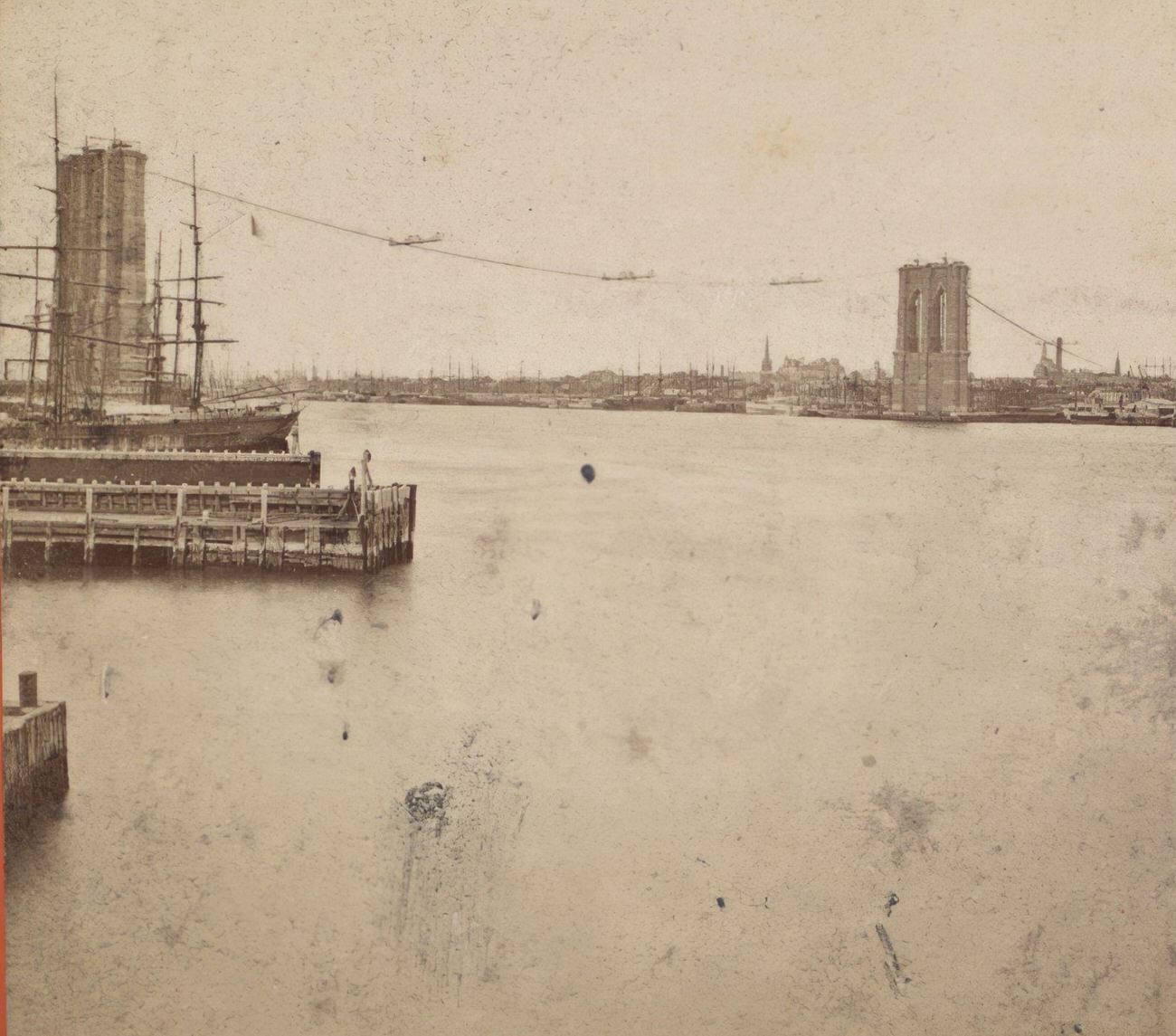
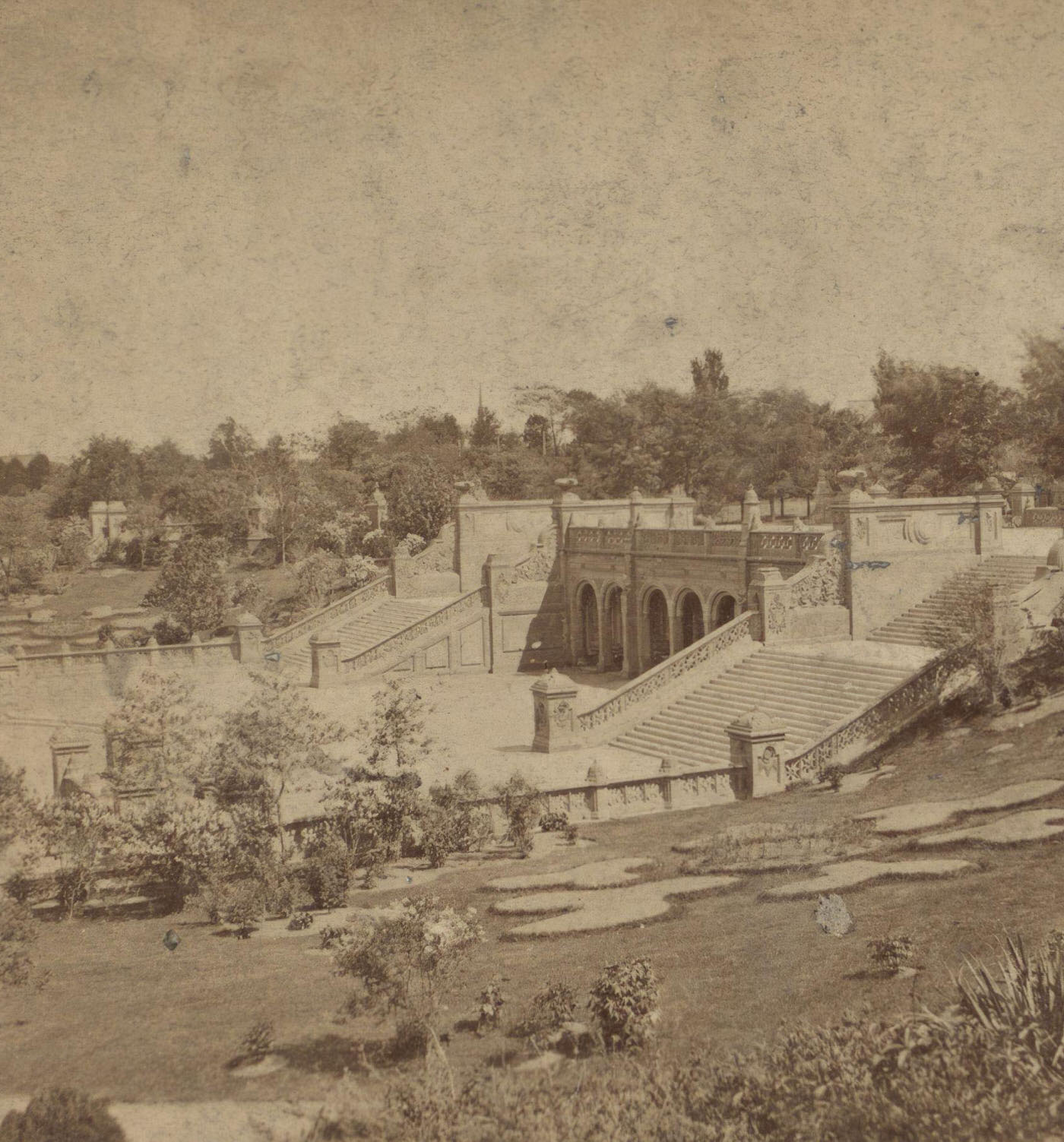

GIPHY App Key not set. Please check settings